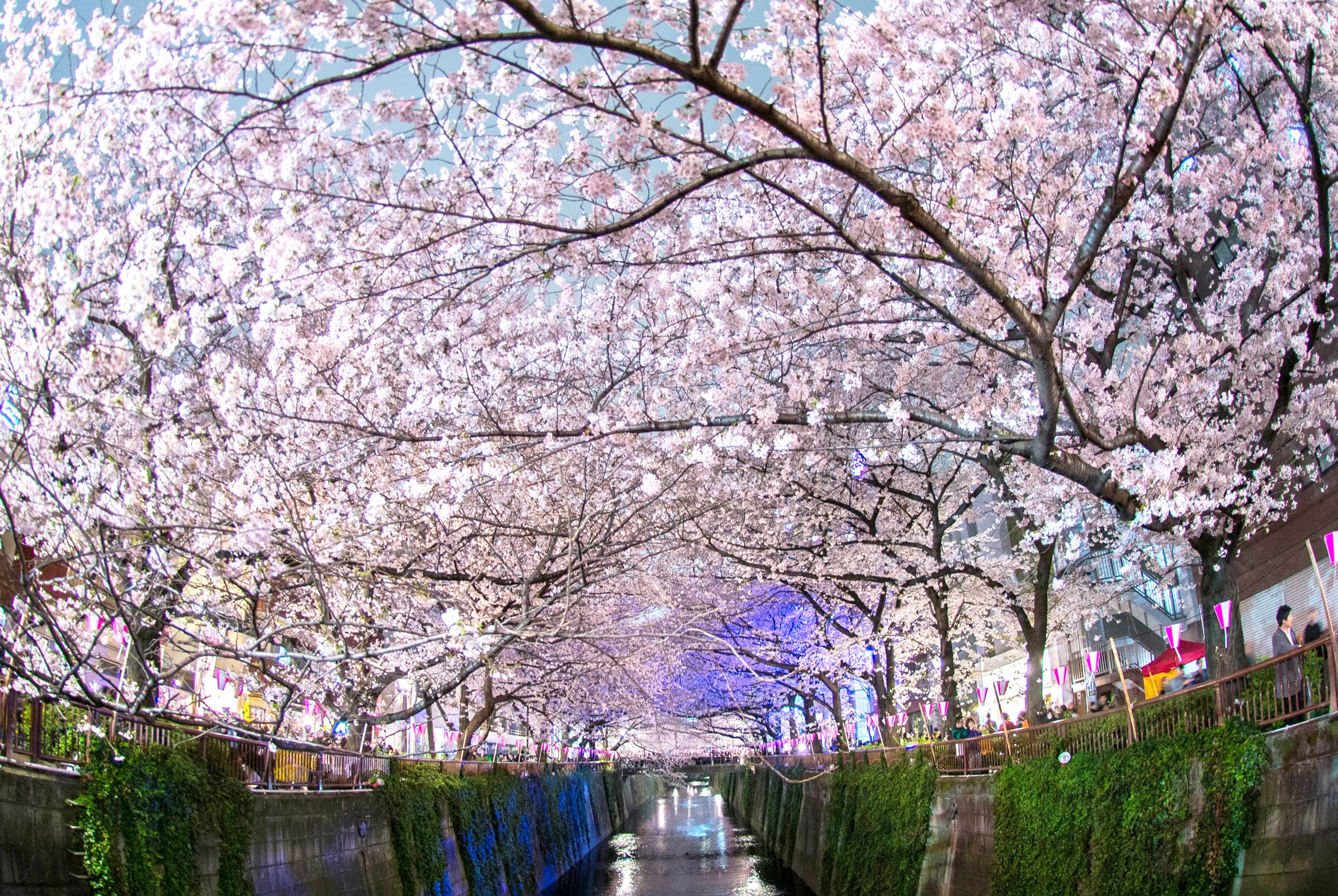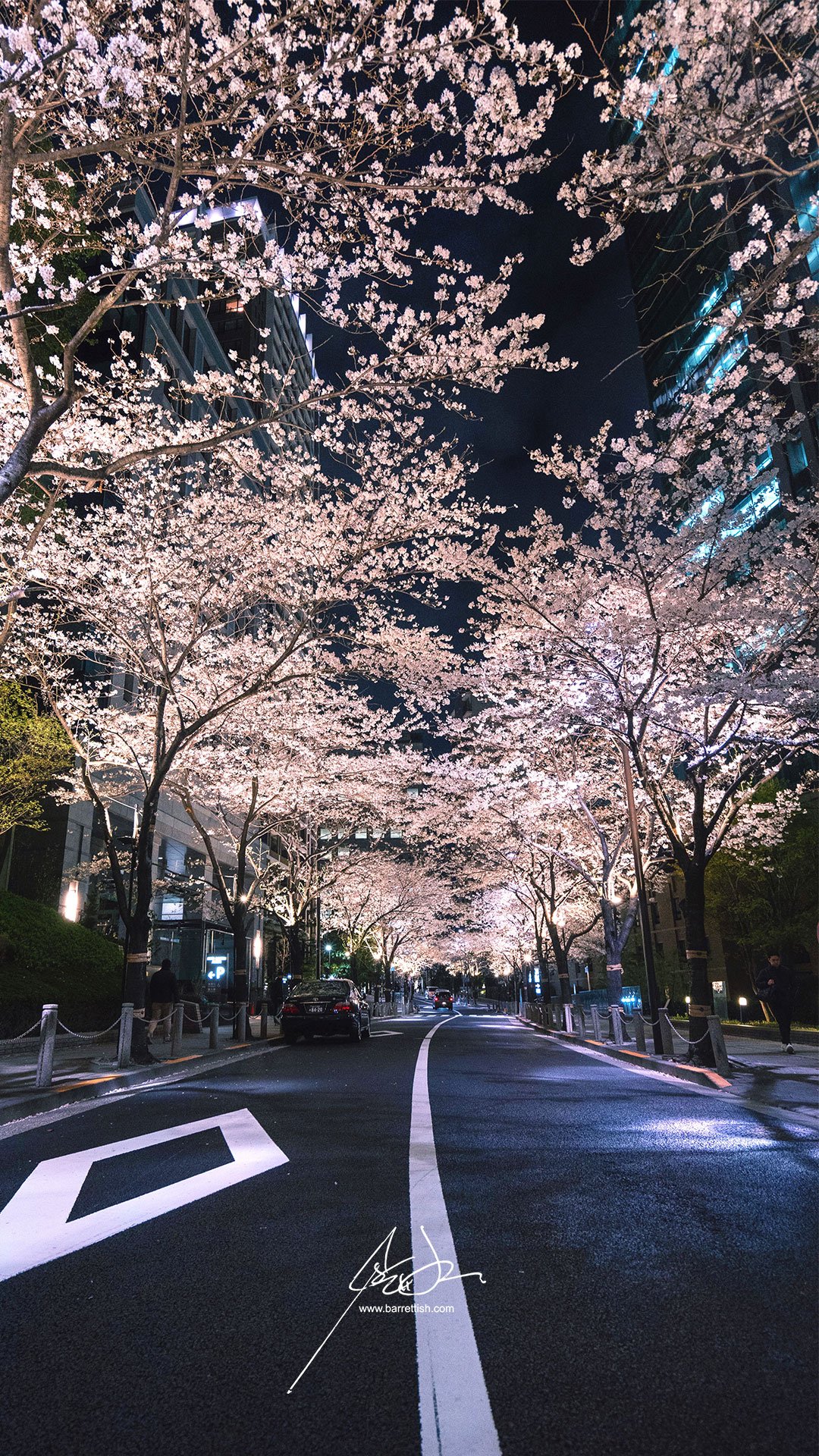Tokyo: Travel Tips
A few tips about traveling to Tokyo that I’ve learned during my time living there for 8 years.
I’ve traveled to and from Tokyo quite a bit having lived there for 8 years. During that time, I’ve learned a few things about traveling to Tokyo, so I’ve decided to share them with you.
How to pack
Tokyo, and Japan as a whole, is not a backpacking place, so plan on using a suitcase.
You’ll want to pack as small as possible because things tend to be tight like some European cities but way way busier.
Elevators, stairways, and the overall street and walking spaces in the city are smaller than many may be used to, so bringing multiple suitcases will be challenging to manage. You’ll also be in the way of traffic, particularly in train stations as there’s often a heavy flow of people.
What to pack
You’re best off planning on layering. In spring, the weather can fluctuate quite a bit each day. For example in April, the high can be 70°F/21℃ on one day and 59°F/15℃ the next. In winter, it may be cold but inside the trains may be quite hot and stuffy.
It’s also best to check temperatures in each city you plan to visit as they may differ.
Overall, you’ll want to bring presentable clothes that aren’t raggedy or overly revealing. As mentioned before, Japan isn’t a backpacking country, and it’s one that places a high priority on looking presentable. Just think about how their food looks.
Socks are important as you may take off your shoes at some places, so make sure they look clean and are without holes.
Also worth noting is that many are repulsed by strong smells such as colognes and perfumes. If you go to higher end sushi restaurants, for example, you may likely not be allowed to have strong scents as it affects the sushi eating experience.
CompleteVisit Japan Web before arriving
Visit Japan Web is your registration for Japan entry. It includes your personal info, customs declaration and vaccine info.
You’ll need to create an account on the website and fill out your information for each time you enter Japan. For example, if you fly into Tokyo, visit Seoul, then fly back to Tokyo, that’s two entries.
This will likely save you a lot of analog paperwork and hassles once you land in Japan, especially now that everyone seems to be visiting the country again and it is pretty crowded.
What airlines to fly
The top 2 airlines I recommend when flying to Tokyo are:
JAL - Ranked 6th in the world by SKYTRAX in 2022
ANA - Ranked 4th in the world by SKYTRAX in 2022
They’re both Japanese airlines and are highly related globally. They’ll provide you with a Japanese experience from the time you board.
Furthermore, both JAL and ANA are used to catering to Japanese customers, a group that demands high quality service because they’re used to it.
If both aren’t options, other airlines I’ve flown and would be most fine with flying again are:
Korean Airlines - Ranked 9th in the world by SKYTRAX in 2022
Asiana Airlines
Singapore Airlines - Ranked 2nd in the world by SKYTRAX in 2022
Hawaiian Airlines
Which Tokyo airport to fly to
There are 2 Tokyo international airports: Narita (NRT) and Haneda (HND).
I recommend flying into Haneda if you have an option. This is because it’s actually in Tokyo whereas Narita is further away in the neighboring prefecture of Chiba.
Haneda will save you time on traveling to and from the airport and will cost less.
How to get from the airport to the city
I recommend catching the Airport Limousine bus, especially if you’re flying into Haneda.
For most people, this is a better option than catching the monorail. With the monorail, you’ll still have to transfer with your luggage at Hamamatsucho Station to the JR Yamanote Line to get to city centers like Shinjuku or Shibuya, for example.
The bus, however, will take you there while handling your luggage for you and giving you a guaranteed seat.
Getting a train card
Traveling around Tokyo means a lot of trains and transfers amongst crowds of people. Most ticket gates don’t accept paper tickets anymore, so these IC cards are the best idea.
There are 2 main train cards that are interchangeable:
Suica
Pasmo
You can get them at the automated ticket kiosks. Once you’ve registered a card to yourself, you may put them into your Wallet and use Apple or Google Pay when you go through the gates if you choose to.
While many travelers get the JR Rail Pass, the trains and subways in Tokyo are actually operated by numerous companies such as Tokyo Metro, TOEI, Seibu, Keio, Odakyu, and more. The JR Rail Pass does not work for those, so you’d have to think about which trains are JR and which aren’t, which is a hassle. Furthermore, you need to show your ticket to the gate staff each time, and that is also an avoidable burden.
Get a train card as soon as you can.
Shipping luggage with takkyubin
Takkyubin is a shipping service from Kuroneko Yamato, a delivery company, and they will ship your luggage around the country for you.
It’s especially useful if you have short trips to other cities or are staying at multiple hotels and don’t want to lug around your big suitcases. For example, if you are staying at “Hotel A”, go on a short trip to Kyoto, then come back to Tokyo and stay at “Hotel B”, you can ship your big suitcase between the hotels so that you can just bring your carry-on with you on your domestic trip.
Kuroneko Yamato has counters in arrival/departure areas at the airports and hotels will also help with shipping as well.
These are just some tips that I have and my family and I use after living and traveling in Japan for several years.
Check out some of the Japan travel guides that I have on my site. Otherwise, I hope you’ll enjoy your next trip to Tokyo!
Keep in touch:
More travels:
Koenji, Tokyo
Koenji is thought of as one of Tokyo’s coolest neighborhoods by locals, and is known for its alternative subcultures, used clothing shops and cheap bars.
Kōenji is thought of by locals as one of Tokyo’s coolest neighborhoods
It is best known for being an area of alternative subcultures
The Kōenji Awa Odori festival is held there each year, and attracts more than 1 million people
Rarely does it ever make a tourist’s itinerary of places to visit, but Kōenji is a popular neighborhood for local Tokyoites. For anyone looking for a more authentic part of Tokyo to check out, it’s a decent place to consider.
How to get there
Kōenji Station is on the JR Chuo train line, making it easy to access from Shinjuku. The Marunouchi subway line will also bring you just south of the main area to Shin-Kōenji Station.
About Koenji
In the 1960s, radical liberal student movements grew and with them, the neighborhood of Kōenji.
Fast forward to today and it’s still known for being a bit of a gathering place for people part of various, alternative subcultures.
There are numerous used clothing shops, cheap bars and eccentric cafes, and an underground music scene. The neighborhood itself has largely avoided modernization and is not upscale or fancy, and many of the streets retain an old mid 1900s, or Showa, vibe.
It’s often compared to the Shimokitazawa area of Tokyo.
If you’re like me and enjoy exploring areas for street photography, Kōenji is a great place to do that. I’ve made a video doing just that.
Kōenji is thought of as a desirable area to live due to not being far from the city center and having both a JR train line and a Tokyo Metro subway line running through it.
The average rent for a 1K studio in Kōenji as of December 2021 is 82,600 JPY (USD $724 - The average for Tokyo in 2019 was USD $870). [J]
Koenji Hikawa Shrine
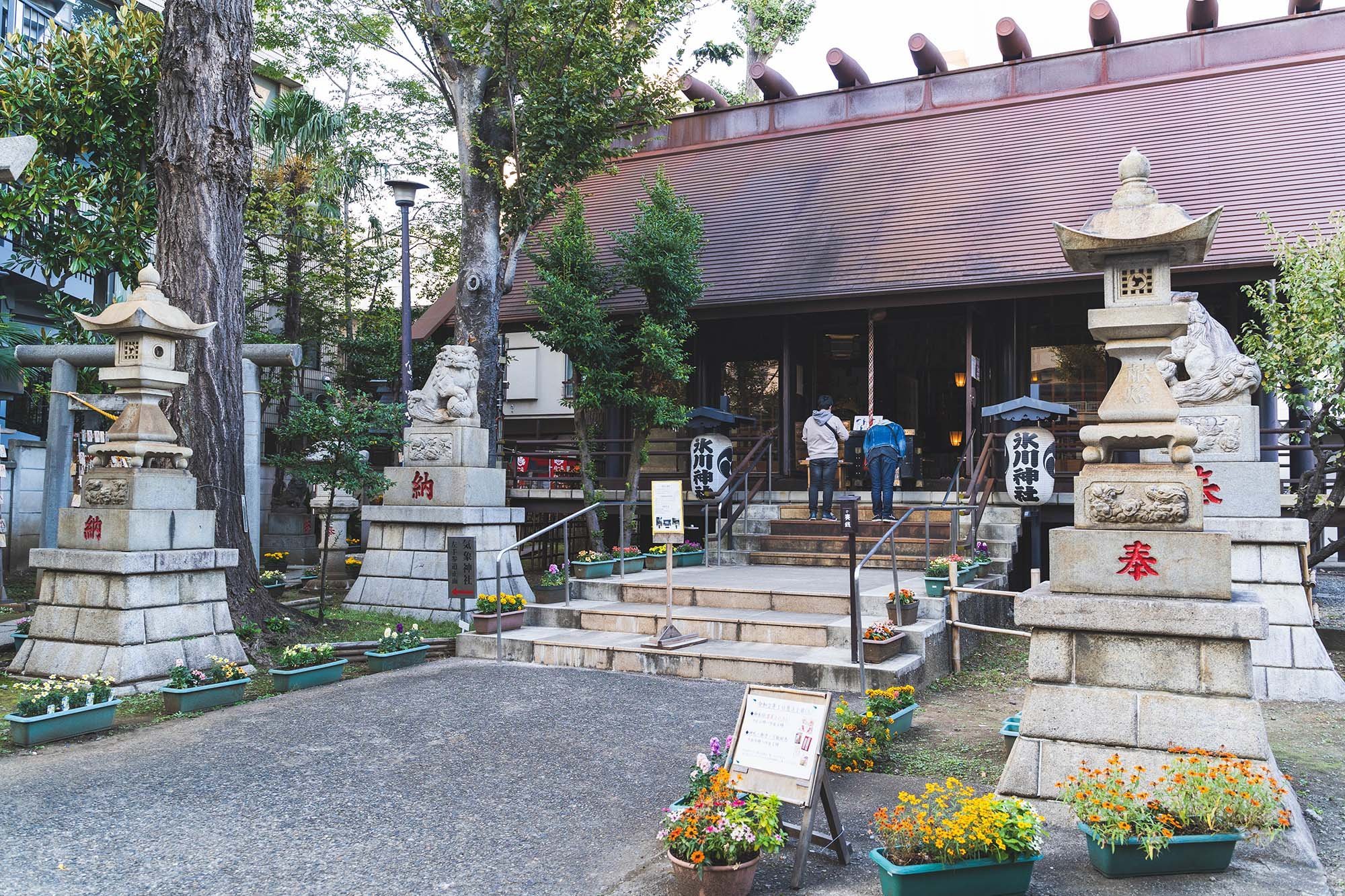
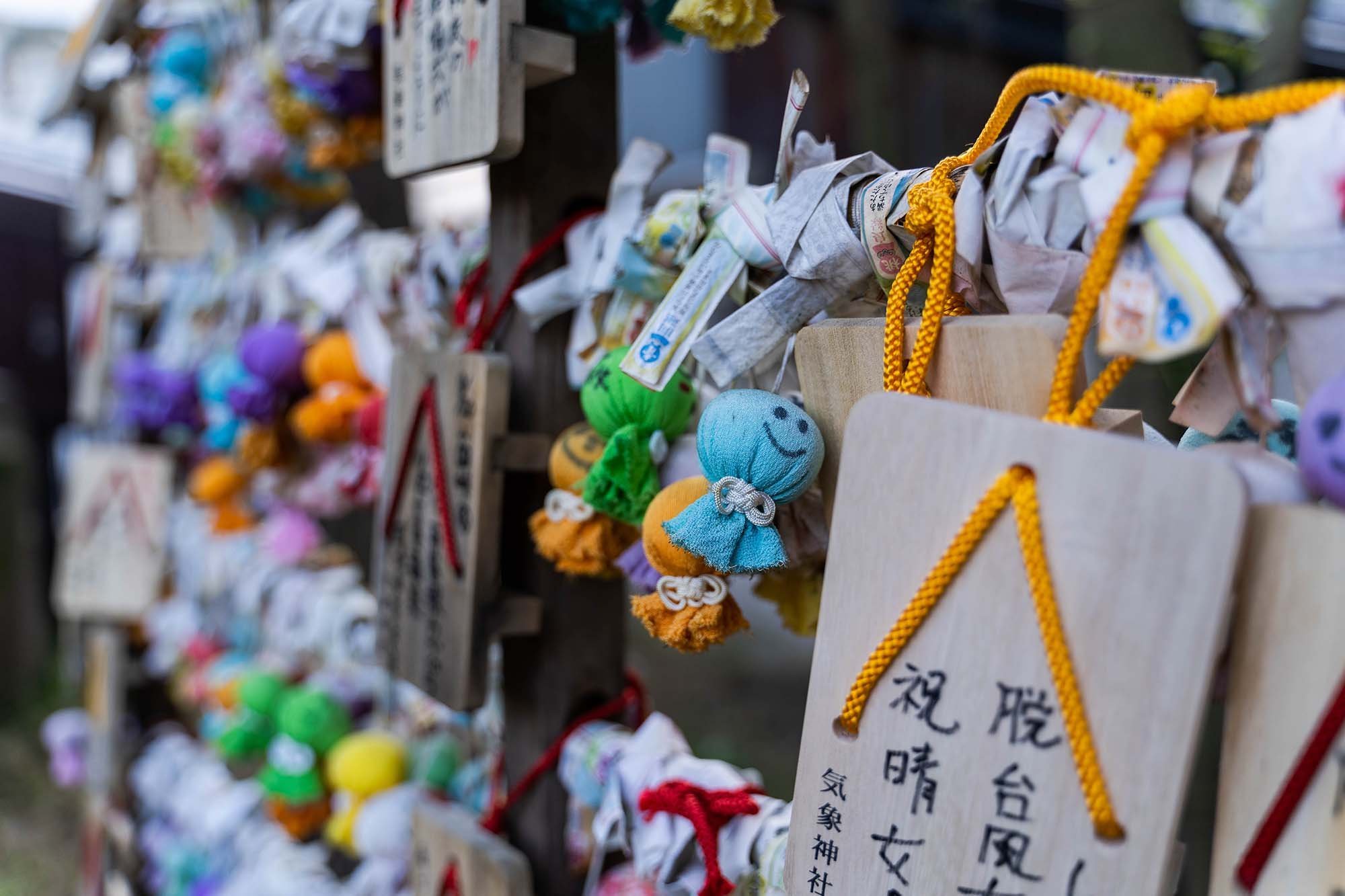
A shrine dedicated to weather. It’s located just to the southeast side of JR Koenji Station, sitting on a hill.
Here, you can buy a wooden plaque that resembles a traditional Japanese slipper or a “teru teru bōzu”, a small cloth doll that resembles a ghost. These are to wish for good weather.
Just before visiting Kanazawa, we decided to hang a slipper up as weather in that city can be quite gloomy.
Awa Odori Festival
The annual Kōenji Awa Odori Festival has been happening in the area since 1957. It's one of the biggest festivals in Tokyo with about 1.3 million spectators going to watch 12,000 Awa Odori dancers go through the streets and alleys over a weekend.
Awa Odori is a Japanese dance from Tokushima Prefecture, on the island of Shikoku. Numerous festivals for this dance are held, but this one is one of the biggest. Spectators line the streets and the dance teams stream through one after another.
It’s quite an energetic and entertaining festival to see. Here’s a glimpse:
Shopping Streets
Kōenji has several shopping streets spreading to the north and south of JR Kōenji Station.
To be honest, even if you’re not into photography, wandering these streets and popping into random shops and cafes may be the best thing you can do here. It’s here that you’ll find used clothing shops for those good vintage finds, record stores, and businesses that you may have never thought existed.
Mai Hien
Authentic pho in a basement restaurant made by Vietnamese.
Mai Hien is quite highly rated and one of the best Vietnamese pho places that I’ve been to in Tokyo. It’s only a couple of minutes from JR Koenji Station and at less than USD $10 for a set that includes bahn mi, it’s a pretty good deal.
Keep in touch:
More travels:
Yanaka Ginza, Tokyo
One of Tokyo’s popular “shitamachi”, or retro downtown areas, Yanaka Ginza’s vibe is mid-1900s and a good place to take an afternoon to explore.
Yanaka Ginza is a retro neighborhood in Tokyo, with a “shitamachi” old downtown vibe
It’s known for its shopping streets lined with Japanese foods and snacks
The area is easily accessible from both the main Yamanote Line and the Tokyo Metro subway
There’s the modern side of Tokyo with the crowds, tall buildings and vibrant lights, and then there’s the retro sides of Tokyo. Wooden houses, small cafes, street vendors - Yanaka Ginza is the latter.
HOW TO GET THERE
Tokyo’s main loop line, the Yamanote Line, stops at two stations where it’s just a short walk to Yanaka Ginza: Nippori and Nishi-Nippori. Another option is the Chiyoda Line on the Tokyo Metro, which stops nearby at Sendagi Station.
About Yanaka Ginza
The main street and general area has a retro vibe to it, mainly a feeling that brings you back to Japan’s Showa Era. Eras are related to the reigning Emperor at the time, and Showa generally references the mid-1900s.
Yanaka Ginza is said to have taken its current shape after World Ward II, and while it’s become popular with tourists, it’s still an area that locals will go to do their shopping.
The “Ginza” in its name comes from the actual Ginza in Tokyo as some shopping streets would adopt the name in an attempt to increase its perceived image.
The streets are lined with markets, shops and food - many of which you can grab and go such as croquets. Despite receiving more foreign tourists, there isn’t a lot of foreign language support here - even the area’s website [J] is Japanese-only - because after all, it’s an area for locals to do their shopping.
I’ve been to the Yanaka Ginza area twice, and I find the best part about it to be just to stroll around.
You’ll come across tiny alleys, buildings with architecture that spans decades if not centuries, small temples, and locals going about their daily business they have been since long ago.
There are even places that have taken over some of these old buildings and made them into something completely new.
Yanaka Beer Hall
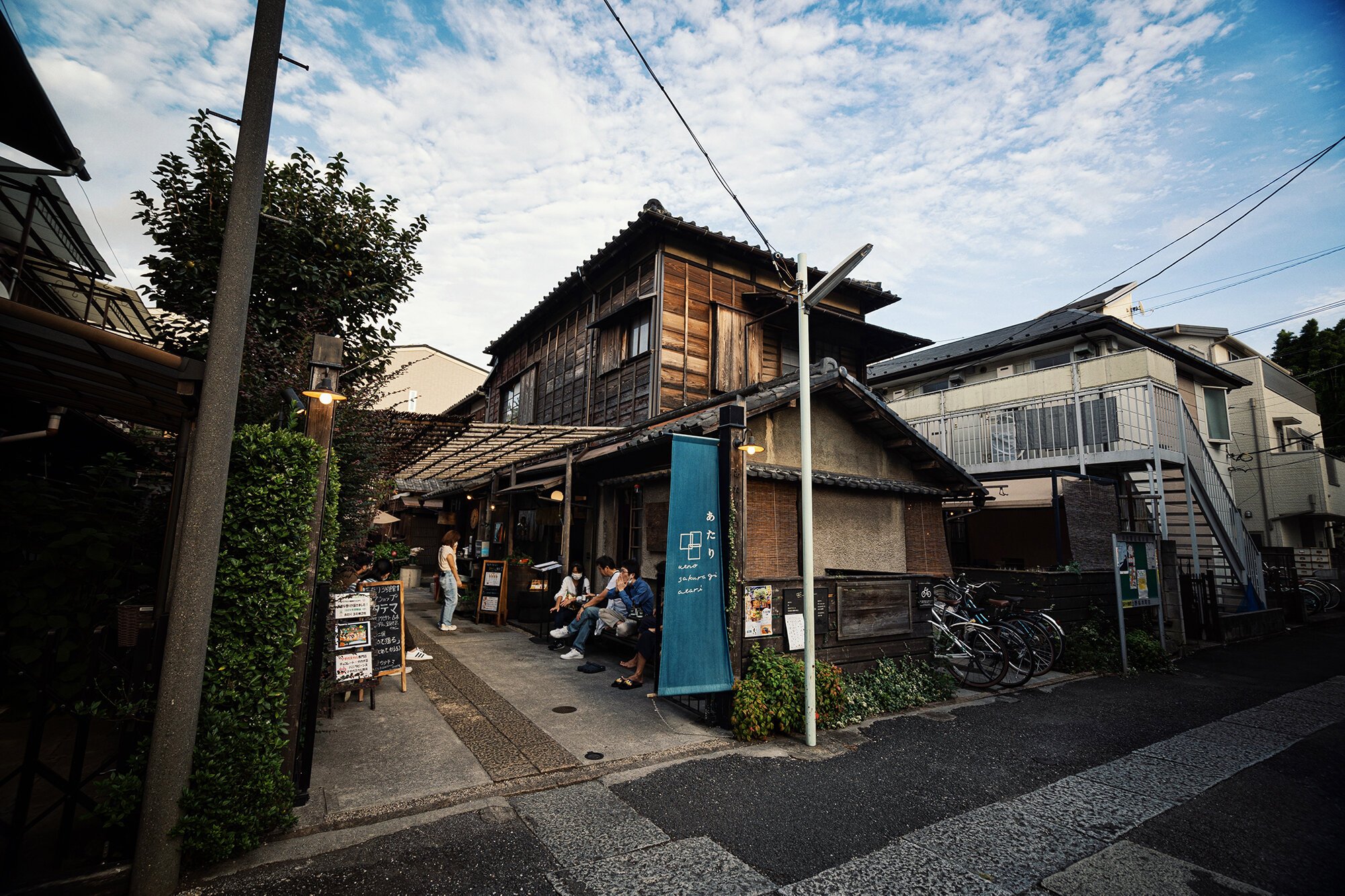
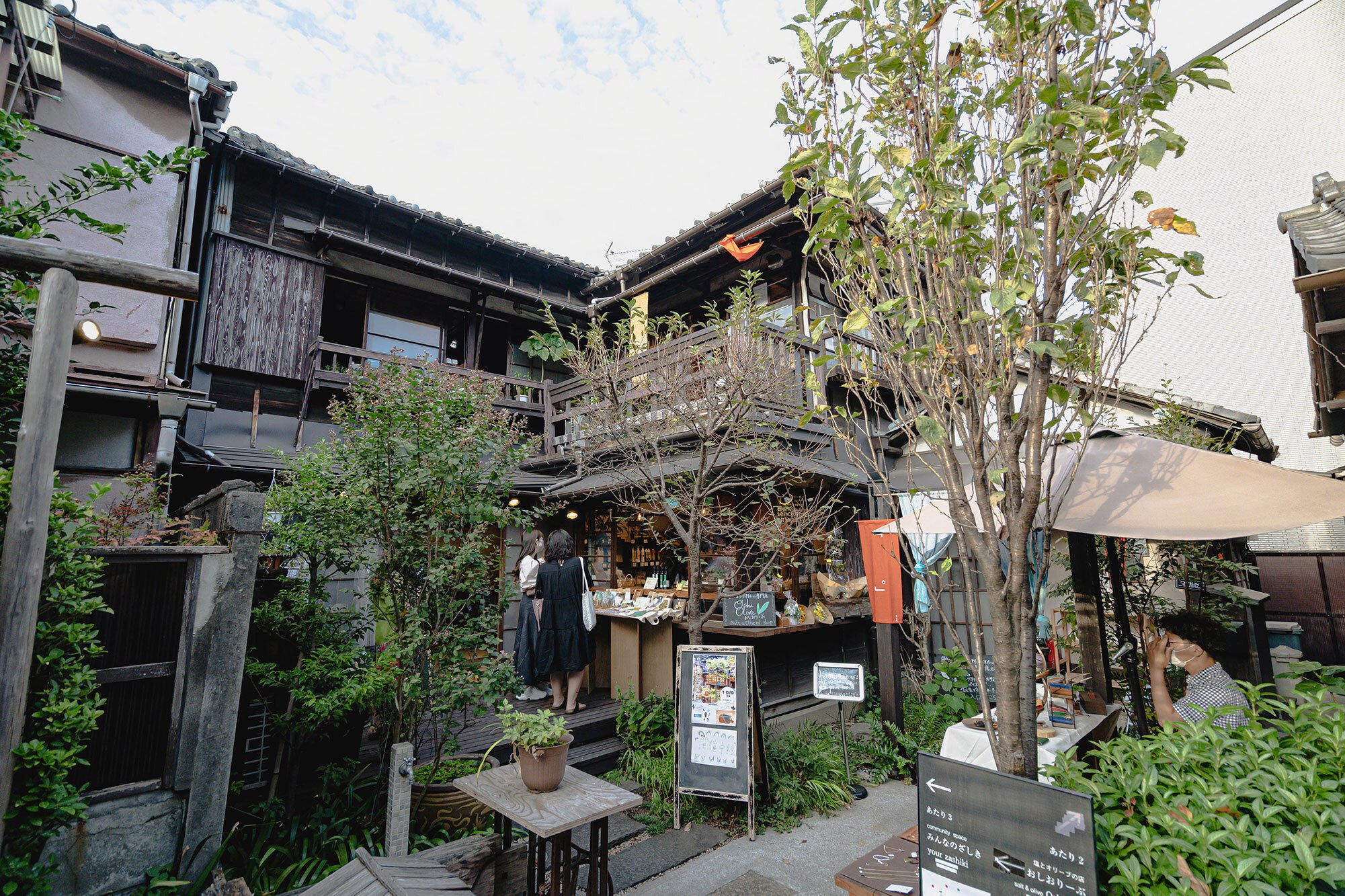

Yanaka Beer Hall is a Japanese craft brewery that occupies a space in Ueno Sakuragi Atari. This multi-purpose space uses a wooden Japanese home that was built in 1938 and maintains a Showa Era feel.
A few different original craft beers are served here, and there’s also a window where you can take out a bottle, sit down and hang out.
I went to this area with a friend who just moved to Japan and made a YouTube video about it. Check it out if you’d like to see more of Yanaka Ginza.
Otherwise, here are some good food options that I’ve been to.
Himitsudo
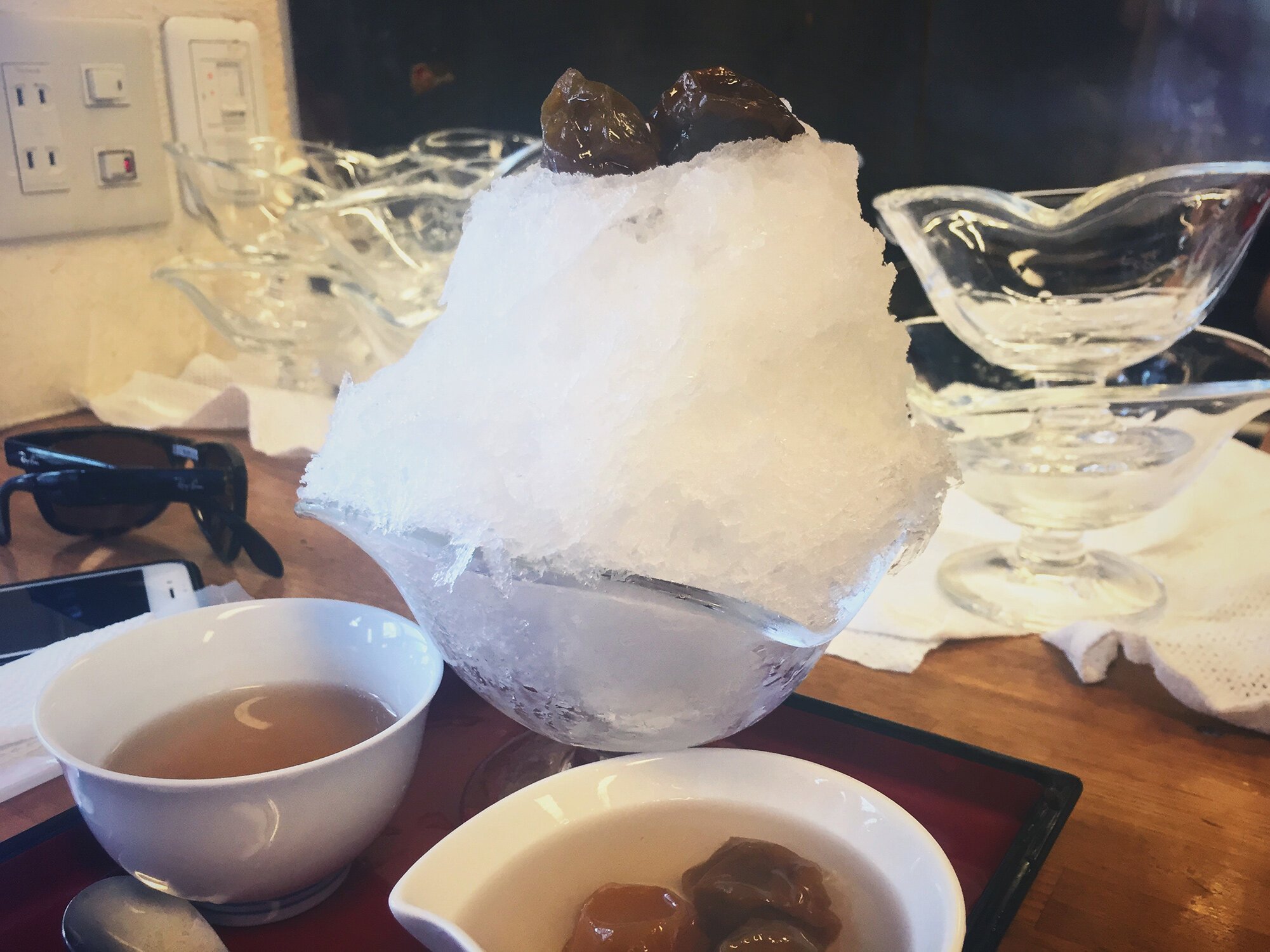

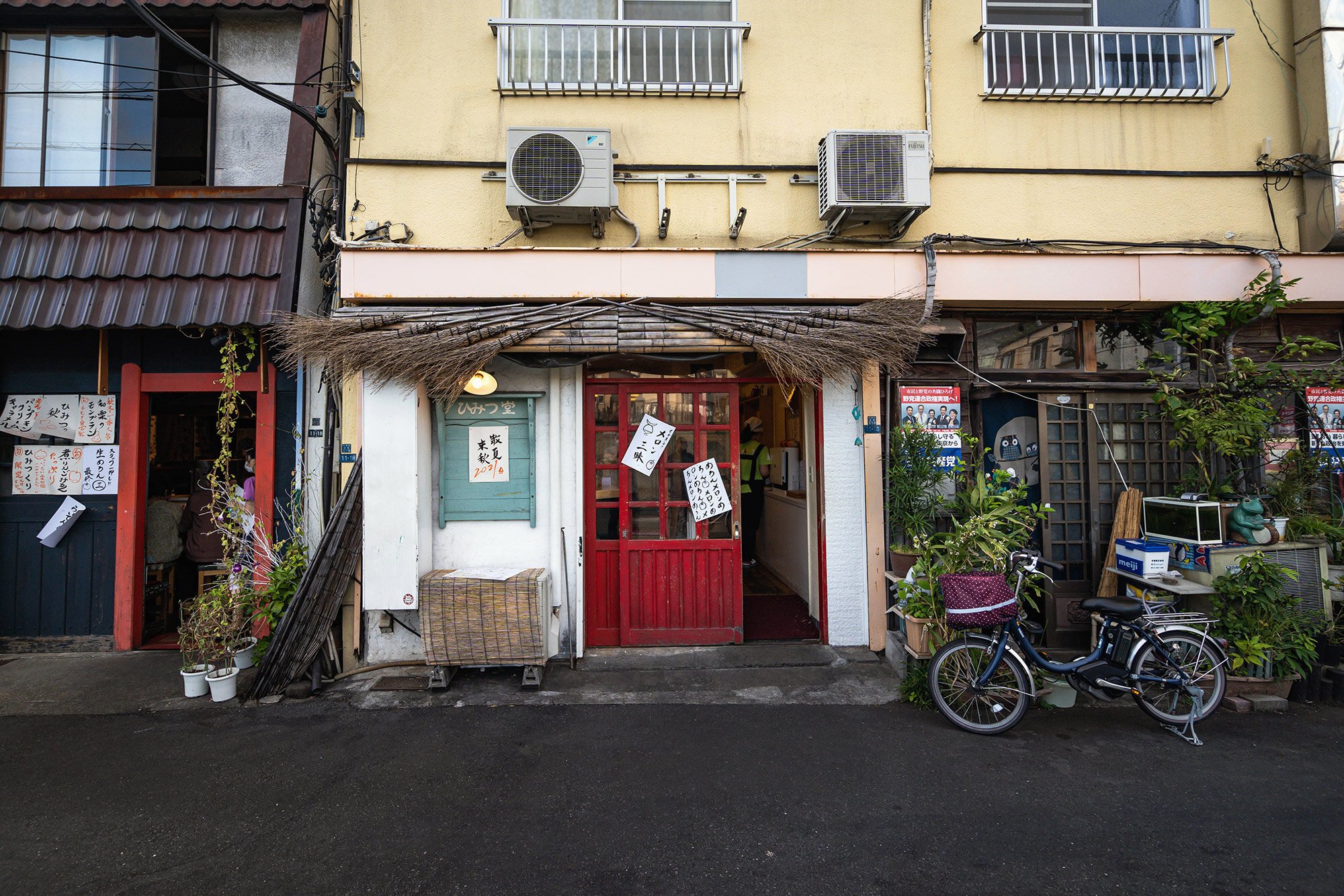
Probably the most popular eatery in the Yanaka Ginza area, Himitsudo specializes in Japanese shaved ice.
Each bowl of shaved ice is handmade using hand-cranked machines that produce some really fluffy ice. The flavors are made of real fruit and natural ingredients, so a lot of the syrups are more like a puree.
Because it’s an incredibly popular spot, you will almost certainly have to wait in line outside, usually at least 30 minutes. In the summer months, the wait can be very long but that’s when a cool treat like this tastes best.
Nito
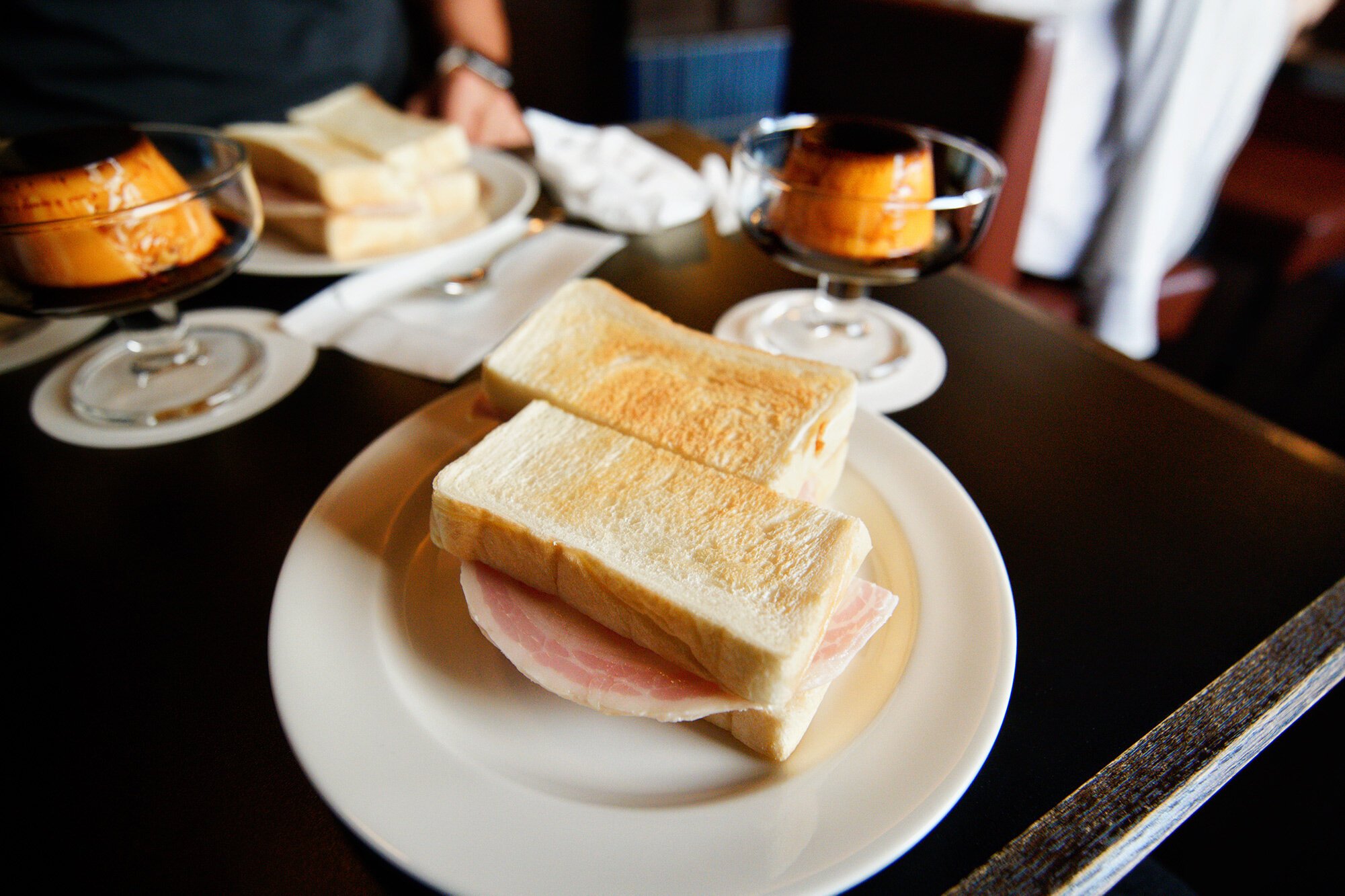

Kissaten, or traditional Japanese coffee shops, are places for people to dive into a book and kick back over some good coffee and simple homemade foods.
Nito is a small kissaten run by a couple with about 6 tables that serves coffee, sandwiches and baked dessert items. The atmosphere is quiet, offering a nice getaway from the crowds of Yanaka Ginza right outside.
Their “pudding”, or flan, is a popular item that many will get, and it’ll compliment your coffee nicely.
Shioman
Some great curry udon at a small, bar-counter style eatery.
Shioman is located right above Sendagi Station, the closest Tokyo Metro subway station to Yanaka Ginza, and they’re most known for their curry udon and tempura.
A nice option if you’re in the area and looking for something tasty to eat.
KEEP IN TOUCH
SHARE:
Shin-Okubo, Tokyo
Considered Tokyo’s Koreatown, Shin-Okubo is the go-to spot for Korean food, pop culture and cosmetics, and is an area that is increasingly challenging Harajuku as a hangout spot for young locals.
Shin-Okubo is one train stop from Shinjuku, and is known as Tokyo’s Koreatown
In recent years, it has become an alternative to and sometimes preferred play spot to Harajuku
Many other Asian restaurants and markets can be found in this area
It’s one of those pockets of Tokyo that feels, well, slightly different from typical Japan. Only one stop from Shinjuku, Shin-Okubo is a neighborhood with a South Korean vibe mixed with a little bit of Southeast Asia.
How to get there
Tokyo’s main loop line, the Yamanote Line, stops right at Shin-Okubo Station. It’s also a 15-minute walk from Shinjuku, making it a very easily accessible destination.
About Shin-Okubo
As Japan opened up to foreign exchange students in the early 1980s, immigrants from South Korea settled in Shin-Okubo. Many of those who immigrated in later years did the same, and the community continued to flourish.
More recently as the influence of J-pop declined and Korean pop culture grew, so did the crowds going to the area. Most of them are going to get merchandise from their favorite Korean stars, Korean cosmetics, or are going to try some of the latest trendy foods.
Other Asian immigrants began to set up shop there as well, and it’s become a bit of a Little Myeongdong, Seoul meets Southeast Asia, if you will.
Shin-Okubo is a relatively affordable place to live, especially considering that it’s on Tokyo’s main train line and is right next to Shinjuku, one of Tokyo’s downtowns.
The average rent in Shin-Okubo is a little lower than Tokyo’s average. For a 1K studio as of October 2021, it is 90,500 JPY (USD $797 - The average for Tokyo in 2019 was USD $870). [J]
Street Food
It’s not just the entertainment, street foods and snacks from South Korea have become trendy in Japan as well.
Small shops and stalls line the streets here, selling items like cheese-filled Korean corn dogs, character macarons, colorful drinks and more.
Korean Shops
While a lot of young people flock to Harajuku’s Takeshita Street area for Japanese celebrity memorabilia, cosmetics and accessories, Shin-Okubo’s main Okubo-dori Street has increasingly been able to compete as a go-to destination for them as well.
I personally didn’t explore them one by one, but there are both small boutique shops and bigger multi-story mini malls that are full of Korean products.
Korean Markets
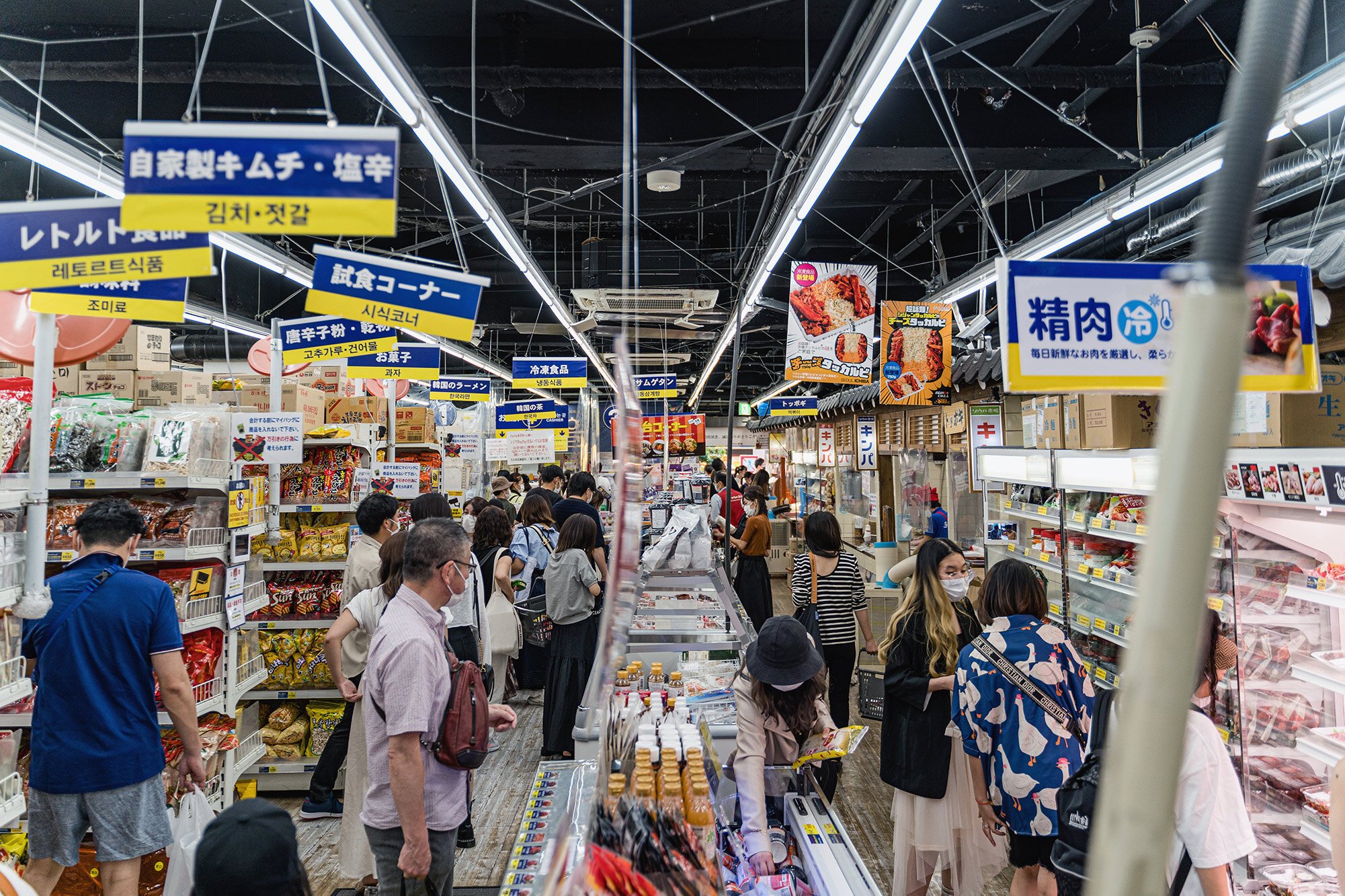
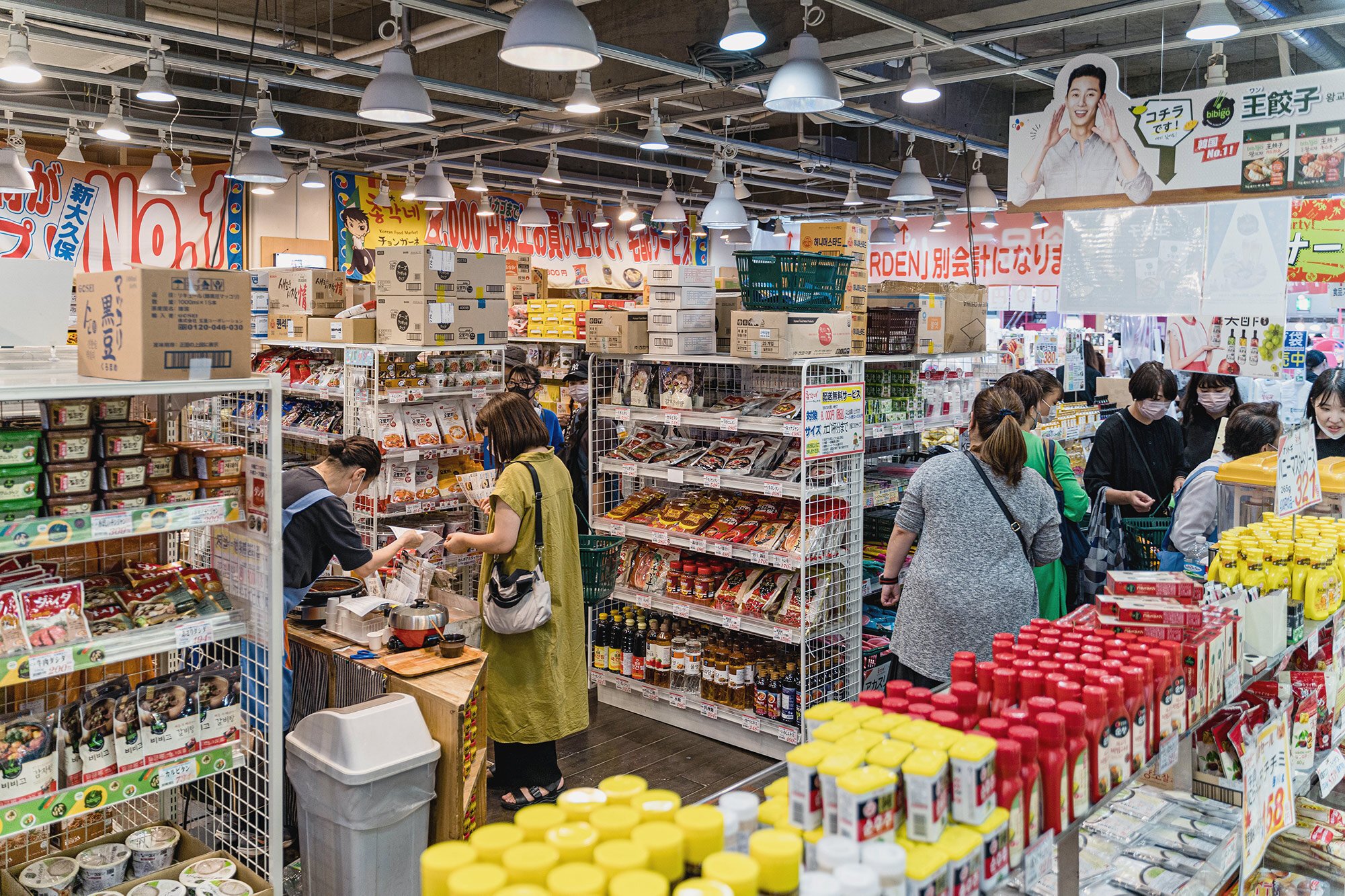
Korean food is already extremely popular in Japan, and Shin-Okubo is flooded with Korean restaurants. However, sometimes you want to make Korean dishes at home and certain items may be hard to come by.
Bone-in kalbi, for example, isn’t sold at most Japanese markets and unless you go shopping at Costco Japan, markets in Shin-Okubo may be your best bet. This is what we came for, and we were able to find some at Seoul Market.
KangHoDong Chicken 678
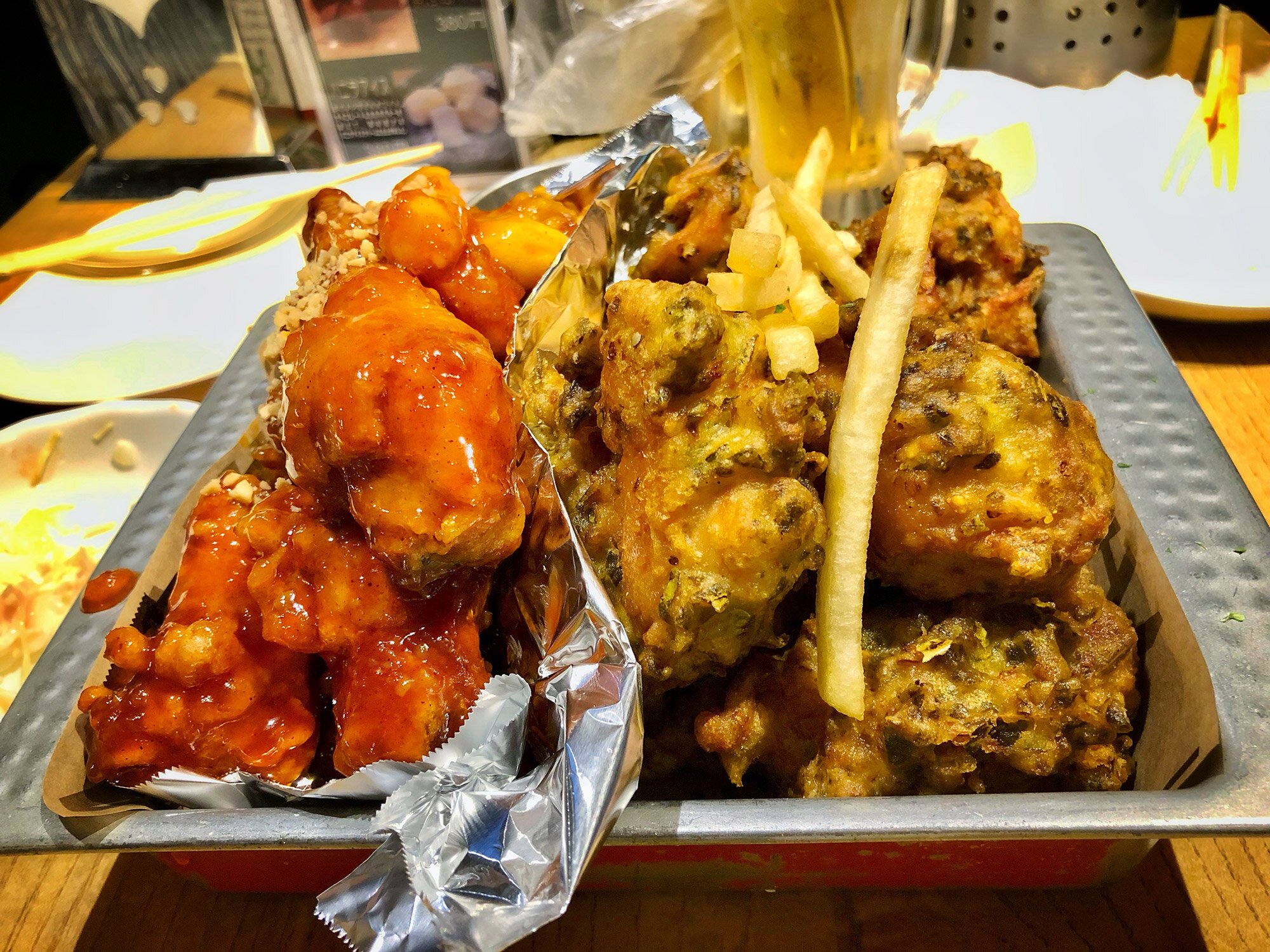
Authentic Korean fried chicken at a bustling eatery. We decided to come here after missing the delicious food we had in Seoul.
KangHoDong Chicken 678 is very popular so there may be a wait, but Korean fried chicken is some of the best chicken around so it’s very worth it.
We got a combo of their regular sauce (left) and chili (right) fried chicken, and washed it down with some beers. Great choice to top off a day in Shin-Okubo.
Khunmae
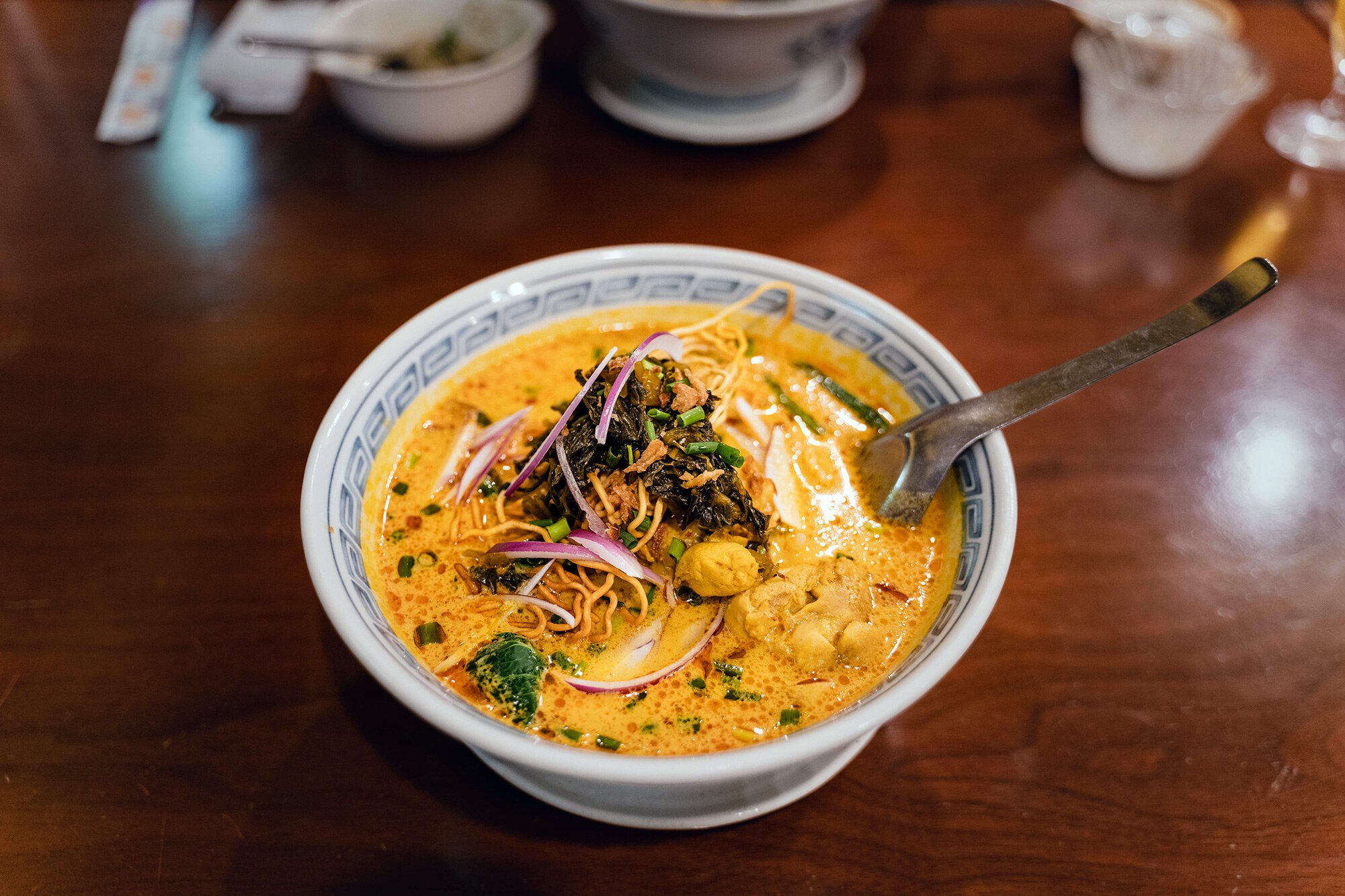
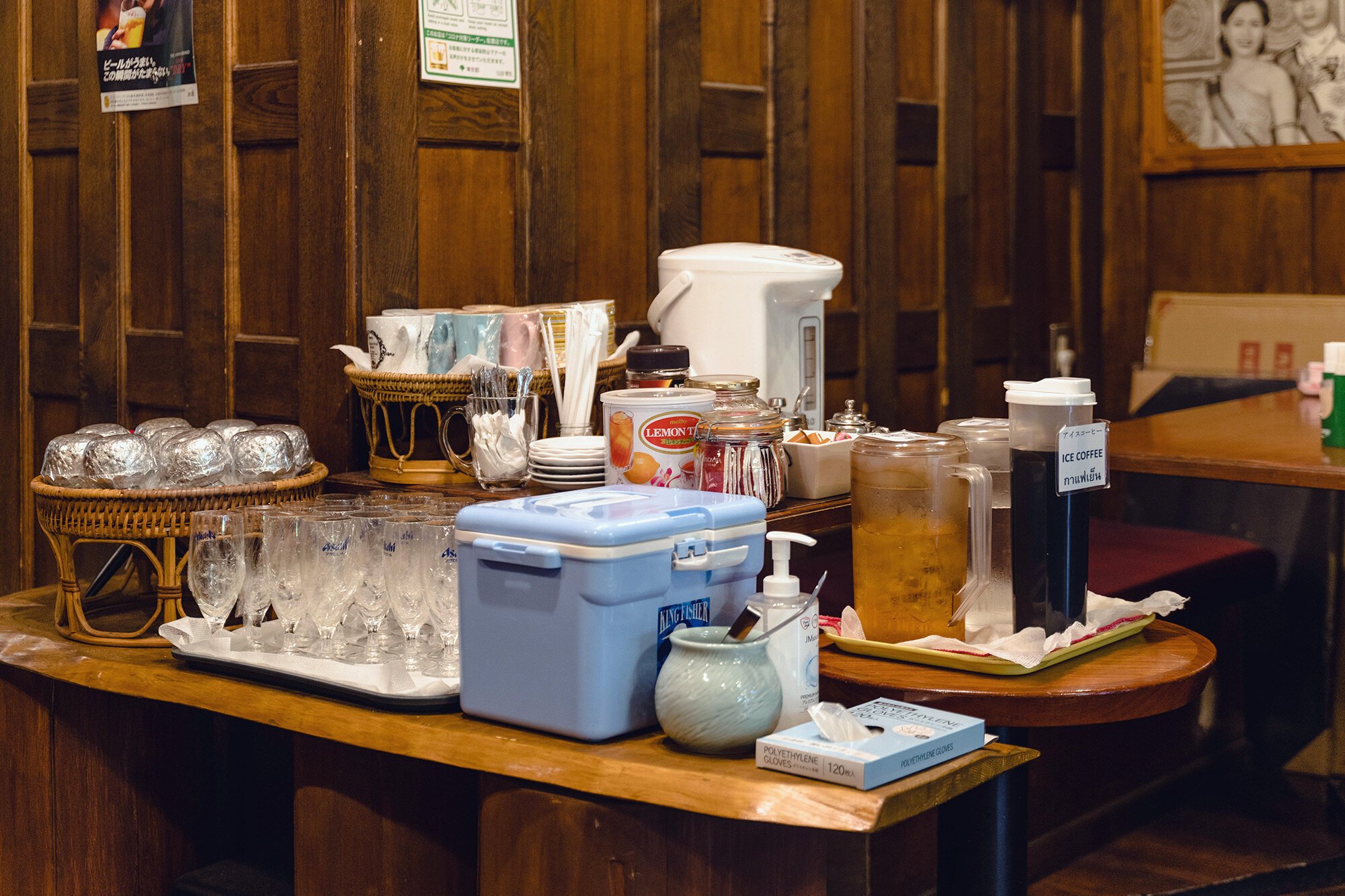

Khunmae is a Thai restaurant that is both delicious and of amazing value. Highly rated, we stopped by for lunch and a Japan food reviewer specializing in the best Thai food in the country just happened to be hosting a livestream there. Good sign.
We got a bowl of khao soi, a noodle soup from northern Thailand. A flavorful broth of slightly spicy Thai curry and a hint of coconut, it featured pho-like noodles along with dried noodles, chicken and a range of fresh vegetables which added great texture.
There’s a self-serve table of tea and coffee, and all for 950 JPY. A very good lunch option in Shin-Okubo.
Vietnam Chan
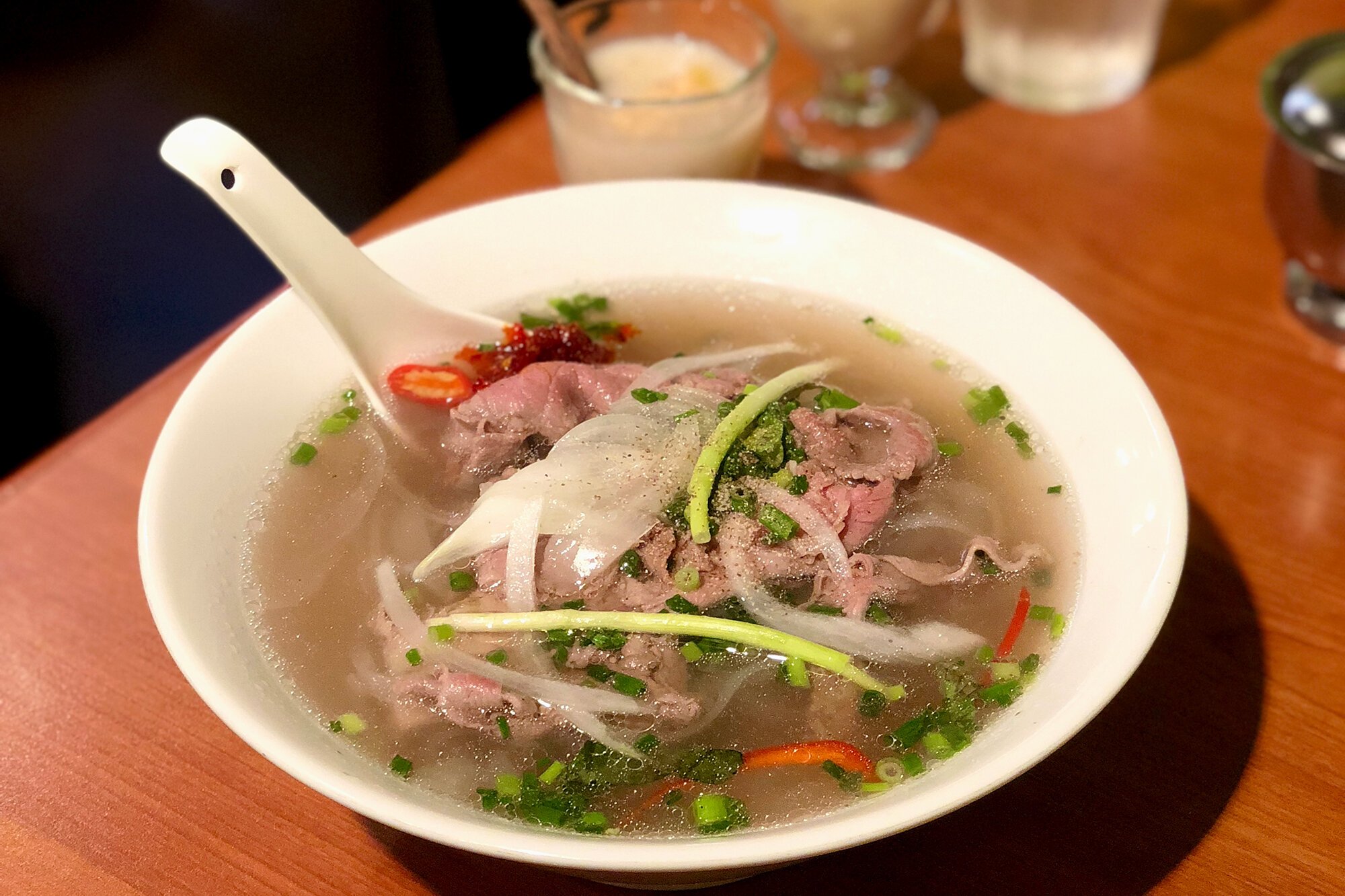
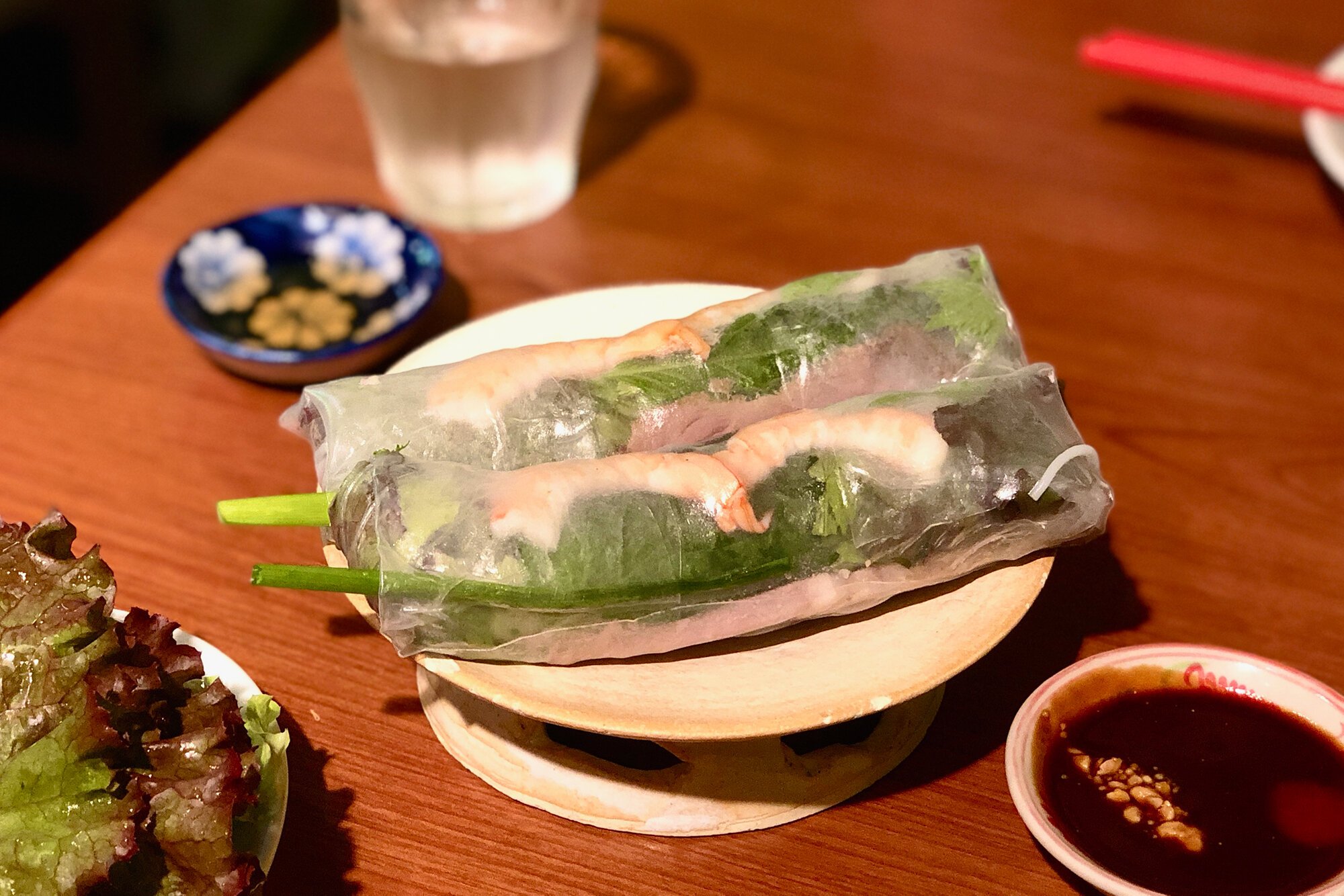
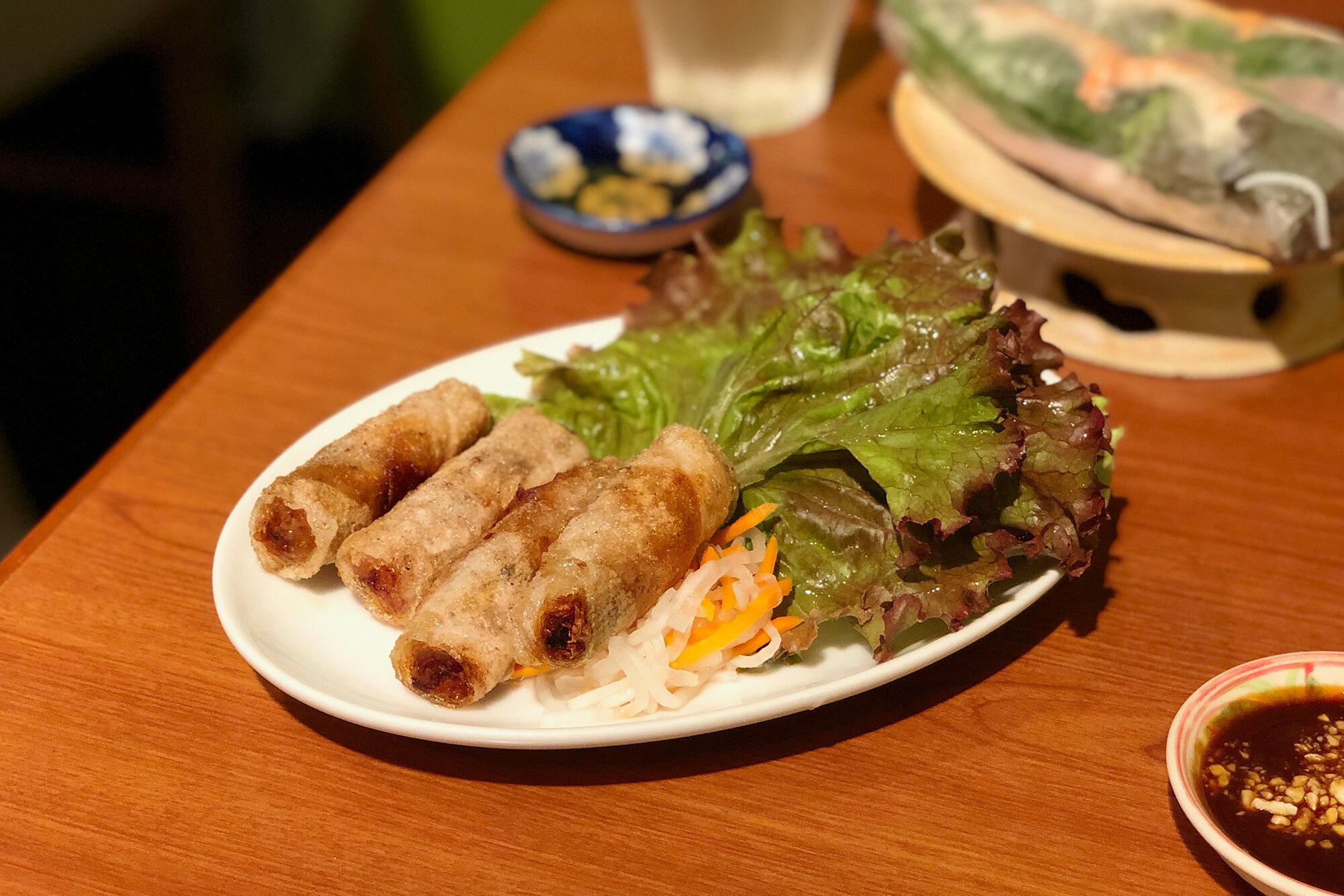
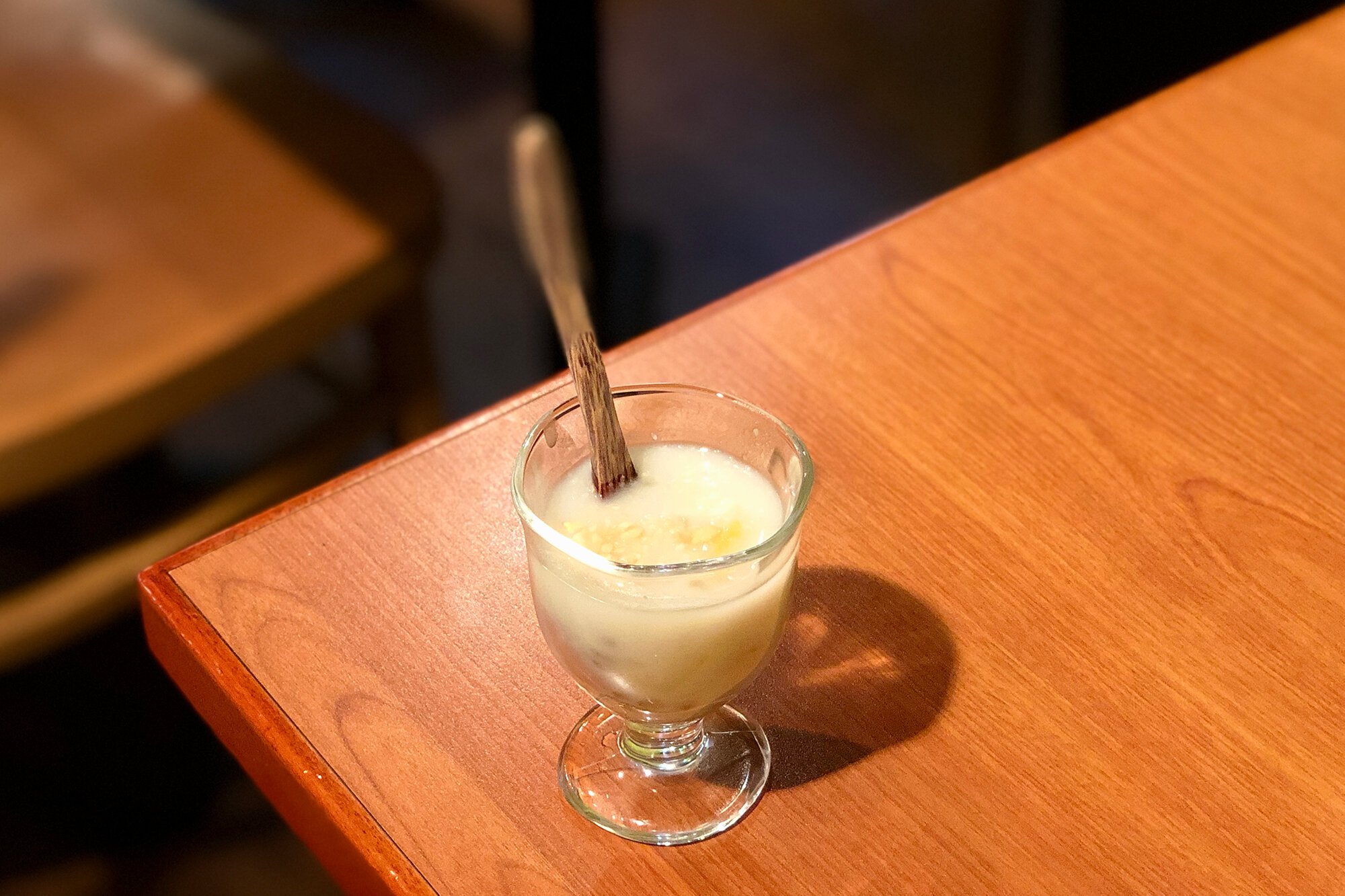
A good choice for some authentic Vietnamese food. We came here for lunch and it was packed with both Japanese and Vietnamese alike, so we knew as soon as we entered that this would be legit.
It’s not a fancy place, just straight forward and to the point. We got beef pho (which is less common in Japan versus chicken) and had orders of rolls and che, the Vietnamese dessert pudding.
A good option to get your Vietnamese fix if you’re nearby.
Keep in touch:
More travels:
Japan: Conveyor Belt Sushi Restaurants
About the popular kaitenzushi, or conveyor belt sushi restaurants, that’s all over Japan.
Conveyor belt sushi, or sushi-go-round restaurants, are all over the world now but they remains popular destinations for people to visit when they’re in Japan. It’s from there, after all.
In Japanese, they’re know as “kaitenzushi”, with ‘kaiten’ meaning revolving or rotating.
There are a handful of major chains around Japan that sell a range of different sushi for really cheap like Hamazushi, Kappazushi, Uobei, and Sushiro.
Each is known for something that others done have.
For example, Hamazushi offers a variety of different shoyu (soy sauce) from different regions around Japan to try. And yes, they taste different. Kappazushi has a slot where you dump you plates into in order to play an on-screen game to win potential prizes.
If I could only pick one though, I’d recommend Sushiro.
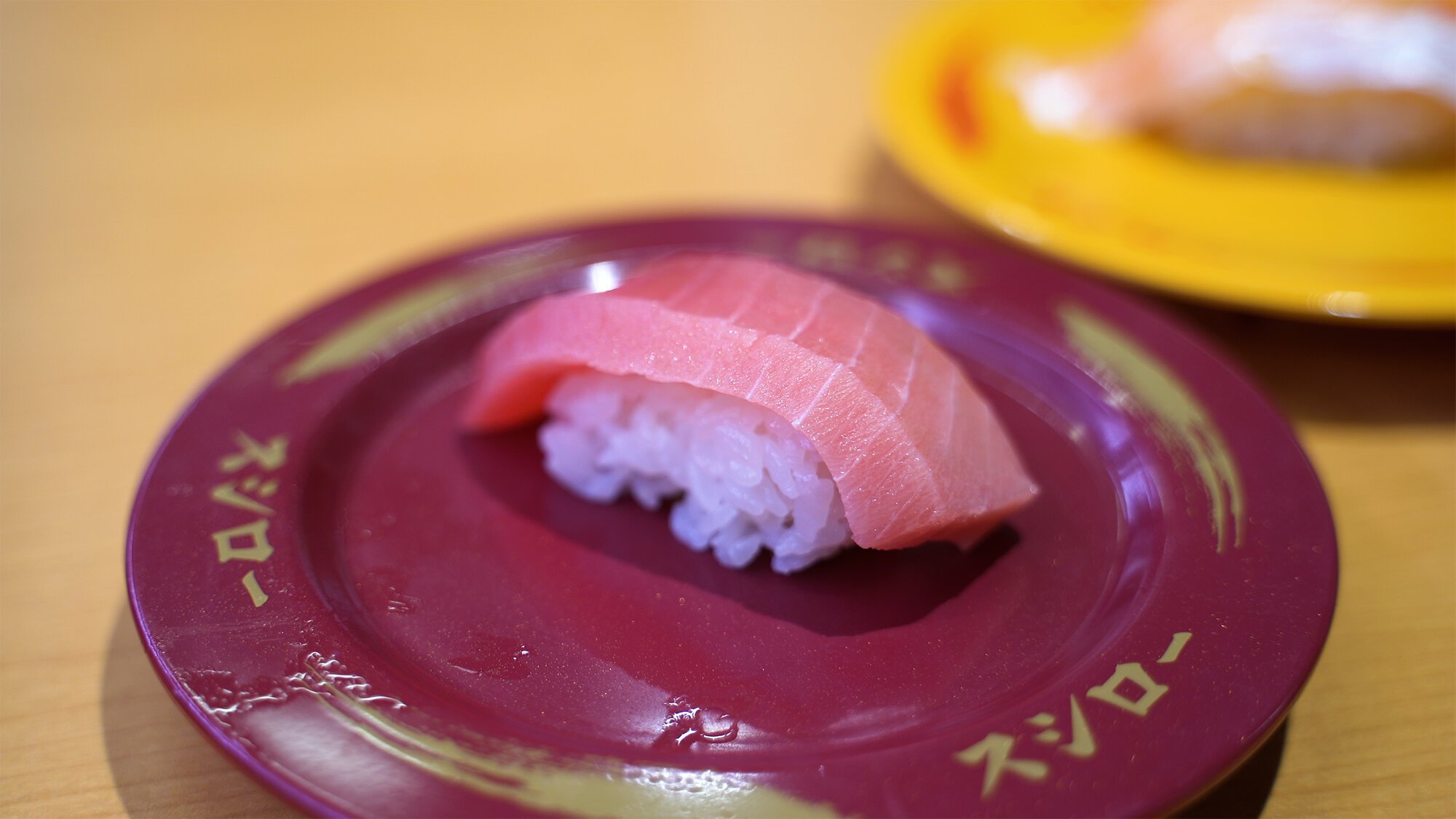
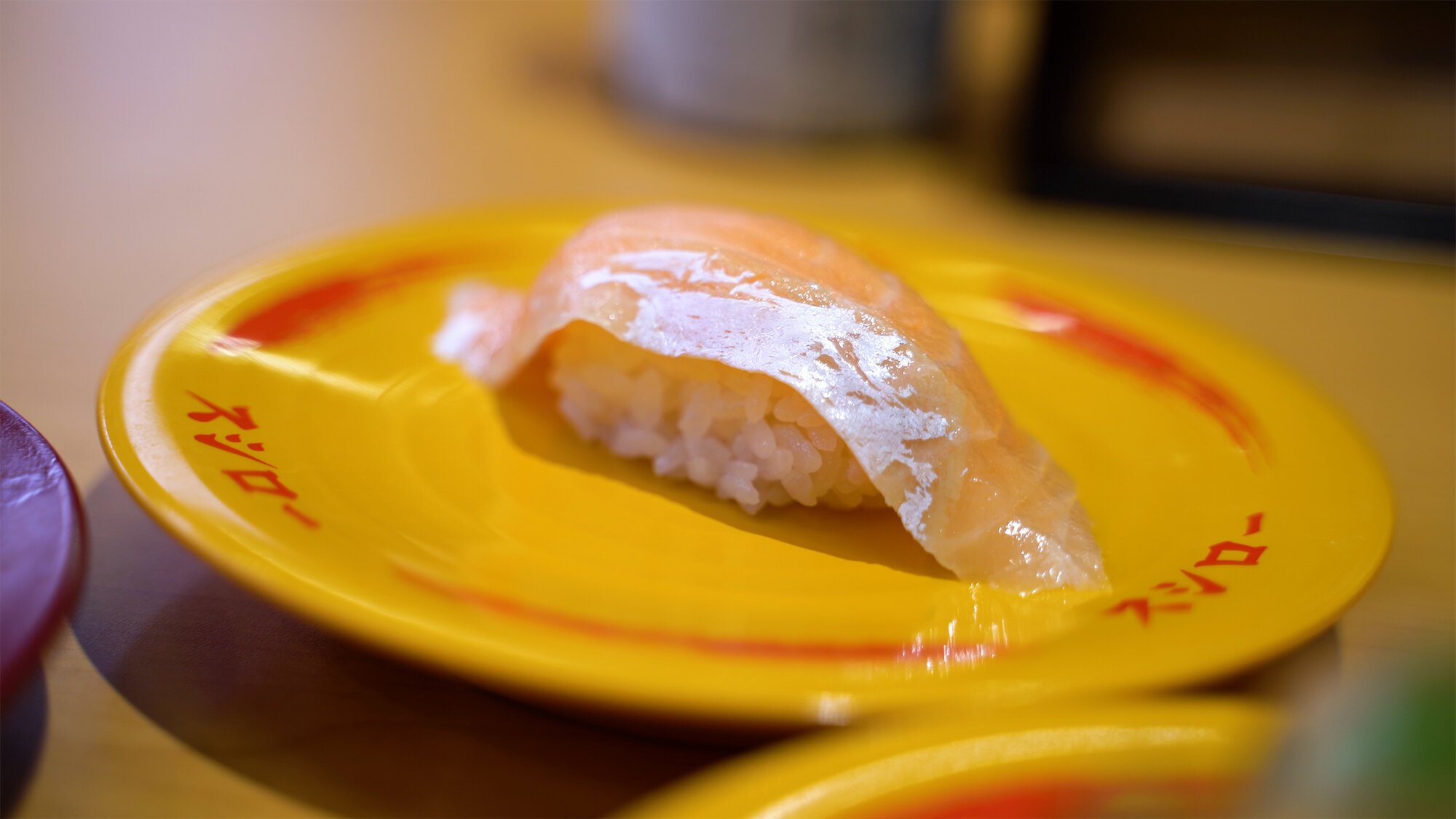
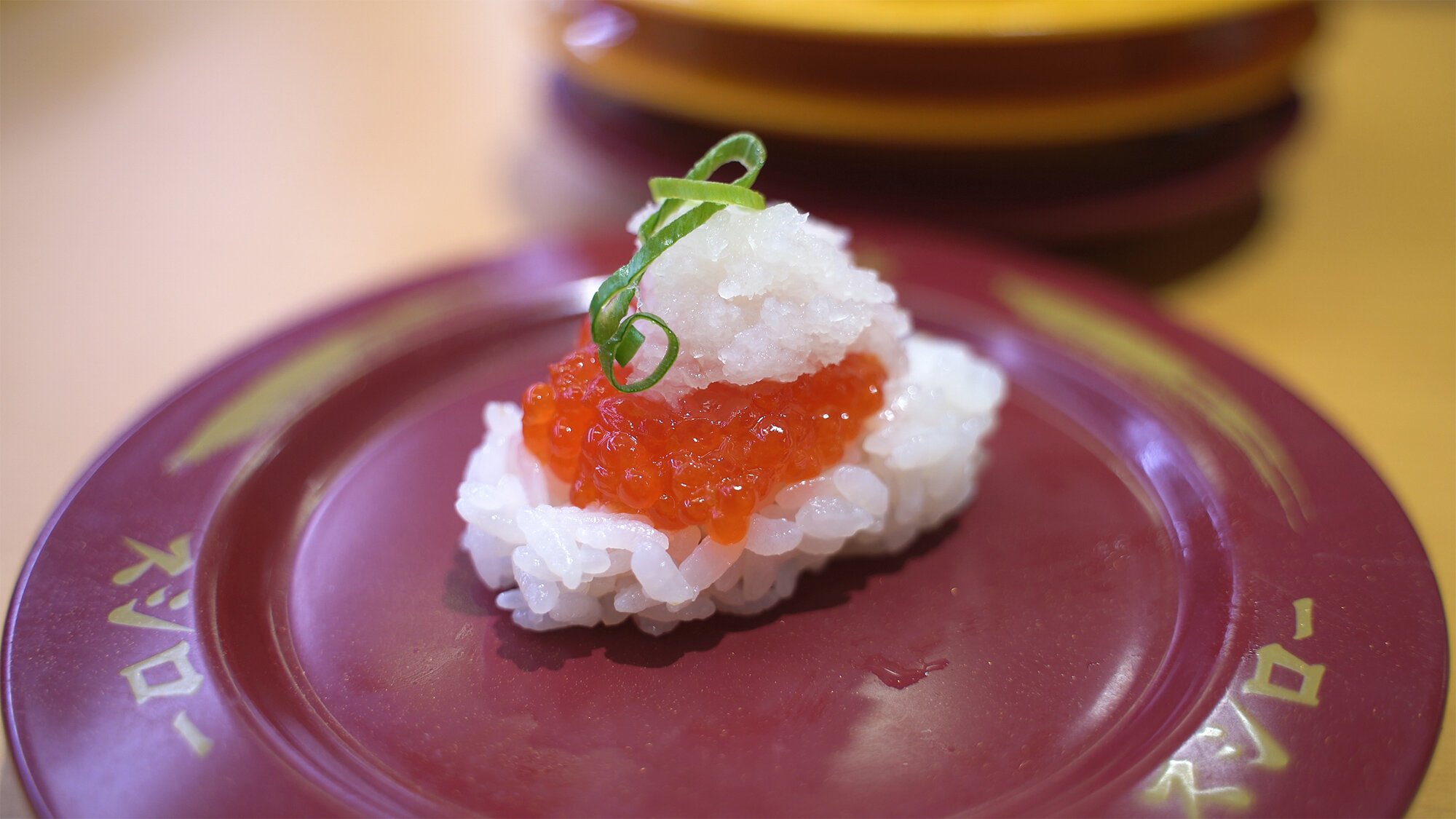
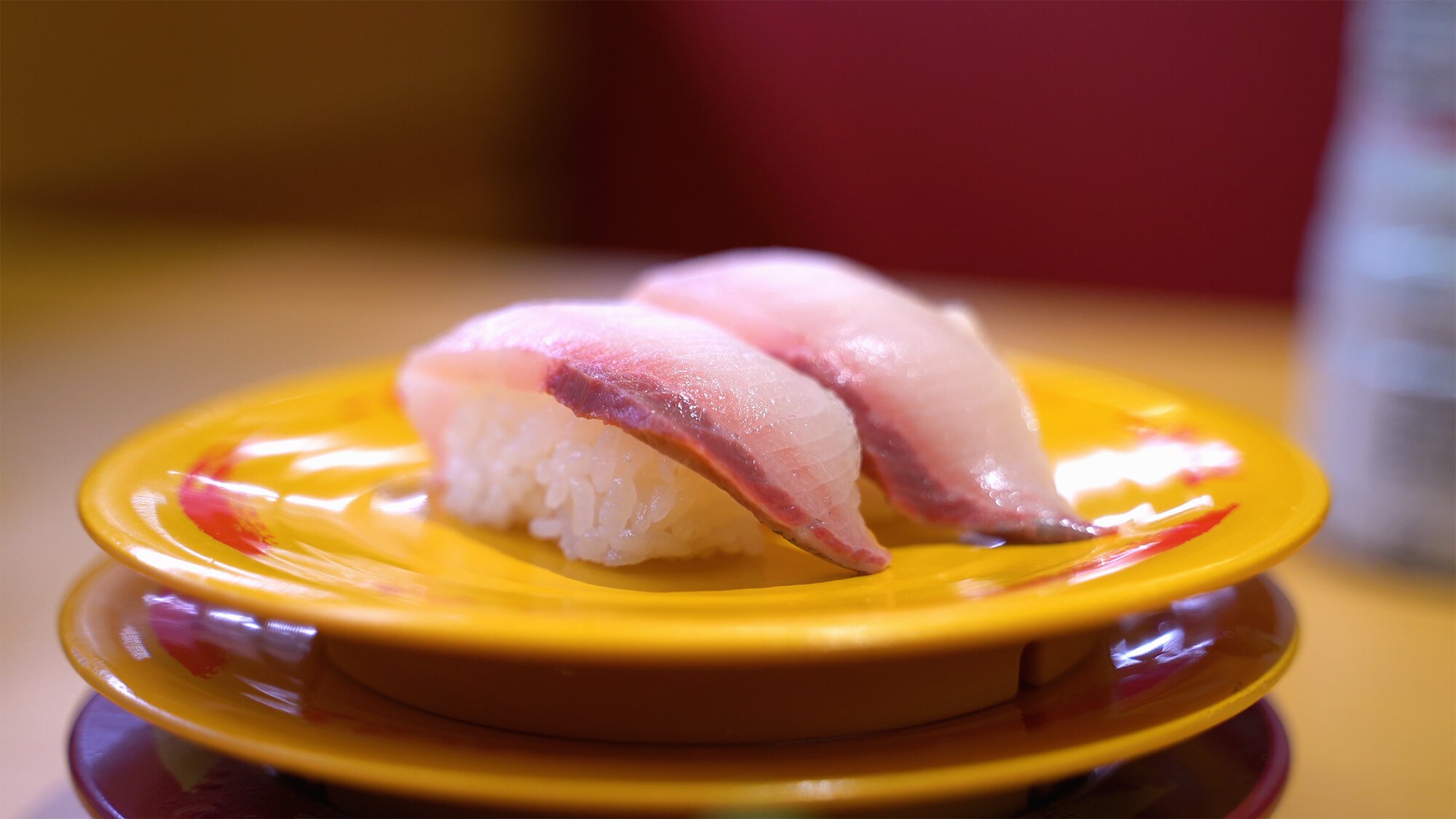
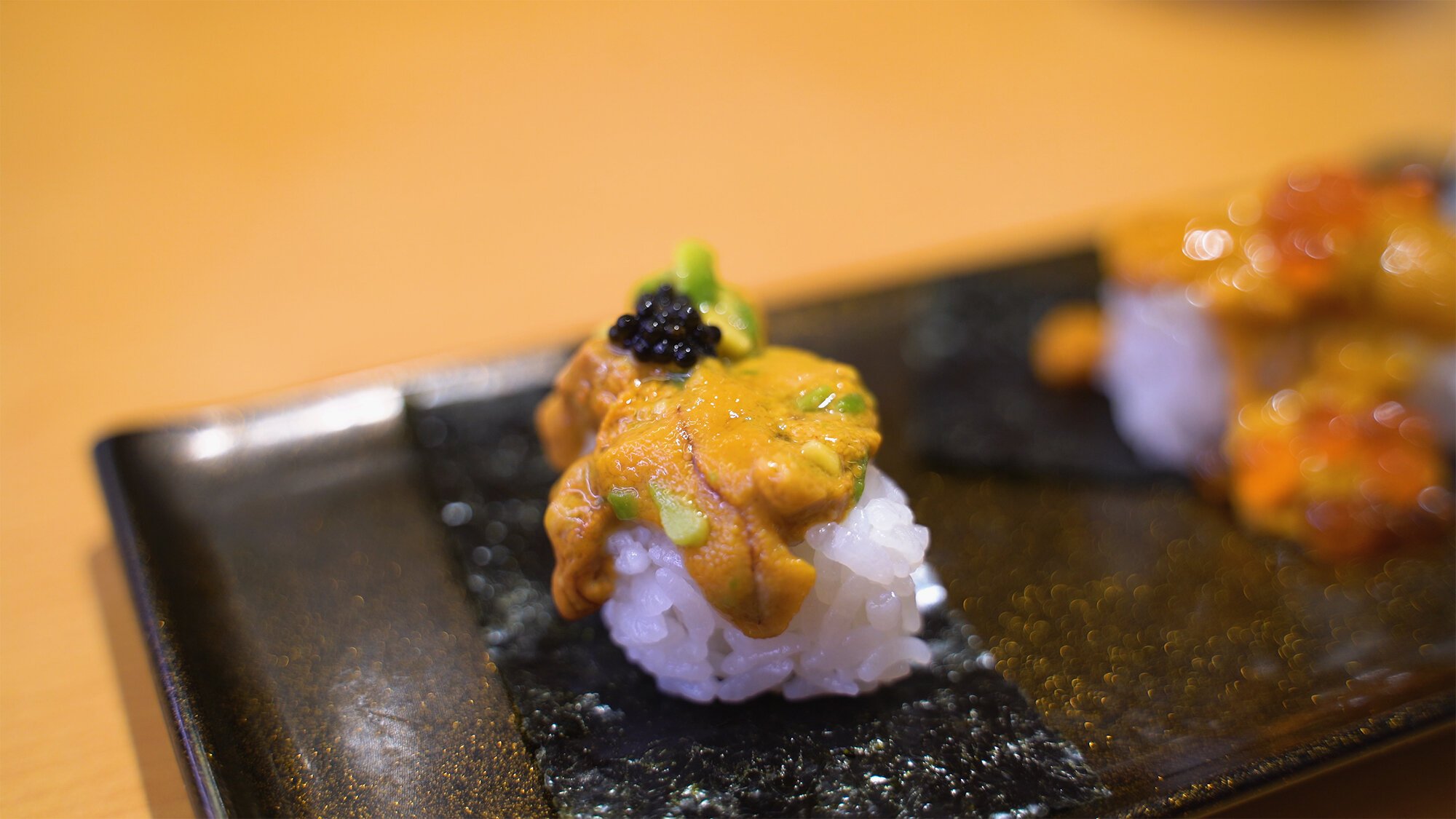
Sushiro was founded some 30 years ago and now has over 500 locations both in Japan and internationally. It’s the number one conveyor belt sushi chain in terms of total domestic sales.
How much does it cost?
Prices start at around 100 JPY before tax, or around USD $1.00.
Unless you’re trying to stuff yourself, an average person’s bill would probably range between 1,500 JPY to 3,000 JPY (USD $15-30).
Sushi doesn’t go on the conveyor belt much anymore
One thing to note is that the newer locations don’t have much sushi actually traveling around the conveyor belt anymore. There are two main reasons for this:
To minimize food waste
People don’t want to take a plate that has been going around for a while. So instead of throwing the old sushi away, they just don’t put them out.Adapting to consumer behavior
Since touchscreen menus where you can order sushi on demand began, people preferred doing that instead.
how does sushi get delivered?
At newer Sushiro locations, sushi comes in on a separate, elevated track and branches off into dedicated landing ways for each table.
Whereas at some locations, sushi is delivered on train-like cars running along a track, this makes sure that deliveries aren’t held up in case someone is slow to take their order.
Conveyor belt sushi is a fun experience and a must-try for anyone visiting Japan for the first time, especially if you’ve never had the experience before.
If you’d like to see what it’s like, check out my video.
KEEP IN TOUCH
SHARE:
Tokyo: CBD Cafes
CBD is growing in popularity in Japan, and a few cafes have opened up.
In the past few years, CBD businesses have been popping up around Tokyo. While THC is still illegal in Japan, CBD is not, as long as no illegal substance is in it.
As of now, it’s not fully mainstream but awareness and interest are increasing. We can see this by seeing how many searches for it are happening in Japan over the last few years:
Like many other trends, they likely start from people in or close to the international community. This could mean foreigners living in Japan, Japanese returnees who grew up or lived extensively abroad, or Japanese people who have international experience or interests in things overseas.
Domestic brands and shops such as Healthy TOKYO, CBD (coffee) [J], CALMS by H THINK [J], MUUKOMI, and AQUIL [J] have popped up, just to name a few.
The majority of these businesses are marketing CBD as a health and wellness item or dietary supplement. A lot of their website and social media content is educational. Their logos often use subdued, pastel-like colors, and their fonts tend to be clean and soft-looking.
I’ve had experiences at a couple places that I’d recommend.
CBD (COFFEE)
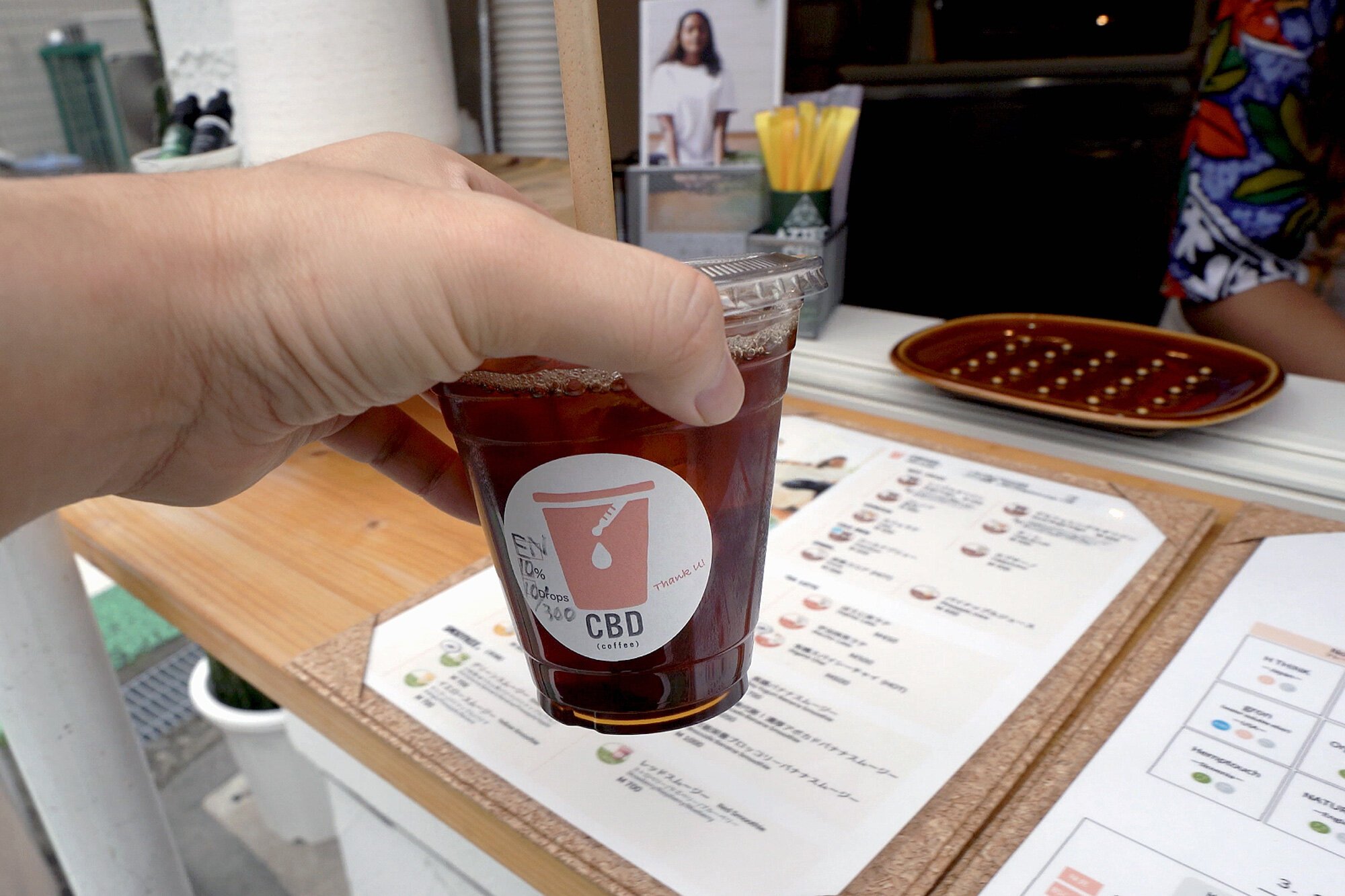
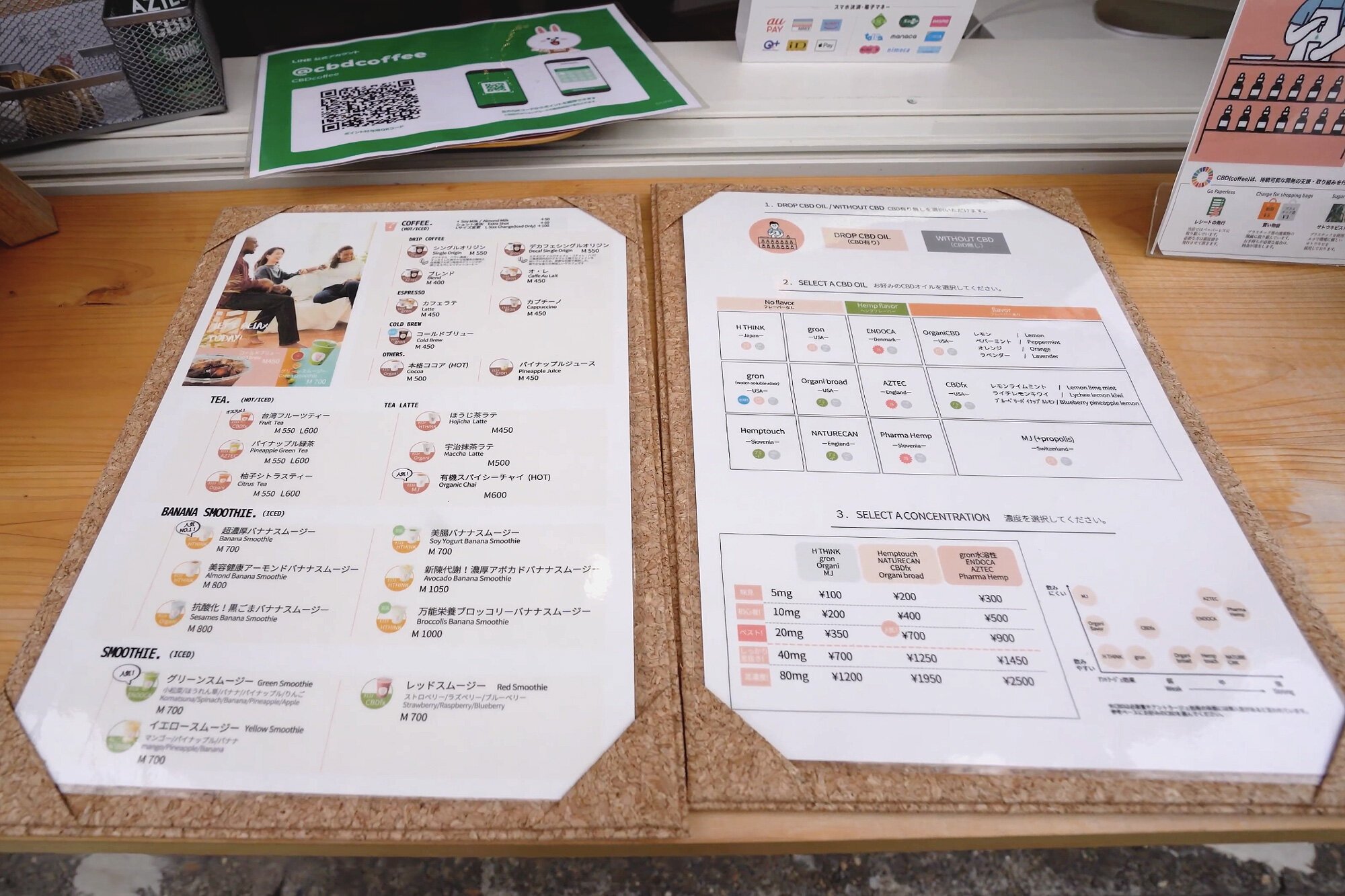
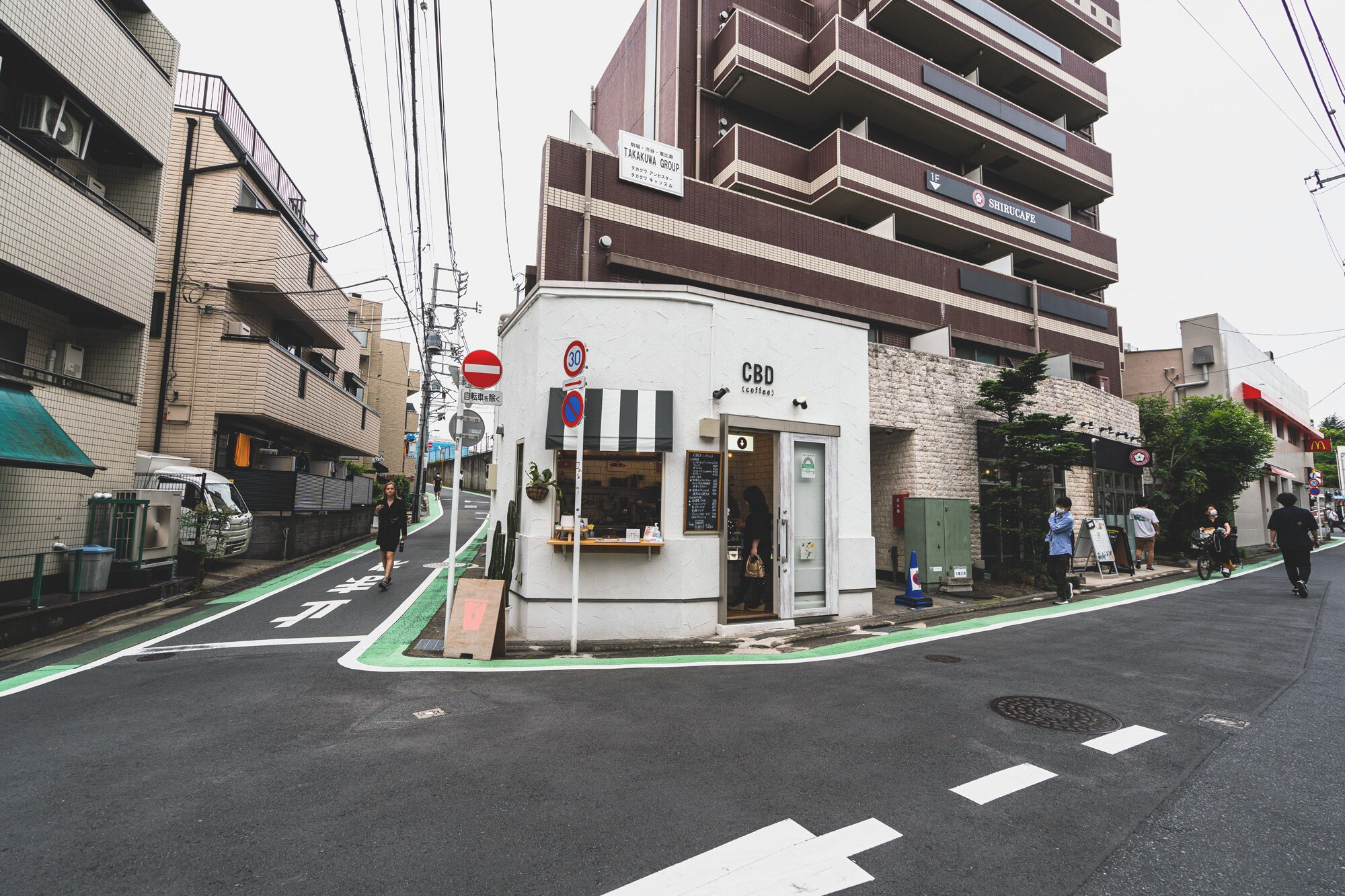
CBD (coffee) is a cute little coffee stand and shop in the Komaba-todaimae neighborhood on the Inokashira line.
It’s take out only, but they have a nice selection of drinks and CBDs. You order your drink, then customize it by choosing which CBD oil you want added, and how much. Drinks are priced according to your customization.
Staff are friendly and willing to provide an education in case you need. You can register as their LINE friend where they send coupons and host their point card.
Healthy TOKYO
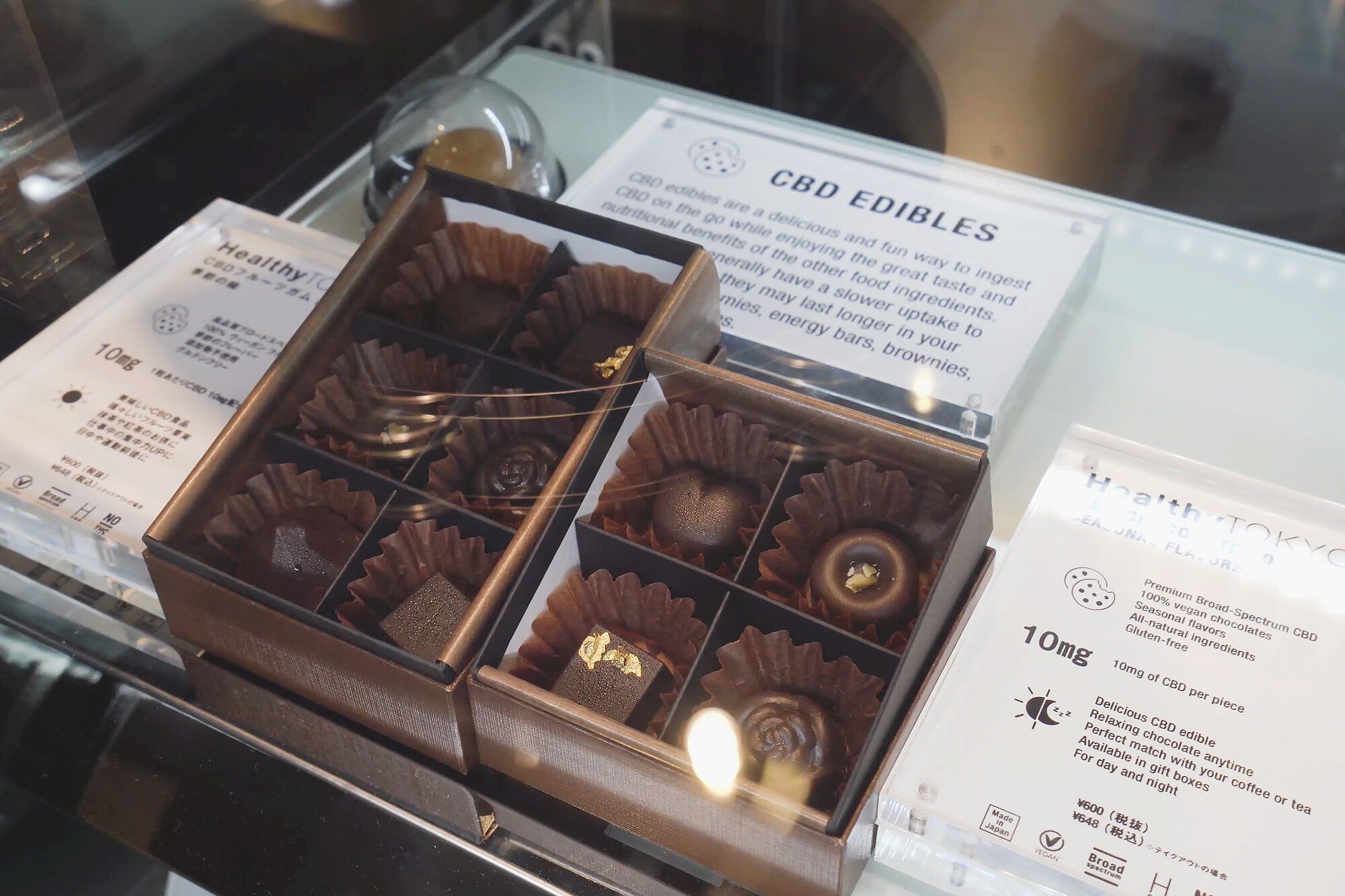
Healthy TOKYO is one of the original and most comprehensive CBD shops in Tokyo. They’re more like a cafe with sit down spaces and full menus.
You can get your coffees and teas here, but you can also order baked goods, sweets, even lasagna. They have their own CBD line and sell a full line up of products, and a lot of their foods are focused on being vegan and organic.
They have a few locations around Tokyo; their original one in Harajuku, another in the Haneda Airport, and the one I visited in Daikanyama.
KEEP IN TOUCH
SHARE:
Ningyocho, Tokyo
A photogenic, old shopping town, Ningyocho has buildings with a lot of history as well as an over 250 year old restaurant serving the original oyakodon.
Ningyōchō is located next to Nihonbashi, Hamacho, and Kayabacho areas
It’s an old entertainment and pleasure town that also saw a lot of trade
Its name means “doll town” and is full of old, photogenic buildings
Translating literally to “doll town”, Ningyōchō has is a historical location in Tokyo.
I’ve been to the area a couple times. It sits right next to Nihonbashi, towards the eastern side of Tokyo and near the Sumida River.
I’ll share my Ningyōchō experience here in case you’re staying nearby or are looking to check it out. If you’re just looking for food recommendations, skip to the bottom.
How to get there
Ningyōchō Station has a couple of subway lines running through: Hibiya Line and Asakusa Line. Taking a long walk from Nihonbashi Station is also an option.
About Ningyocho
Ningyocho is part of the greater Nihonbashi area, which used to be an area for trade. The Ningyocho area specifically was an area for pleasure before relocating to Asakusa.
It later saw the first Kabuki theater set up in 1624 followed by other entertainment businesses, including puppet theaters, doll makers and so on, which influenced the naming of the town later on.
Current day Ningyocho is known for its small shops and historical feel. After all, Tokyo’s first shopping arcade was set up here in 1951. Because of this, it’s a great place to walk as you’ll come across a lot of old, photogenic buildings.
Where we stayed
While we didn’t stay in Ningyōchō itself, it was only a short walk away. We stayed at the Hamacho Hotel, which is in the neighboring Hamacho area.
This hotel is a minimalist hotel and part of the recent wave of concept hotels popping up around Japan. It was completed in 2019 and has a restaurant and chocolate bar (bottom) inside. There’s also markets nearby which is convenient.
We stayed in their Terrace Room, a 40m² room with a small, private terrace area. The bed area is sunken which adds more dimension to the room, the bath was huge and the toilet was modern.
The cost of the room on the night we stayed was about USD $200, which is pretty reasonable. It was a nice hotel to stay at.

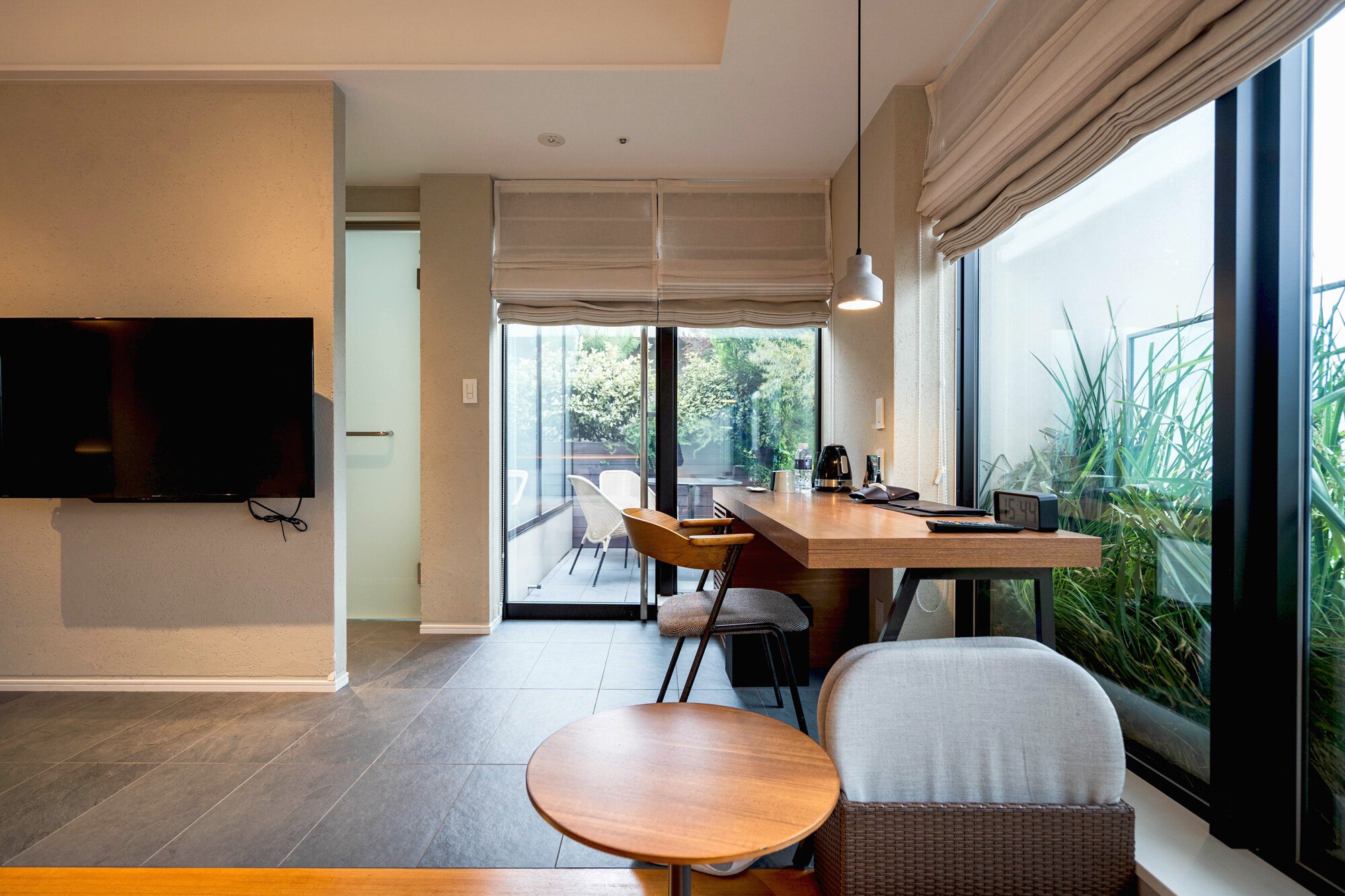
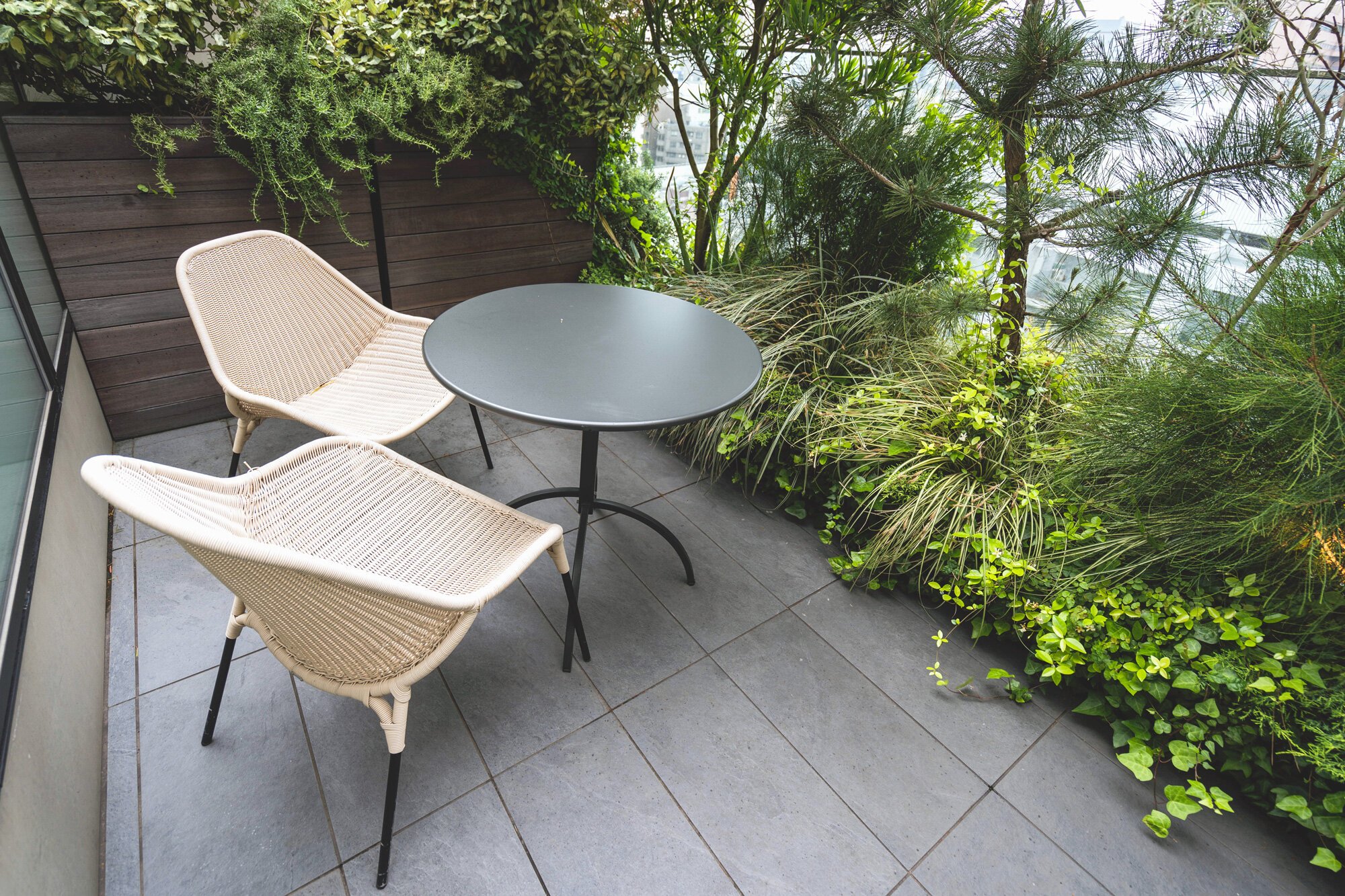

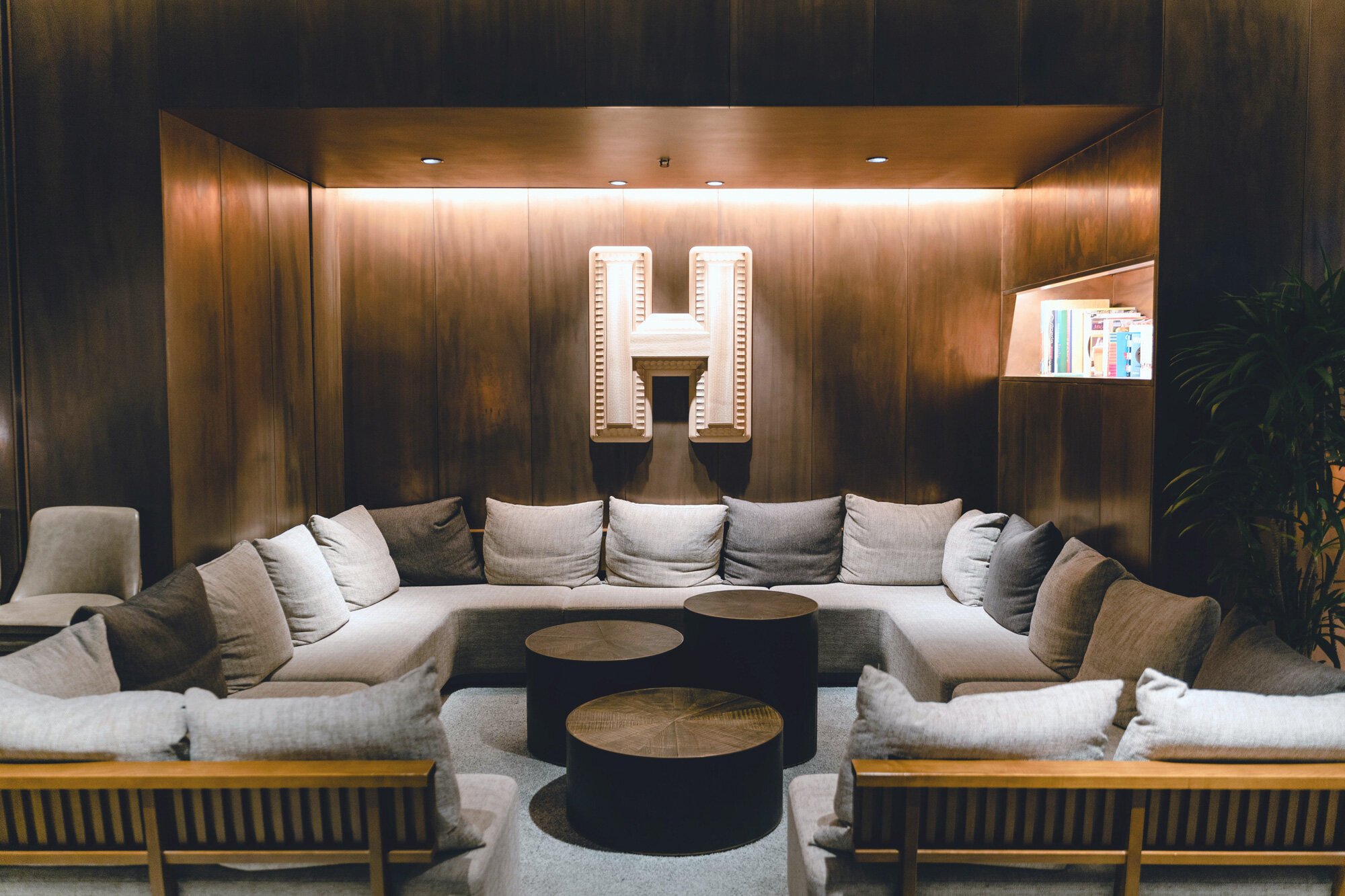
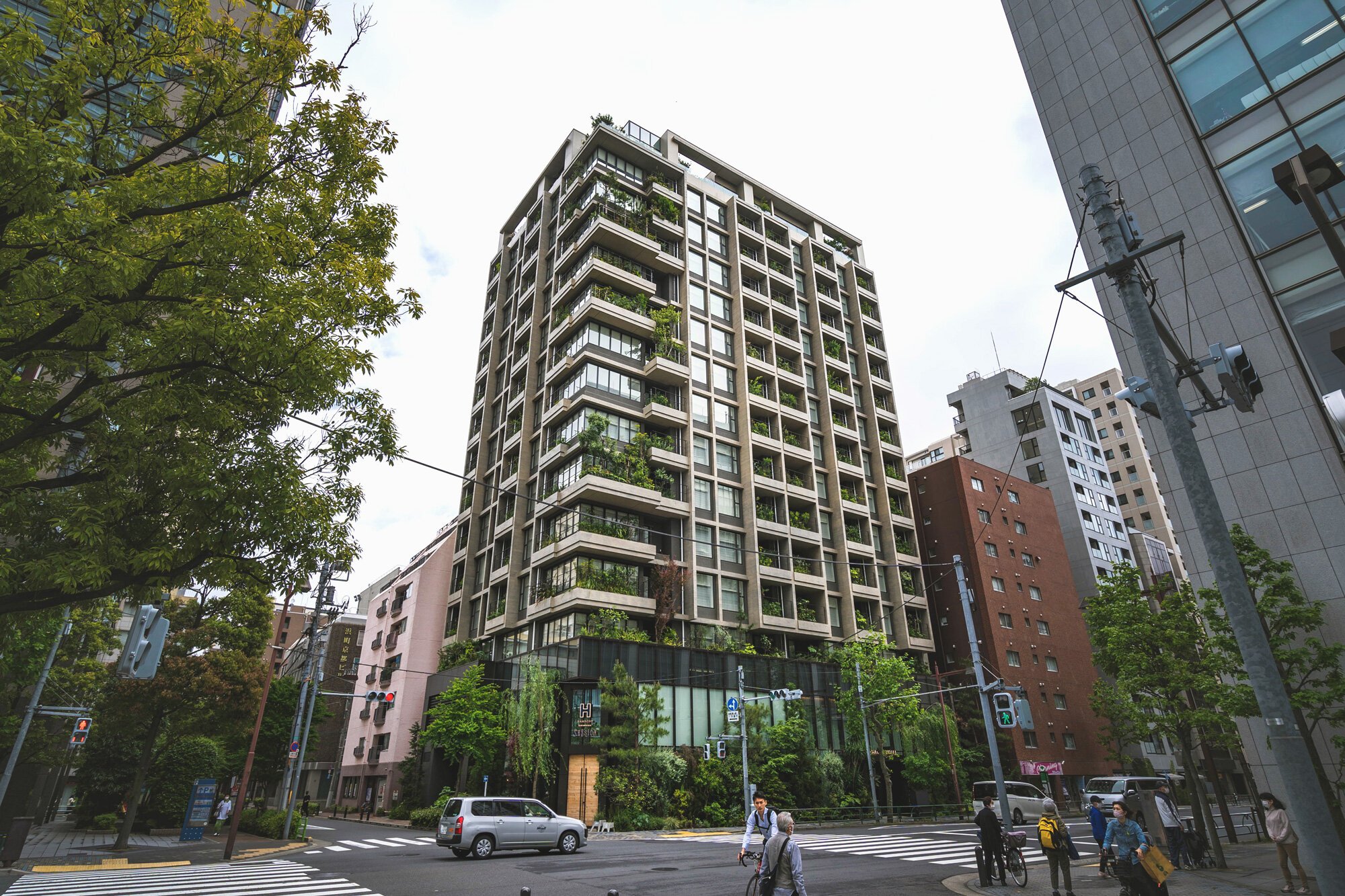
Here’s a video of the hotel and what we did in Ningyocho:
What we did
The times that I’ve visited Ningyocho, there was either no destination or the purpose was to eat at a specific place.
The early spring is a nice time to go because there’s an area called Amazakeyokocho, or “sweet sake alley”. There are shops that serve hot amazake, which is a sweet, rice porridge drink, and it really hits the spot on a cold day while exploring the town.
My recommendation is to pick a place to eat, bring a camera and enjoy the sights of the town while there. Here are some places that I’d recommend.
Where we ate
Tamahide
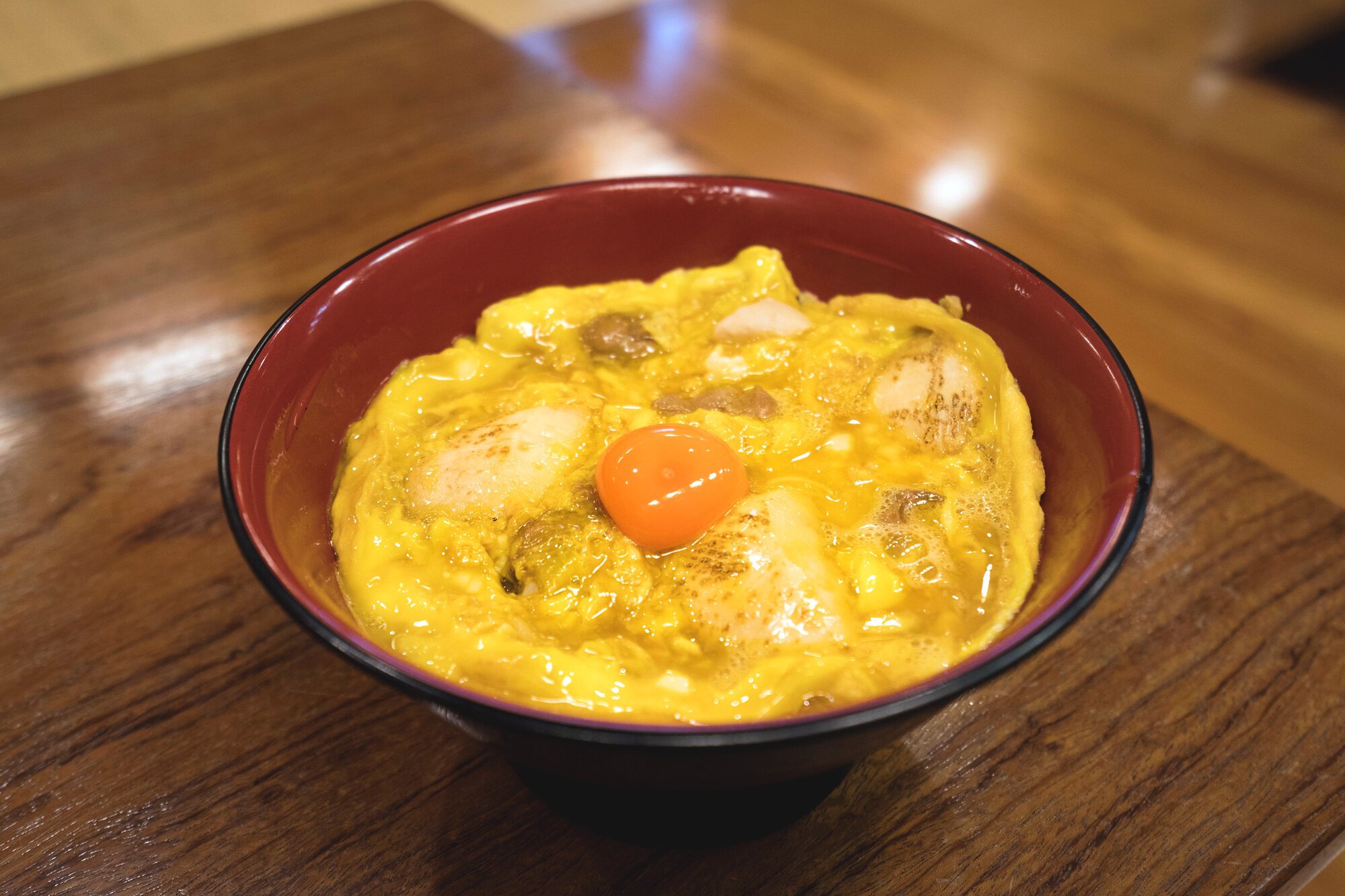

Tamahide is credited as being the original server of oyakodon, which is mainly known to be chicken and egg on rice. They first opened in 1760 which means they’ve been in business for over 250 years.
They originally were a higher end shamo nabe, or gamecock hot pot restaurant. In the late 1800s, they noticed people putting their remaining food on their rice and mixing it up, which is how the idea came about. They tried it, and were originally bashed for it because putting food on top of rice was considered low class and peasant-like. But people secretly enjoyed it and so they’d deliver the meals to them at home.
Fast forward to today and it’s a well known dish. One bowl is 2,800 JPY (~ USD $25.50). Tamahide is usually extremely crowded, so go early. While it wasn’t the best oyakodon I’ve ever eaten, it was great, and it’s quite a privilege to eat at the original spot.
nel
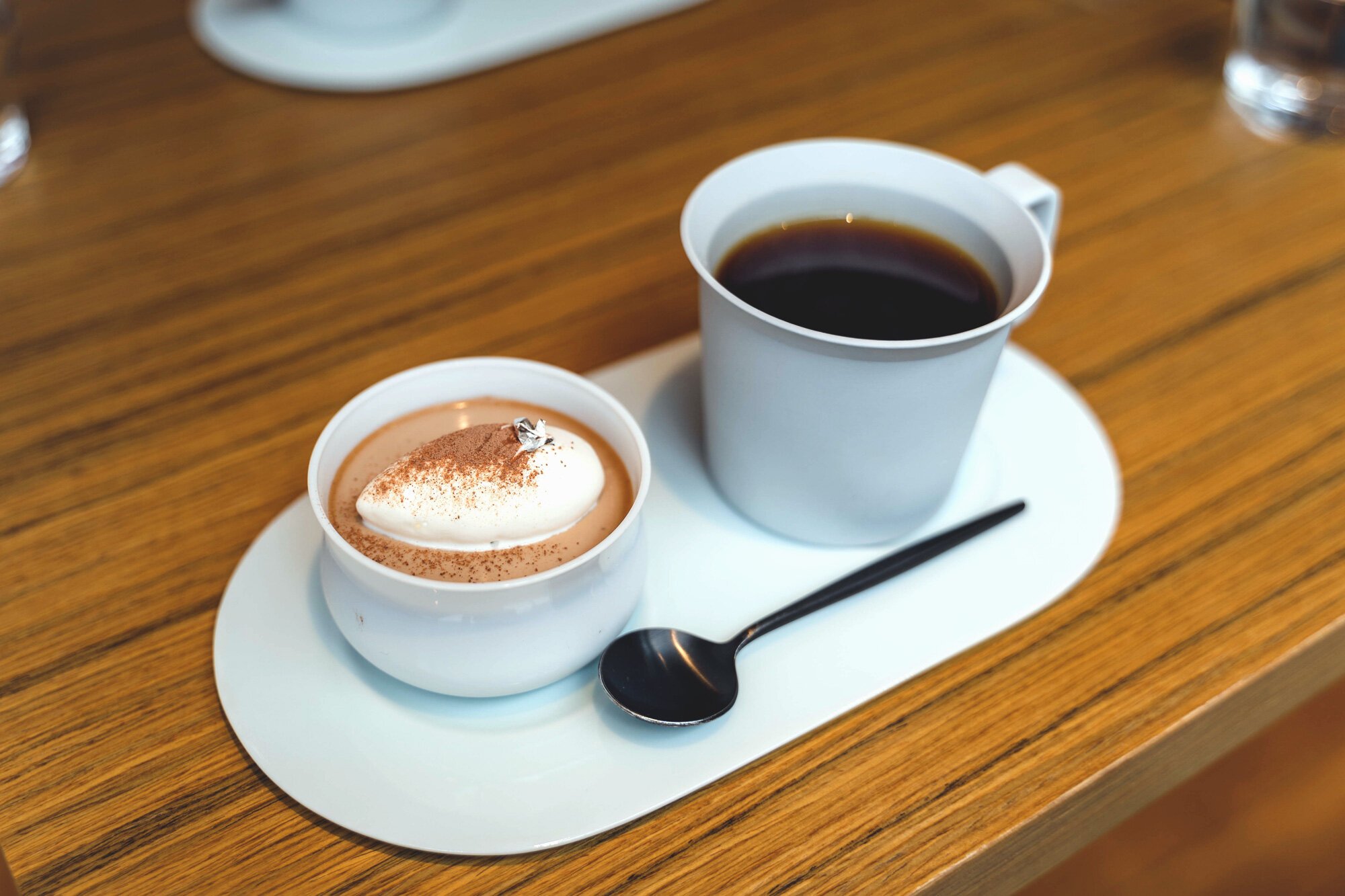
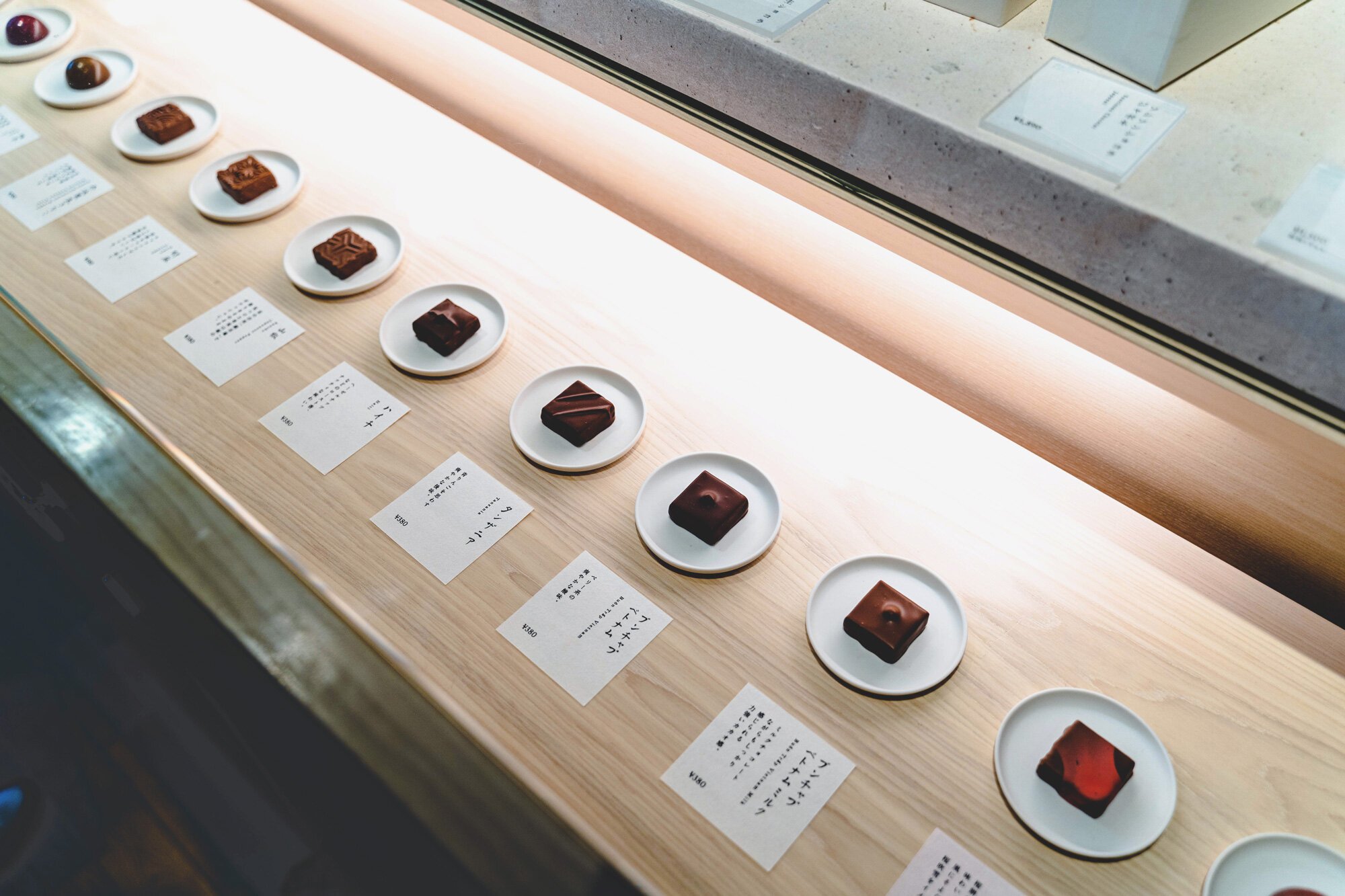

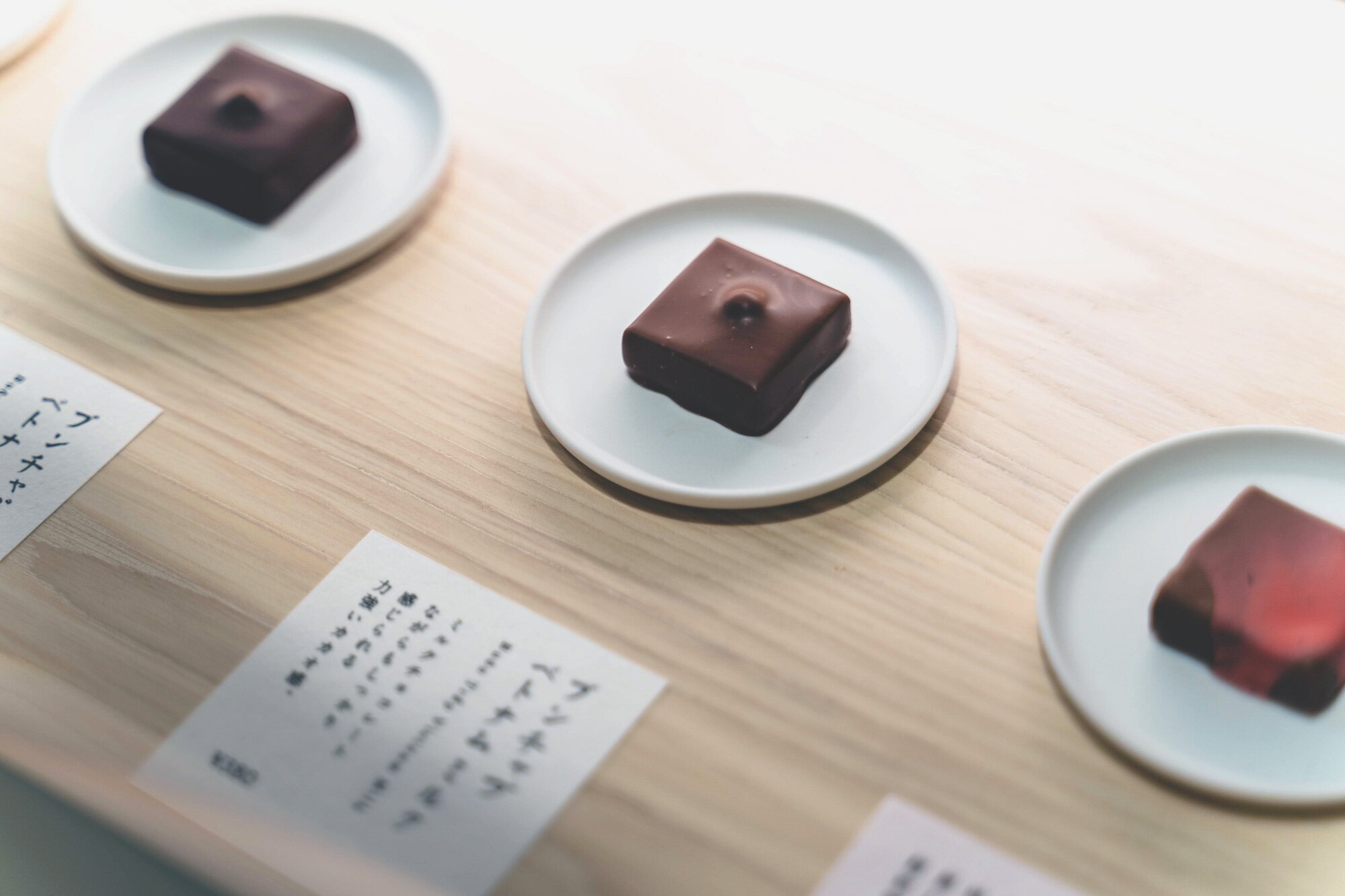
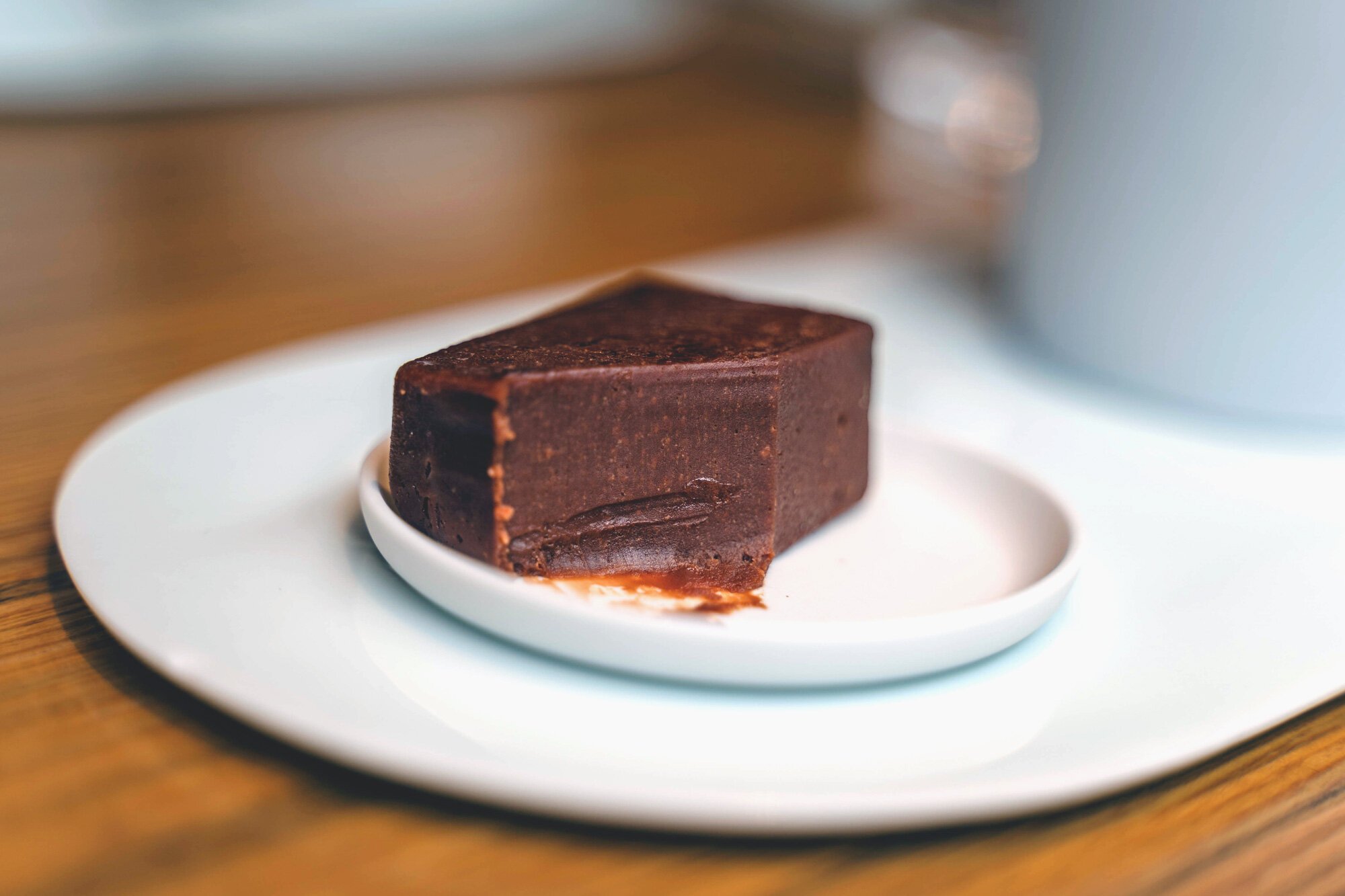
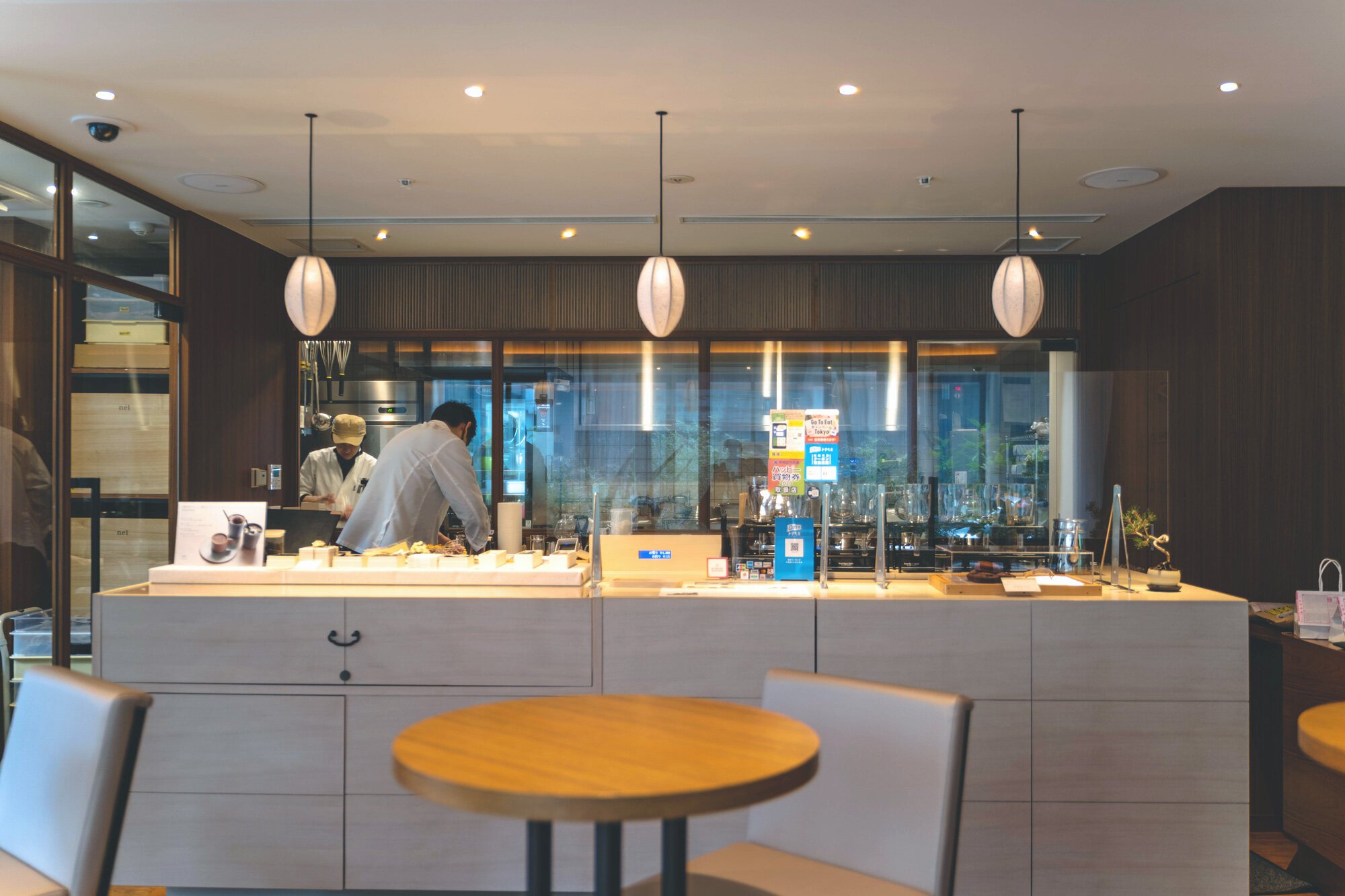
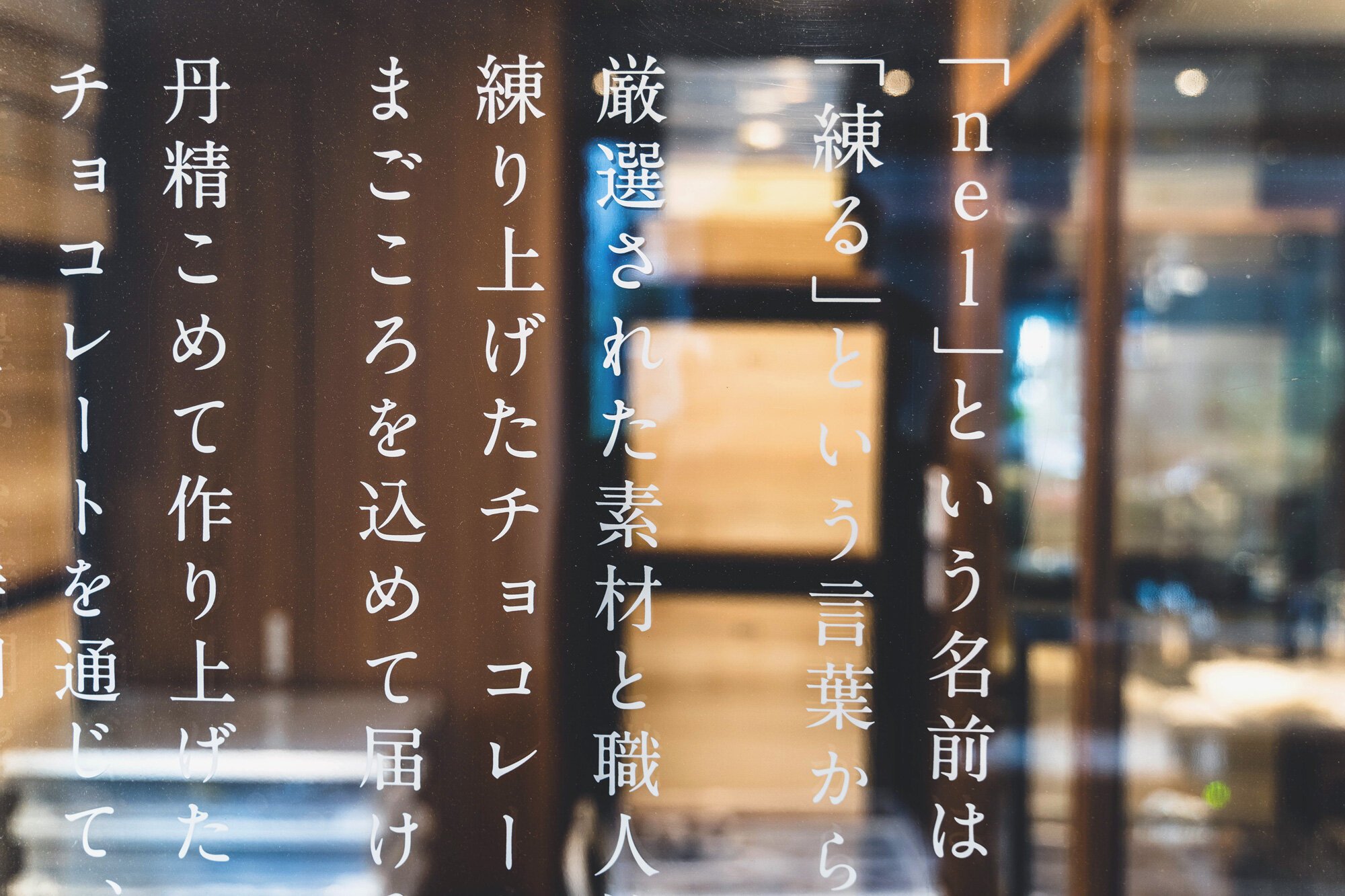
nel is a bean-to-bar, craft chocolate shop located in the Hamacho Hotel. Its name comes from “練る/ neru” in Japanese which is to knead.
The chief chocolatier here has studied under an international award winning chocolatier in Kyoto, worked as a sous-chef, as well as in patisserie in a Luxembourg, France.
They have coffee sets (972 JPY / ~ USD $8.85) and also have a range of different chocolates and chocolate tablets, and their high quality is easy to recognize and taste.
Ningyocho Imahan
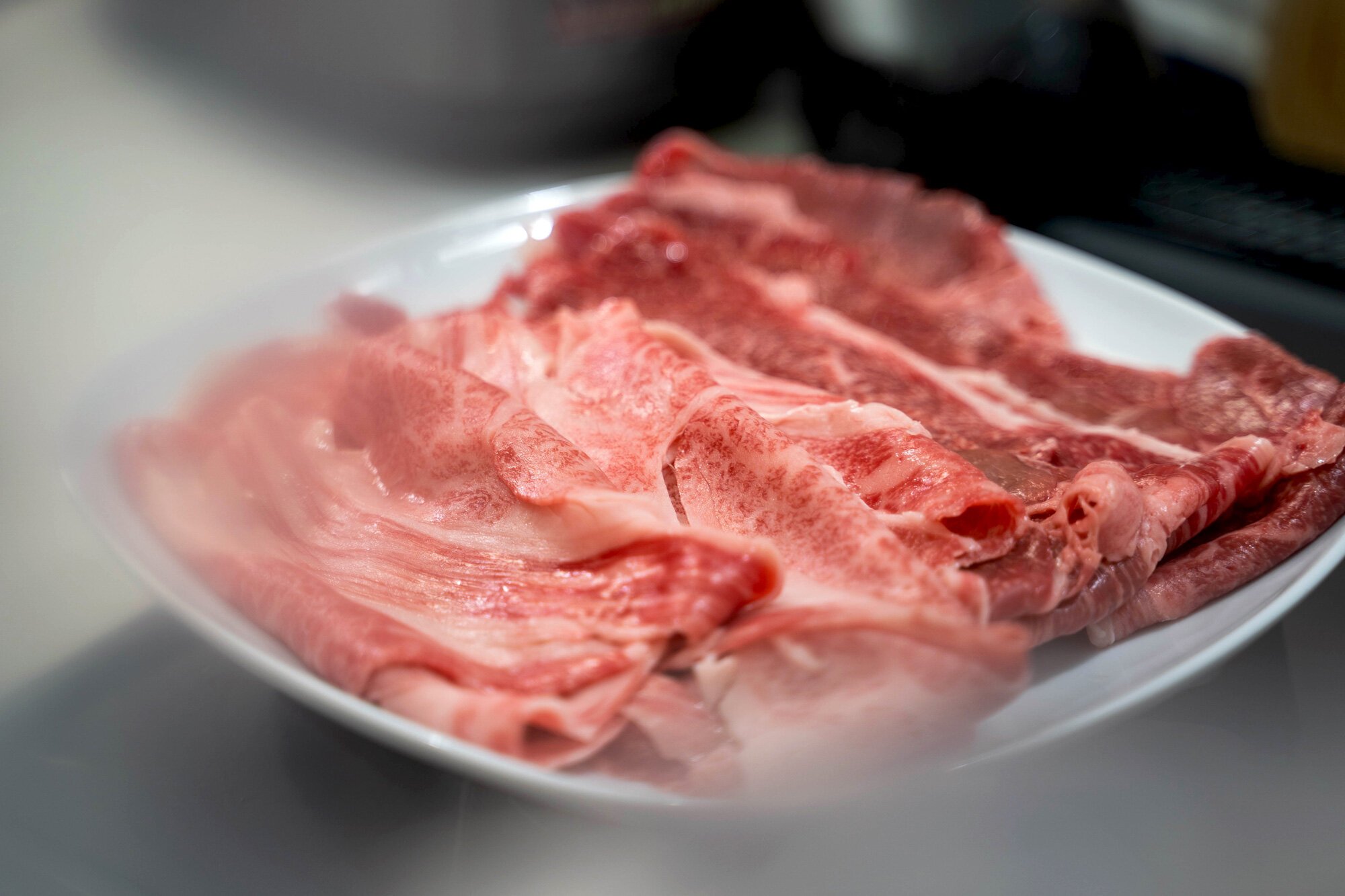
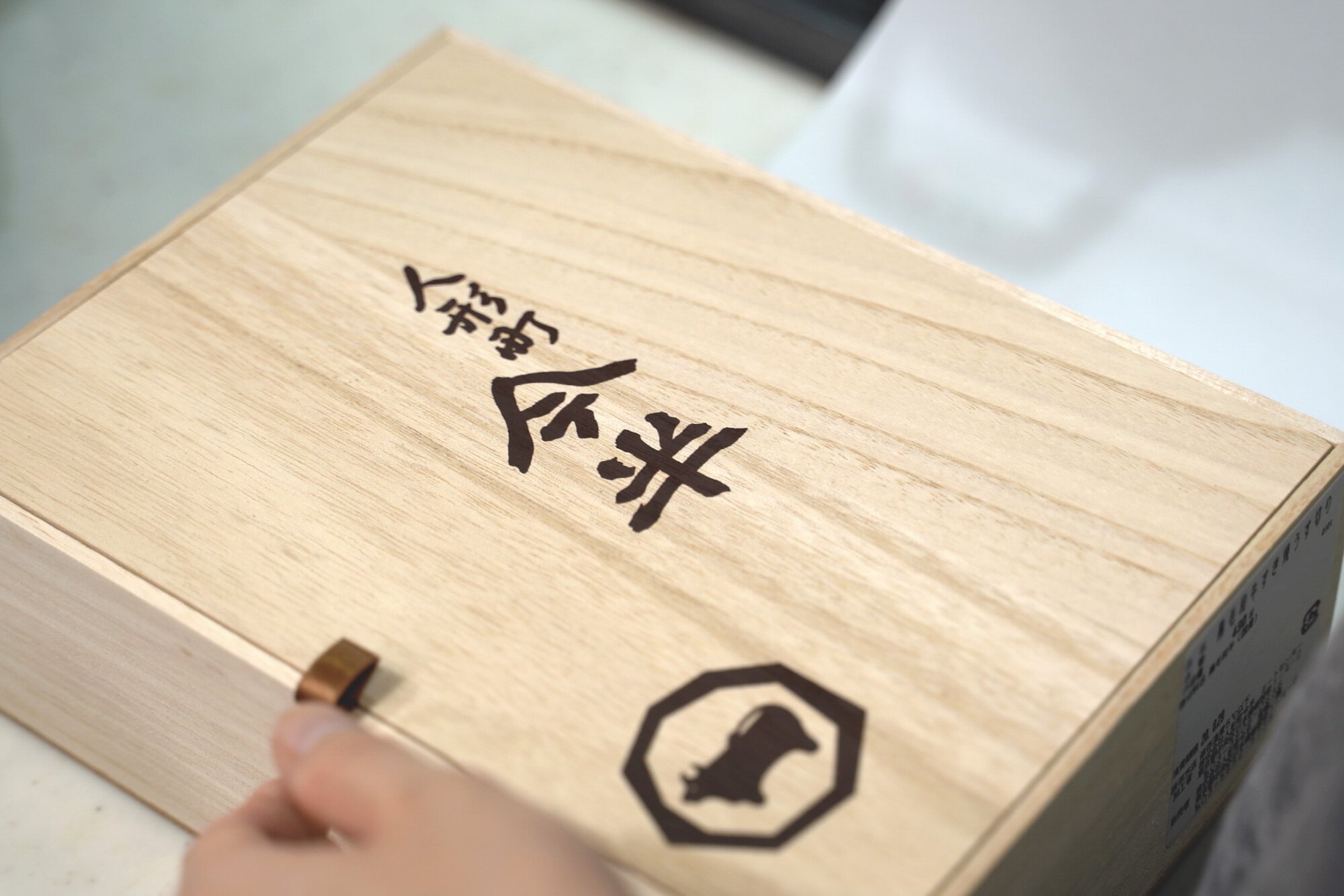
Famous for their Wagyu meals, Imahan dates back to 1895. They specialize in sukiyaki, but also prepare the beef in various different ways.
I can’t comment on actually eating at their restaurant because I haven’t, but they also sell the Wagyu at their meat shop. We were gifted a box and it was nothing short of amazing. We used it to make Kansai-style sukiyaki - here’s a video of that.
Itadaki
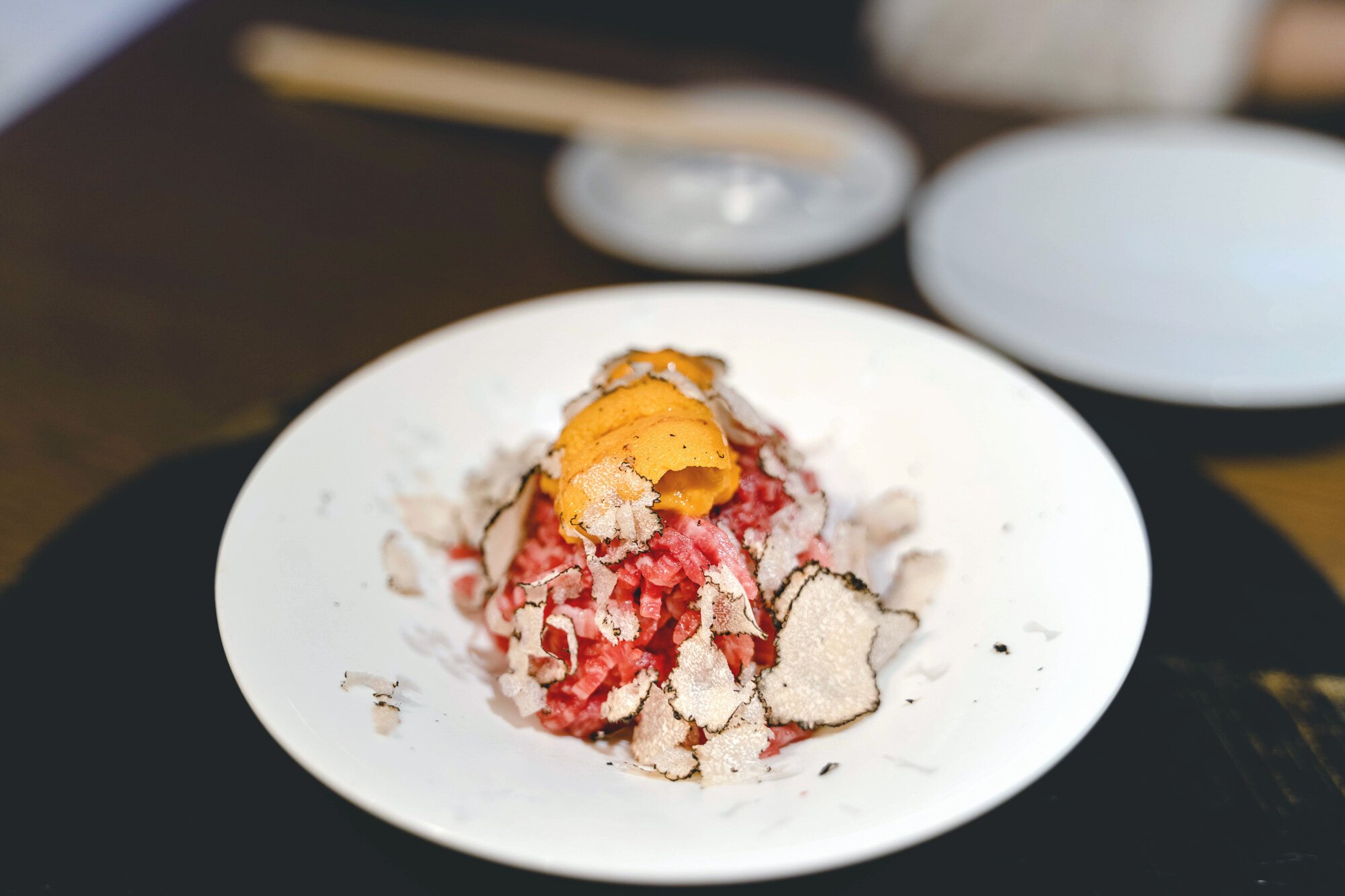
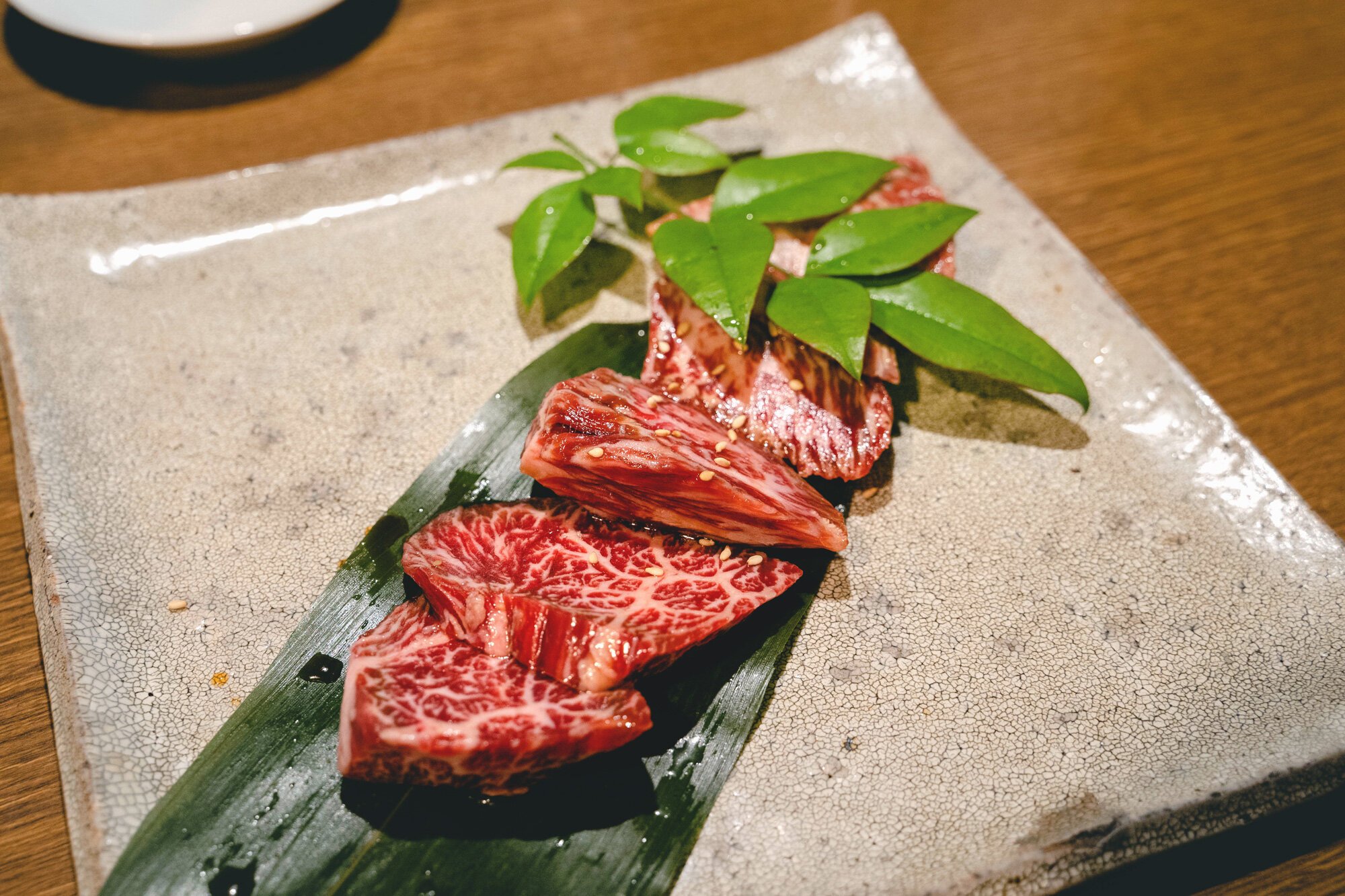
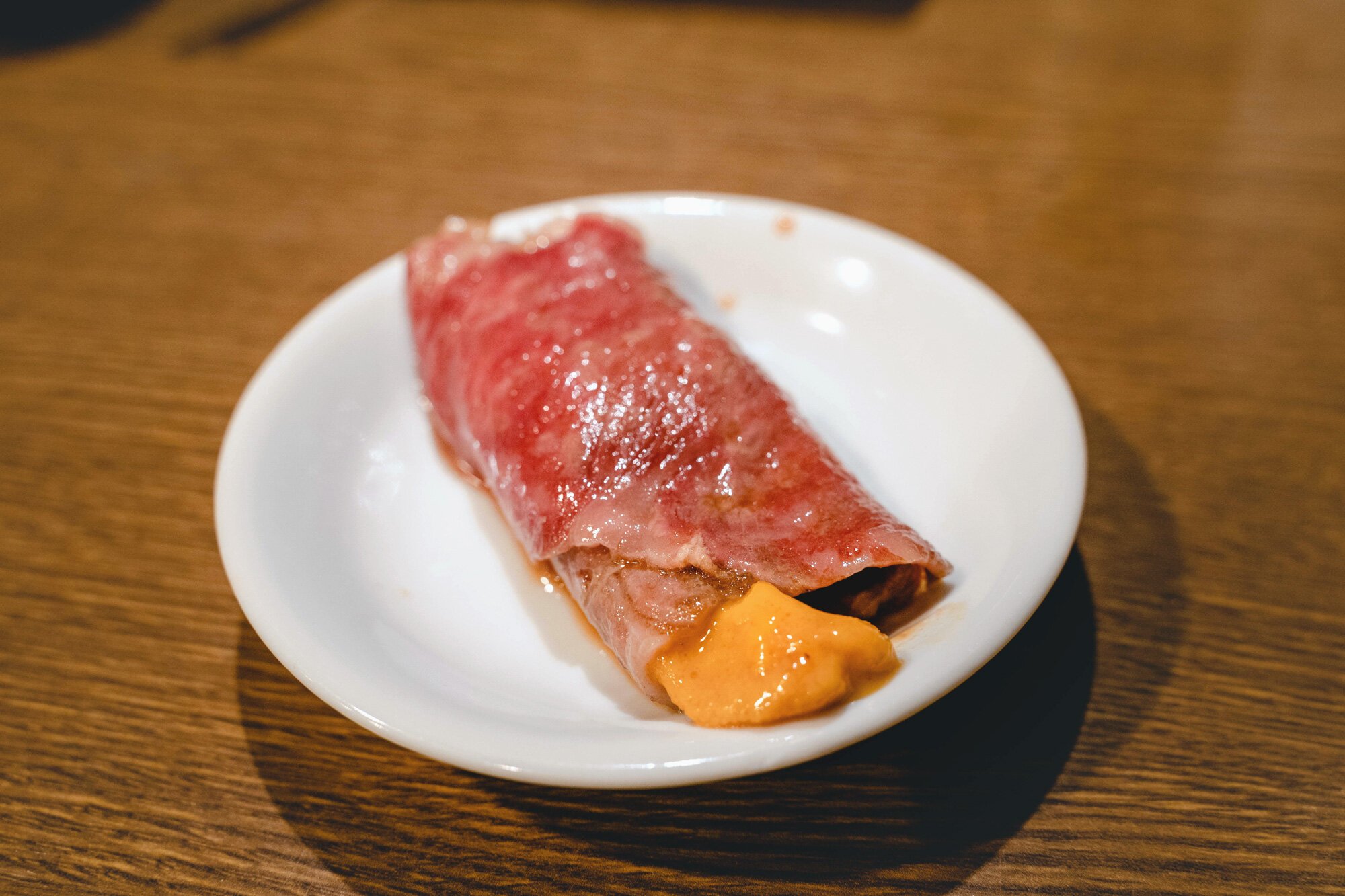
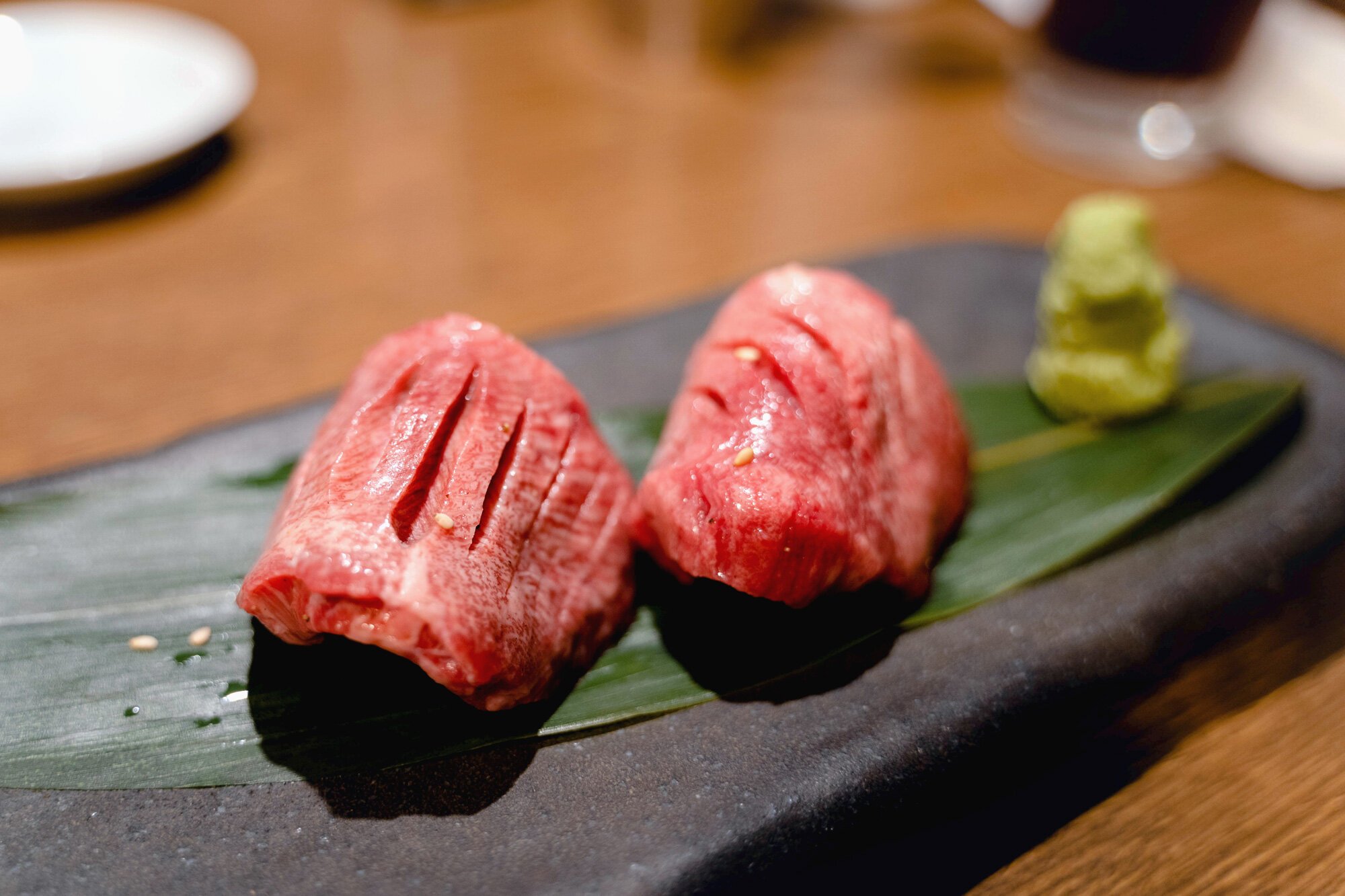
Itadaki is a yakiniku restaurant that specializes in Tajima and Kobe Wagyu beef.
Rated as a very popular yakiniku resturant on Japanese review app Retty, everything here is delicious. The raw beef items may not appeal to everyone, but I highly suggest trying them out as well.
Like most good yakiniku spots, it can get a bit pricey (uni-topped loin is 2,500 JPY / ~ USD $23) but I definitely recommend trying this place out if you’re looking for some good yakiniku in the area.
Unison Tailor
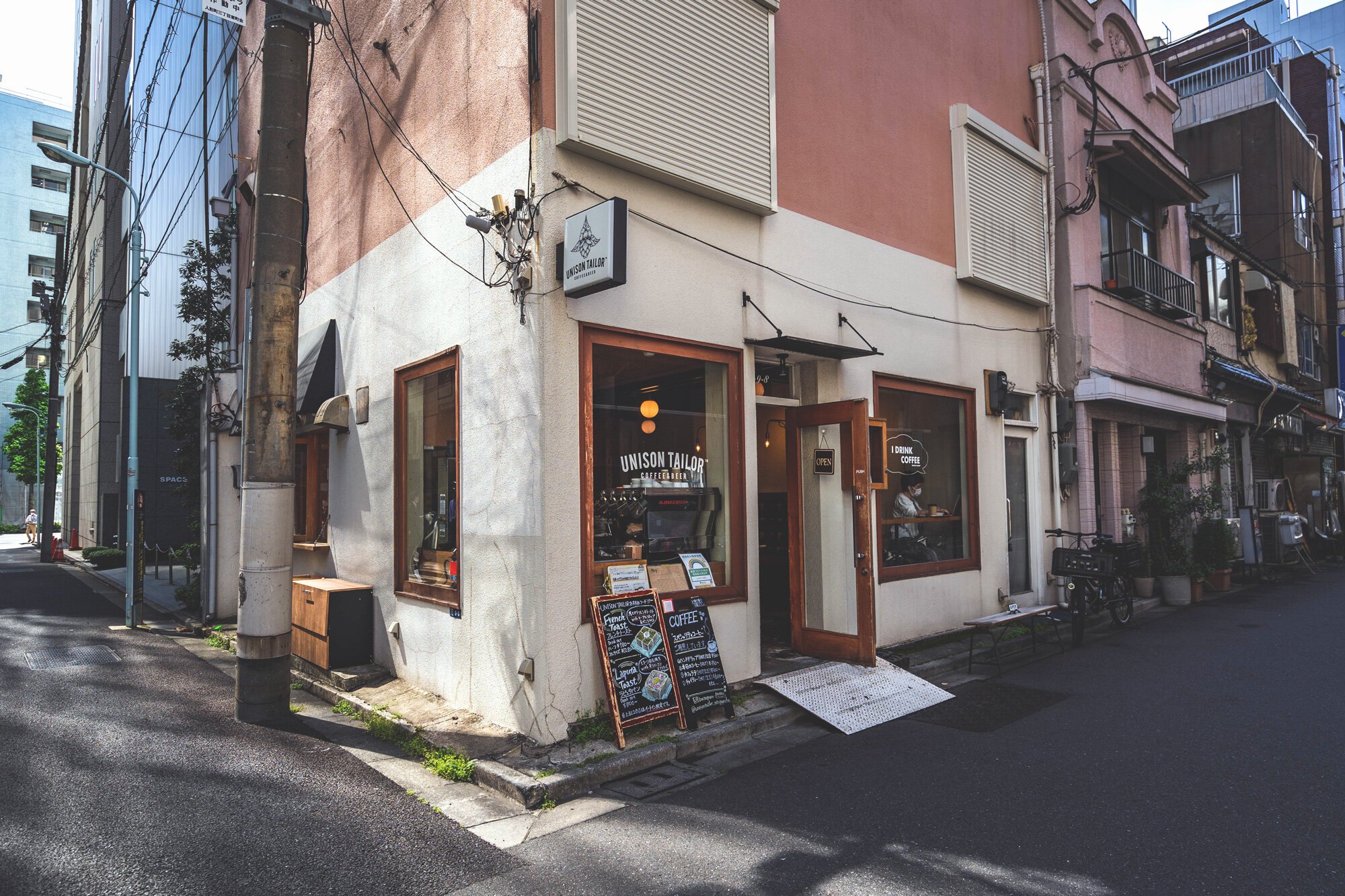
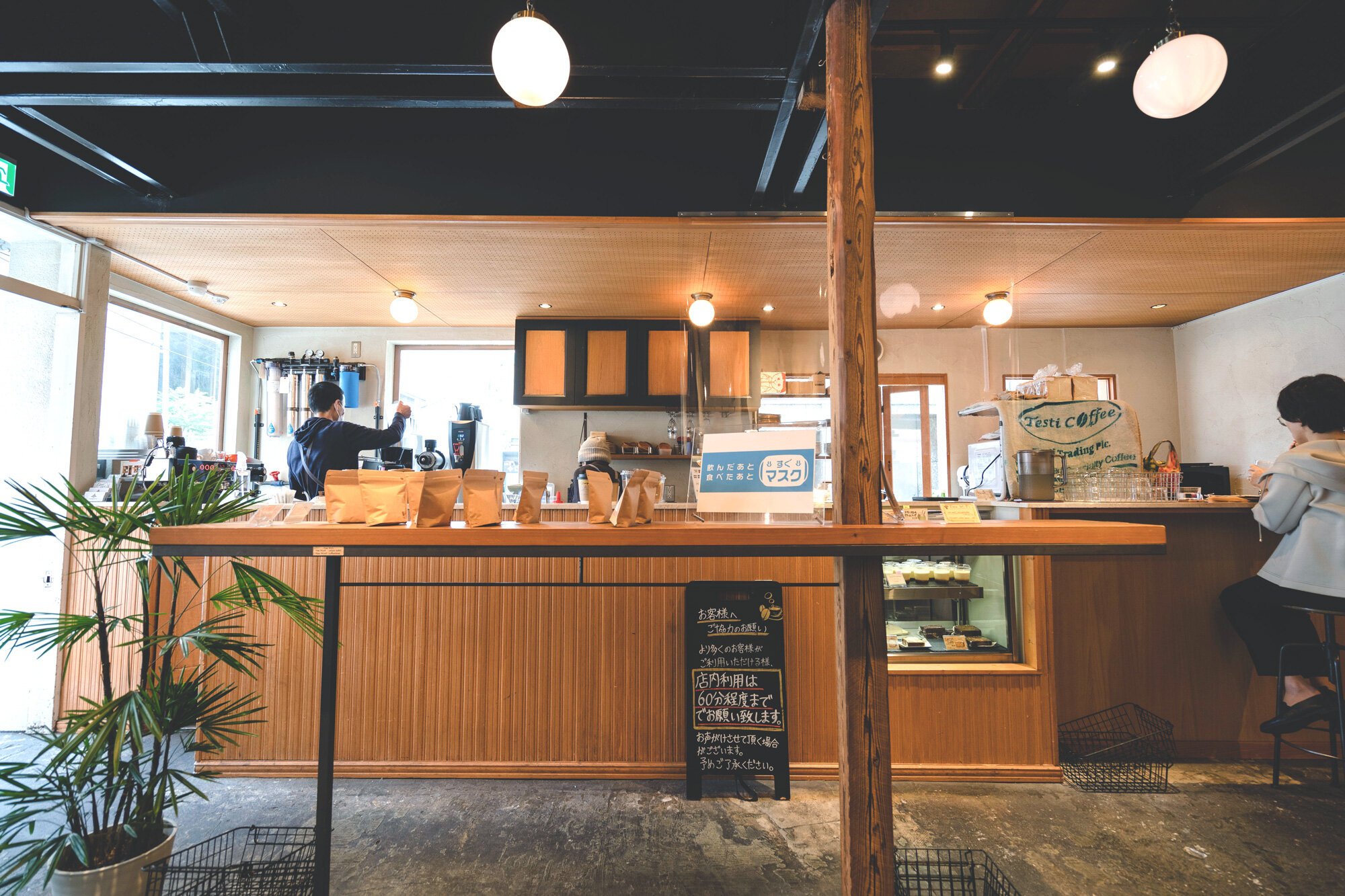
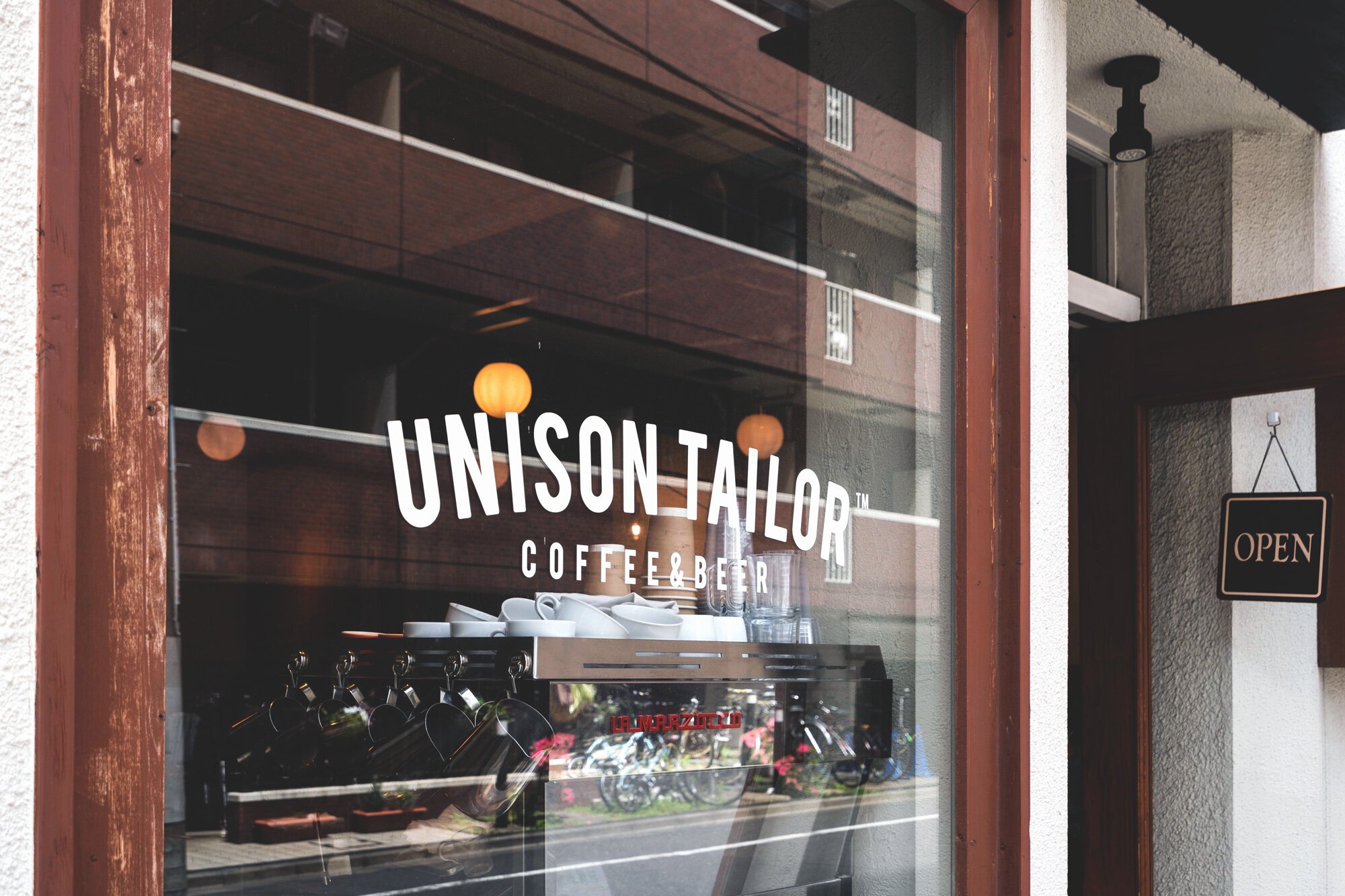
If you’re walking around and exploring the neighborhood, you inevitably will need to take a break. We took ours at Unison Tailor, a small coffee shop.
The shop has a several tables and a small bar counter facing the window. Their menu ranges from baked goods to hot dogs and toast.
We stopped for cups of coffee, which are about 500 JPY (~ USD $4.55), and a flan pudding. Worth hopping in here if you’re looking to take a little break.
Keep in touch:
More travels:
Akihabara, Tokyo: The Non-Otaku Guide
A manga, anime and electronics hub, Akihabara is known for otaku culture. But there are other things to see and do here - here’s some that I recommend.
Akihabara is an entertainment hub in Tokyo
It is known for otaku geek culture
With many train lines going through the area, it’s convenient
Manga, anime, electronics, maid cafes, Japanese “idols” - Akihabara is Japan’s central hub for all things otaku, or geek.
It probably puts me in the minority of foreigners living in Japan, but despite interning at VIZ Media in college, I don’t really have an interest in manga or anime related things.
I’ll share my Akihabara experience here just in case some of you are looking for a different Akihabara. If you’re just looking for food recommendations, skip to the bottom.
How to get there
Akihabara Station has multiple lines running through it. The two most convenient and most used are the Yamanote Line and Chuo-Sobu Line. The Hibiya subway line also runs through here, and the Ginza Line goes to nearby Suehirocho Station, which is also in the Akihabara area.
About Akihabara
Akihabara is located on the eastern side of Tokyo and has traditionally been an area of commerce.
In the late 1800s, it was a freight hub with a large, wholesale market for fruits and vegetables. In the 1920s, radio component merchants began to prosper. After World War II, the black market came alive due to lack of government authority, which sparked the growth of businesses and subcultures. In the 1950s, vinyl record shops lined the streets and Akihabara continued to develop into the electronics and subculture hub that it is today.
Akihabara is a town for otaku, or obsessive geeks that tend to be on the extreme side. It’s known today as the capital for Japanese manga and anime. Themed cafes, maid cafes, probably a bunch of other peculiar cafes, young girl “idol” concerts, “gacha gacha” toy dispensers, various vending machines, figuring shops and more can be found in this area.
The crowd is, well, what you’d expect. As a visiting friend put it, “You can’t tell Japan has a low birth rate problem, but looking around here, it all makes sense.”
Straightforward, but you’ll notice the crowd here looking quite different from other areas in Tokyo.
Where we stayed
Akihabara is a pretty convenient place to stay. Around a 5-10 minute walk from both Akihabara and Suehirocho stations is Nohga Hotel Akihabara.
This is the second in their hotel line, and they’re very focused on being local. A lot of the interior decorations are from nearby areas, and the decorations also reflect the electronics and music scene of the area.
We stayed in their Deluxe Twin room, their biggest, and everything here was great. Staff were nice, food downstairs was great, and they have a nice bar to come back to and wind down the day. I have a feeling this hotel will become more and more popular for tourists.
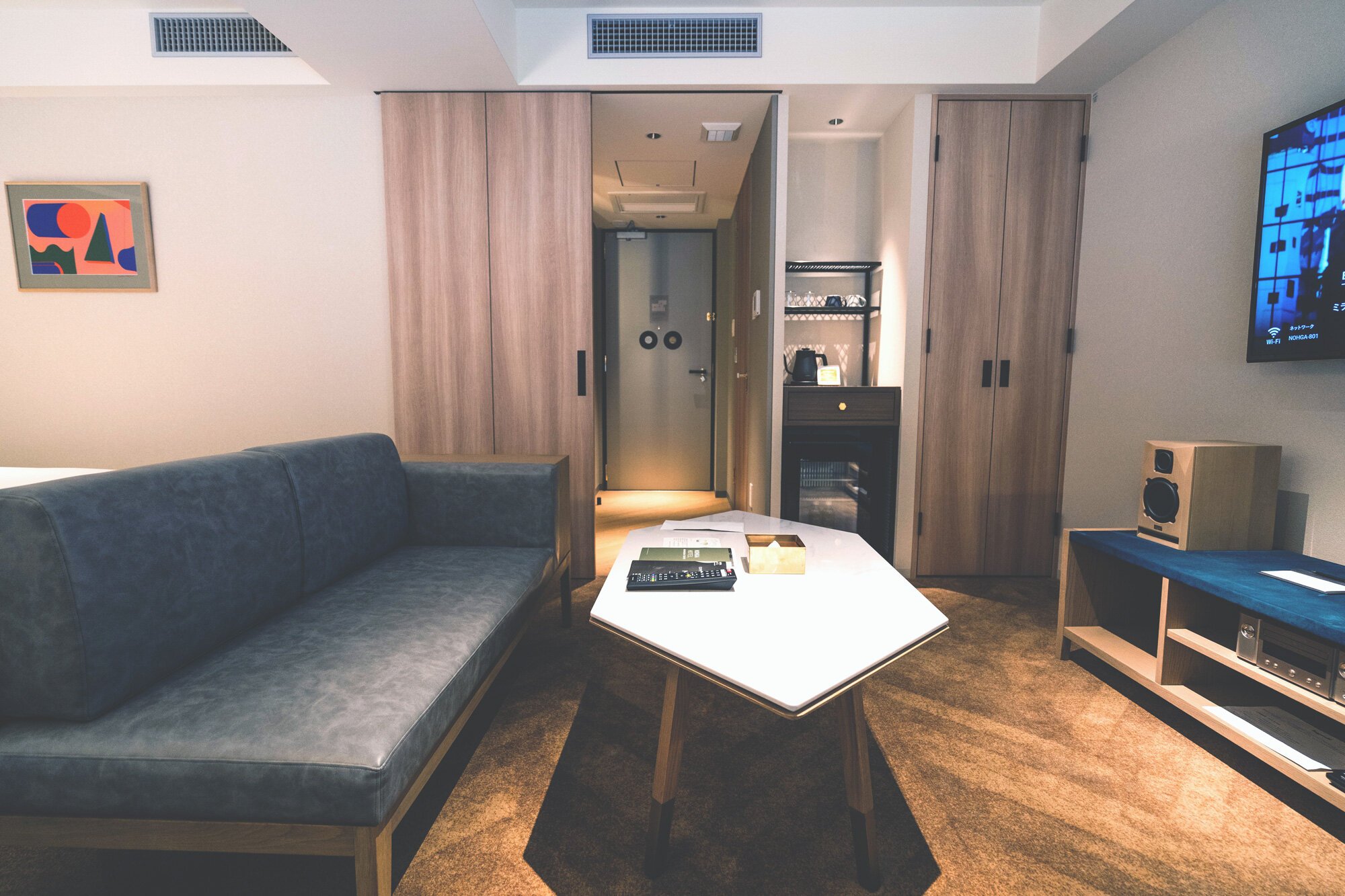
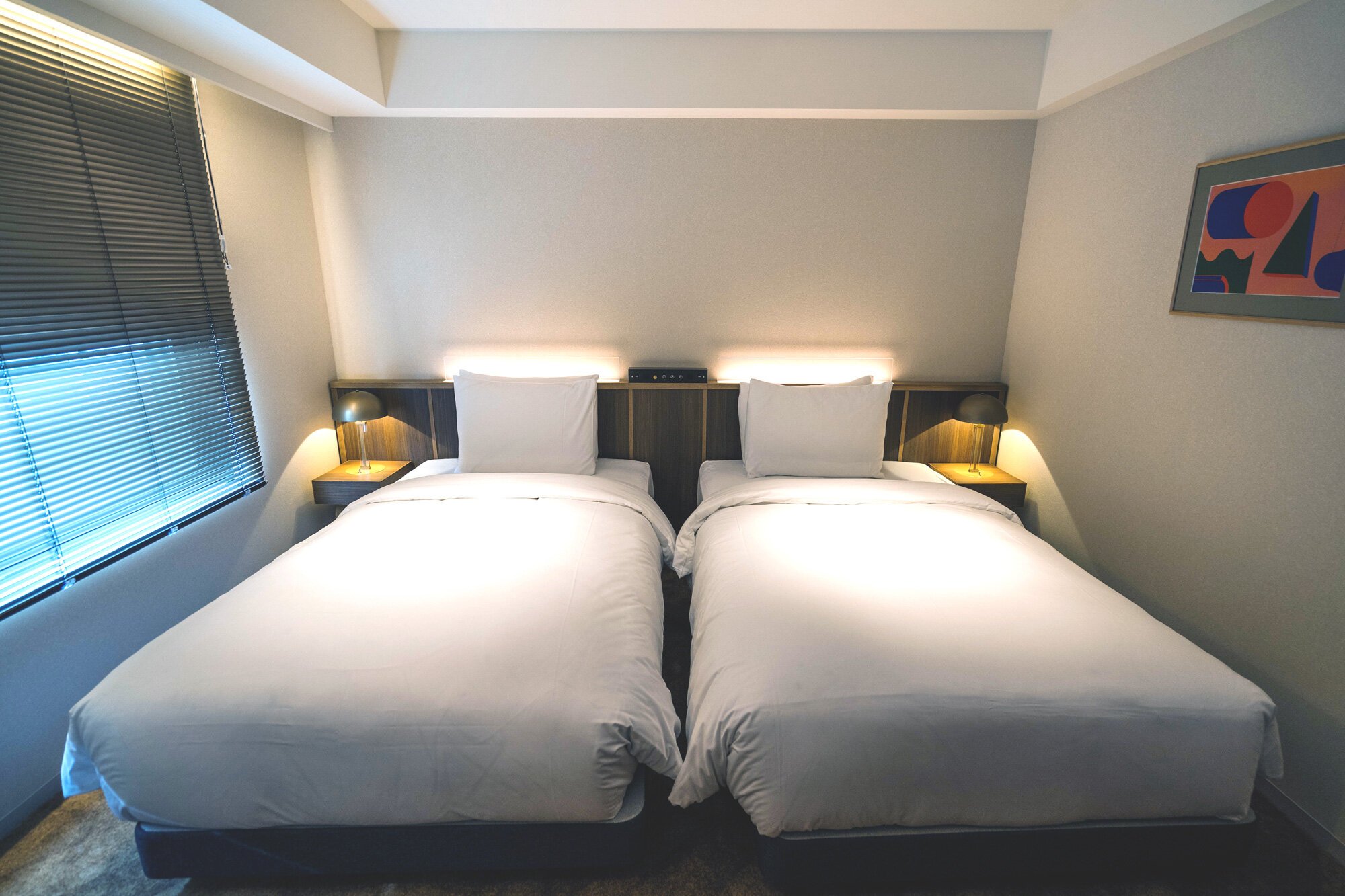
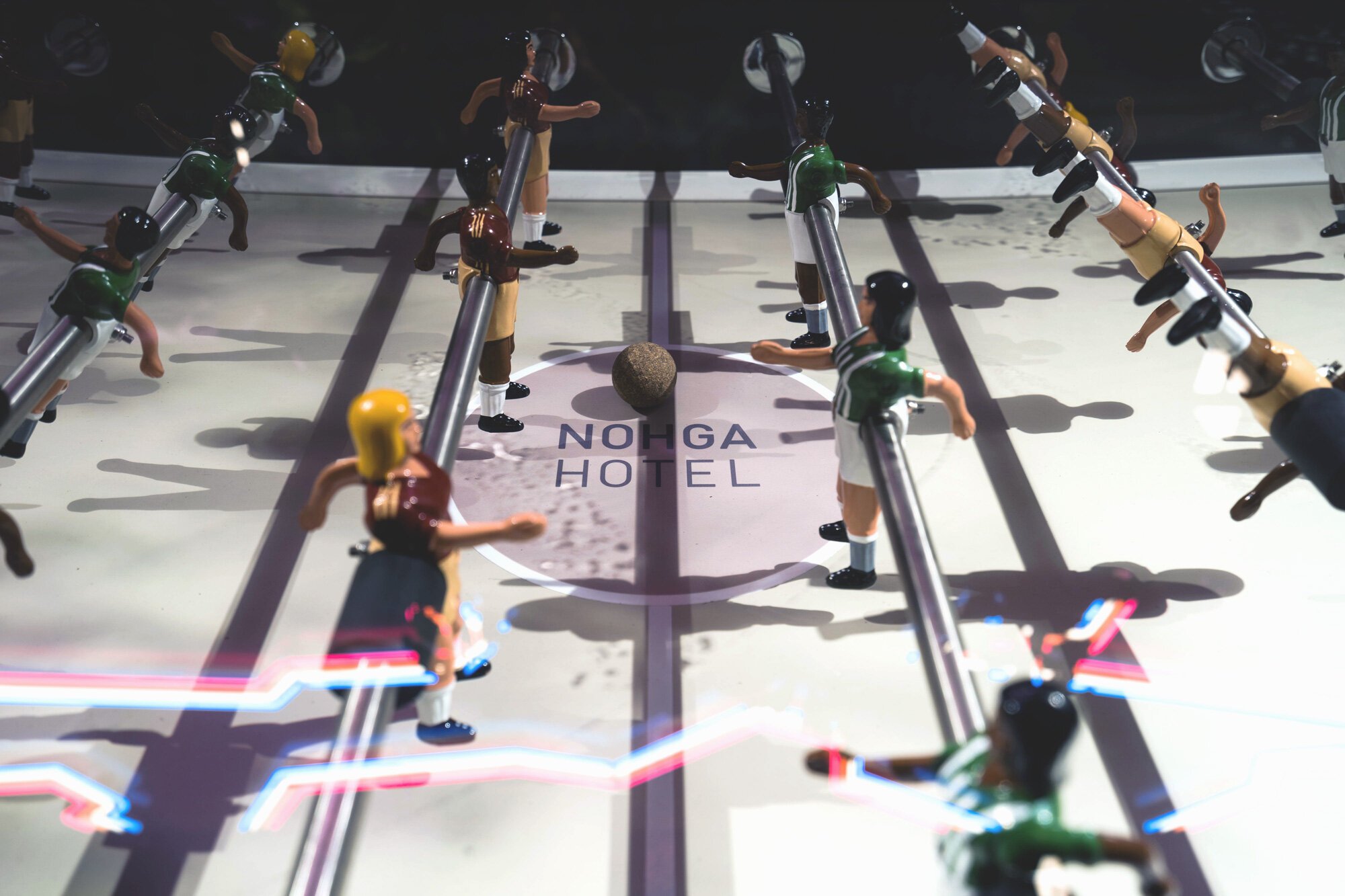

After renovating and repurposing Manseibashi, an old train station, into a mall called mAAch ecute, it became one of the more “adult” destinations in the area.
Underneath the old tracks, between pillars, are small shops of smaller, up and coming designers. There’s also a small model of the Akihabara area when the station was still in use. Small tables and chairs line the riverside, and it’s a nice place to go in the evening.
https://www.ecute.jp/maach [J]
MAP
2k540 Aki-Oka Artisan
We didn’t get to it this time, actually, but there’s something similar on the north side of Akihabara called 2k540 Aki-Oka Artisan.
It’s another under-tracks area that has been repurposed into a gallery of about 50 boutiques that sell miscellaneous goods and handcrafted items.
The concept here aims to bring craftsmen and artisans back into the city center, giving people a chance to easily purchase locally made products.
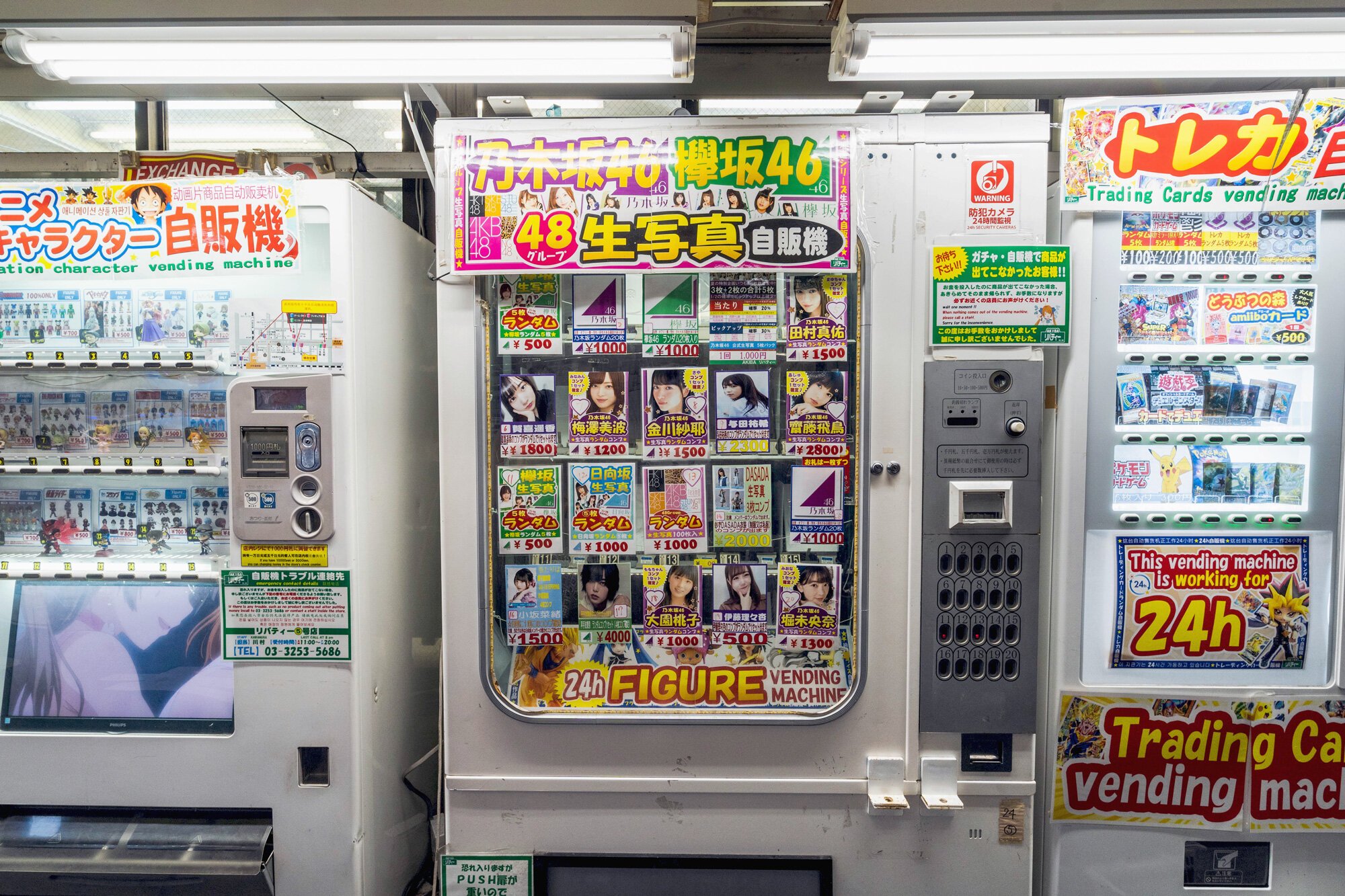
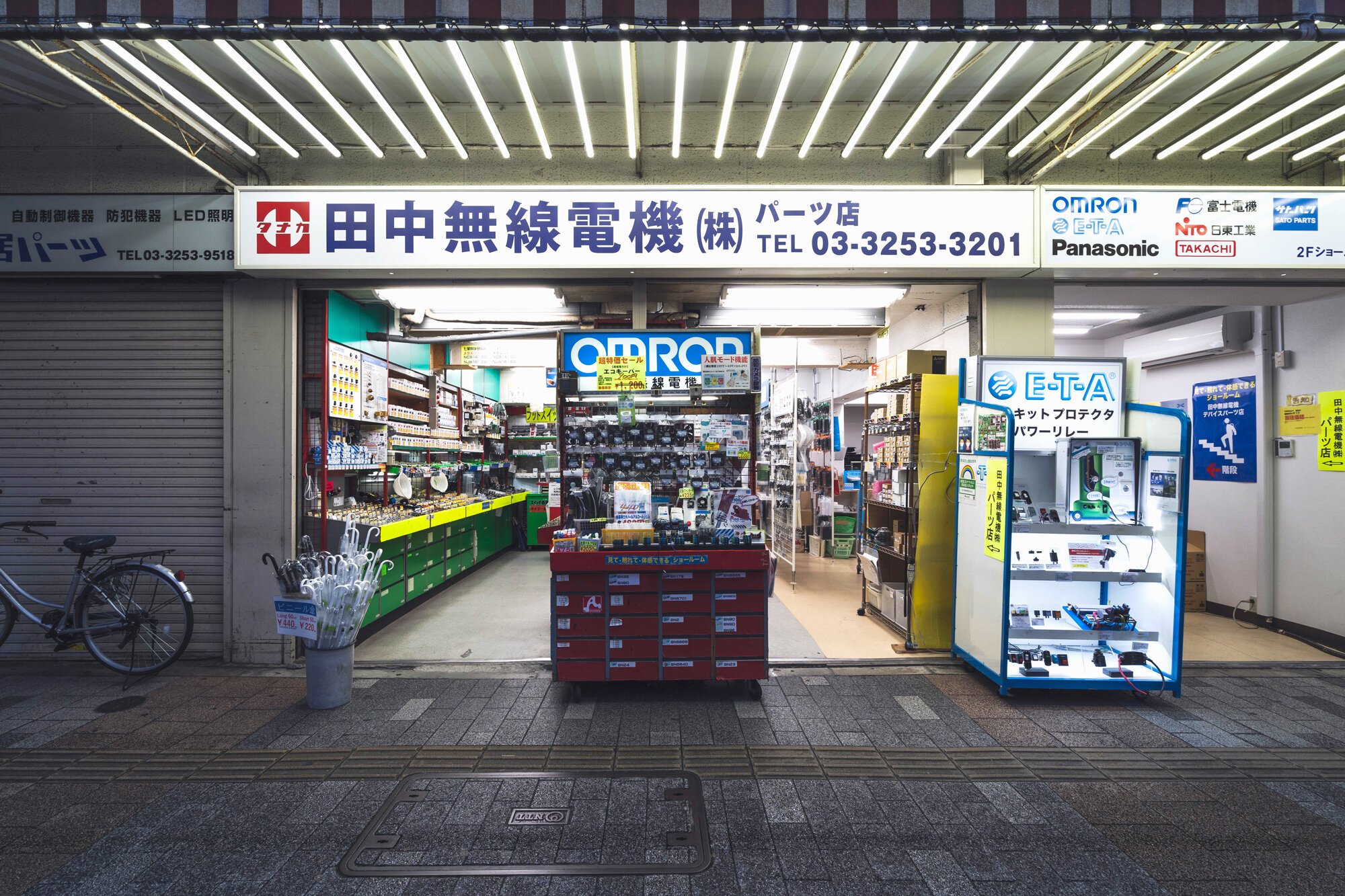
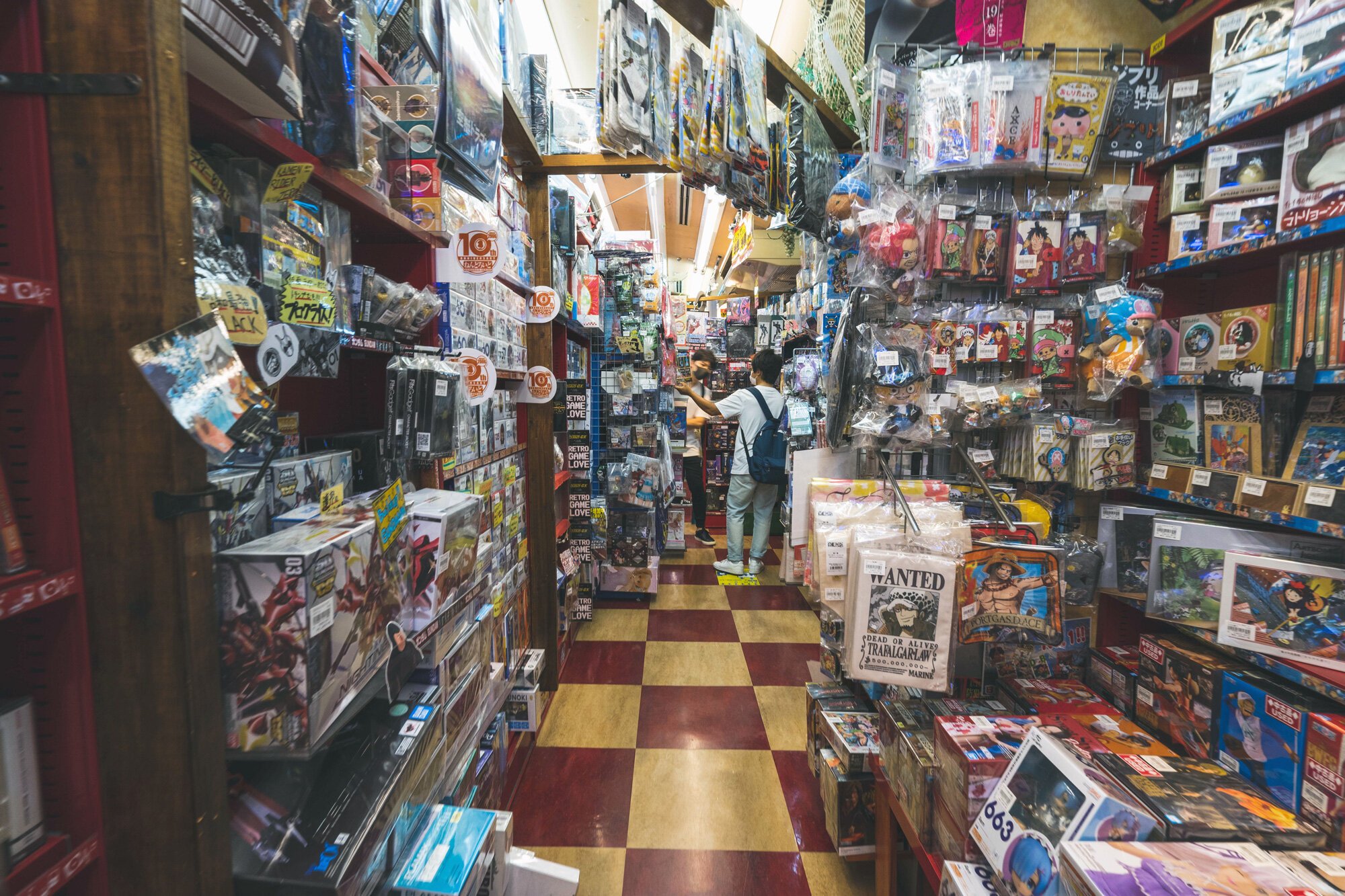
You don’t have to seek out electronic shops or the otaku vibe, you’re instantly surrounded by it as soon as you step out into Akihabara.
Some shops and street side vending machines are interesting to stop and look at as they really are a different world.
Kanda Myojin Shrine
On the eastern side of Akihabara, towards the Ochanomizu area, is Kanda Myojin. It’s one of the more popular shrines, especially around New Year’s, as it’s a go-to place to pray for business prosperity in the year.
The shrine sits up top a hill, so you’ll have to climb up the Myojin Otoko-zaka stairs.
Otsu Coffee
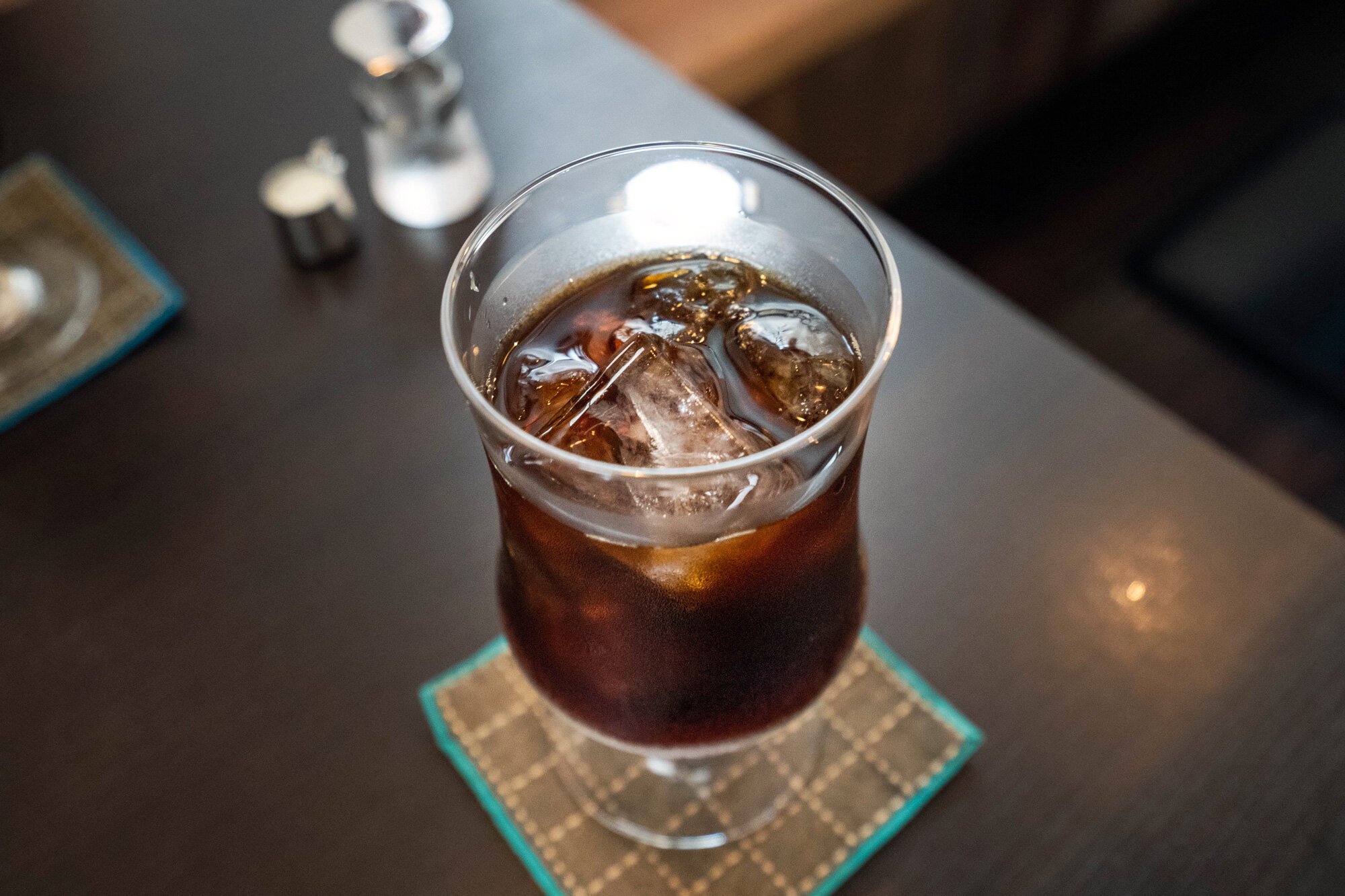
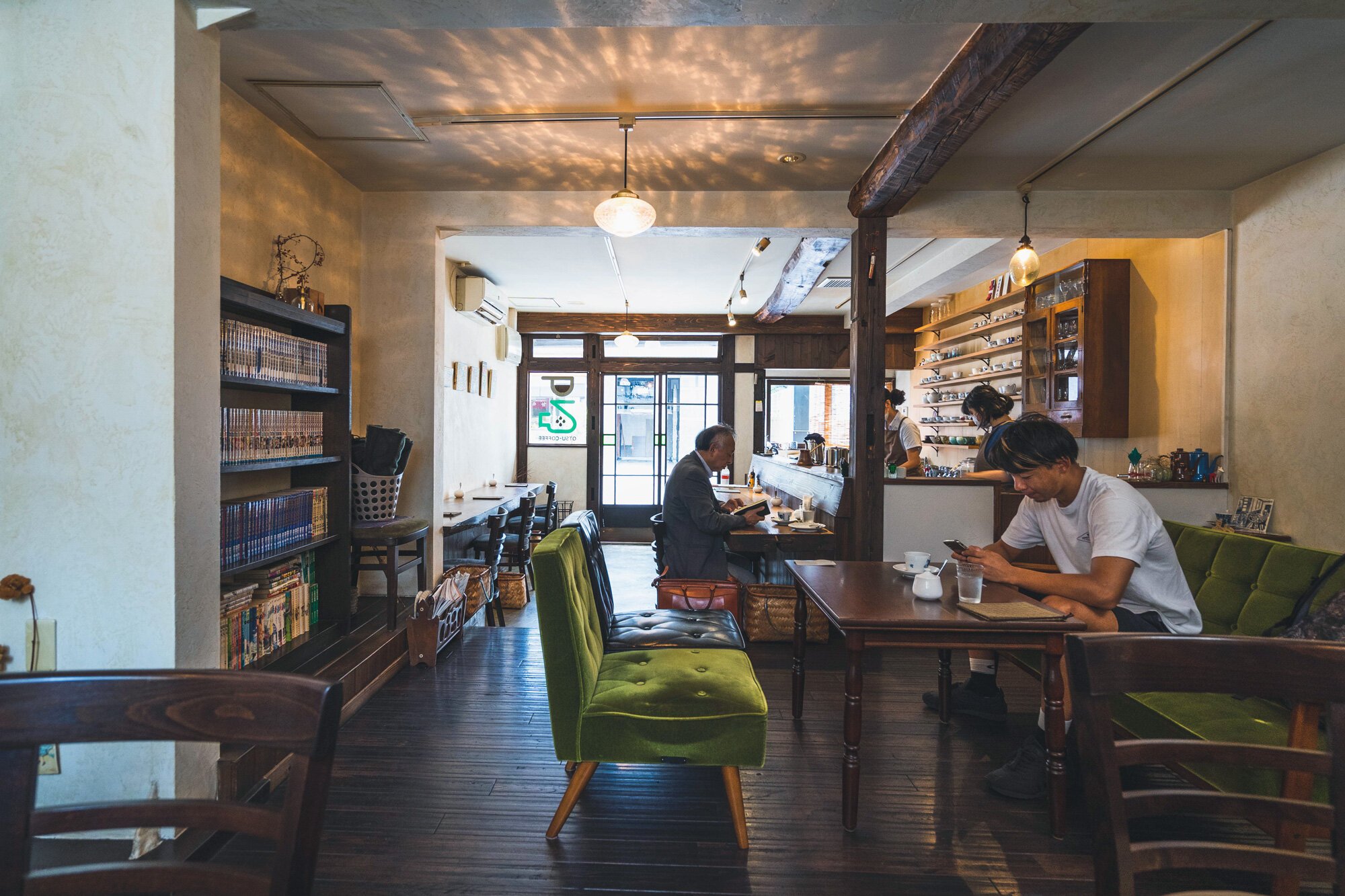
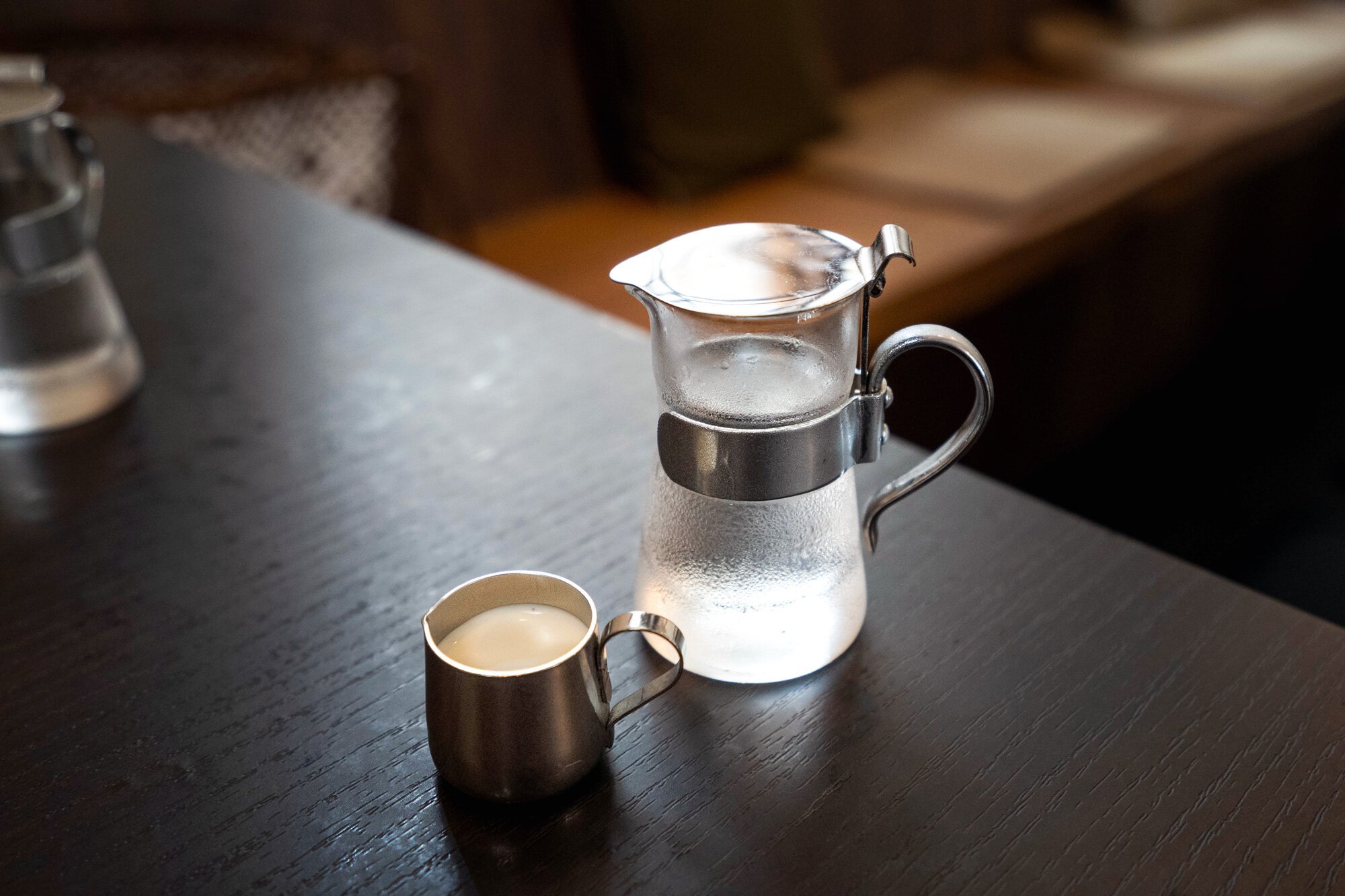
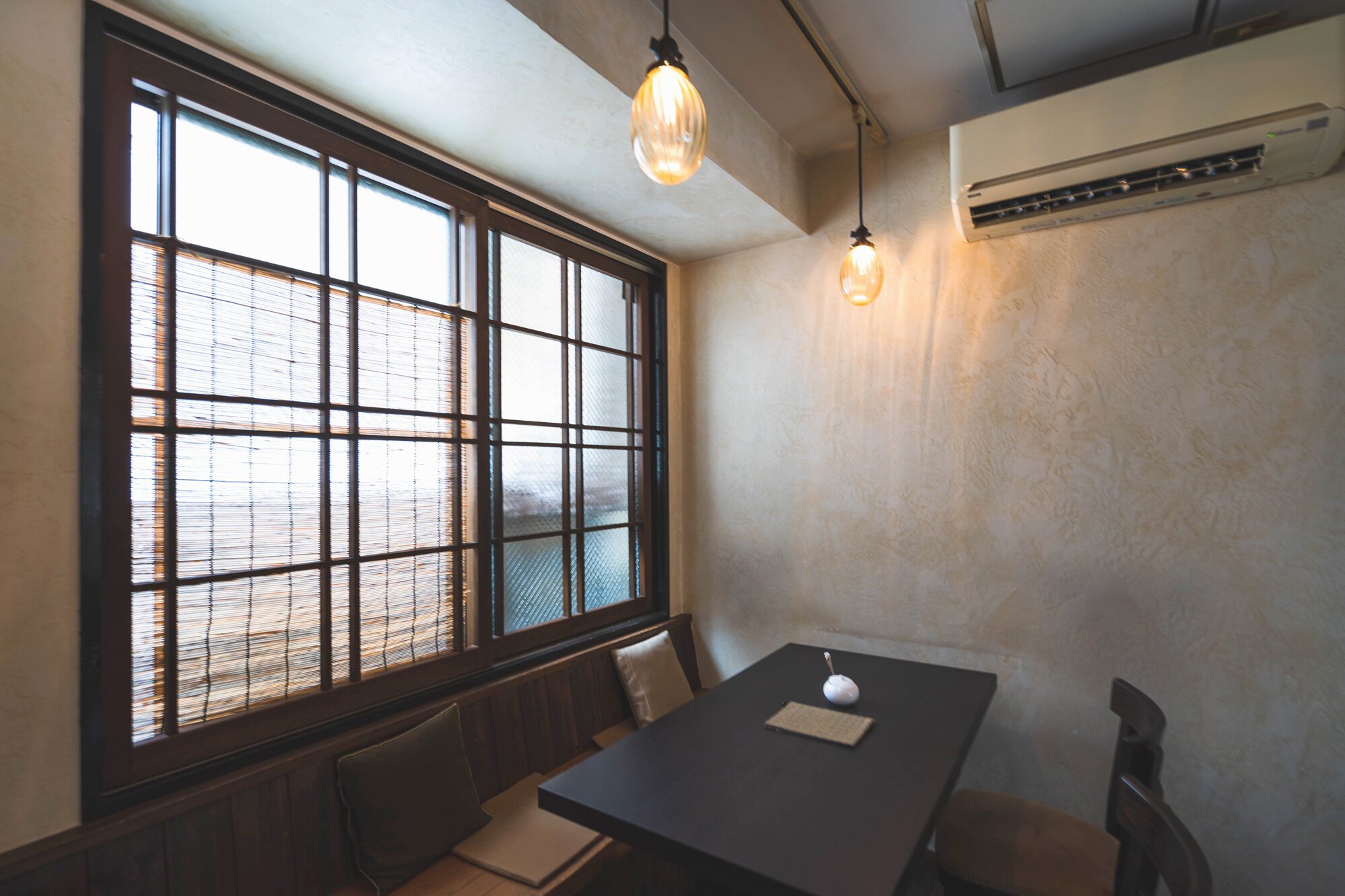
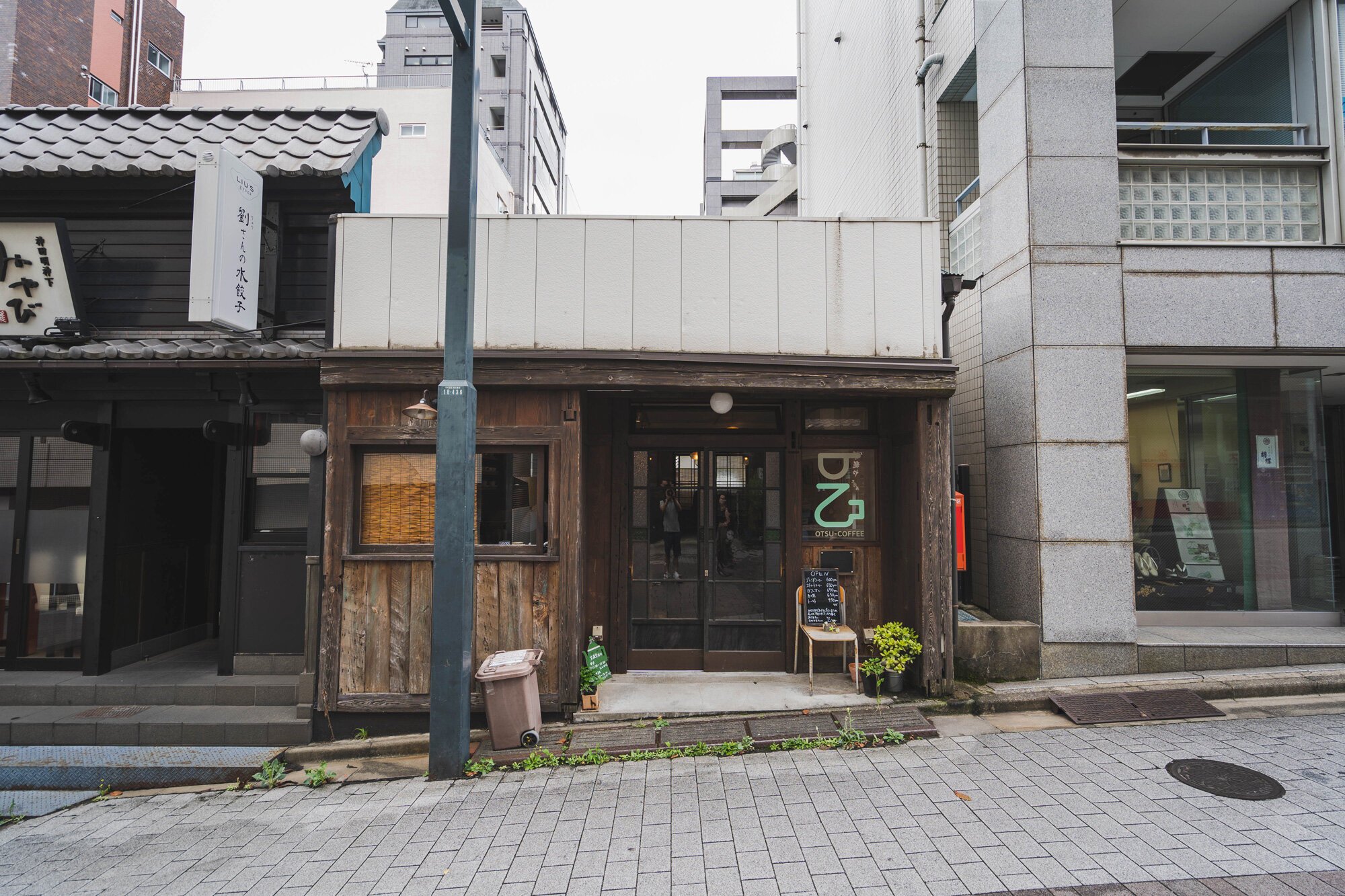
Otsu Coffee is a popular kissaten coffee shop along the main path to Kanda Myojin Shrine. It’s rated as a 2-star popular cafe on Japanese review app Retty.
A smaller, older building, the cafe isn’t some trendy, go-to spot with people posing with their drinks. With shelves of cups behind the bar, the baristas steadily pour each cup as guests quietly sit and read, perhaps one of the manga from the in-store shelf.
Namaiki
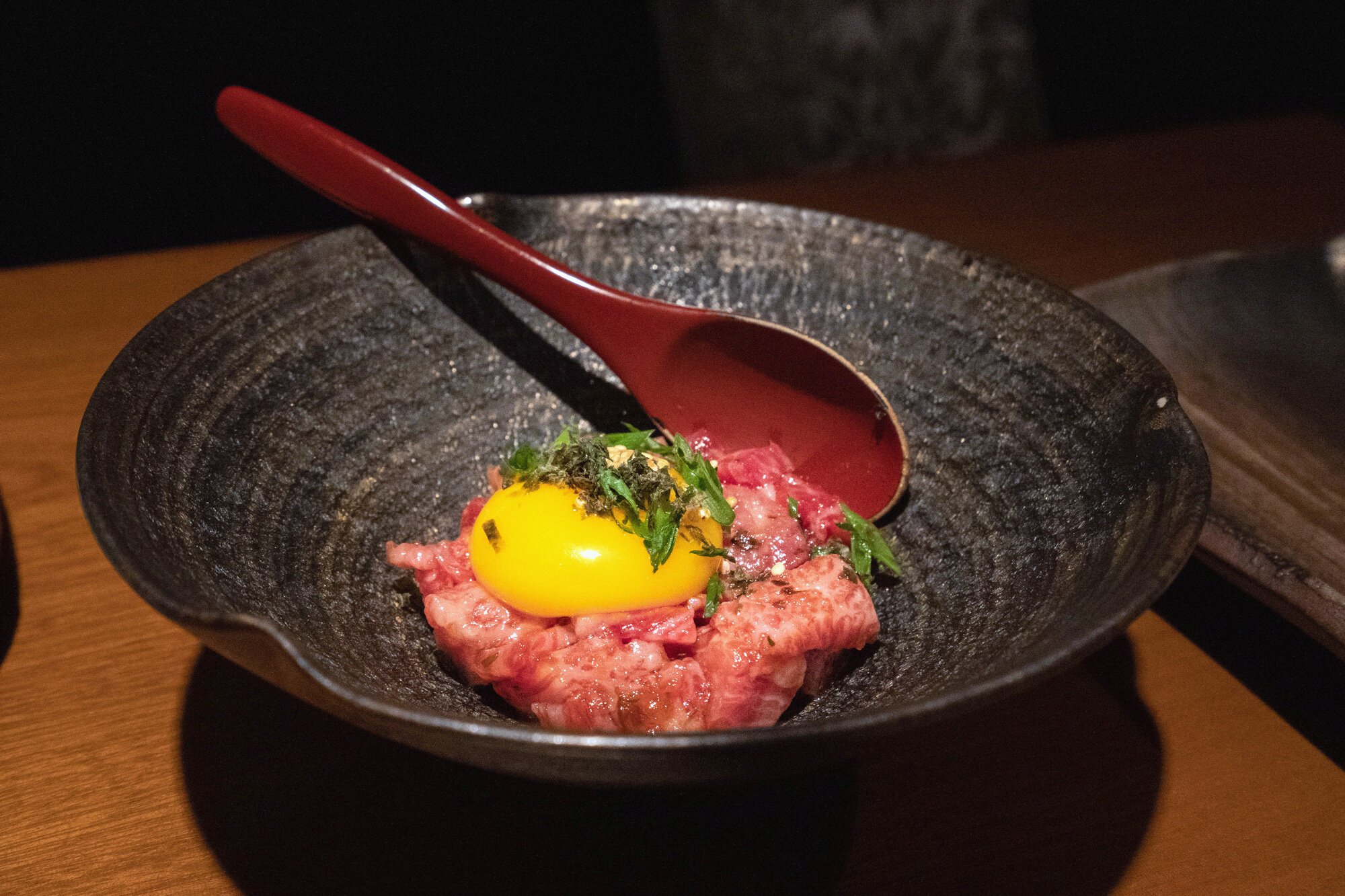
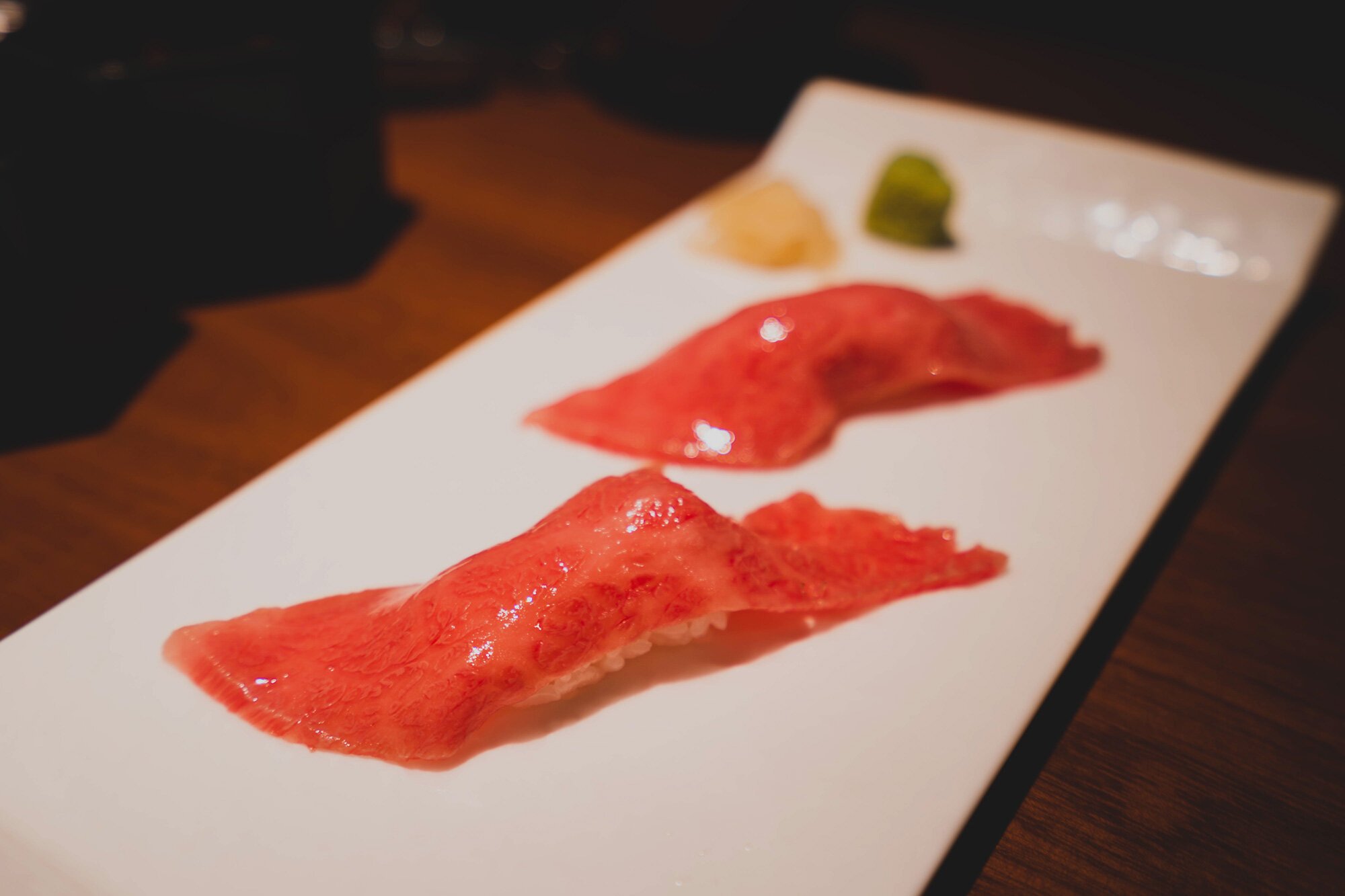
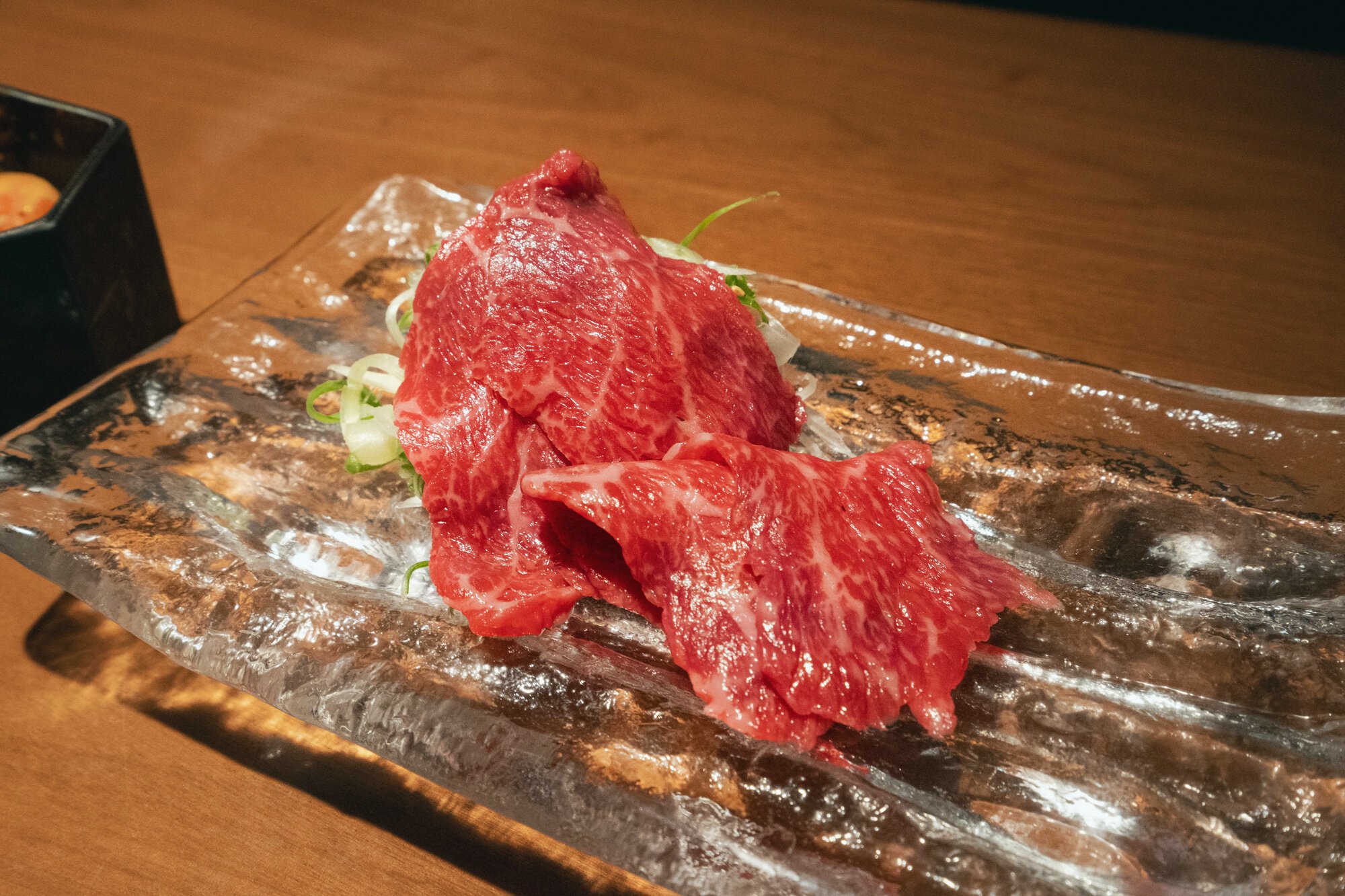
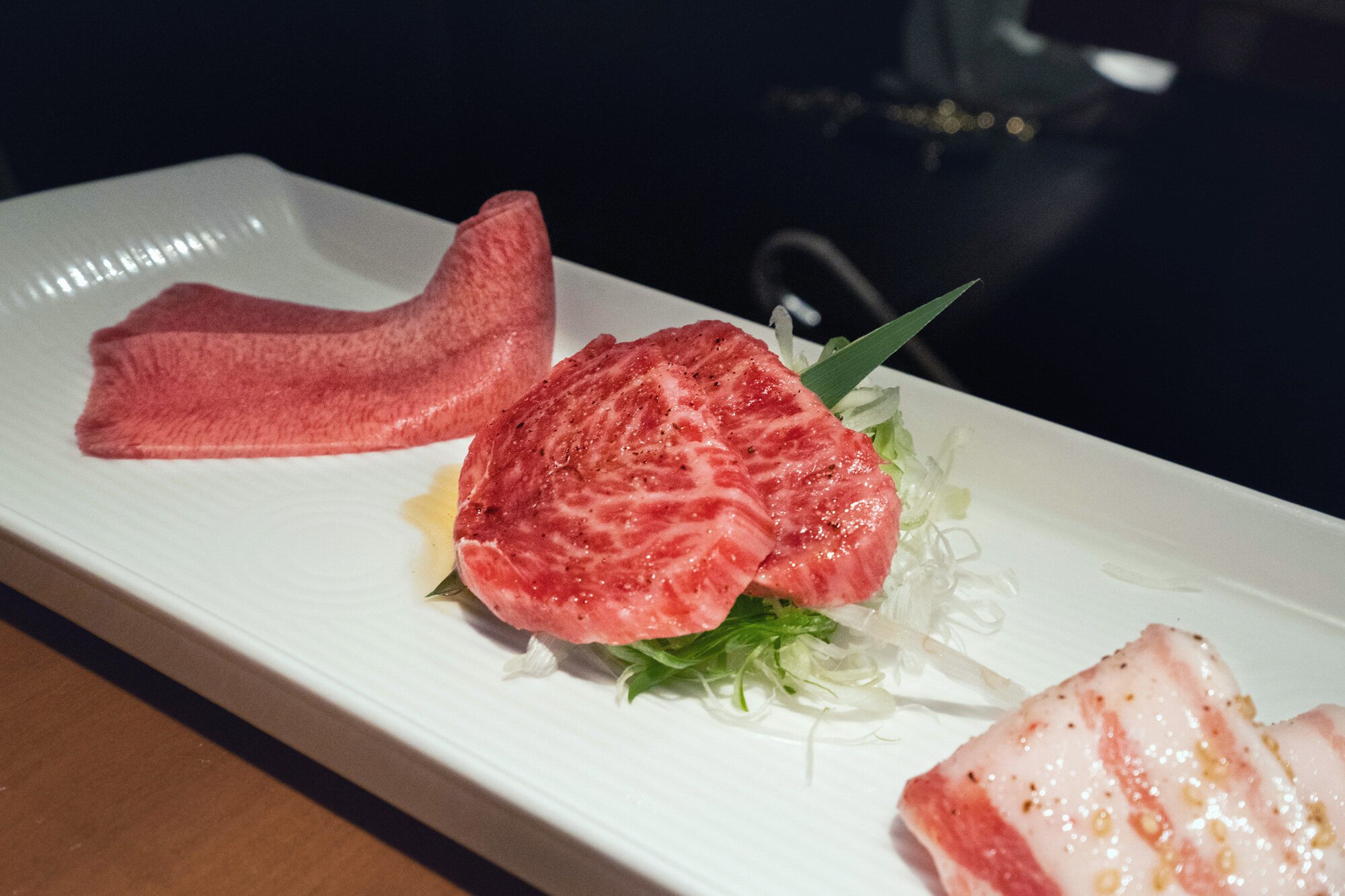

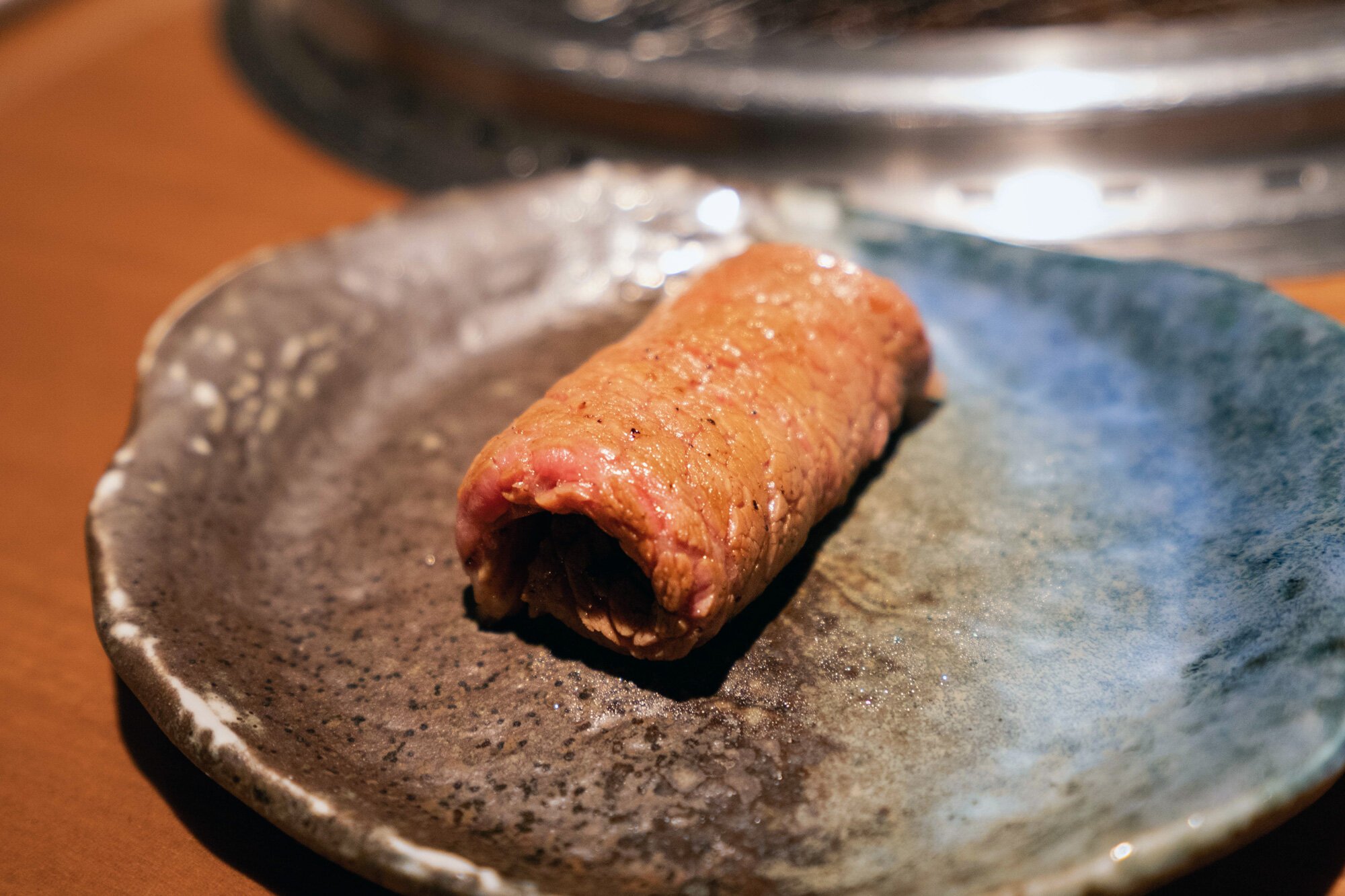
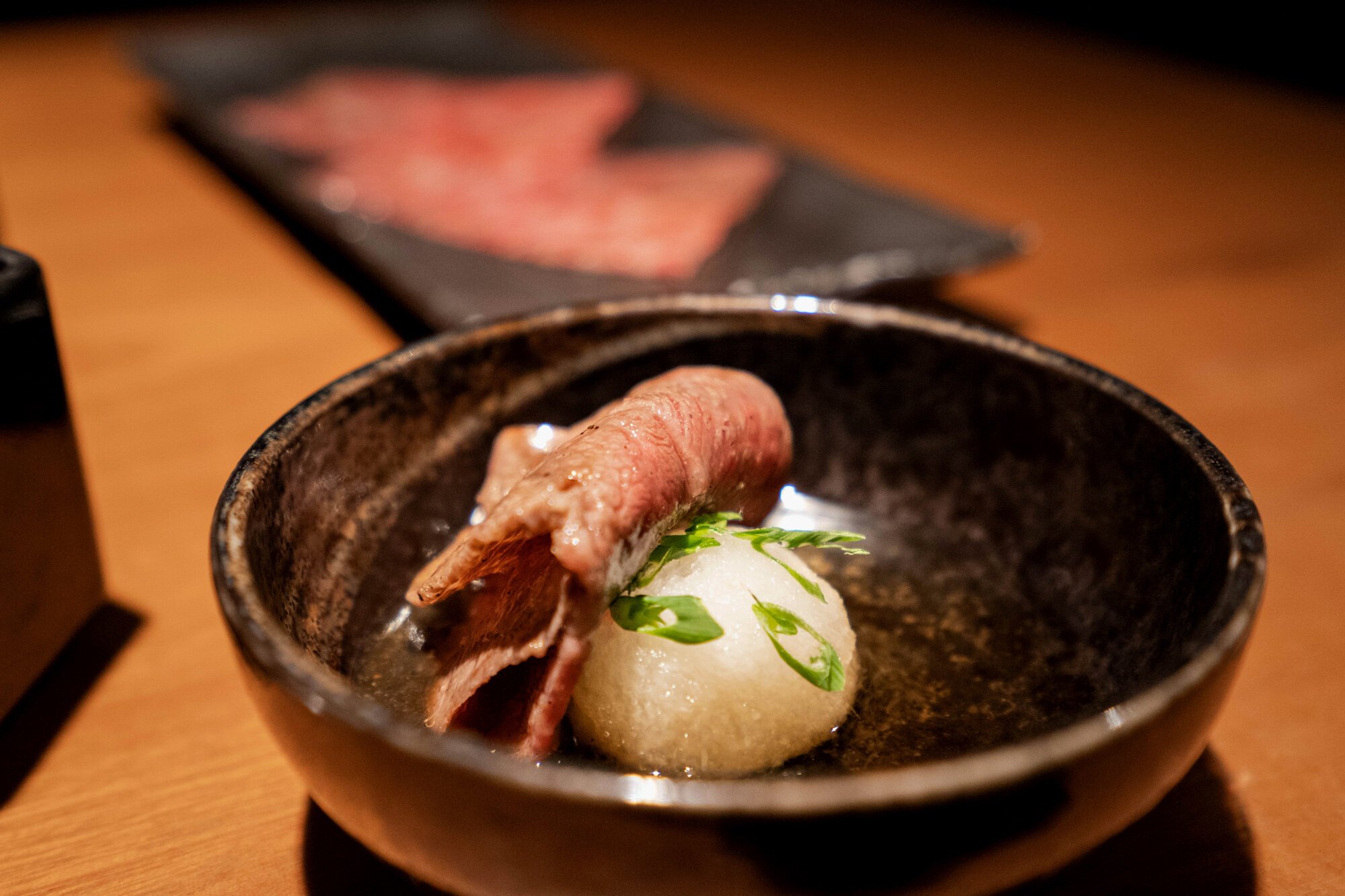
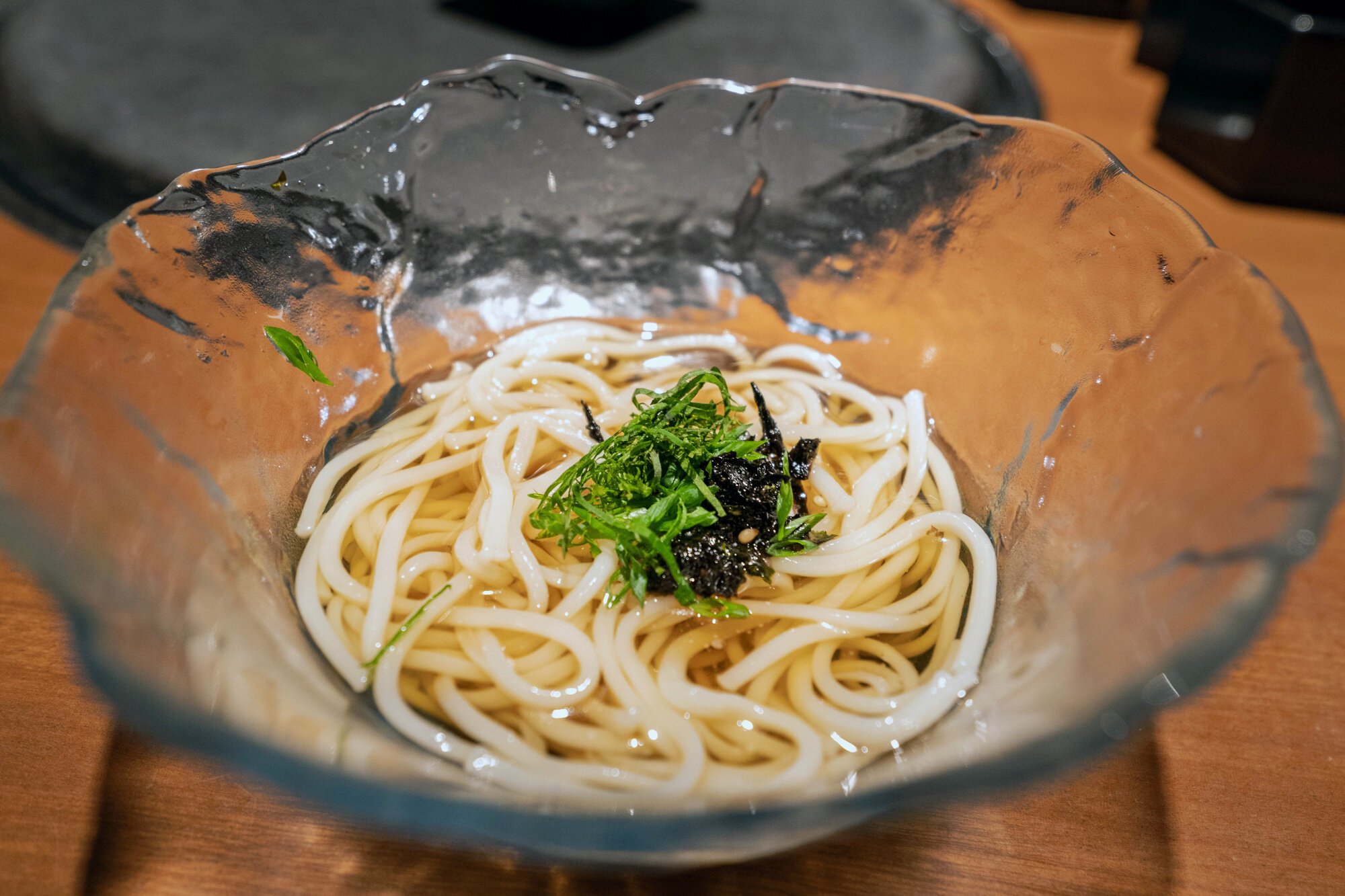

After eating here for the first time, Namaiki is going on my list of yakiniku places to take friends and family visiting Tokyo. It was ridiculously good.
Specializing in raw beef, Namaiki has a dinner menu that lets you try an assortment of both raw and cooked beef for just under USD $70 per person. Service is great, there are at least a couple of staff in each sectioned room, and they cook and serve the beef for you so that you eat it just how it’s supposed to be eaten.
It’s a 3-star spot on Japanese review app Retty, so getting a reservation can sometimes be difficult. But the food here is so fresh, tasty and tender… definitely worth trying.
Hitachino Brewing Lab
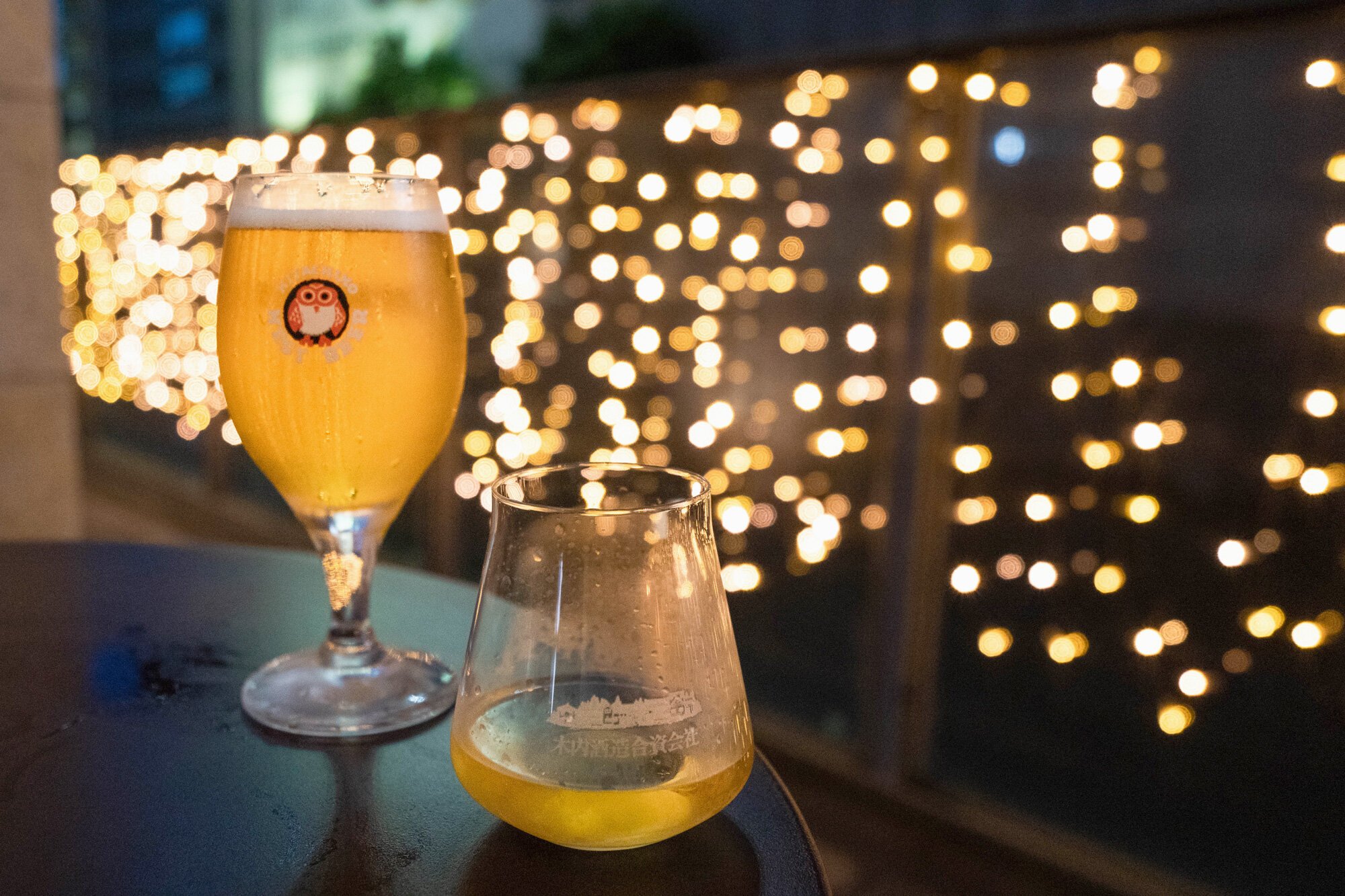
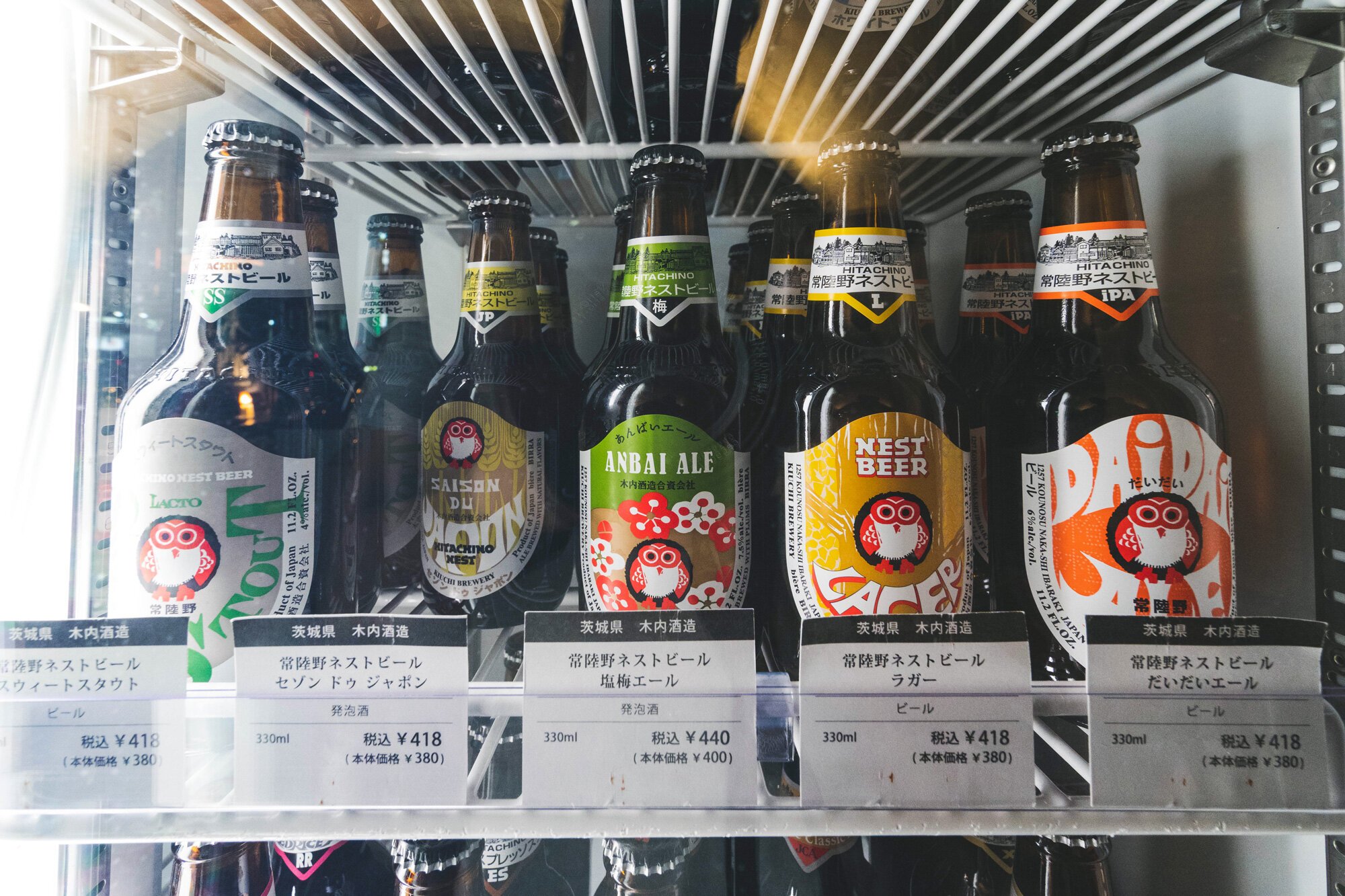
Probably one of the most well known Japanese craft beers overseas, Hitachino Nest has their Hitachino Brewing Lab at mAAch ecute in Manseibashi.
A small pub underneath train tracks, the brewing lab also has outside seating as well as tables alongside the Kanda River. It’s great in the evenings.
In addition to food and beer, they also have whisky, which they started making more recently. I can’t recommend it yet, but it’s one of the only places you can get it for those who are interested.
Vault Coffee
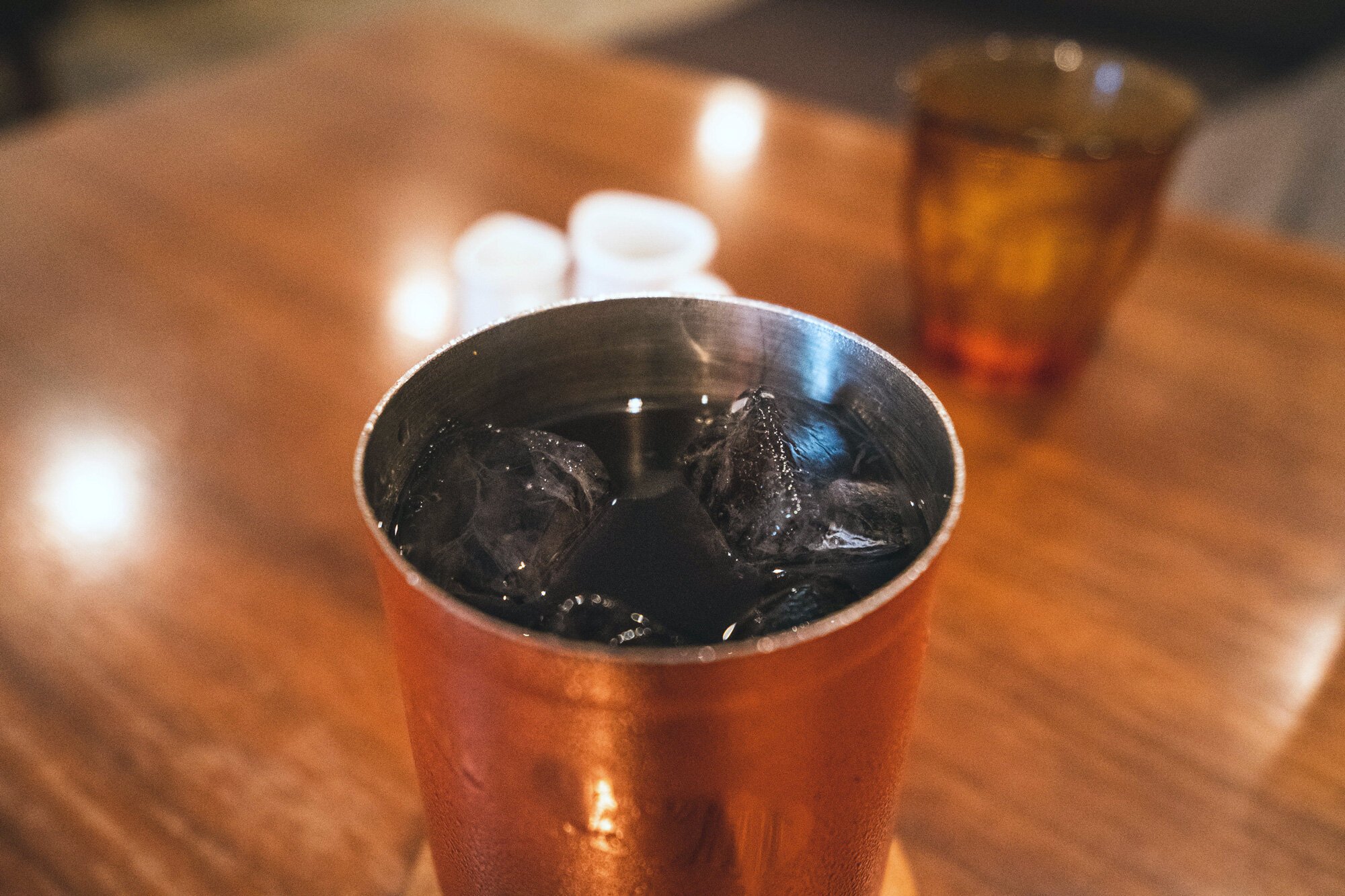
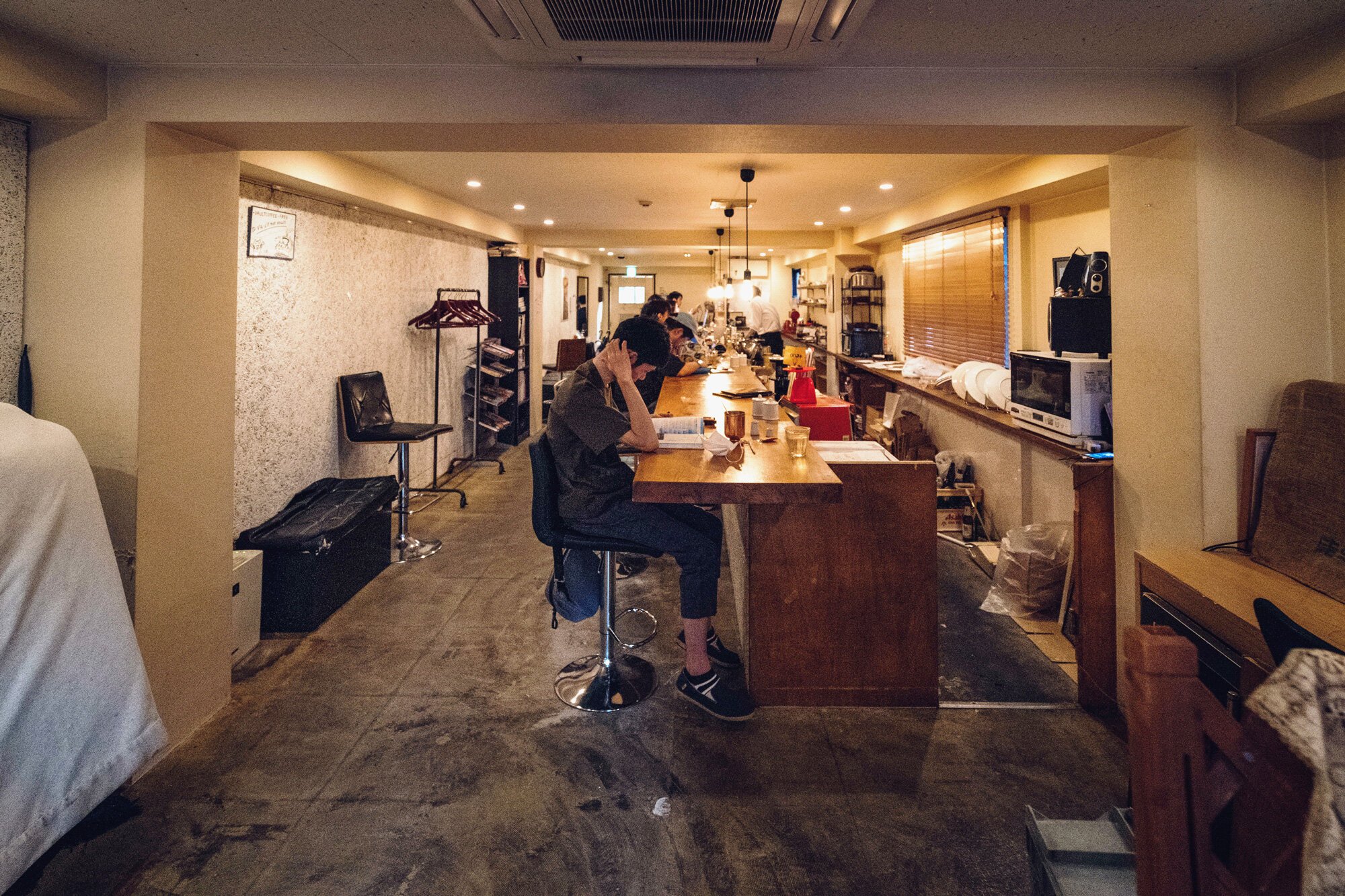
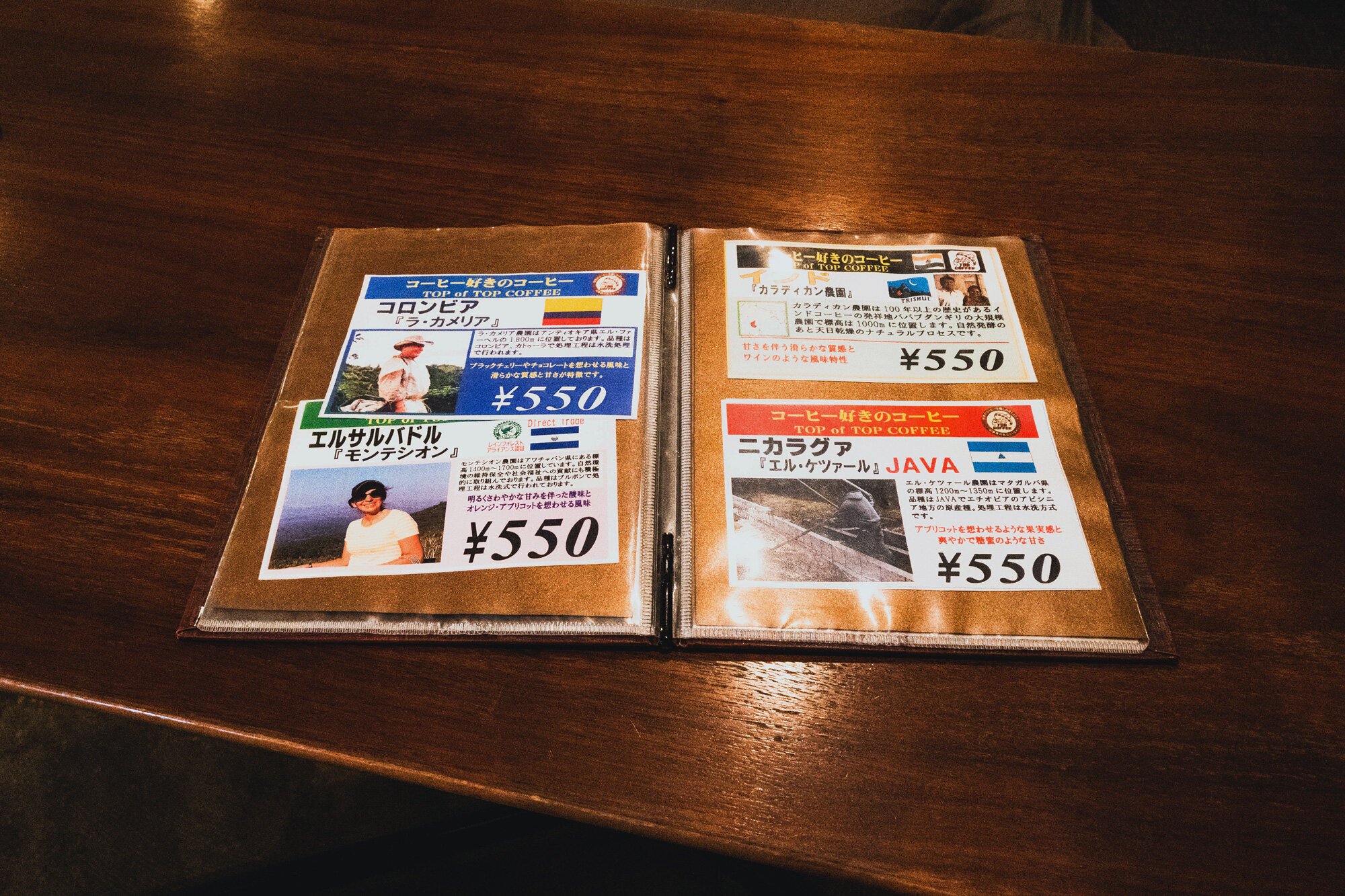
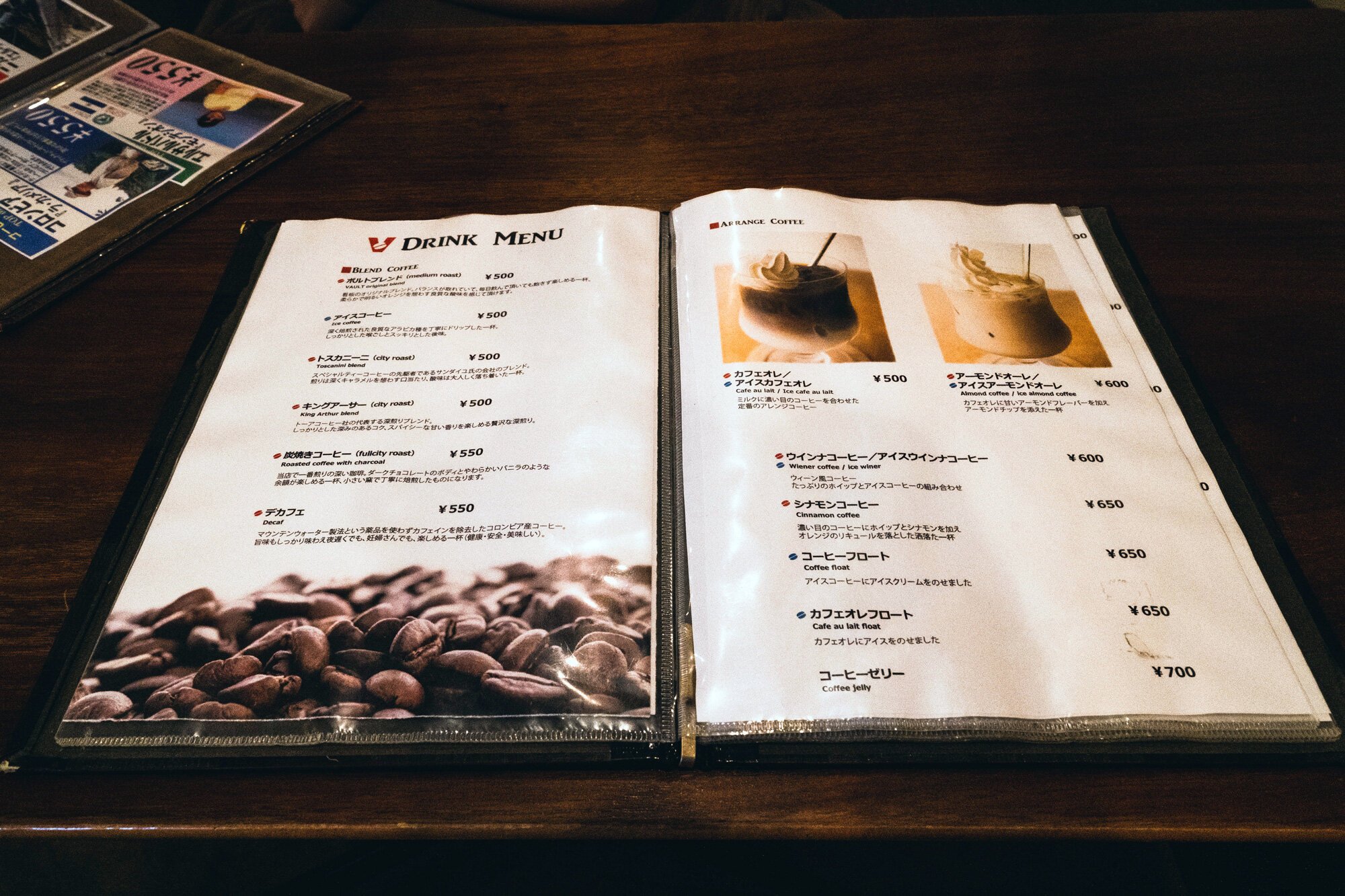
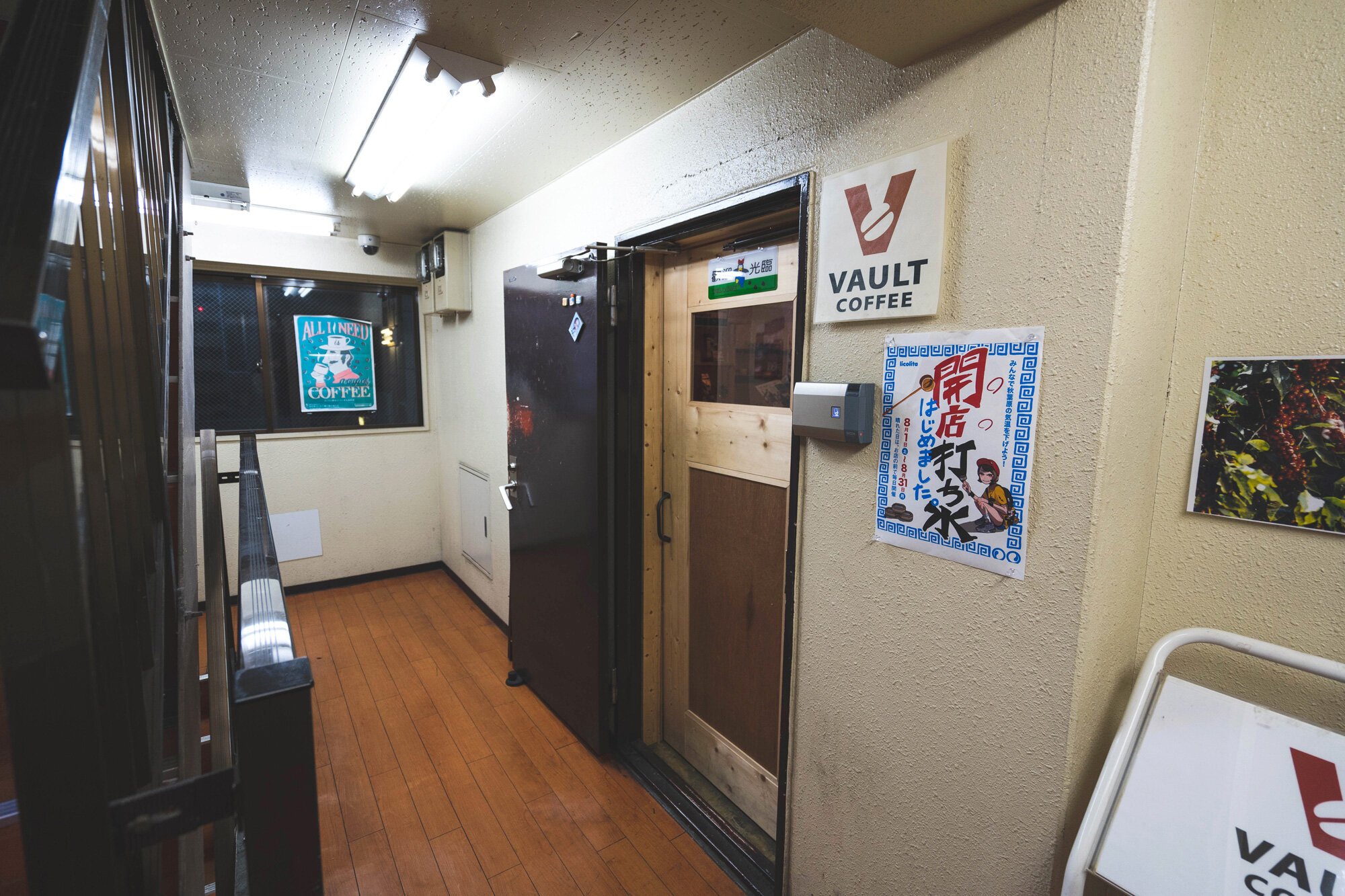
Down an alley and up on the third floor of an old, rundown building is Vault Coffee.
Rated as a popular cafe on Japanese review app Retty, this kissaten coffee shop looks more like a makeshift room. It has a wide range of different coffee beans to choose from and if you like dark coffee, this place is great. Delicious.
It’s a pretty central yet quiet spot, and you’ll find a people with laptops open, working as they sip their brew.
Pizza & Bar Nohga
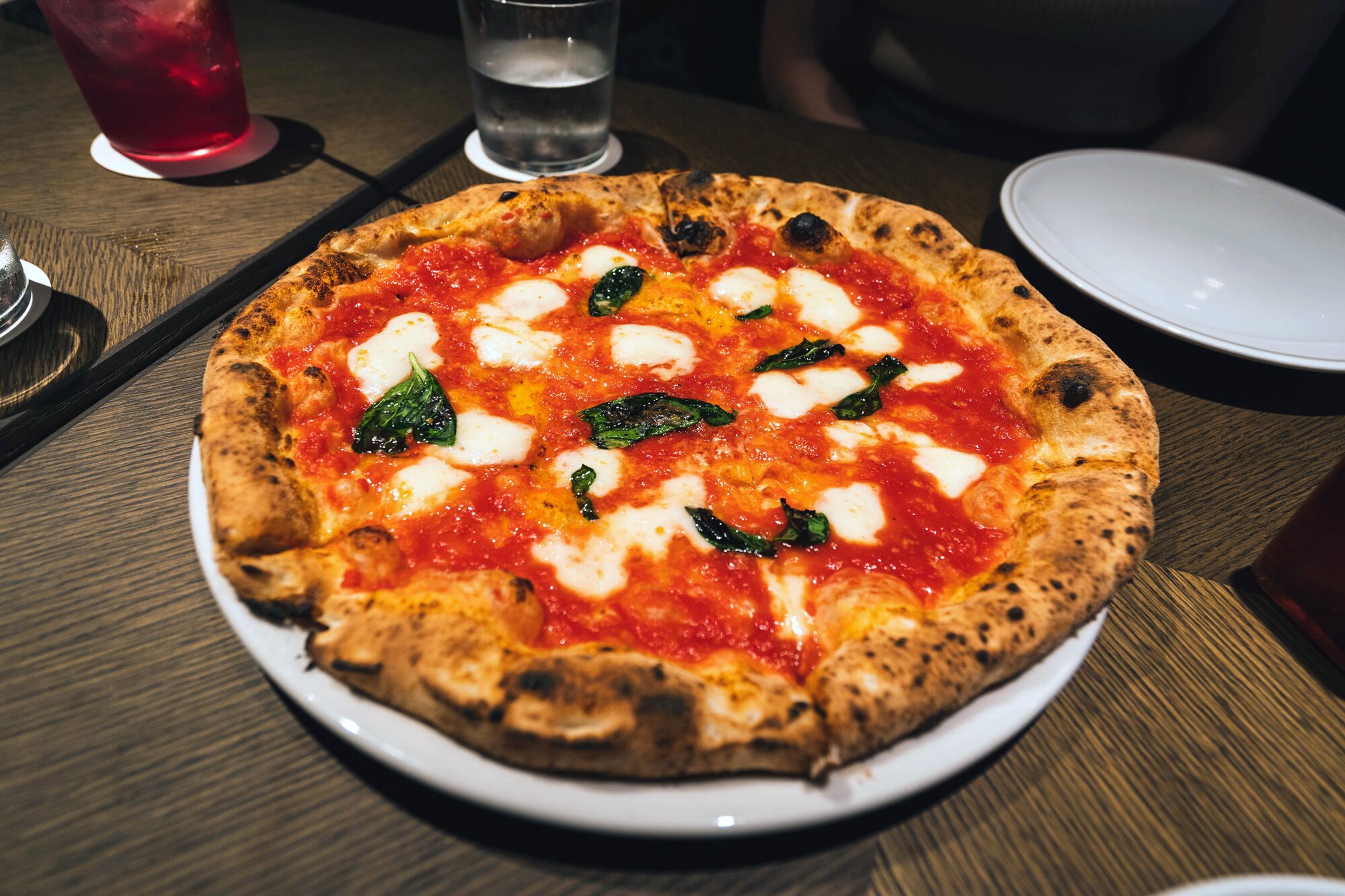
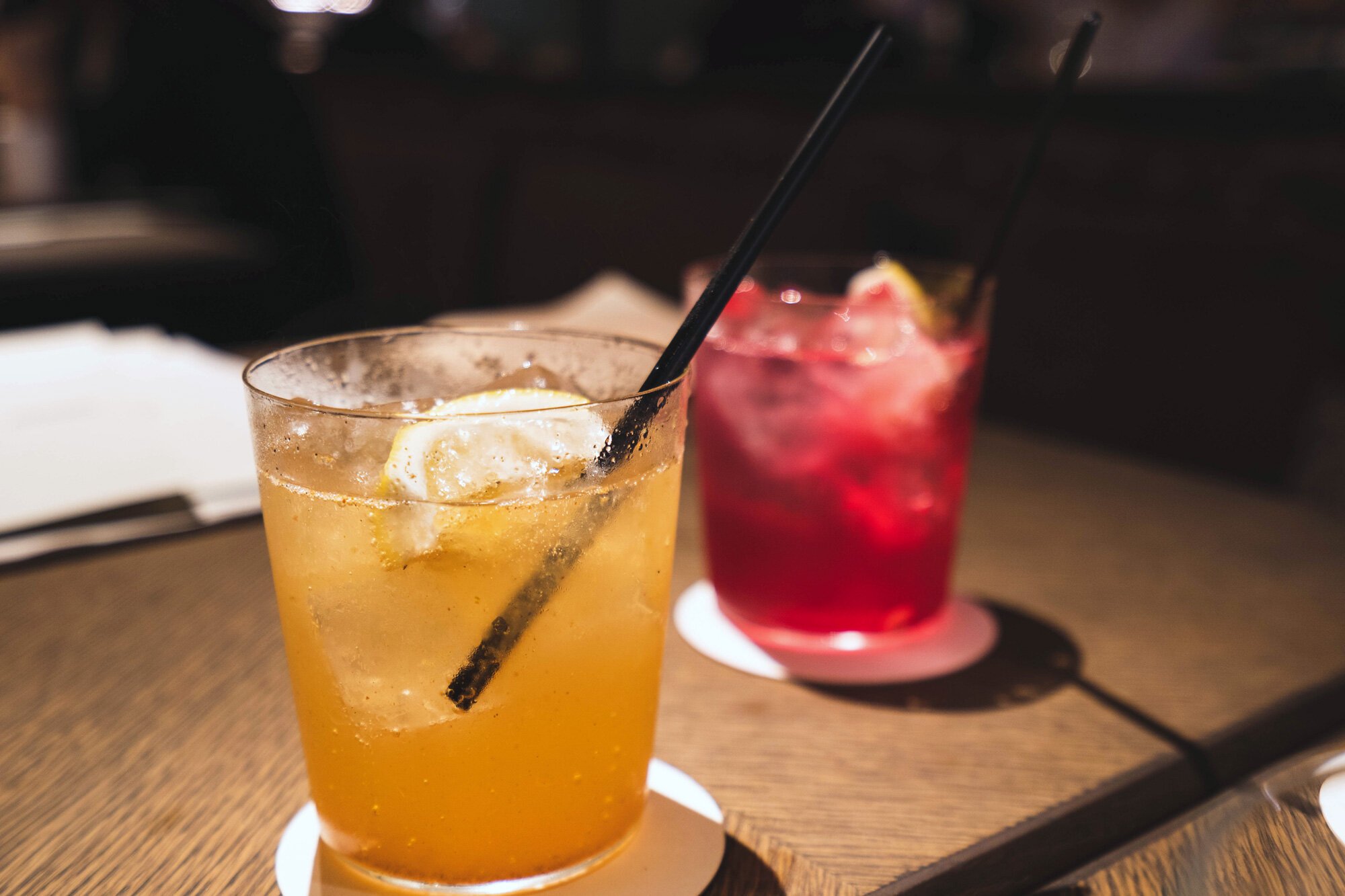
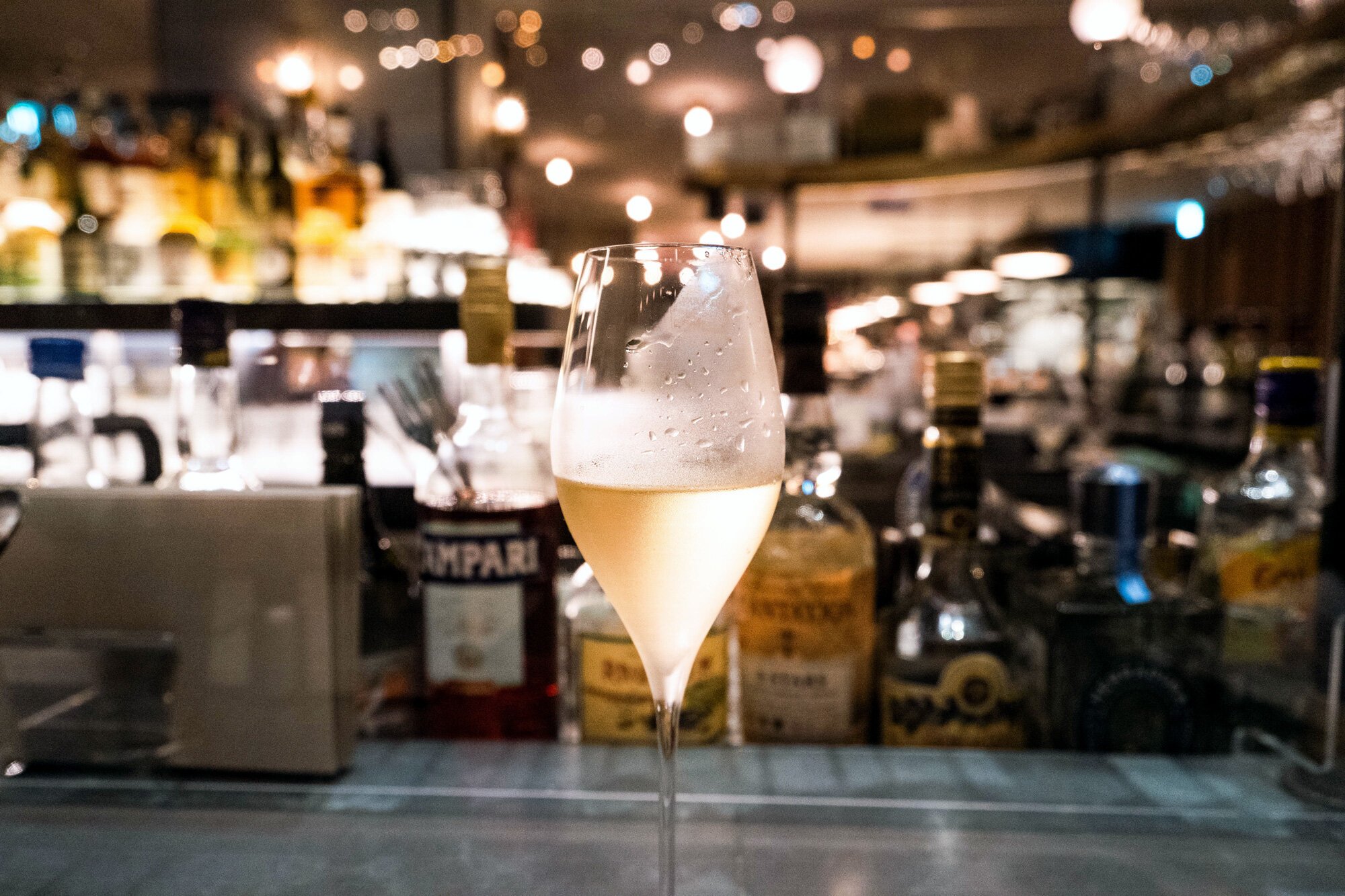
Some great brick oven pizza. Pizza & Bar Nogha is on the ground floor of the Nohga Hotel Akihabara, and is somewhat of a sanctuary amongst fast food places and electronics shops.
I’ve had a lunch and breakfast here and everything was tasty. My favorites are their pizza and craft cola.
The bar is also stylish and gives off a modern yet rustic vibe. Service is good and it’s a nice place to wind down the evening.
Keep in touch:
More travels:
Daikanyama, Tokyo
Thought of as Tokyo’s Brooklyn, Daikanyama is a posh and stylish neighborhood near Shibuya with a laid back vibe that attracts trendy locals.
Daikanyama is a stylish and fashionable area one train stop from Shibuya
It is often thought of as Tokyo’s Brooklyn
Trendy and posh types frequent this area for its cafes, boutique shops and laid back vibe
I liked Daikanyama from the first time I visited. It’s typically not a destination for a first timer in Tokyo, but may appeal to many as it lets you get away from the hustle and bustle without going too far.
Daikanyama is located in the middle of a triangle made up of Shibuya, Ebisu and Nakameguro.
How to get there
The Tōyoko Line runs through Daikanyama Station. From Shibuya, it’s the very next stop. You can also walk as well (If it’s cherry blossom season, I suggest you do as you can pass by Sakuragaokacho) and it’ll take about 15-20 minutes. It’s also easily accessibly from Ebisu Station which is on the Yamanote Line, and it’s about a 15 minute walk from there.
About Daikanyama
Daikanyama is located in the Shibuya Ward and attracts locals on the more stylish side on weekends.
After the Great Kanto Earthquake in 1924, the Japanese government built a concrete apartment building implementing earthquake-proof design. It set the standard for the area, and most buildings there are concrete low-rises even today.
Because it’s considered a highly desirable place in the city, the area’s average rent is also one of the highest. The average rent for a 1K studio as of September 2020 is 131,800 JPY (USD $1,259 - The average for Tokyo in 2019 was USD $870). [J]
Its location puts it near Shibuya, Ebisu and Nakameguro, and it’s on the same train line as Jiyūgaoka. It often attracts similar crowds as those who frequent Aoyama, Omotesando, Marunouchi and others.
Tsutaya Books: Daikanyama T-Site
Known as a book/CD/DVD chain across Japan, Tsutaya has one of the flagship locations in Daikanyama. This location, known as Daikanyama T-Site, is one of the main destinations in the area.
Made up of 3 separate but connected buildings, Tsutaya Books is located in an area that acts somewhat like an outdoor park. It’s concept is to be “A library in the woods.”
There’s cafes and shops in the area as well, including a Starbucks in Tsutaya Books itself, and makes for a good place to grab a bite, read and get some work done.
https://store.tsite.jp/daikanyama/
Boutiques & Shops
Walking around the Daikanyama neighborhood, you’ll come across a lot of boutiques on the street and in small shopping complexes. The one above is Sarugaku.
Most boutiques tend to be on pricey side. Some brands found in the area are A.P.C., Paul Smith, Supreme, Oliver Peoples, Decente Blanc, Maison Kitsune, Japanese baby brand Familiar and others.
More than just fashion brands, you’ll find shops that are about the craft.
Okura (pictured above) is the flagship store for the Blue Blue Japan brand, which sells indigo-dyed clothing and accessories utilizing traditional Japanese techniques. Their method for dyeing that they use dates back to the 10th century, and results in artistic, retro craftsman-looking clothing. The shop itself is in an old Japanese warehouse.
Sticking with the craft vibe, I’ve seen artists actually working on the production of their clothing, like this guy washing down denim jeans in the street.
My friend who first told me about Daikanyama described it as a fashionable place where all the stylish people in Tokyo go. I think it lives up to that image quite well.
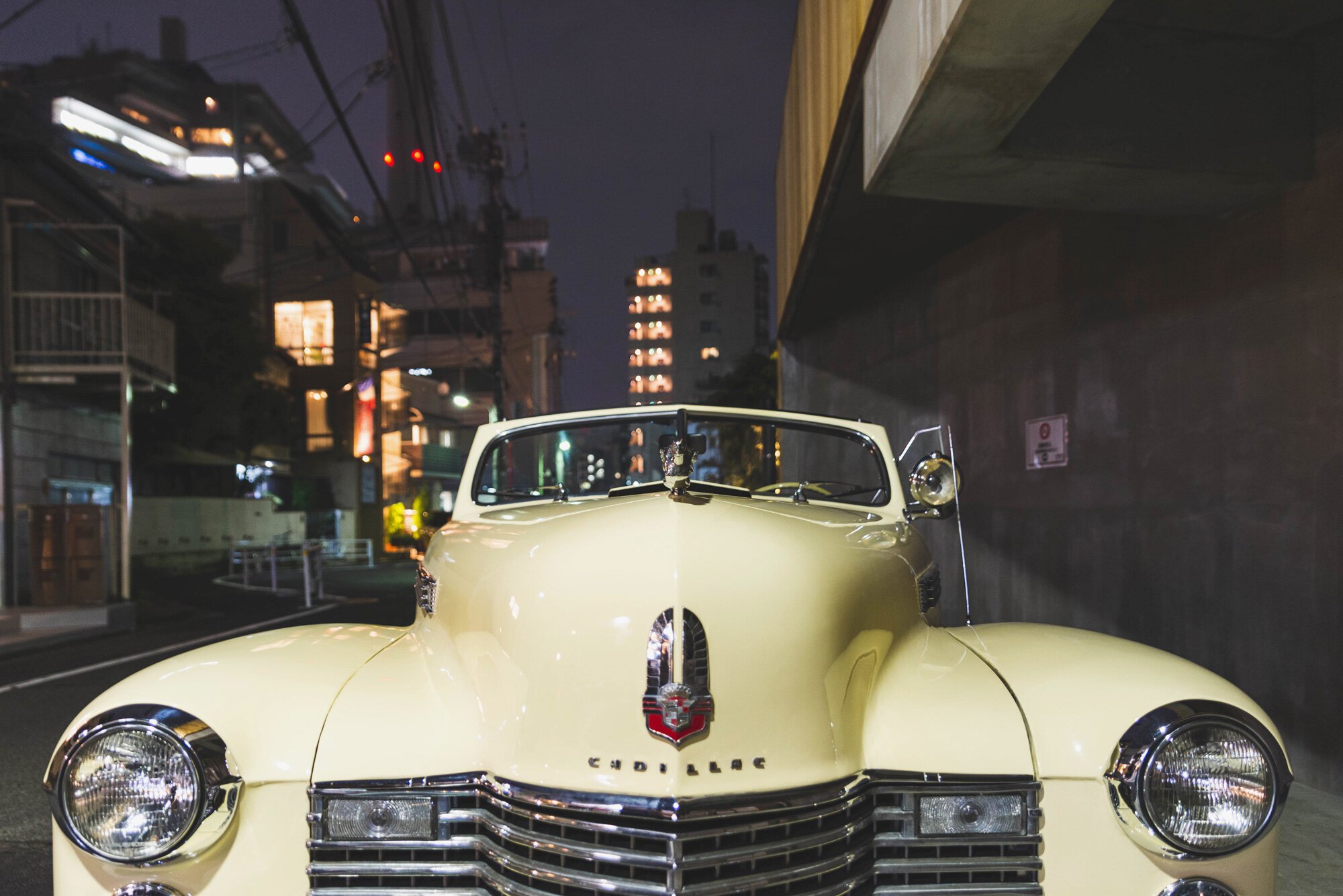
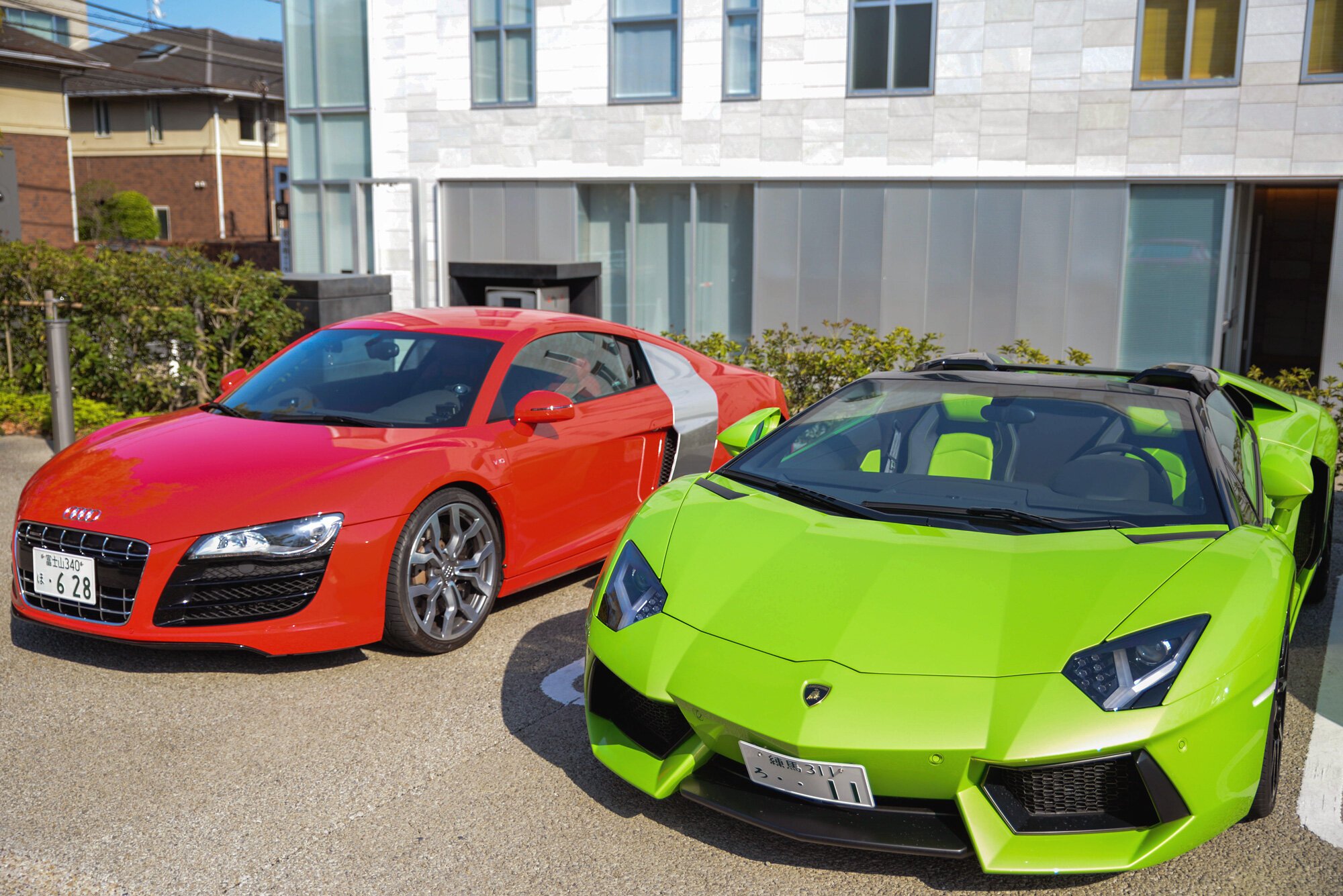
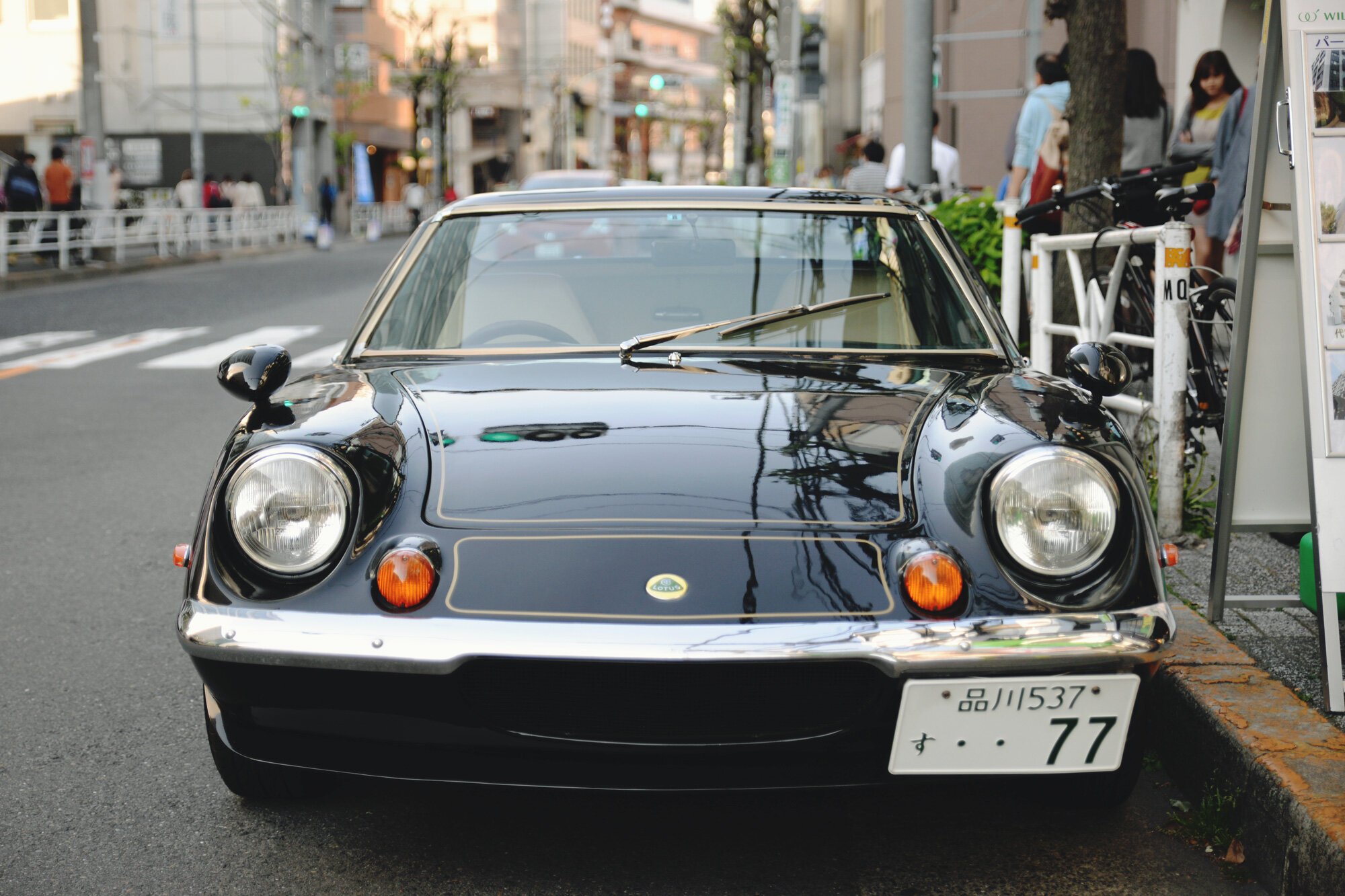
Coffee Elementary School
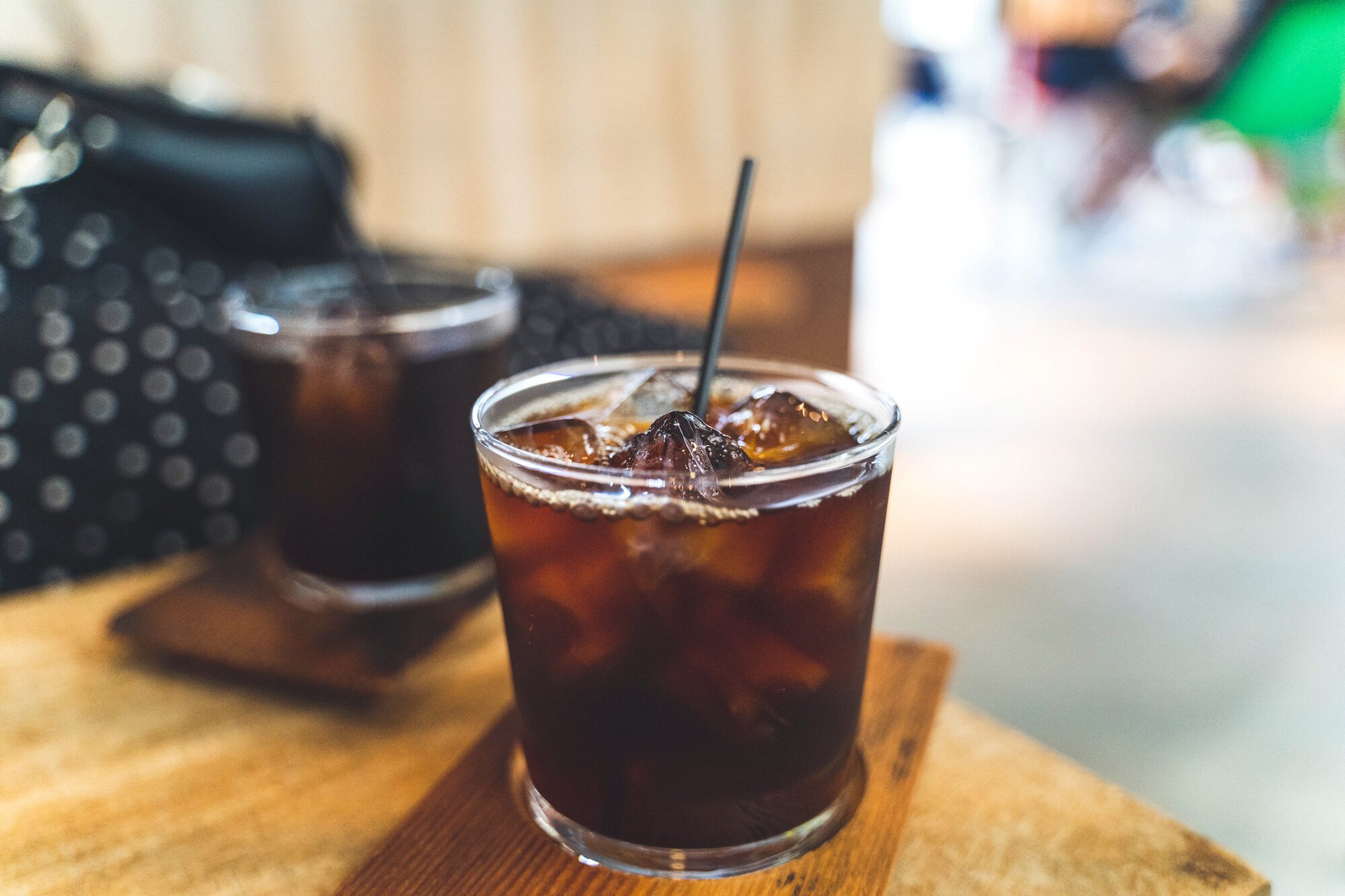
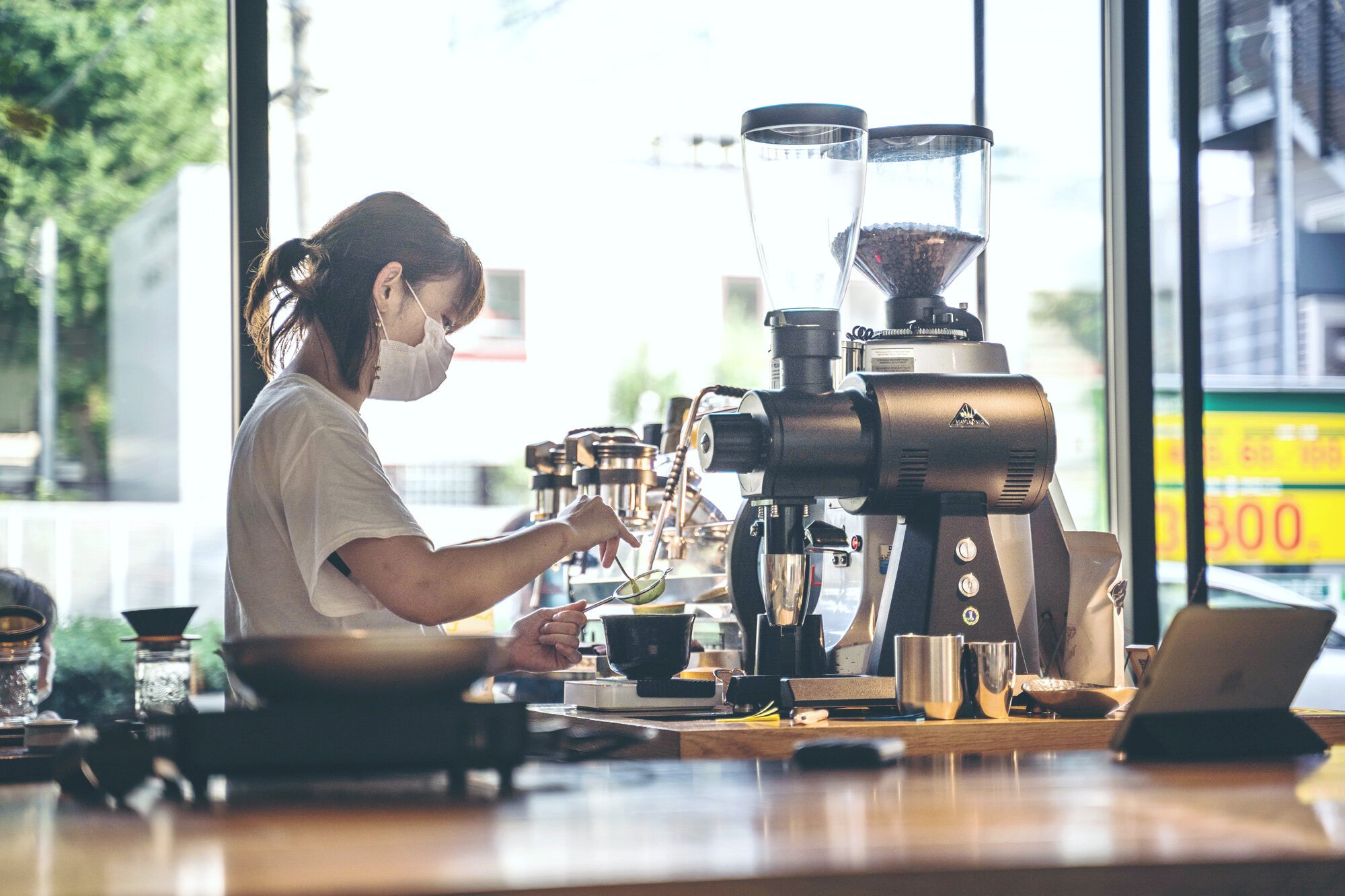
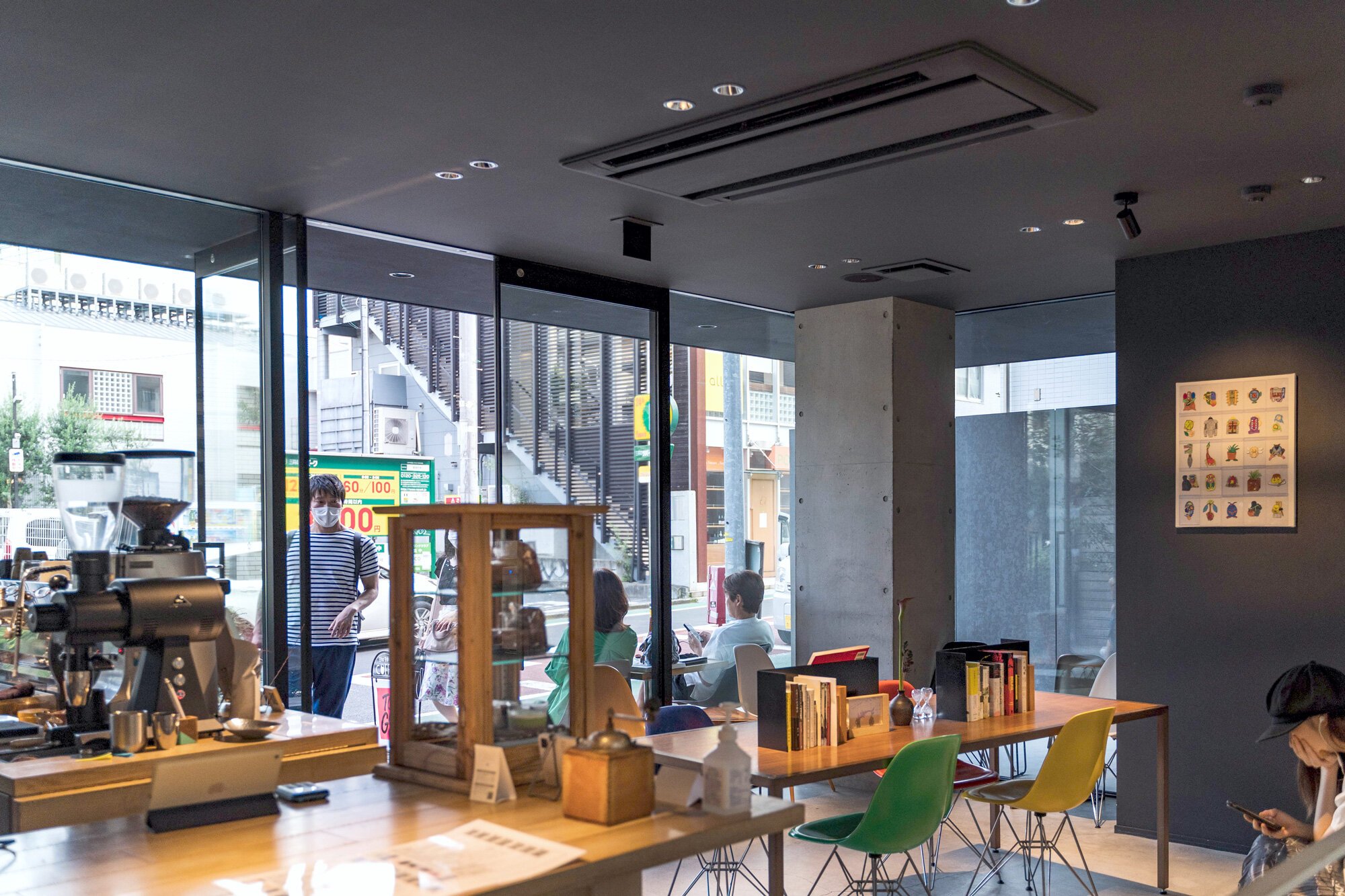
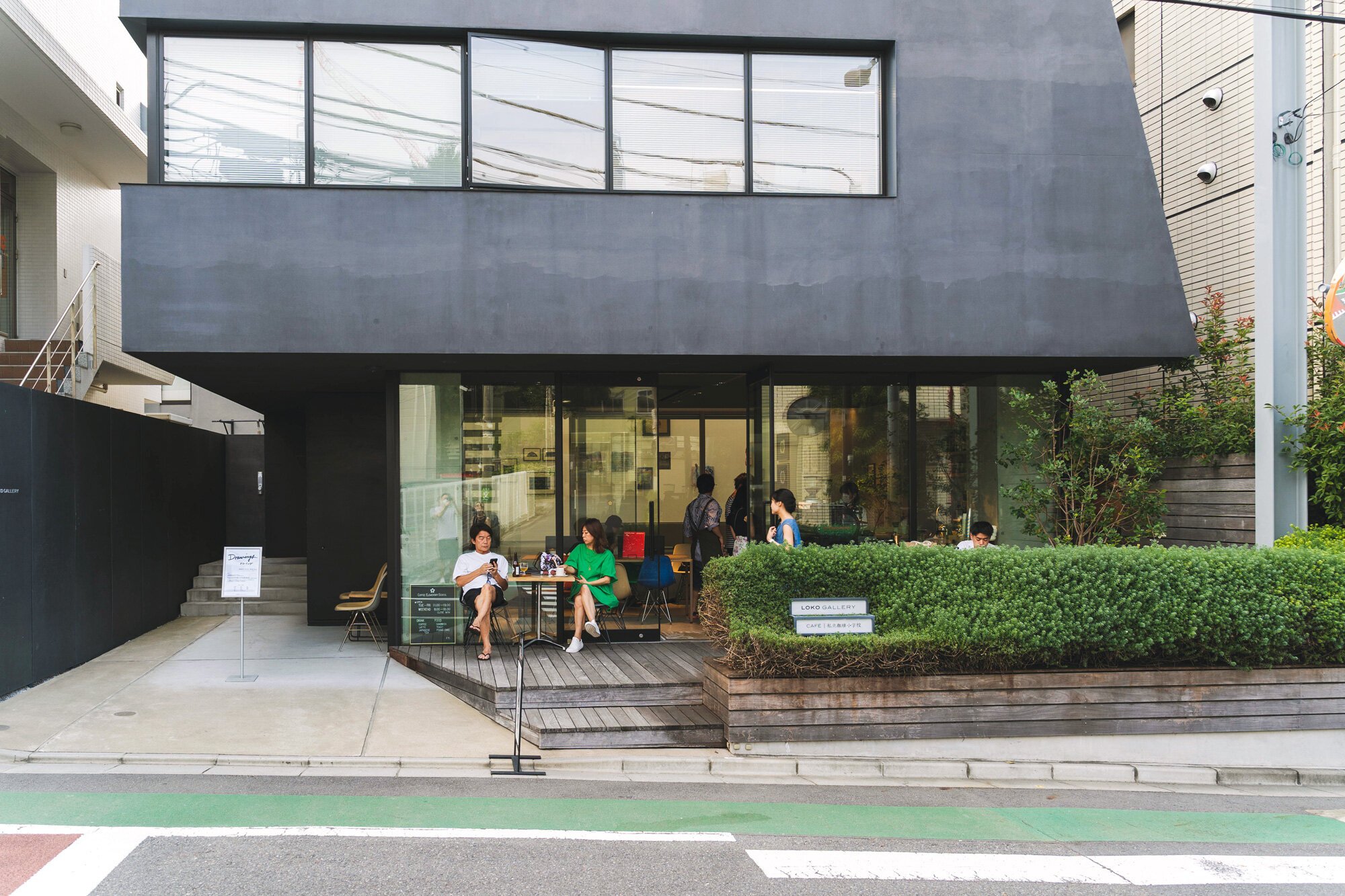
Coffee Elementary School is probably not a coffee shop you just happen to come by as it’s a bit separated from the main area of Daikanyama.
Started and operated by a former elementary school teacher who decided to change careers, Hisashi Yoshida got his new start at Makahara (I recommended its affiliated shop in Nakameguro) and is passionate about making quality coffee and foods.
I learned about Coffee Elementary School after seeing it featured on an episode of Buzzfeed Worth It. It has a relaxing atmosphere, is connected to a modern art gallery, and serves quality coffee.
While I didn’t get to talk to Yoshida personally, he walked us out like he did with all his customers when we left, thanked us and waved bye.
* This shop has closed
Ivy Place
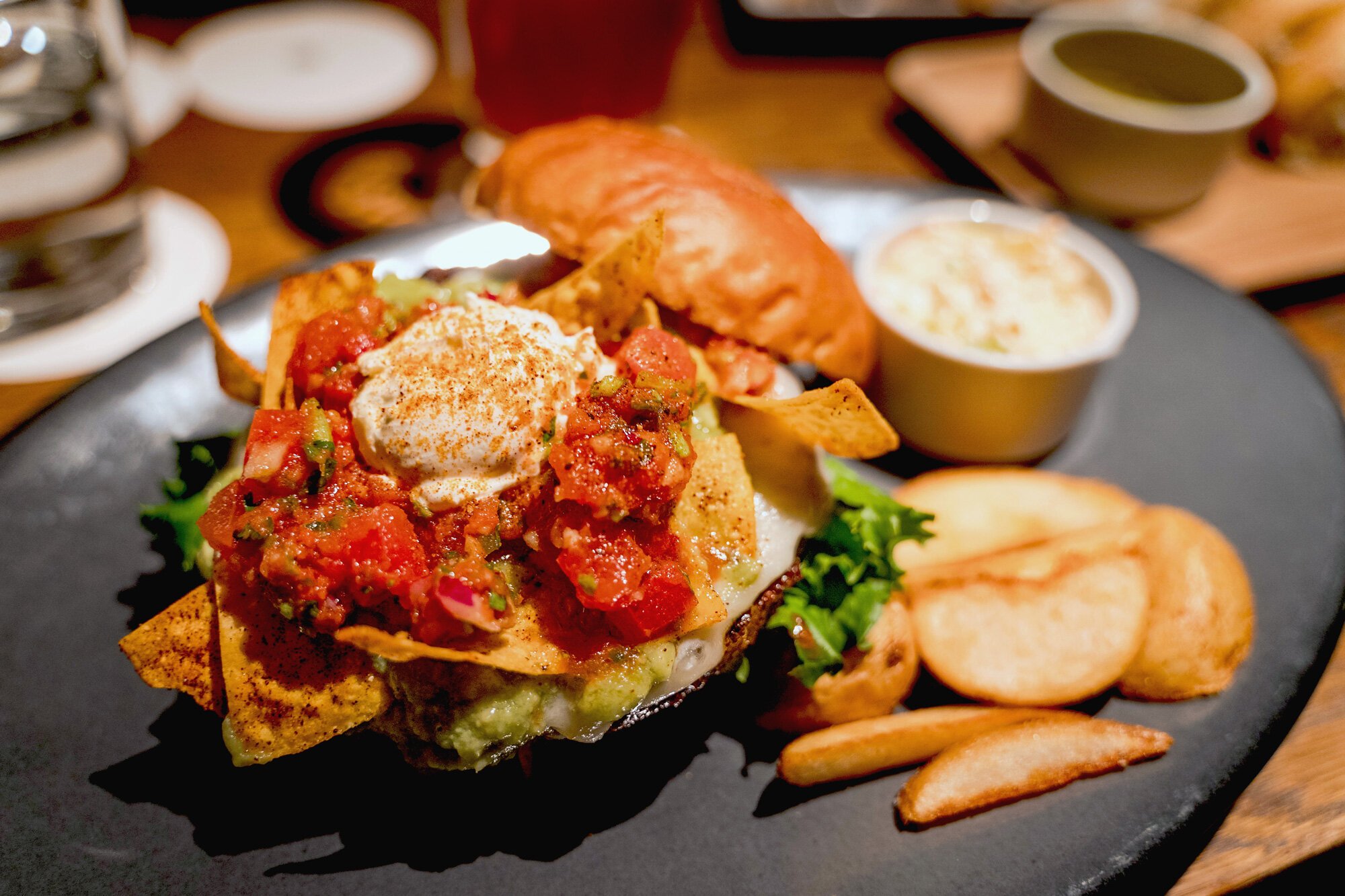


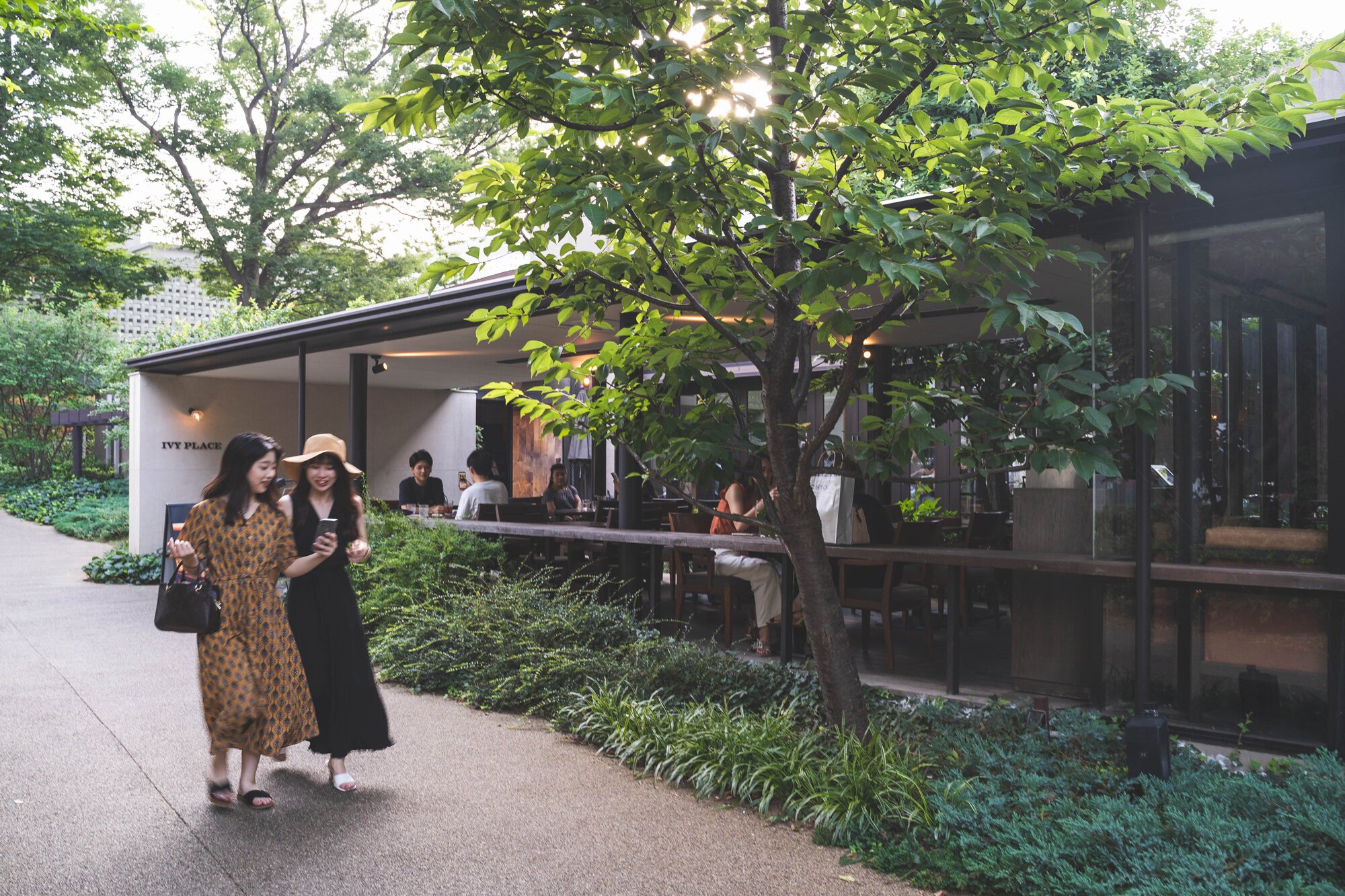
Ivy Place is one of Daikanyama’s trendy eateries, located right in the Daikanyama T-Site area.
Affiliated with other trendy spots T.Y. Harbor, Cicada, The Roastery and others, Ivy Place brings a more American cafe vibe to the area.
There are three sections - the cafe, the bar and the dining area. There’s an outdoor patio space which is great for lunches, and the dimly lit vibe inside makes for a great spot to grab some drinks with friends.
Spring Valley Brewery

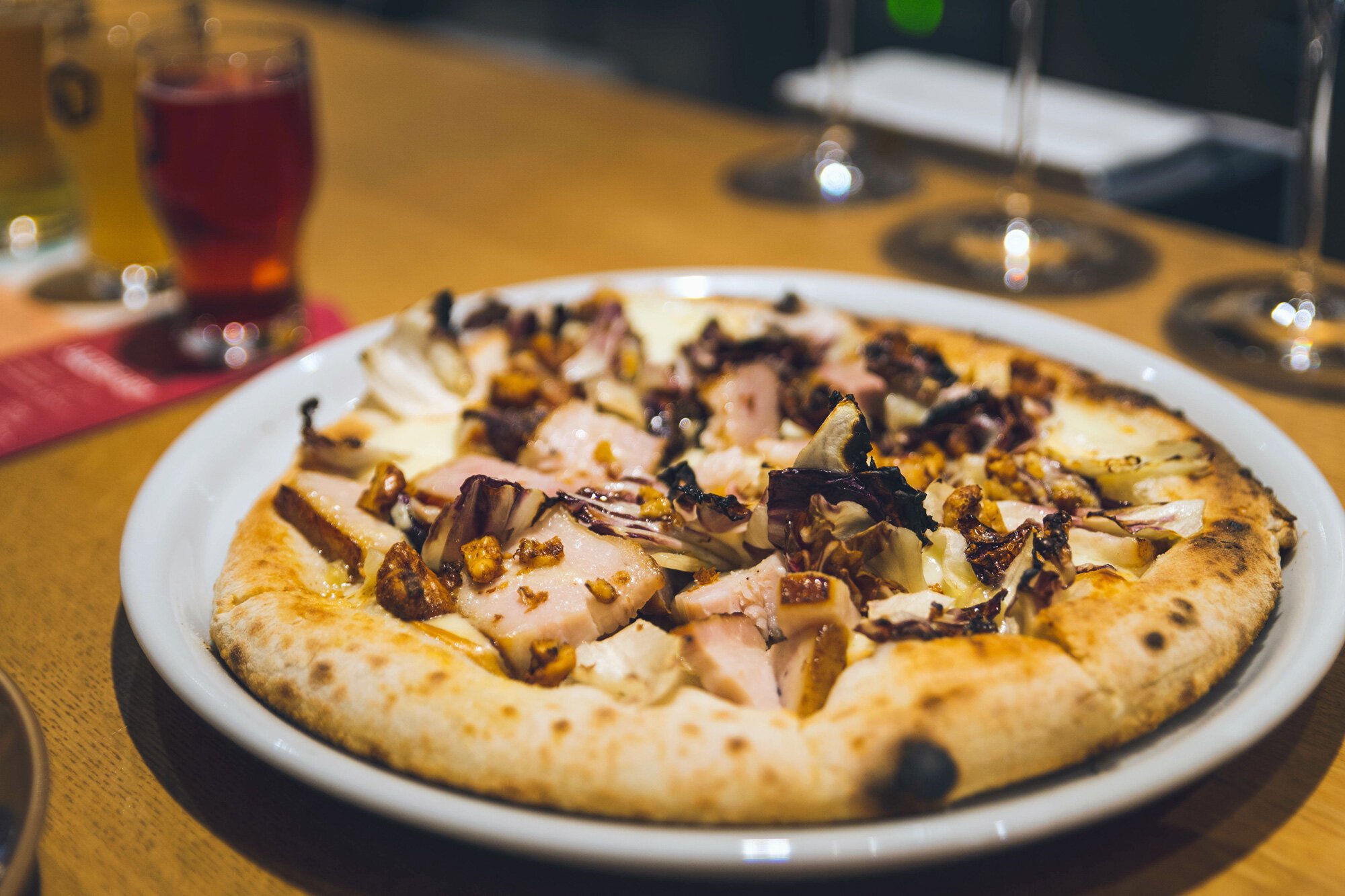
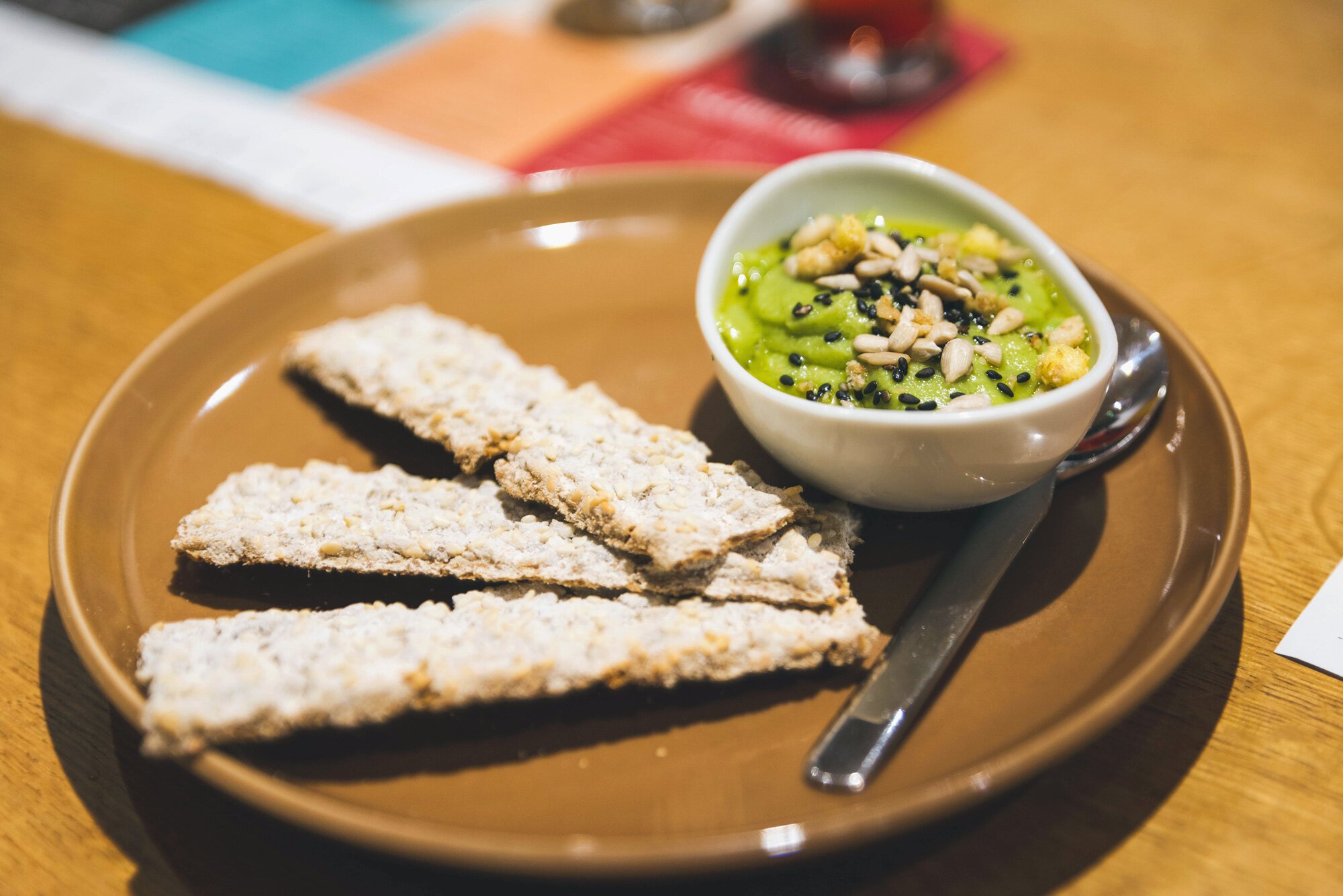
With a western brewery vibe to it, Spring Valley Brewery imagines a word where friends can gather and toast with their favorite beer, even non-beer drinkers.
This quest to broaden beer’s appeal and make its taste more accessible has led to beers such as On the Cloud (fruity, white wine scent), Daydream (hint of yuzu and sansho Japanese pepper), Jazzberry (raspberry).
It’s a great place to gather a group of friends and hang out for an evening.
Keep in touch:
More travels:
Nakameguro, Tokyo: Starbucks Reserve Roastery
A premium Starbucks experience with a unique, Japanese twist at their second largest location in the world.
The second largest Starbucks in the world as of 2020, Tokyo’s Starbucks Reserve Roastery is an impressive coffee experience and is situated in the hip, artsy neighborhood of Nakameguro.
How to get there
Starbucks Reserve Roastery Tokyo is a several minute walk from Nakameguro Station, which is accessible via the Tōyoko and Hibiya lines. It’s located along the Meguro riverside, one of the main destinations in the area.
Starbucks Reserve Roastery Tokyo was the 5th of its kind, and the opening was a huge event.
It’s been a popular destination for locals and tourists alike, so much so that it’s typical to have to go to the building next door in order to pull a number for a time slot. They use a system called AirWAIT, and you’ll be able to check how many people are in front of you in real-time.
Because tourism is almost non-existent in this 2020 summer, I seized the opportunity and checked it out.
Starbucks Reserve Roastery Tokyo was formerly the biggest Starbucks in the world, edging out Starbucks Reserve Roastery Shanghai (which I also visited) in 2019 before being dethroned later that year by Chicago’s. It is 4 stories and 32,000 sq. ft. (2,973 sq. meters) big.
Sakura cask at Starbucks Reserve Roastery Tokyo
It’s centered around a 56-foot (17 meter) high copper cask, decorated with 2,100 copper cherry blossom flowers and leaves, handcrafted by Japanese artisans.
This perfectly aligns not only with Japan, but also with the neighborhood since the Meguro river right next to it is known for its cherry blossoms. I personally consider it to be one of Tokyo’s top 5 photogenic cherry blossom spots.
The attention to detail at this location is fantastic, and something very Japanese.
The shop was designed by top Japanese architect Kuma Kengo, who has designed other Starbucks locations like the one in Dazaifu, Fukuoka, as well as the Tokyo Olympic Stadium and many other buildings.
The ceiling brings forth images of Japanese wood crafts, and was indeed inspired by origami. Much of the wood in the shop, from counters to tables to walls, are made of Japanese cyprus.
Even the staff demonstrated the Japanese “omotenashi” hospitality mixed with a friendly touch. There were no shortage of smiles (despite masks) and even when I felt my camera may be distracting, they’d give a thumbs up, invite me to take closer shots, and even offered to start brewing coffee for a better shot.
The first floor
The first floor focuses on coffee, baked goods and the gift shop.
Taking up the majority of the floor are the main coffee bar and the bean roasting facilities. The first floor’s roaster is at the base of the copper cask, flanked by the main bar which serves an enormous range of coffees.
From 5 different brew methods comes coffees like whiskey barrel-aged cold brew, and concoctions with names such as Melrose-Tokyo, Shakerato-bianco and Pepper nitro with with a Jerky-twist.
Princi, a bakery from Milano, has one of their three Tokyo locations here. From artisan sandwiches to tarts to sourdough bread, there’s likely something that will be appealing.
After trying their mango baguette and Princi loaf, I was sold! Basically they’re my new favorite bakery. We even went to their Daikanyama location the next week to buy more.
The gift shop area has everything coffee and Starbucks related, including clothing and a collaboration castella cake with famous, nearby Japanese bakery Fukusaya [J].
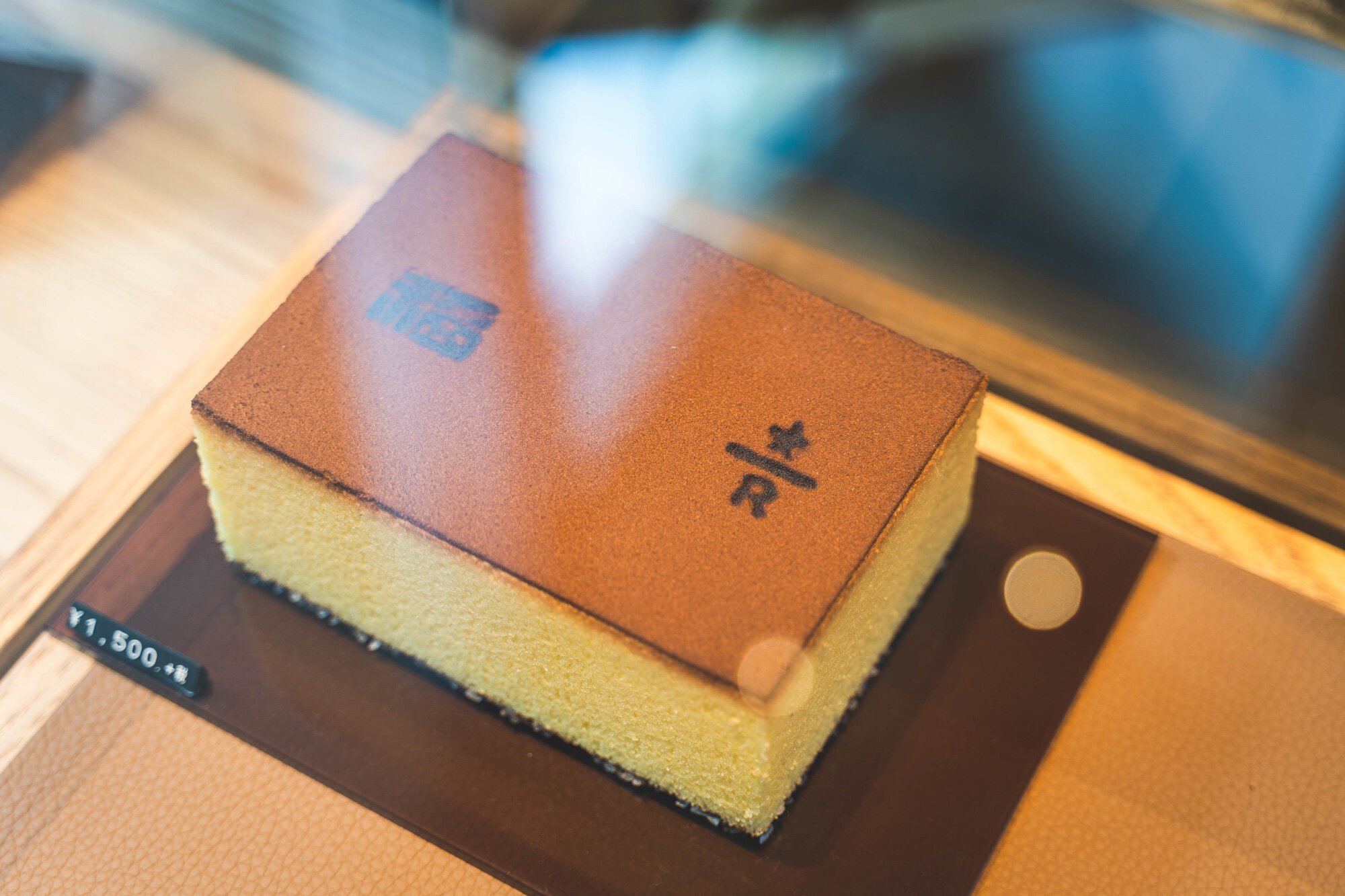

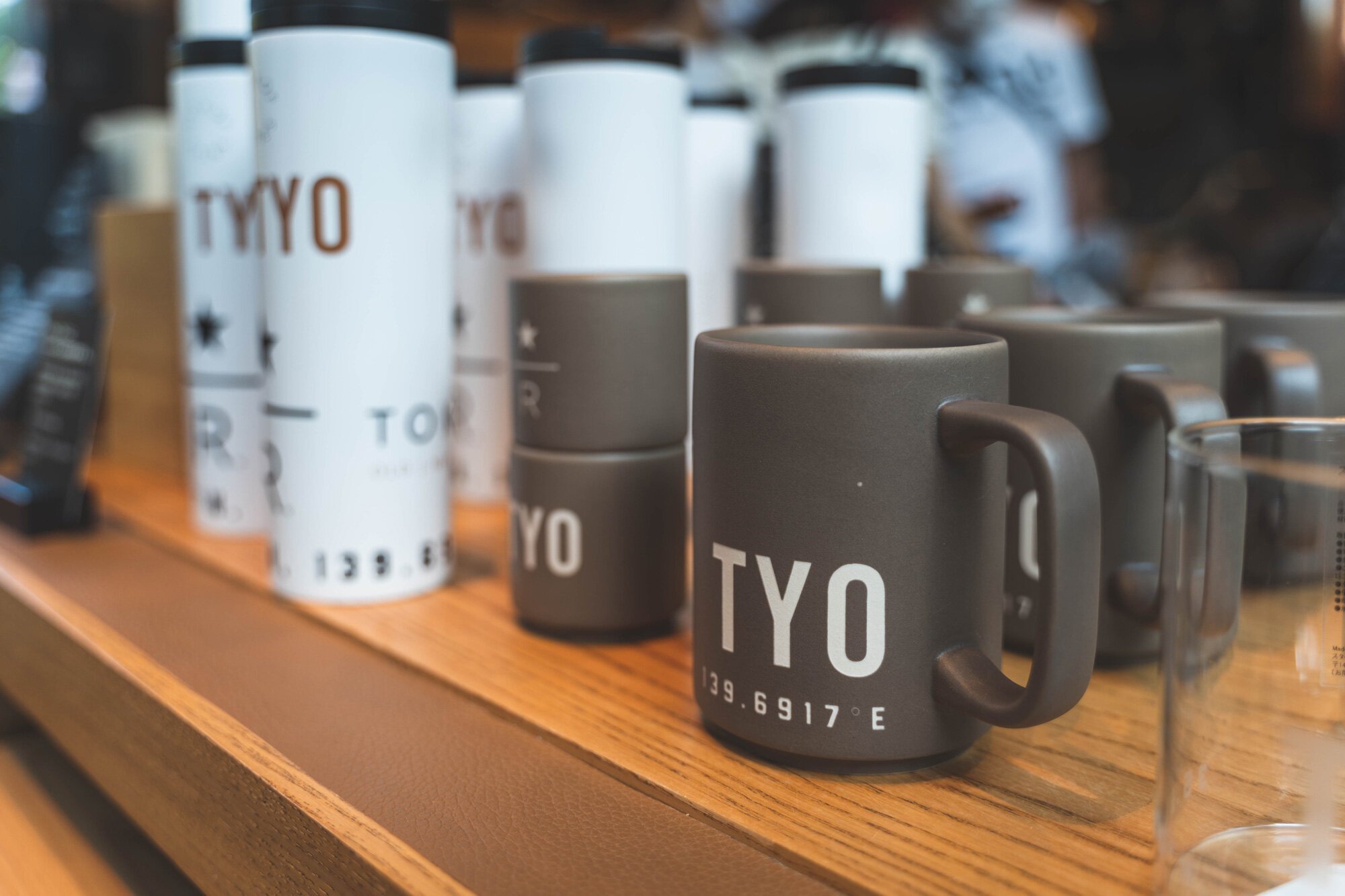
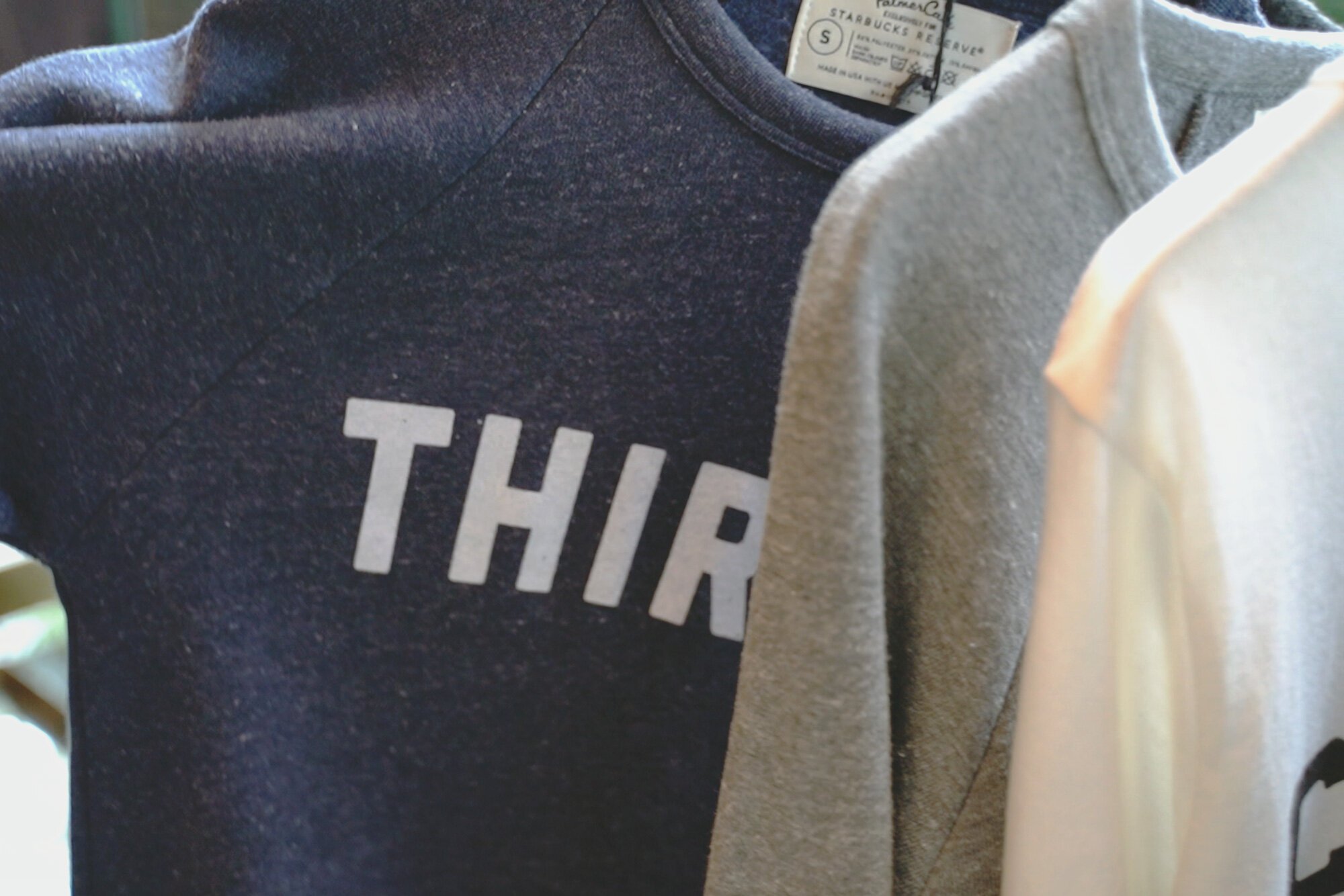
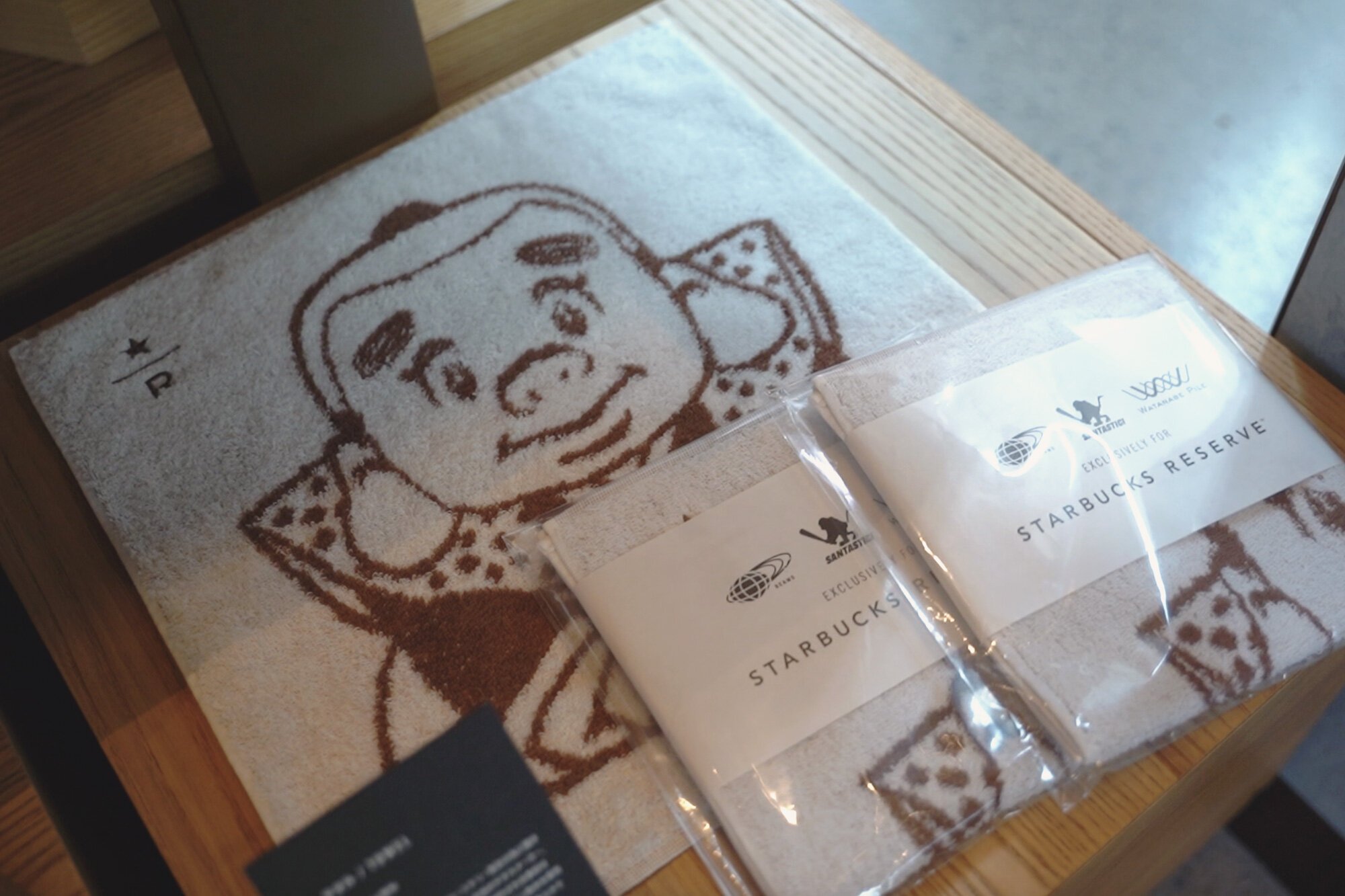
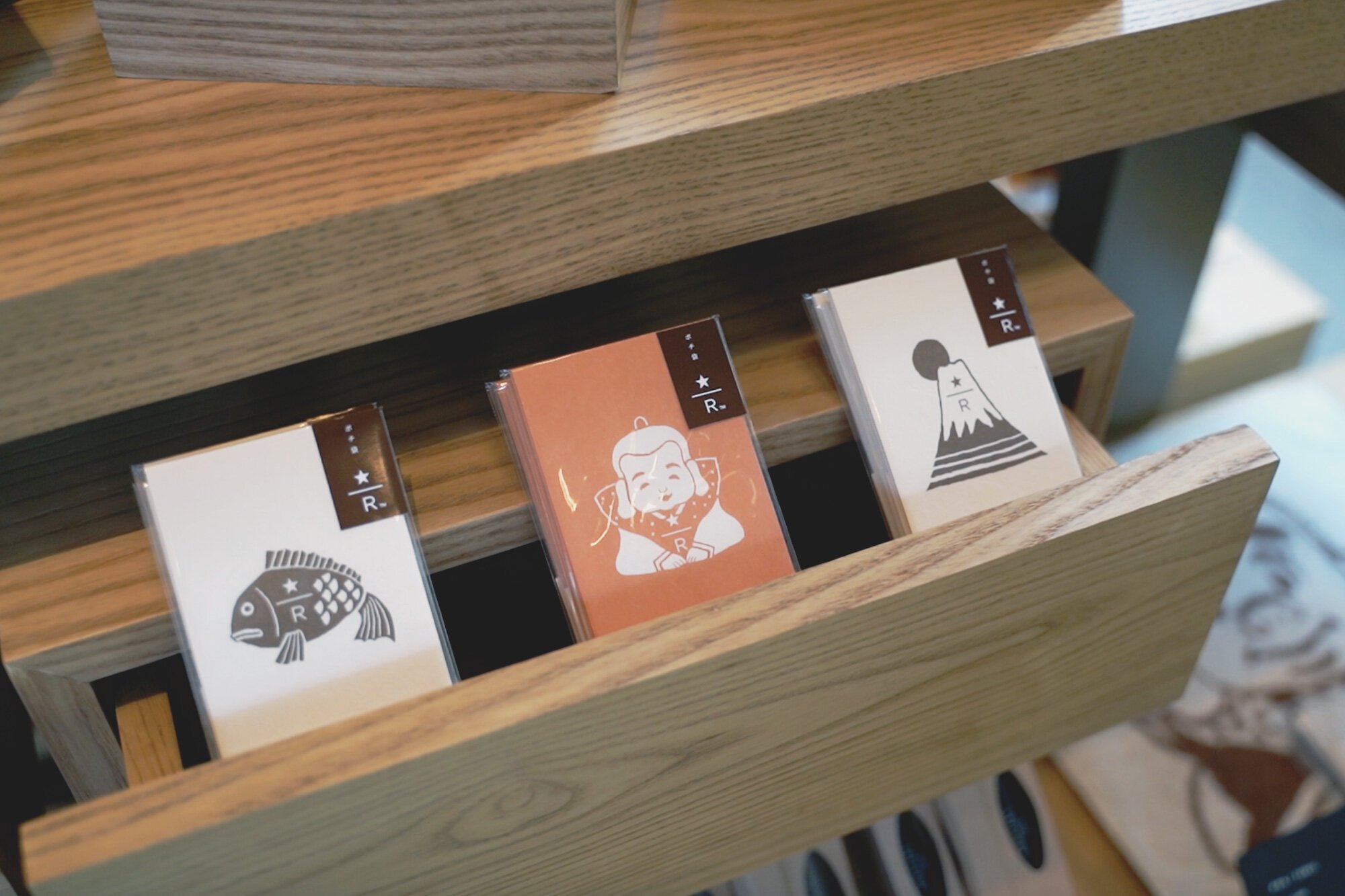
The shop was actually smaller than I expected, especially after seeing the size of Shanghai’s location and the fact that Japanese love buying souvenirs. In any case, there’s likely something you’ll at least consider purchasing.
The second floor
The stairs to the right of Princi leads up to the second floor, which is Starbucks’ tea-focused floor - TEAVANA.
There’s a main counter, a seating area, a separate tea section that brings you closer to the different types of tea, and a wall for tea items available for purchase.
The third floor
The third floor was where we decided to take a seat. It’s divided into a few sections - a second roasting facility, an outdoor seating area and the ARRIVIAMO Bar.
The bar is where coffee craft and mixology comes together, and a handful of skilled bartenders create and serve a range of coffee-inspired cocktails and mocktails.
We ordered two drinks: A Silver Needle Highball and a Starbucks Reserve Espresso Martini.
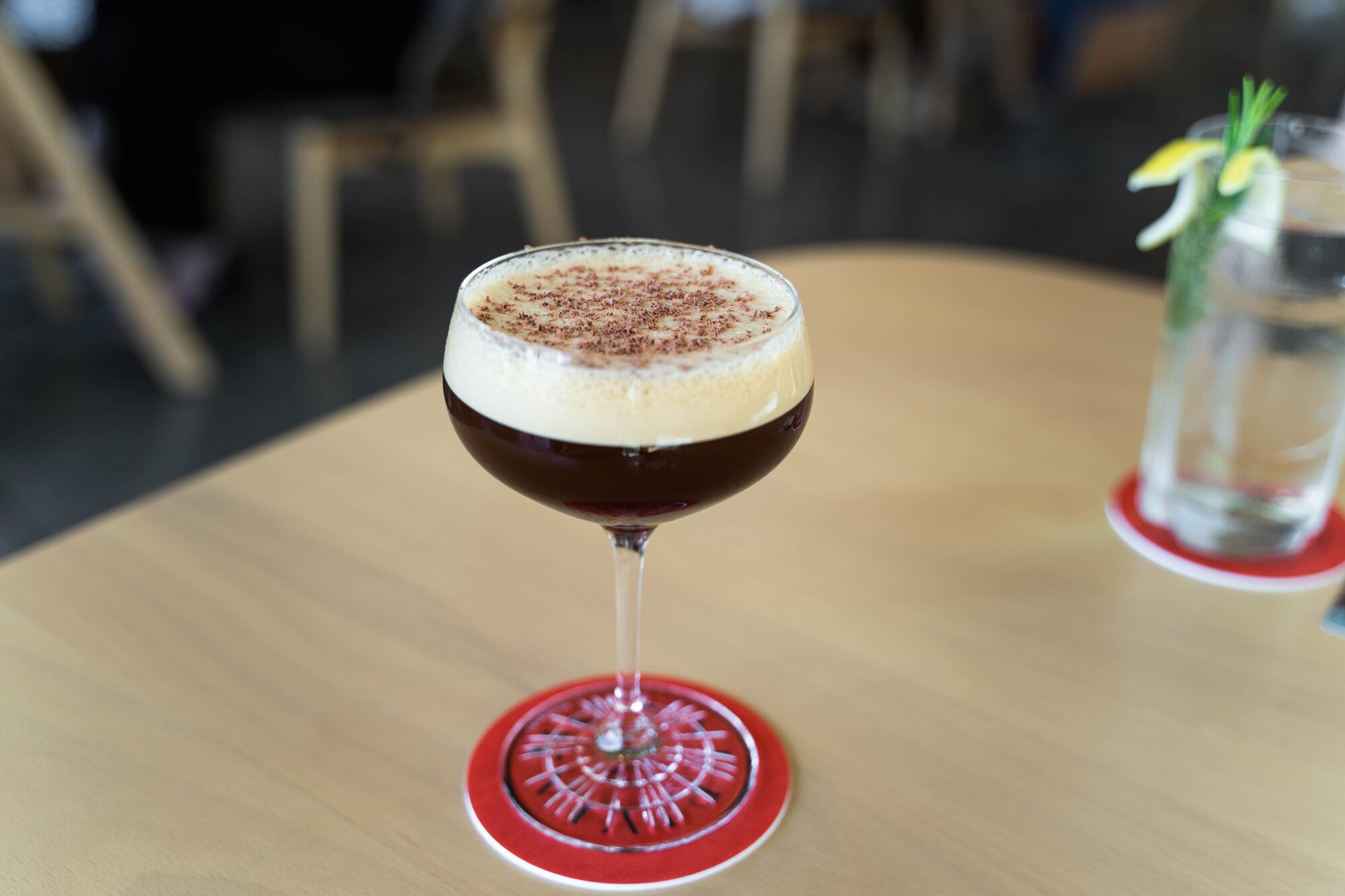
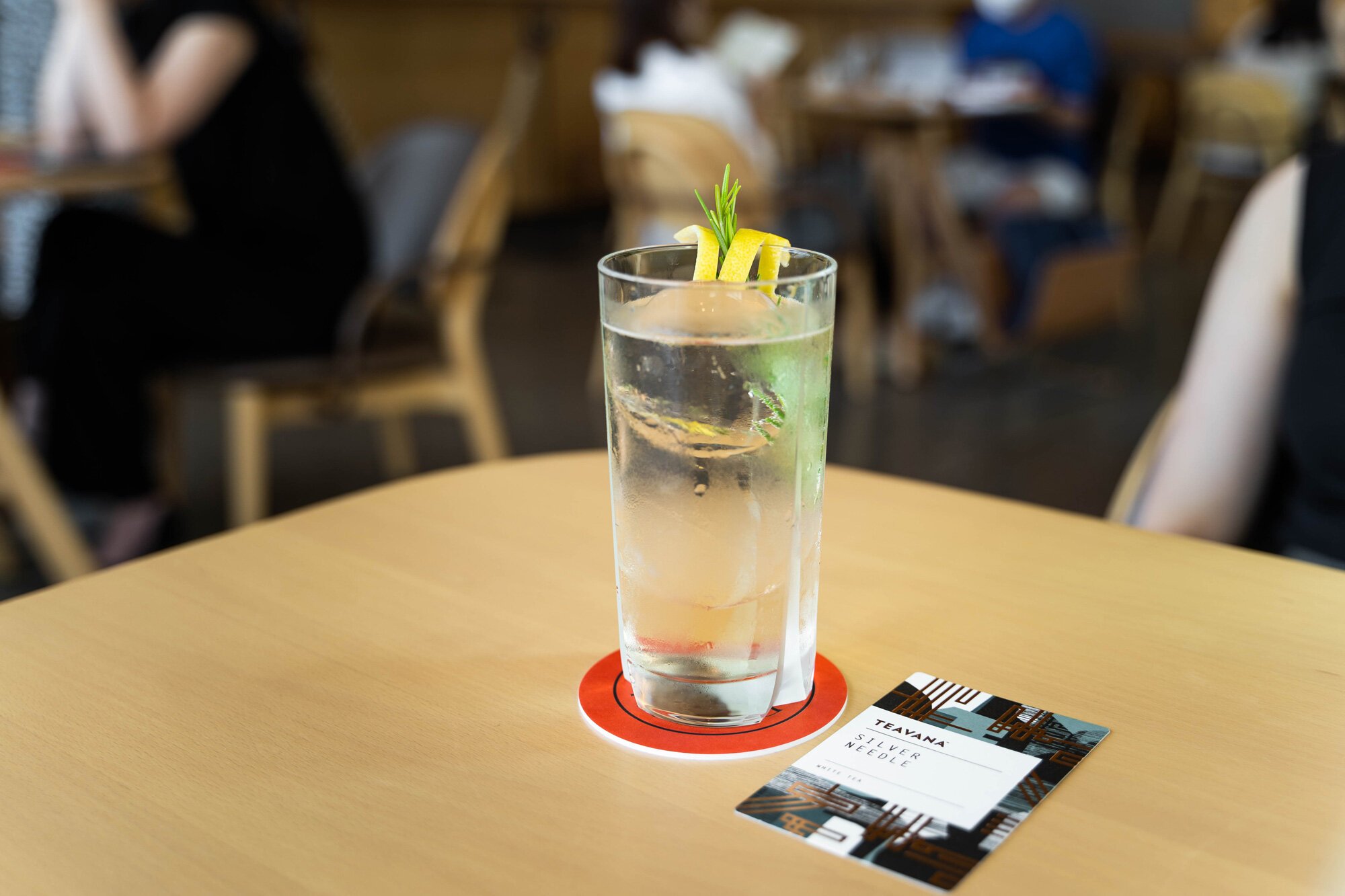
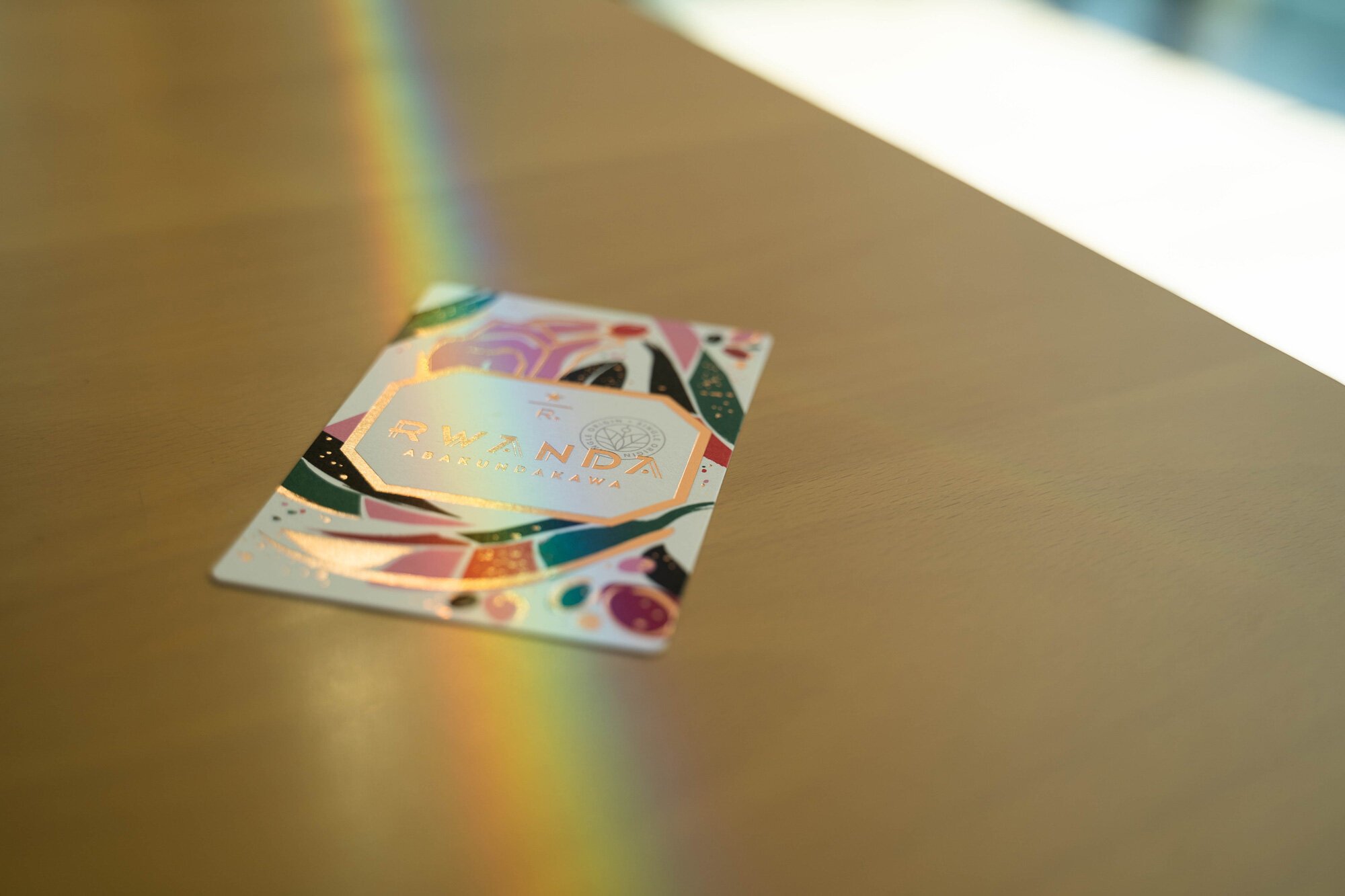
The Silver Needle Highball was made with white tea and was officially described as having a gentle scent, light floral taste and silky texture. It was very subtle and smooth, the most refined highball I’ve ever had.
The Starbucks Reserve Espresso Martini was made with single origin Rwanda Abakundajawa coffee (officially described as having a medium roast and body, with hints of tangerine zest, graham crackers, and nougat, and being smooth and sweet), single malt vodka, vanilla syrup and bean to bar chocolate. After debating the steep ¥2,000 price, I went for it and have zero regrets. It was ridiculously good.
The fourth floor
The top floor is called AMU Inspiration Lounge, and is mainly a seating area. There’s both an indoor area and outdoor deck space.
Like the third floor deck, it looks out to a view of the Meguro river, which will be beautifully covered in pinkish-white cherry blossoms during the spring.
What was cool about our visit, and it was completely coincidental, was that it was on the 24th anniversary of Starbucks’ opening their first shop in Japan.
The first shop was in Ginza, Tokyo, and the first order was a double tall latte.
Everything here was amazing and once again, I found myself really impressed by Starbucks Reserve Roastery.
It’s a culmination of a global coffee chain focusing on the craft and details, and adding their own artistic twist to it in order to create a premium experience for coffee fans.
Worth a visit.
Keep in touch:
More travels:
Nakameguro, Tokyo
Most famous for its cherry blossoms, Nakameguro is a hip, artsy neighborhood home to some great food, including "the best pizza in Tokyo,” and Starbucks Reserve Roastery Tokyo.
Nakameguro cherry blossoms at night - Like this photo?
Nakameguro is a laid back neighborhood just a few minutes from Shibuya
It is best known for its cherry blossoms
Many hip, artsy people visit here, an area full of cafes and boutiques
The reason I first visited Nakameguro was for its famed cherry blossoms - a 2.4 mile (4km) tunnel over the Meguro River made up of about 800 trees.
This one to two week period gets really crowded, and after seeing how beautiful the flowers are at day and during the light-up festival at night, it’s easy to see why.
I’ve taken photos here a few times, and it’s in my video for top 5 photogenic cherry blossom spots in Tokyo.
Another image that comes to mind when thinking about Nakameguro is that it’s an expensive residential area. There are many cafes, boutiques and galleries that attract the artistic, fashionable and hipster from around Tokyo.
How to get there
Two train lines run through Nakameguro Station: The Tōyoko Line and the Hibiya Line. From Shibuya on the Tōyoko Line, it’s only 4 minutes. From Ebisu on the Hibiya Line, it’s only 2 minutes.
About Nakameguro
Nakameguro simply means “inside Meguro” and it is indeed located in the Meguro Ward.
The area went through a revival in the ‘90s and has become an area for artists and designers to open up studios and shops.
Meguro Ward is amongst the most expensive wards in Tokyo to live. One of the reasons, perhaps, is it’s said to be strong against earthquakes. [J]
In any case, Nakameguro is generally considered to be one of the most appealing areas in the ward, and is often compared to similarly stylish areas such as Daikanyama, Jiyūgaoka, Ebisu and Aoyama.
Two of the main areas of Nakameguro are along the Meguro River (above) and under the train tracks, also known as Nakameguro Koukashita.
Meguro Riverside
The roads along the riverside are lined with shops that range from street fashion to bakeries to crafts and cafes.
I personally haven’t shopped or ate at many but places like Mark Matsuoka Grill [MAP], Cheese Cake Johan [MAP], and green bean to bar Chocolate [MAP] seem to be amongst the popular spots.
Also along the riverside is one of the newer Nakameguro destinations, Starbucks Reserve Roastery Tokyo. It’s one of only several of its kind in the world and the Tokyo location is 4 floors and 32,000 sq. ft. of Starbucks’ finest offerings. If you haven’t been to one, it’s worth checking out.
Nakameguro Koukashita
Under the train tracks and out to the southwest is Nakameguro Koukashita, a line of restaurants and boutiques.
It actually starts directly under the station with Tsutaya, a well known bookstore chain. Like many of their locations, their Nakameguro one is thoughtfully designed, and has spaces for browsing, talking and meeting. Also in the complex is a Starbucks and a few other cafes.
Towards the southwest are individual shops. Most are restaurants and cafes that are casual yet slightly fancy. As you get further from the station, there are more up-and-coming designer boutiques.
Exploring the areas adjacent to both of these main streets is something that I’ve found to be interesting recently.
There are numerous little artisan coffee shops and stylish eateries, but also hole-in-the-wall izakayas, vegetable stands and even fish markets like Sakana Bacca [MAP].
The cherry blossoms may have been what initially brought me to Nakameguro, but more and more, I’m feeling that there’s a whole lot more to the area that I’ve yet to experience.
For visitors, it’s a good place to dive into the stylish world of local Tokyo craft.
What we ate
Seirinkan
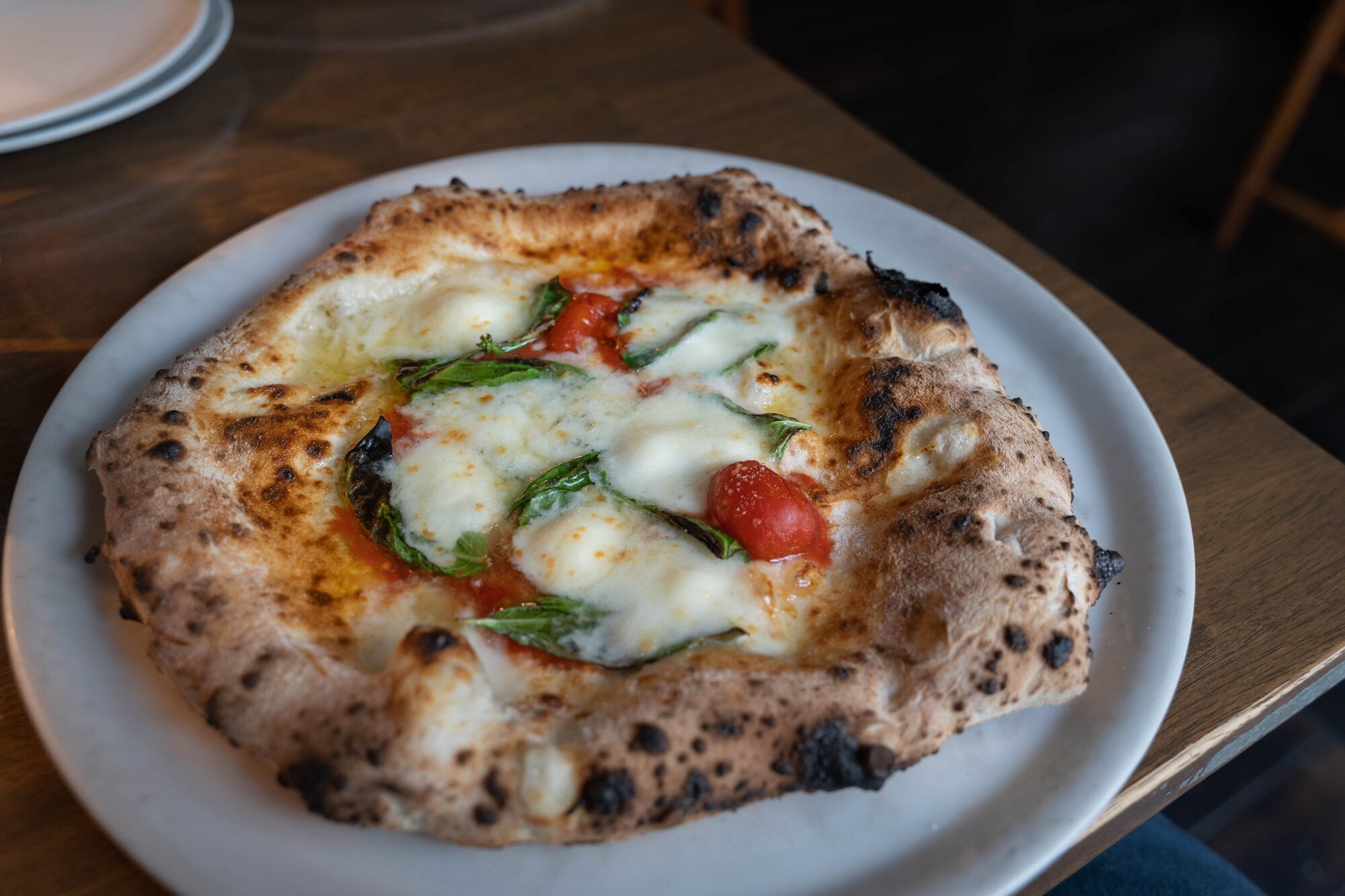
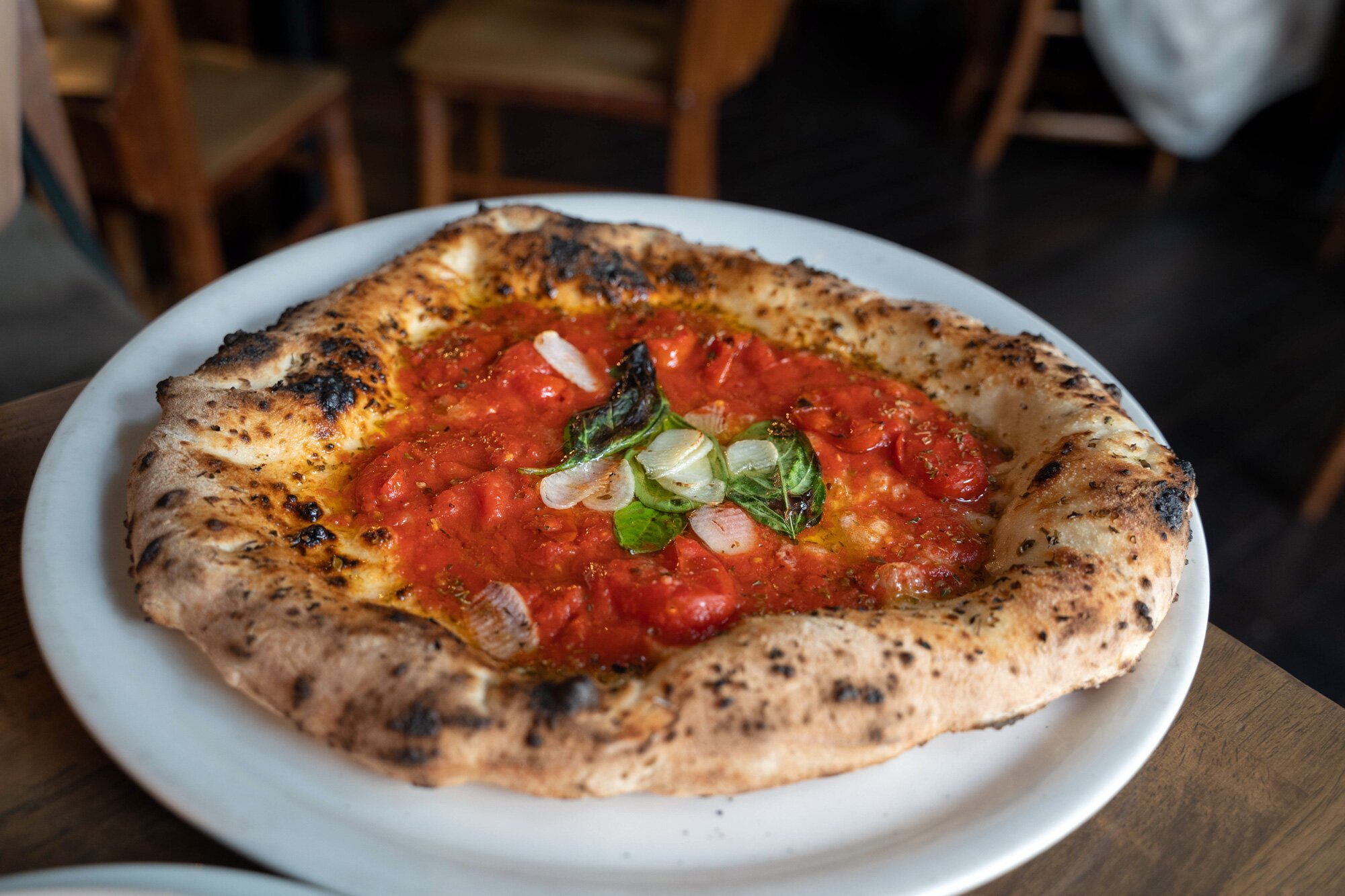
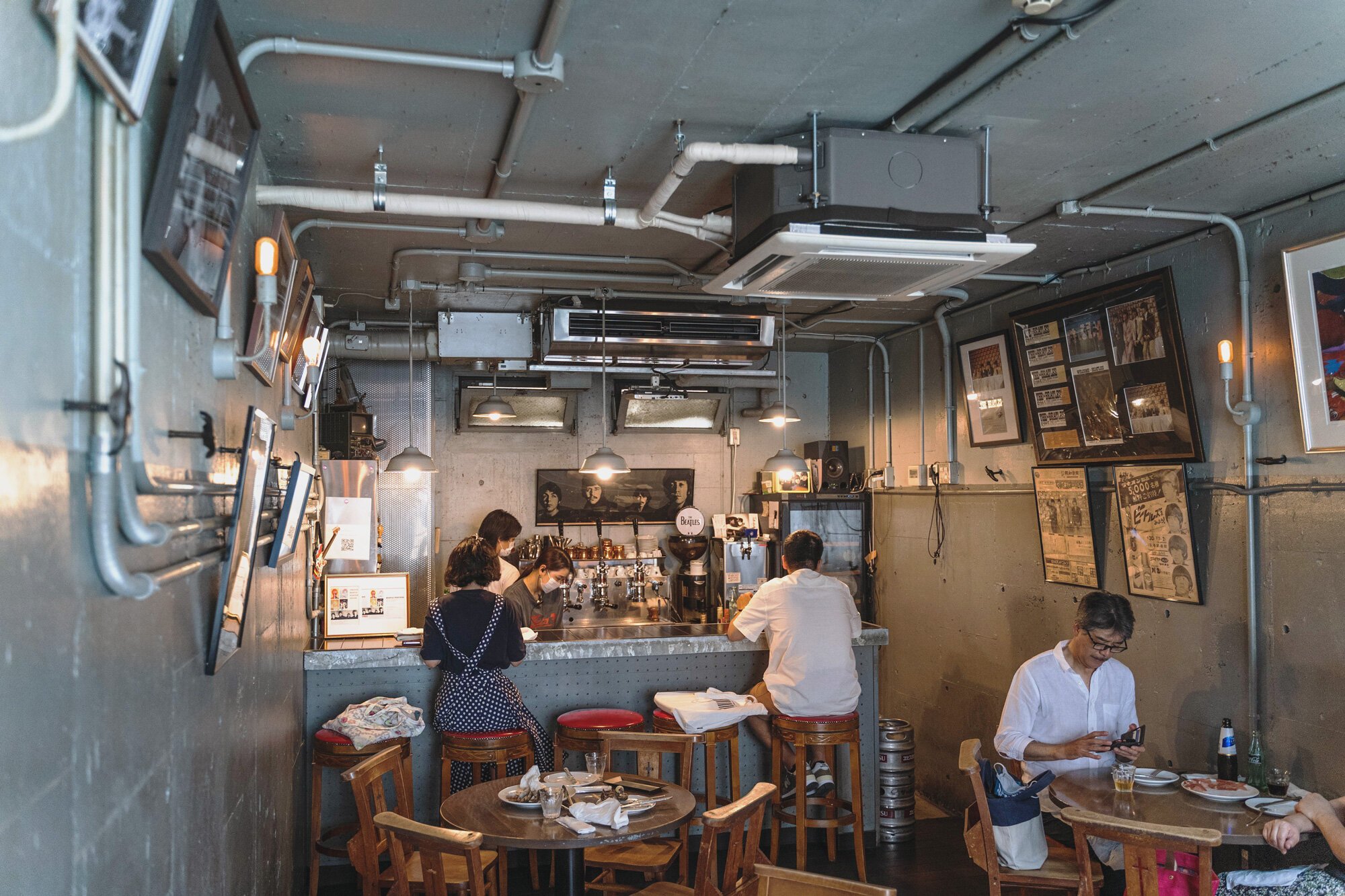
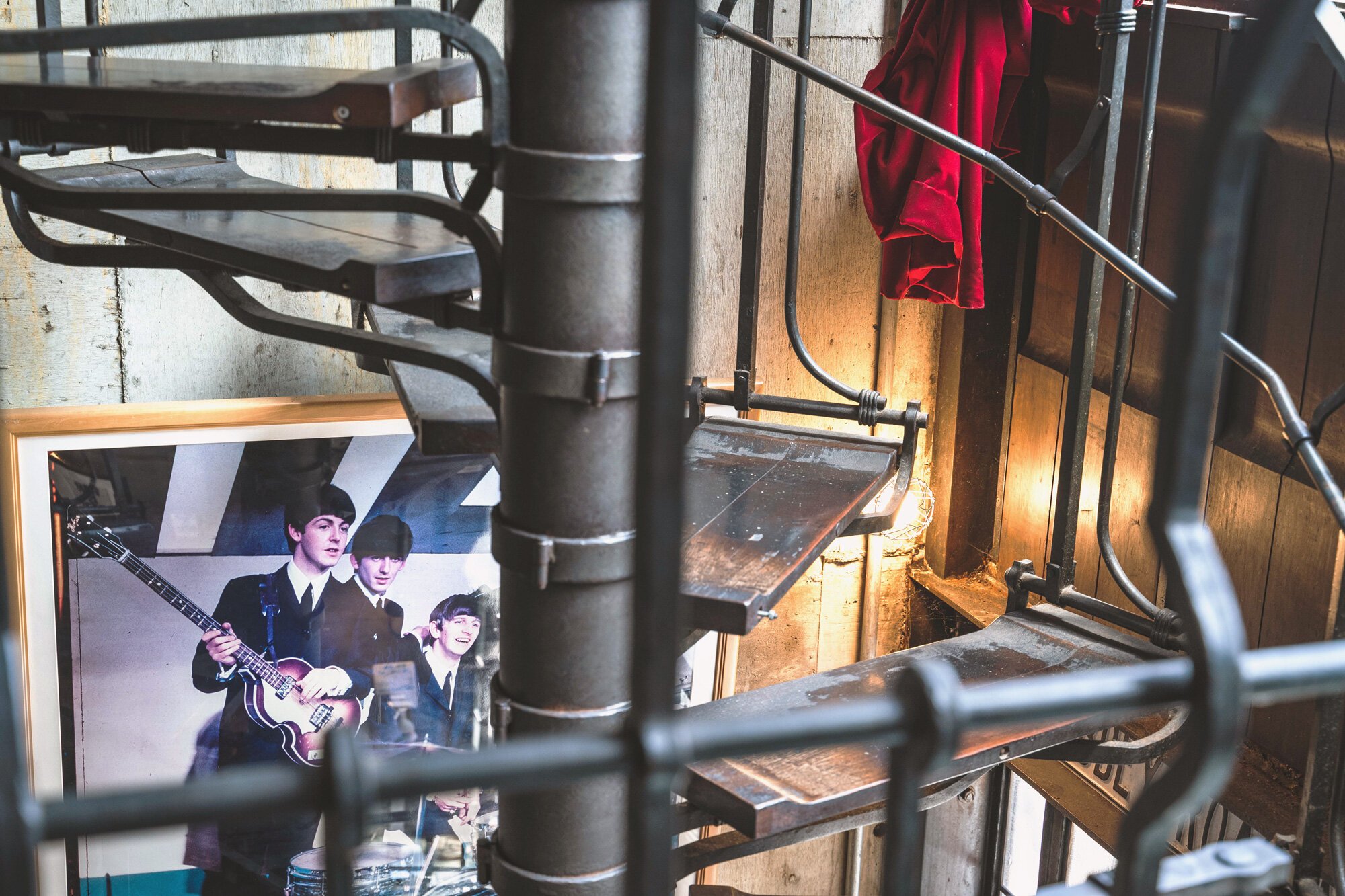

Seirinkan is often considered the best pizza in Tokyo, and that statement may be correct.
It’s been featured in places like CNN and enjoyed by many including David Chang, who went on to say “the best pizza in the world is in Tokyo” on his Netflix show “Ugly Delicious.”
The shop itself is in a modified factory-like building and its decor makes it somewhat of a Beatles shrine. You have to go up a pretty scary spiral staircase, but don’t let it deter you from getting a seat.
Unlike a lot of other top pizza chefs, Seirinkan’s never actually trained in Naples and he utilizes Japanese ingredients, prioritizing freshness over origin.
Now I’m generally not a crust fan, but wow, this one (and pizza as a whole) was amazing. I understand the hype.
Udatsu Sushi
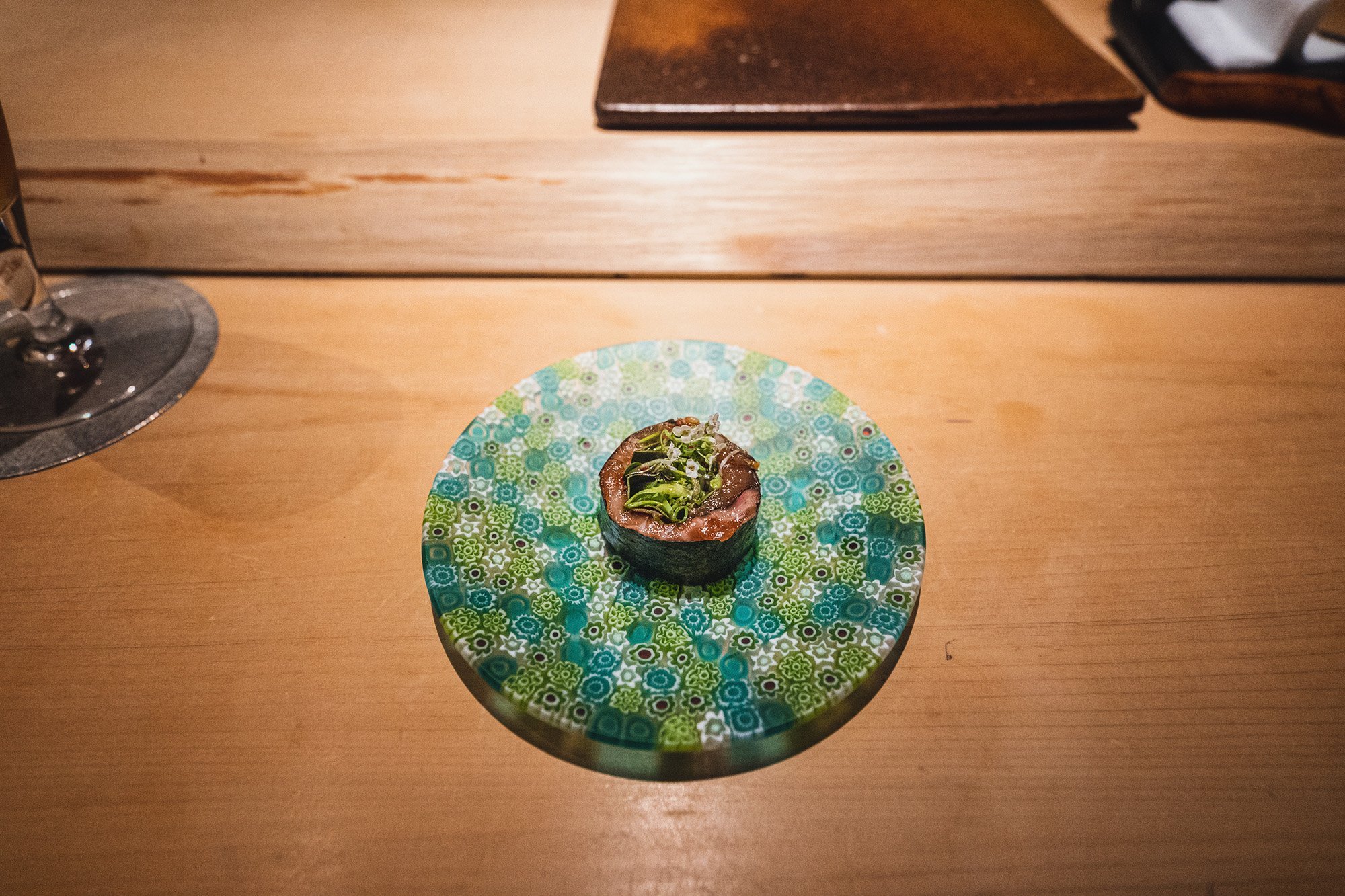
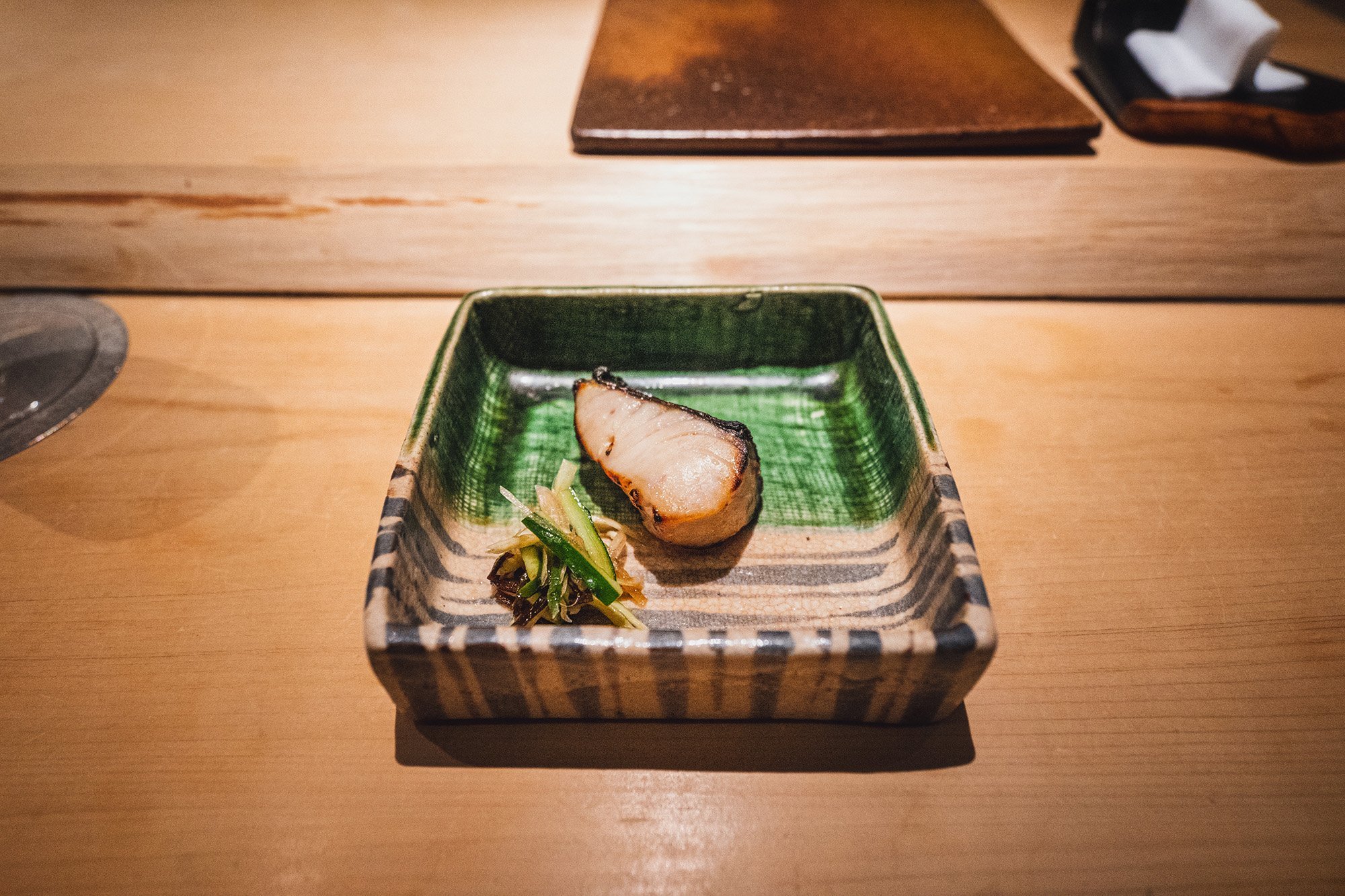
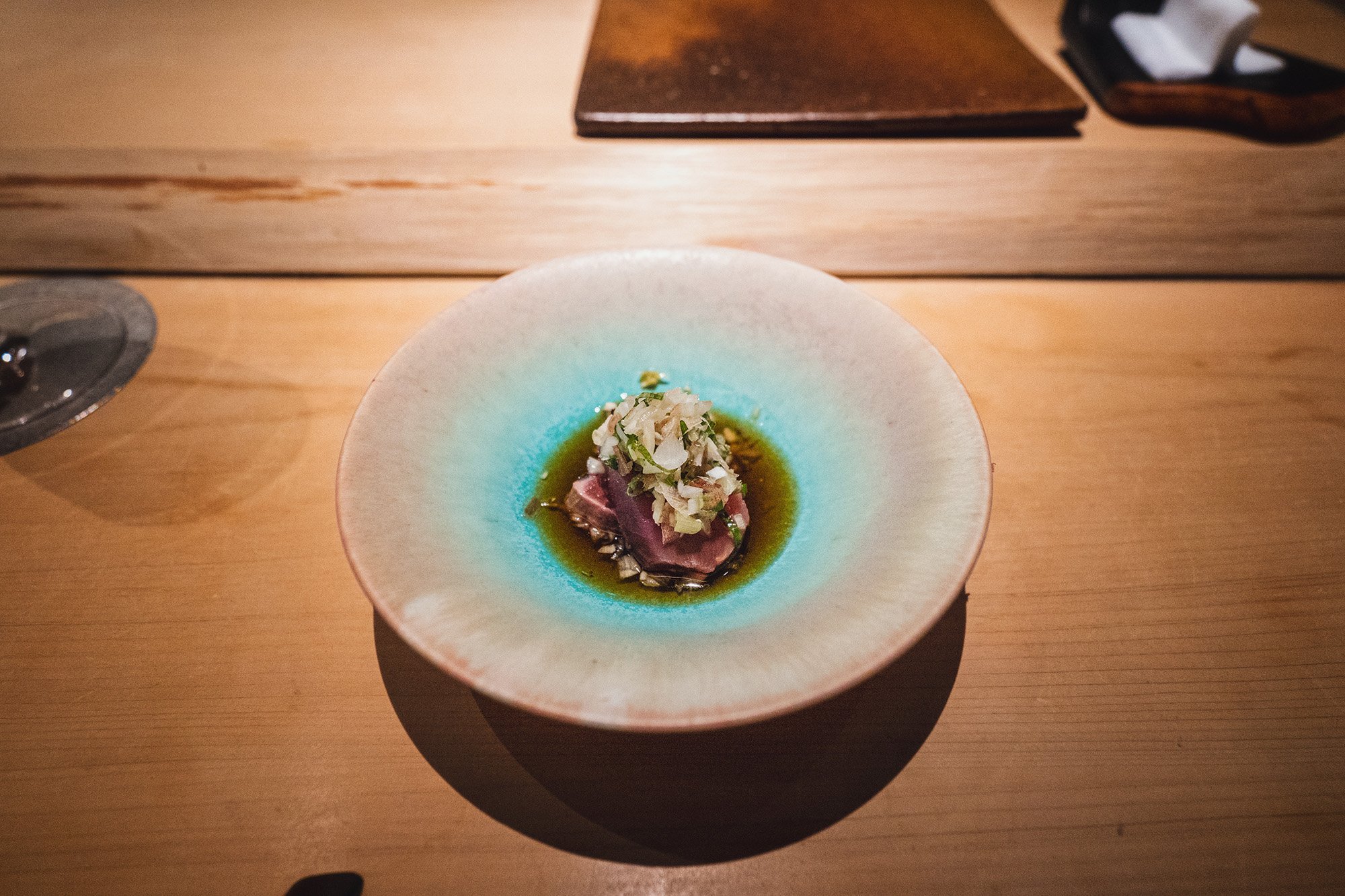
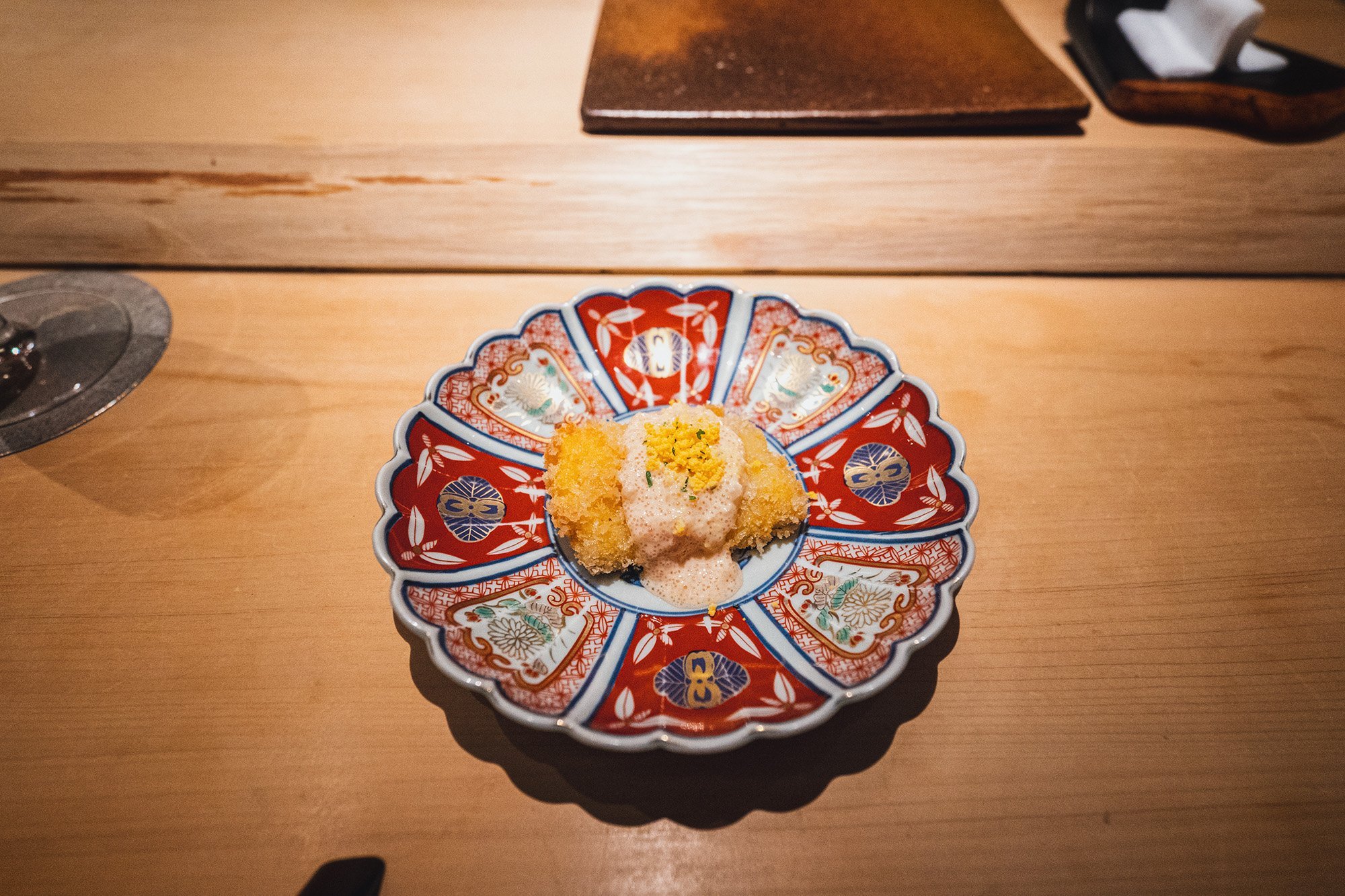
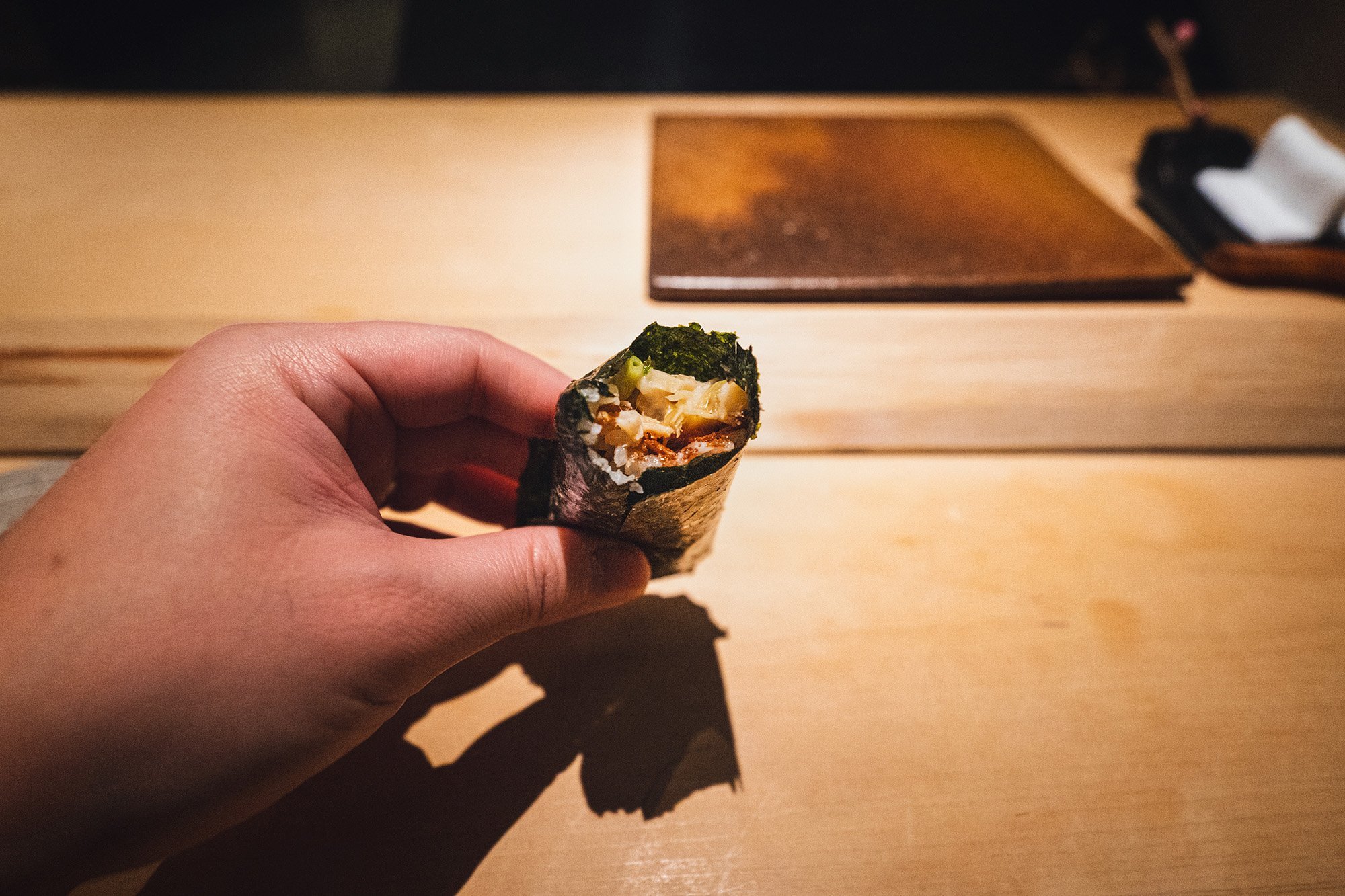
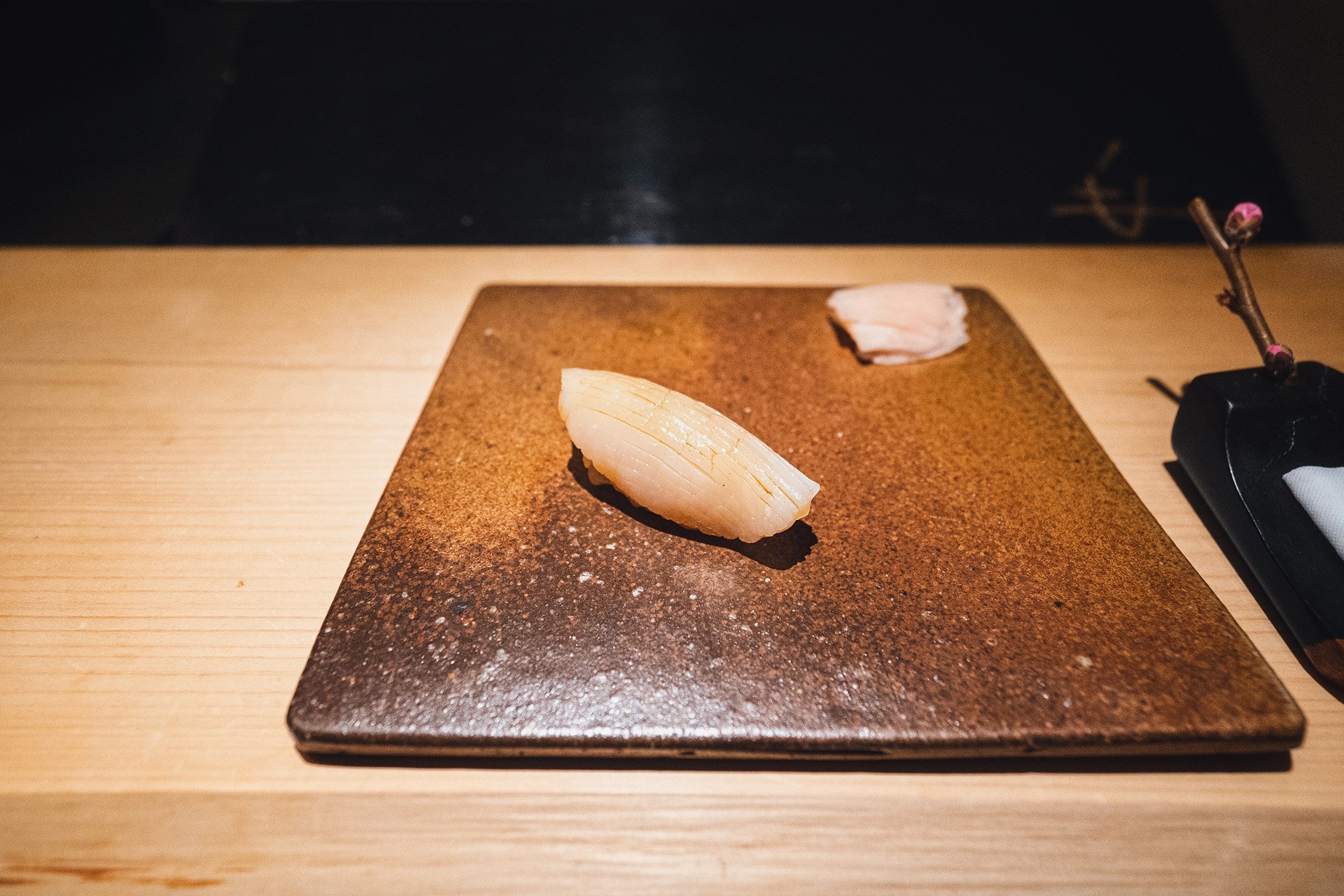
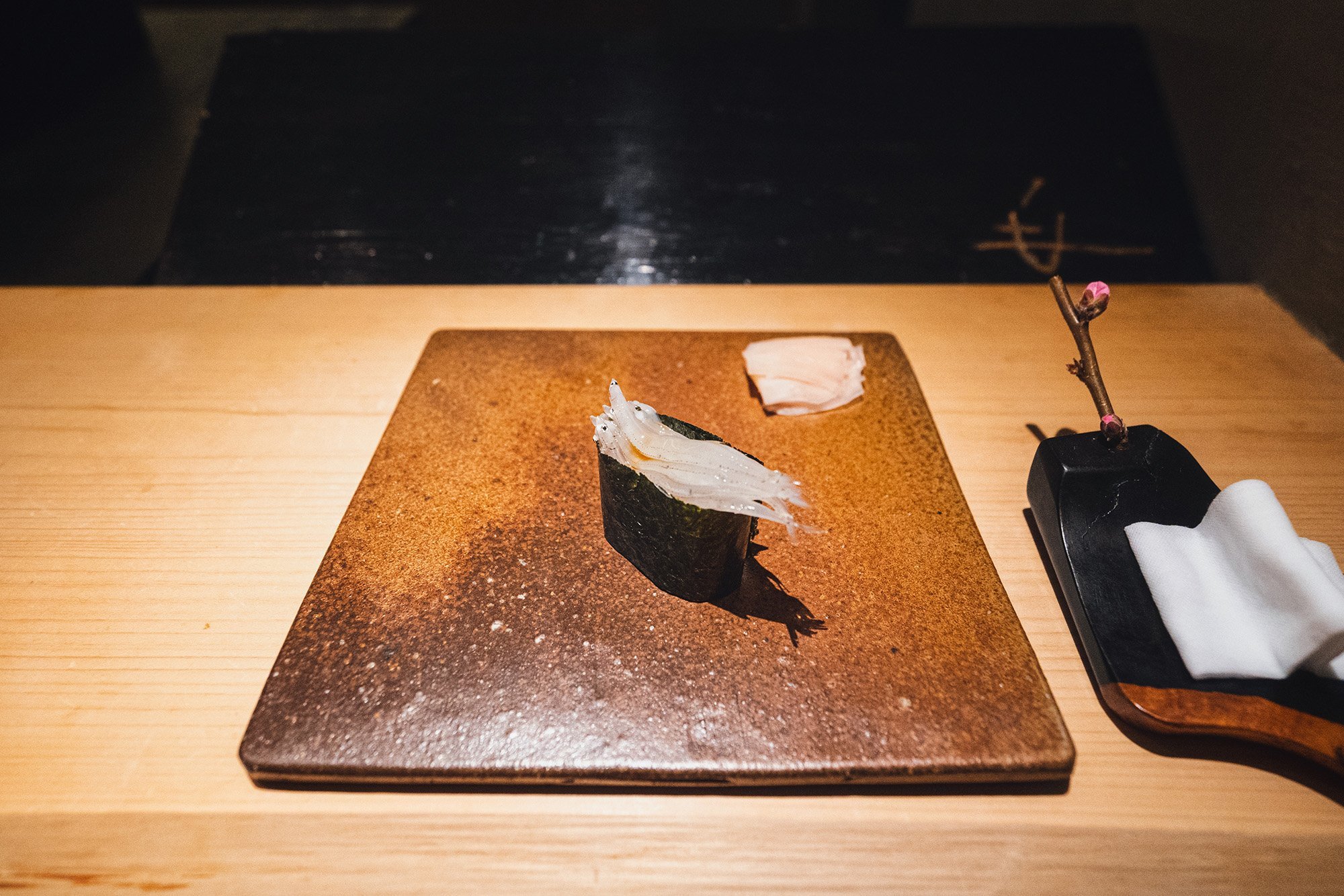


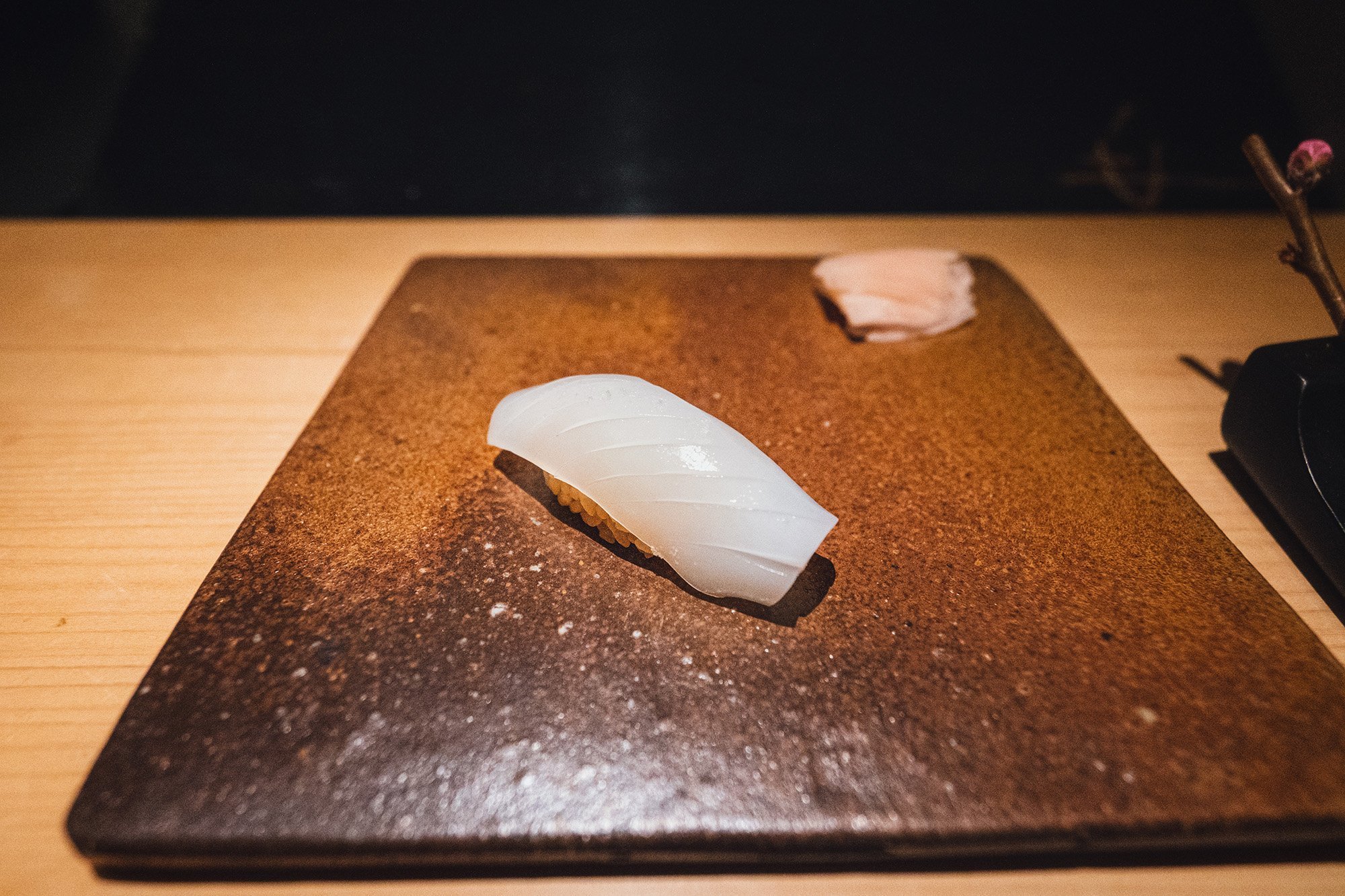
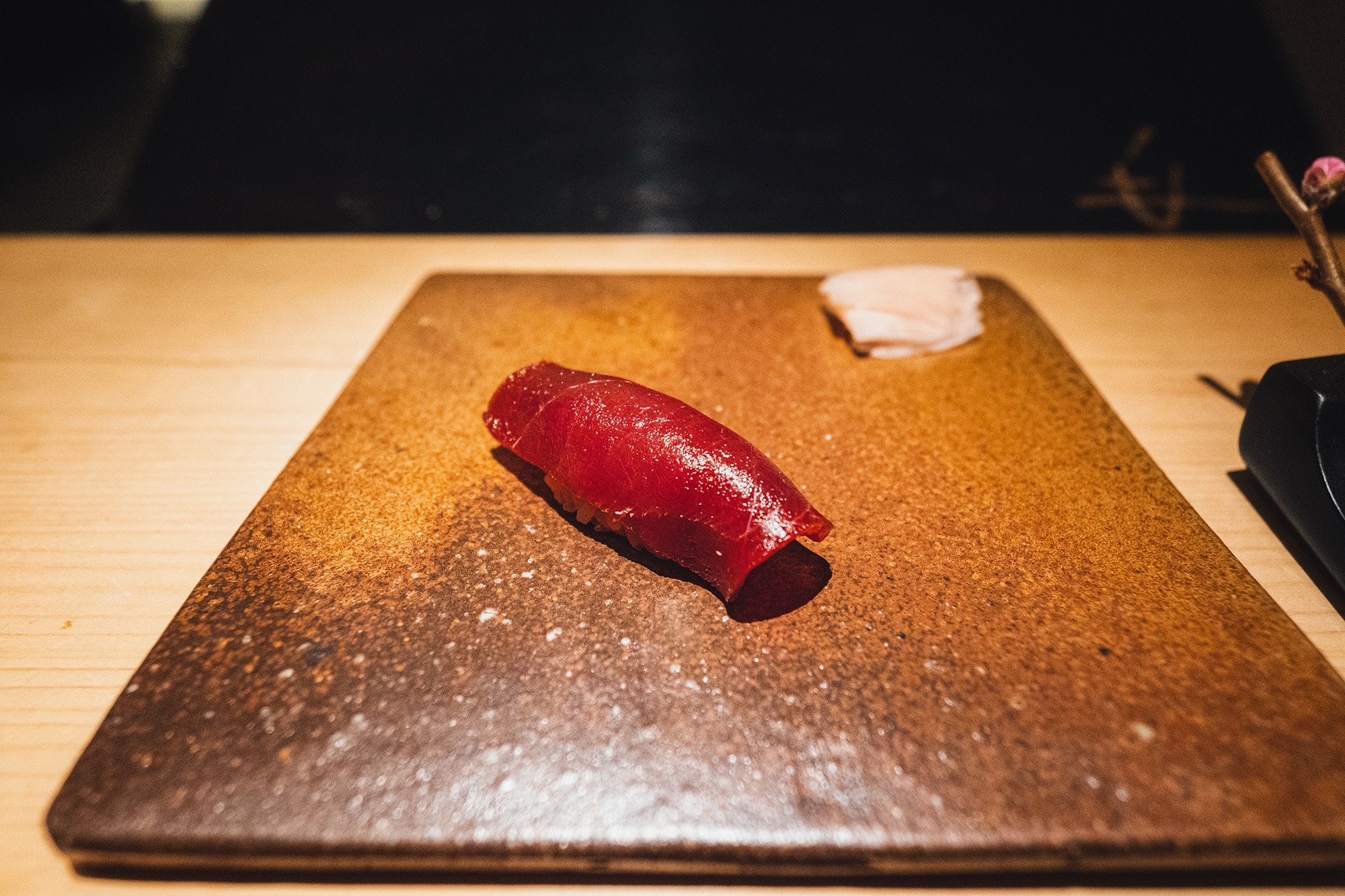
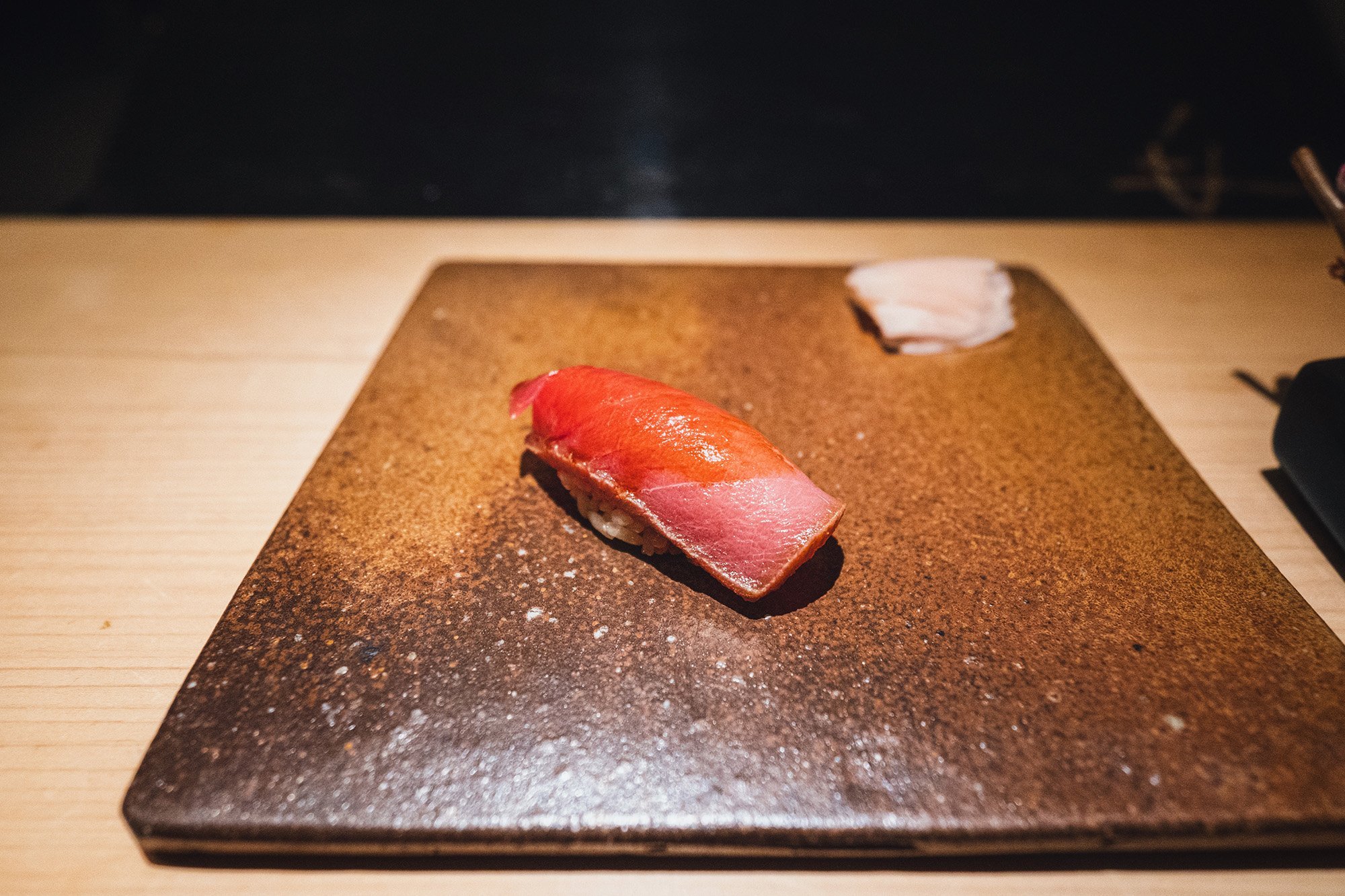
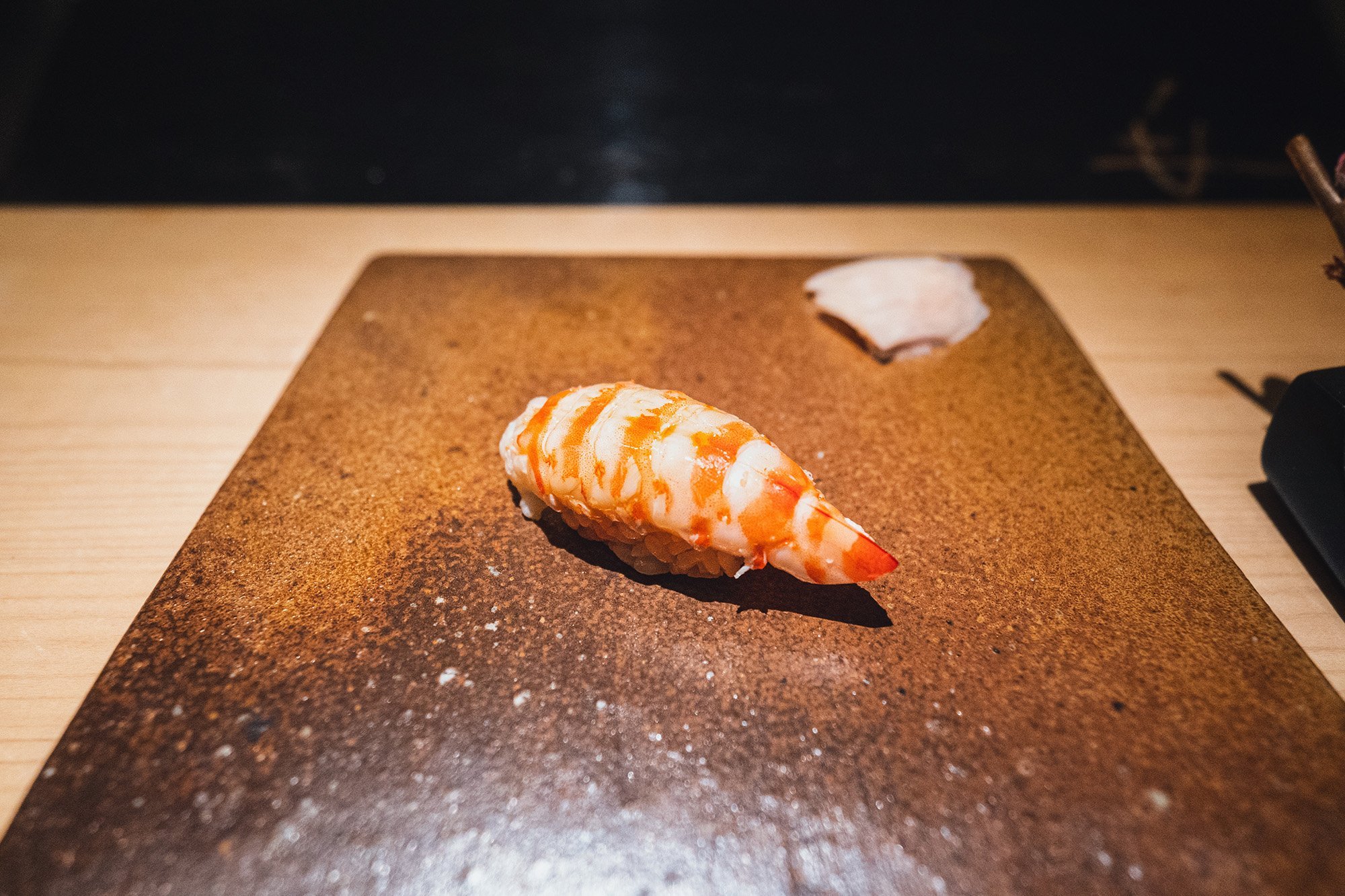


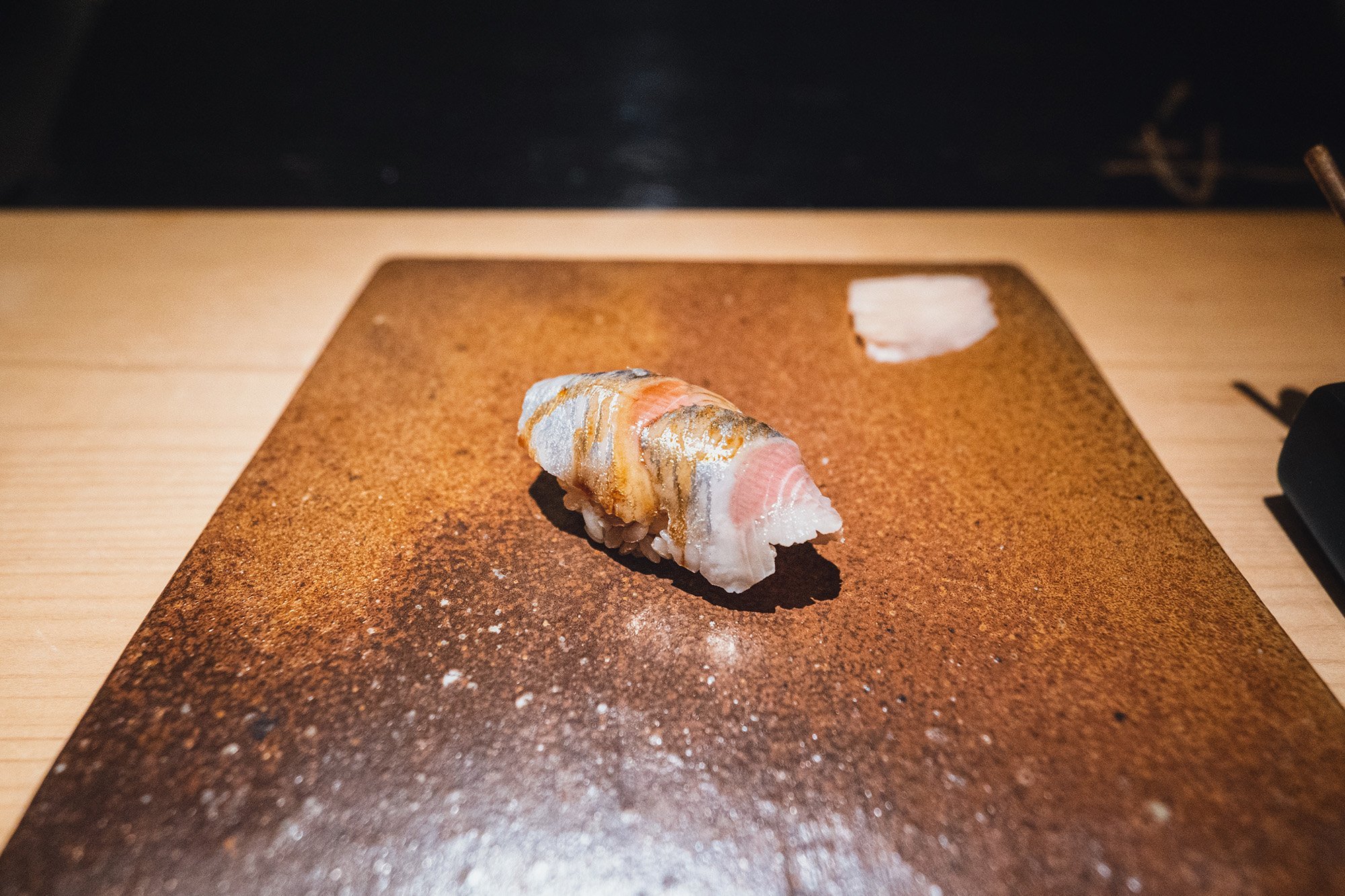
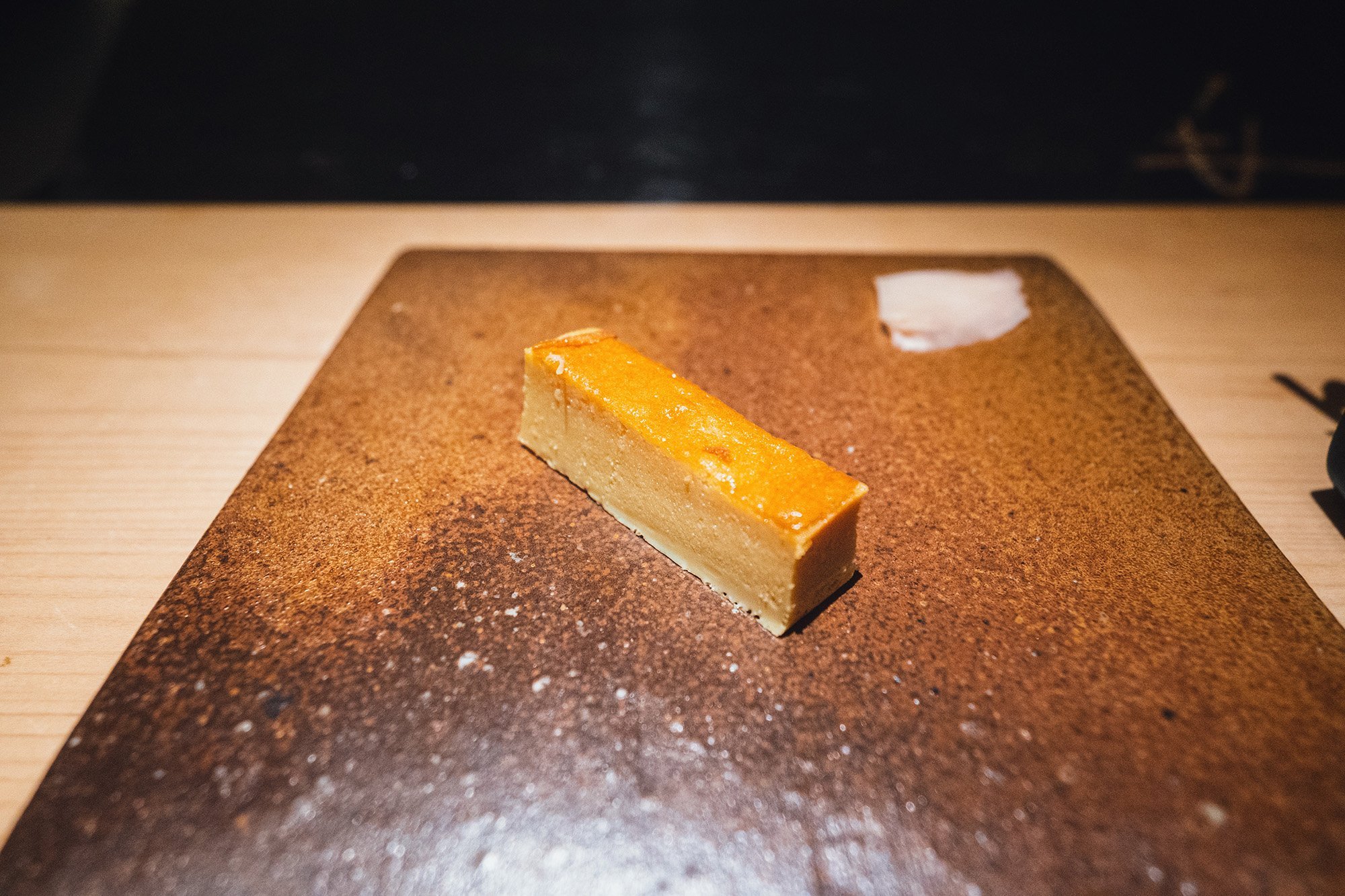
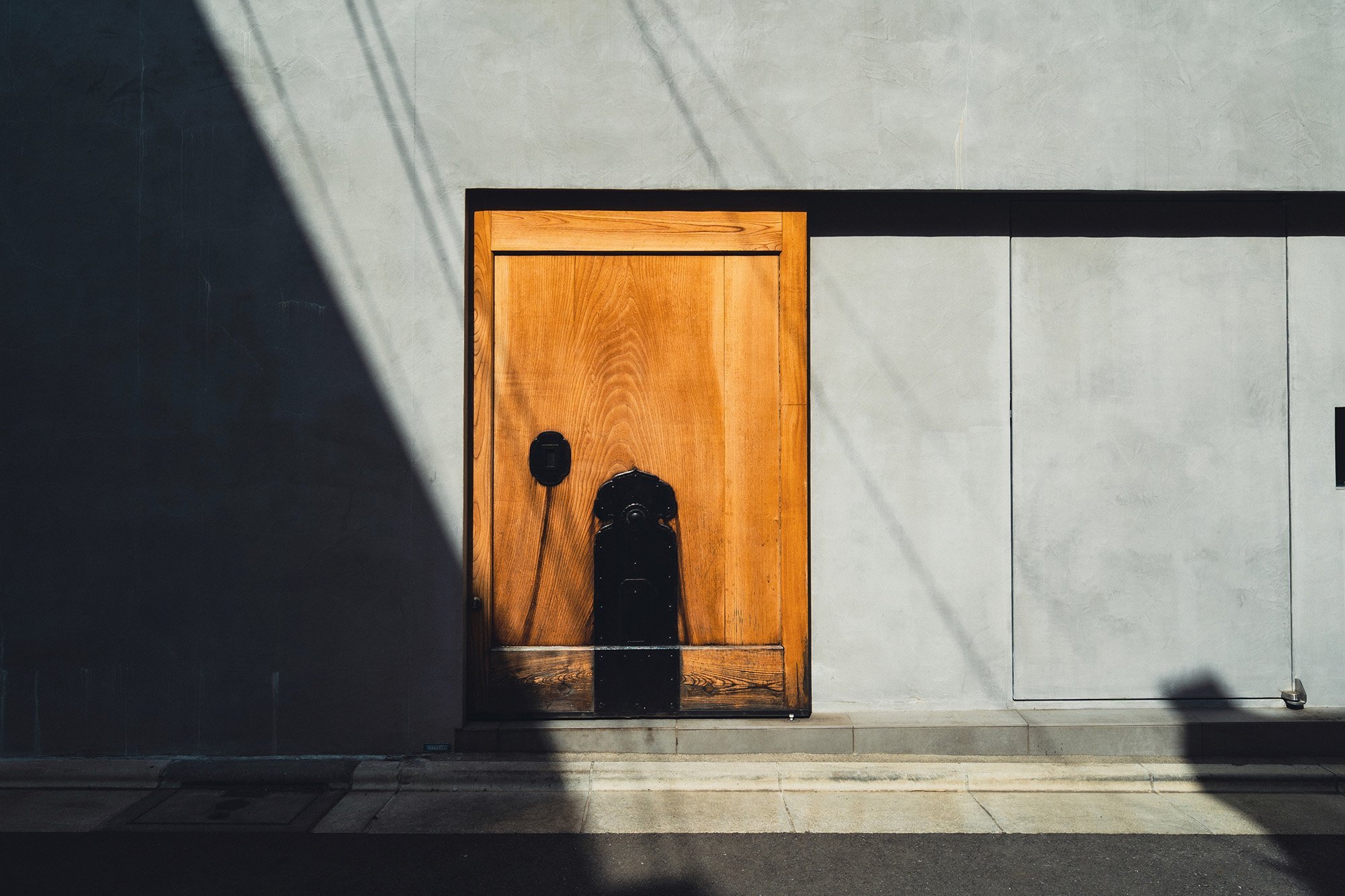
Udatsu Sushi is in a residential area and is such a treat. Behind a concrete facade and wooden door is an artistically designed space with a chef that serves equally impressive sushi.
Our lunch course featured about 17 different dishes, each crafted to perfection.
The chef grew up in a family that ran a meat shop but was drawn to sushi. After gaining experience at a Michelin starred sushi restaurant, he opened this omakase. He uses two different shari (sushi rice) in order to best match with the fish, and dishes like his handroll that had ingredients such as takenoko (bamboo shoots), garlic chips and miso are playful with flavor and texture.
I have to say that I really enjoyed the experience. I’d love to go back here for a meal and I definitely recommend it.
Junkadelic
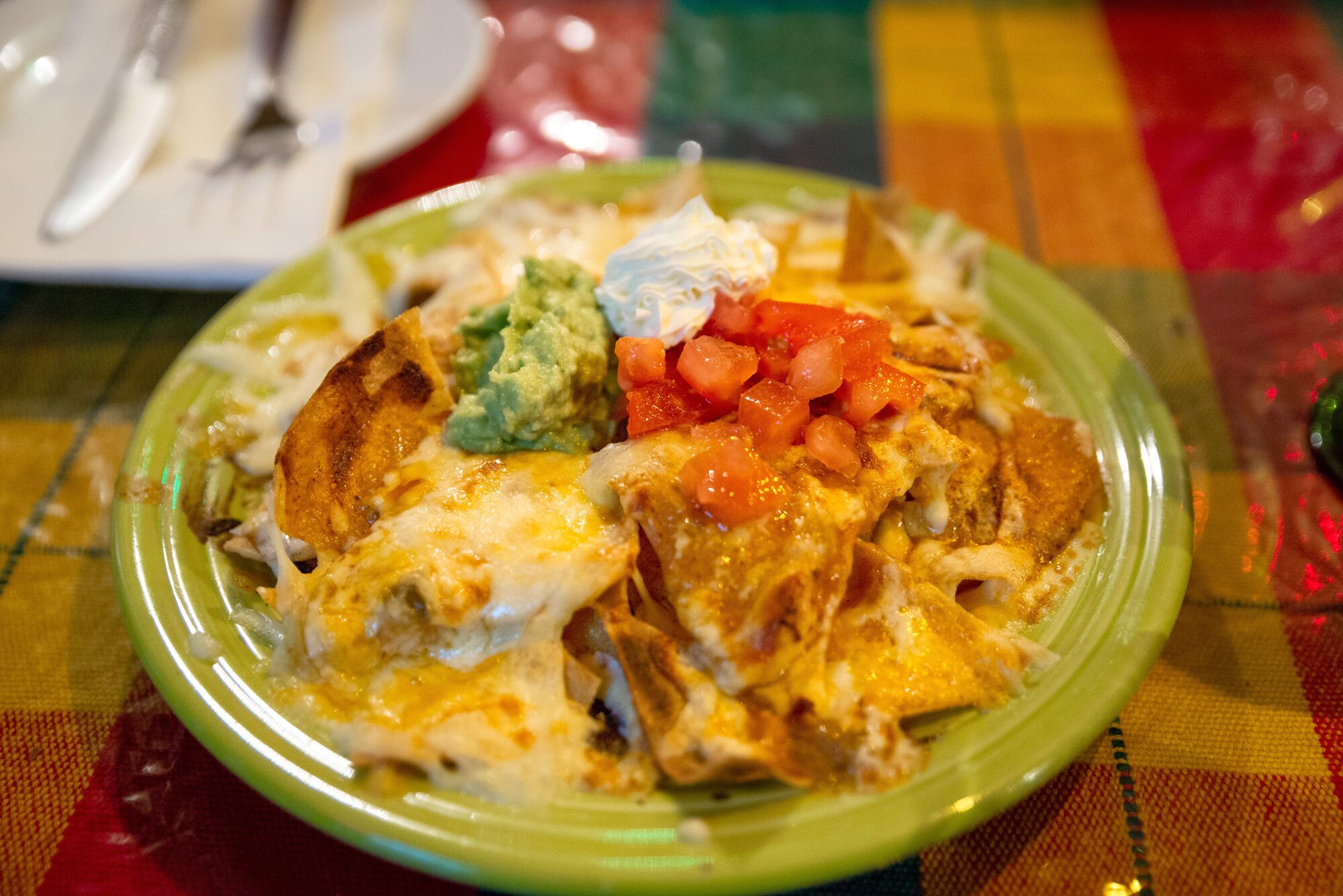
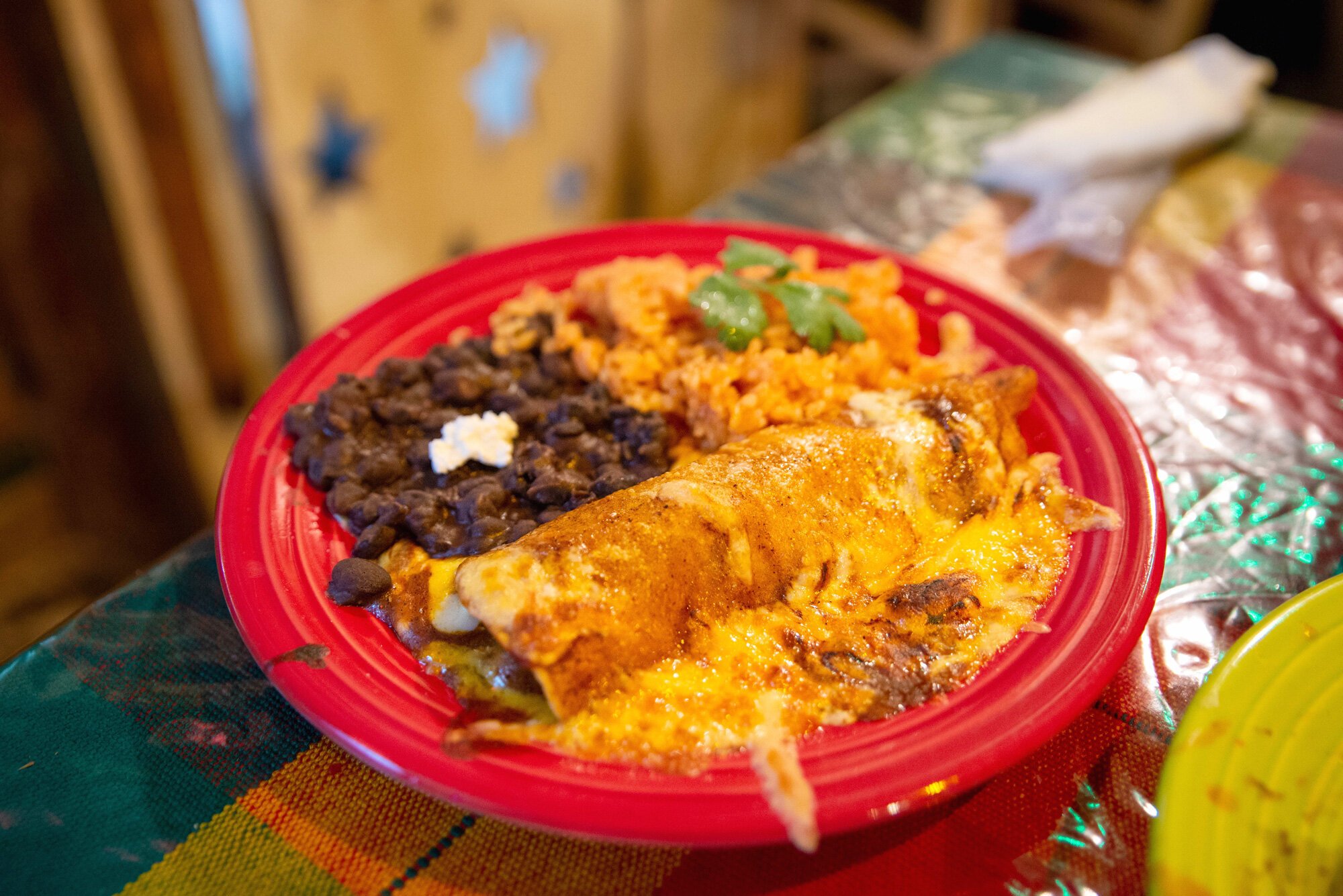
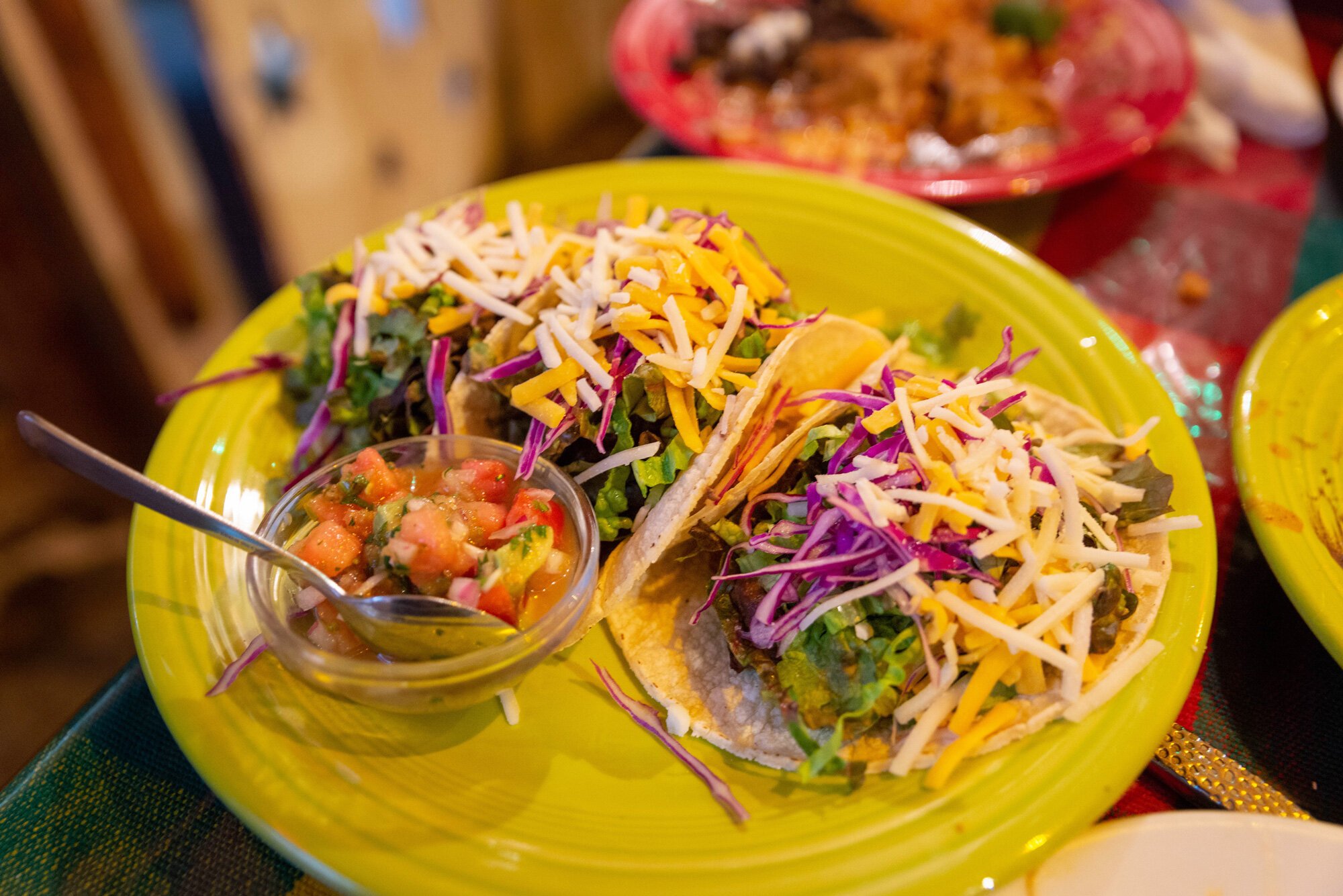

The best Mexican food I’ve had in Tokyo.
As someone who’s spent several years in California, I’ve been on a hunt to find decent Mexican food in Tokyo. So far, Junkadelic is it.
The concept is based on experiences the owner had in San Diego, and Junkadelic’s food and decor aims to mimic that vibe in Tokyo. It’s not one of those hyper-localized international places - it does make you feel like you’ve transported someplace else for a bit.
A great place when you need a break from Japanese food and are craving some Tex-Mex.
Happy Pudding Makahala
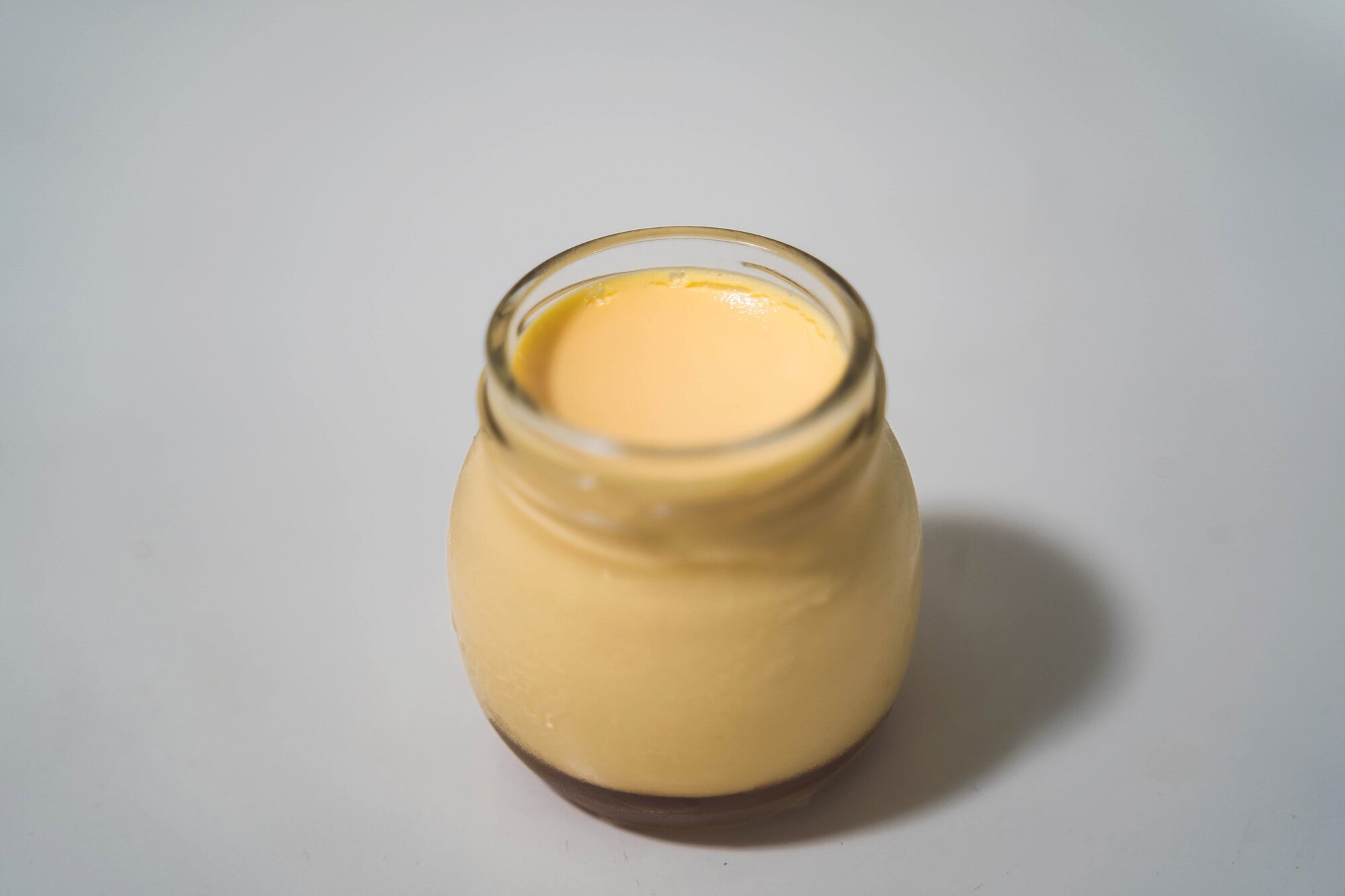
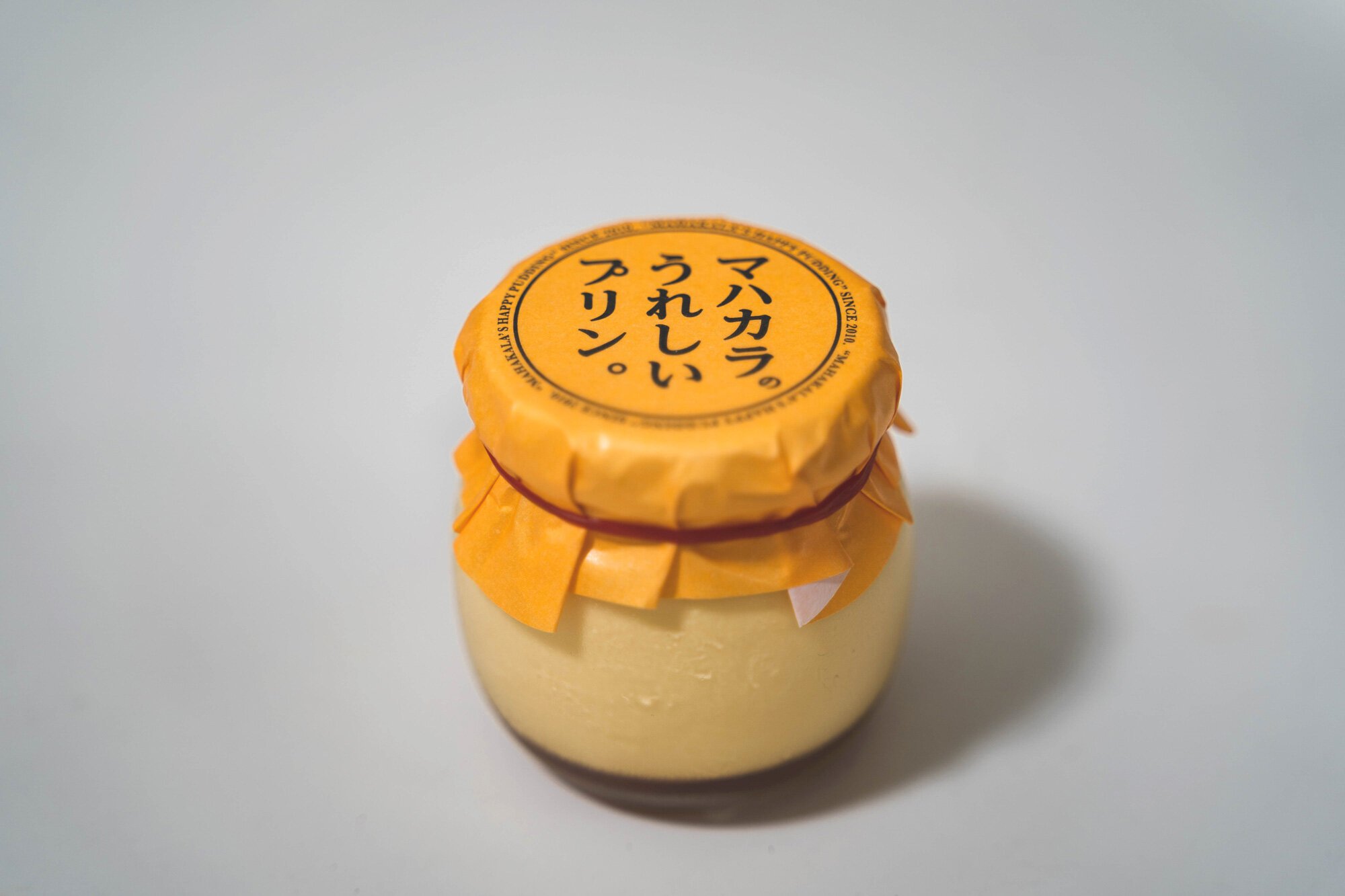
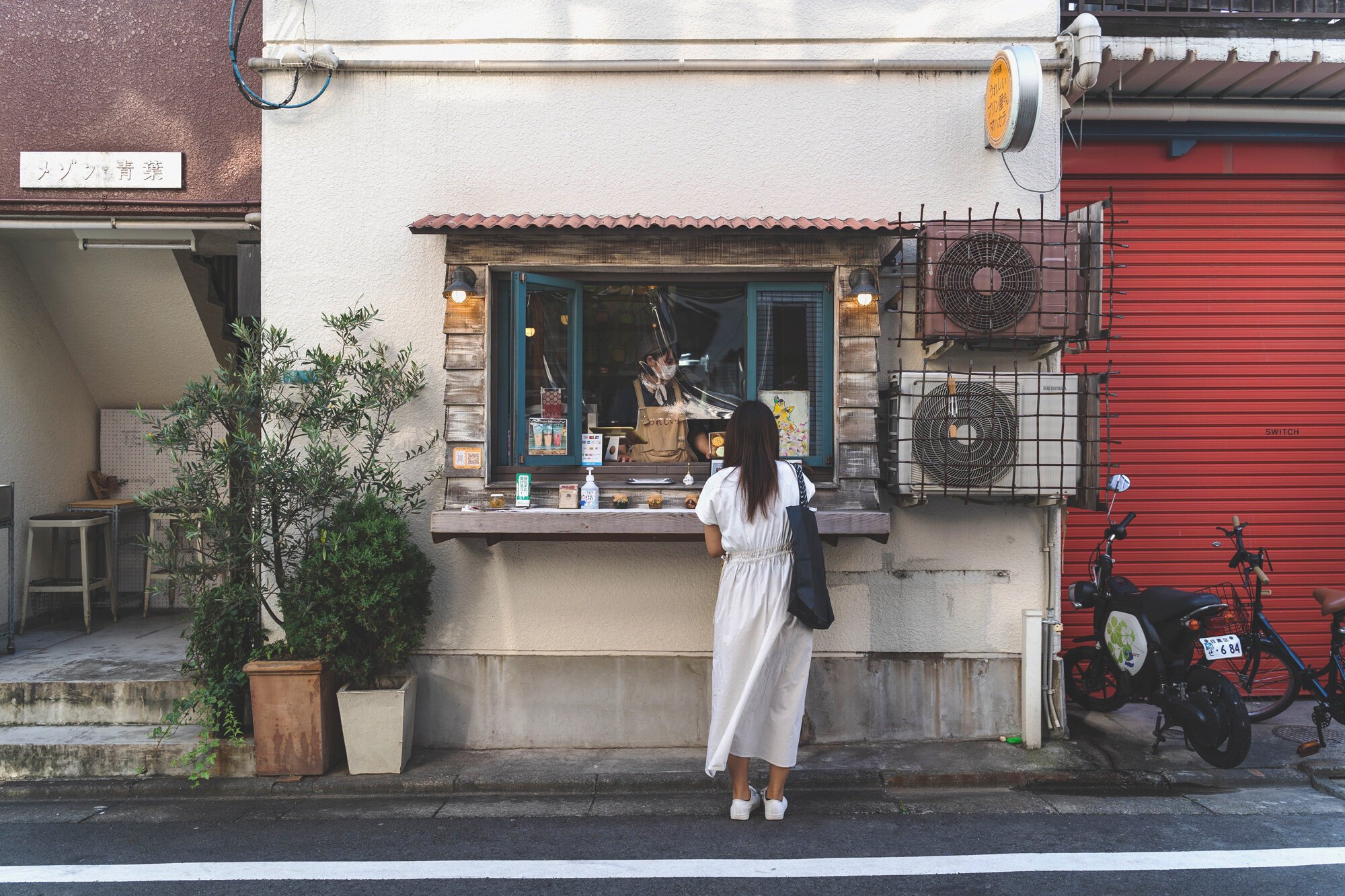

You can’t really go wrong if there’s “happy pudding” in the name right? Happy Pudding Makahala is located right off the Meguro riverside - a small shop for easy takeout.
It was originally a dessert item at a kushikatsu izakaya, but due to its popularity, the standalone shop was born. It’s a premium pudding - using high-end eggs from an area in Hyogo prefecture, near the owner’s hometown.
The custard pudding is rich and smooth, and they also have special seasonal flavors such as mango, matcha, sweet potato and more.
Keep in touch:
More travels:
Nakai, Tokyo: Somenokomichi Festival
A small, residential area near Shinjuku, Nakai puts on an annual festival in recognition of its fabric-dyeing heritage.
Nakai is a small, residential neighborhood just northwest of Shinjuku Station
The area is historically known for kimono fabric dyeing and screen printing
Every February, the Somenokomichi Festival honors this tradition
Tokyo may be viewed as just a big city on the surface, but drift just a little away from the main hubs and you’ll find yourself in very local neighborhoods.
Nakai, which is in the Shinjuku Ward, is one of those areas. If you’re in Tokyo in February, you might be in luck.
HOW TO GET THERE
Nakai is just a 10-minute train ride from Shinjuku Station. Both the Oedo Subway line and Seibu Shinjuku lines will take you there.
SOMENOKOMICHI FESTIVAL
For one weekend in February, the quaint neighborhoods of Nakai and Ochiai comes alive for the Somenokomichi Festival.
The area was home to about 300 fabric-dyeing businesses from the early Showa era to the 1930s, and were concentrated around the Kanda and Myoshoji rivers.
In recognition of this history, about 50-60 pieces of Kimono fabric are flown to create a “River Gallery,” and it’s the central, most photogenic part of the festival.
About 87 shops in the area display specially made curtains, called “noren",” in front of their shops.
In the neighborhood alleys, shops and craftspeople set up tables and sell their homemade fabrics and other items.
At some shops, you can watch as professionals dye fabrics and make handmade products. The festival also holds English tours available for booking.
I went for the first time in 2020. While it’s not a big festival or anything, it’s nice to get to see a local area of Tokyo celebrate its craftspeople. And it’s not overcrowded!
http://www.somenokomichi.com [J]
OWARIYA

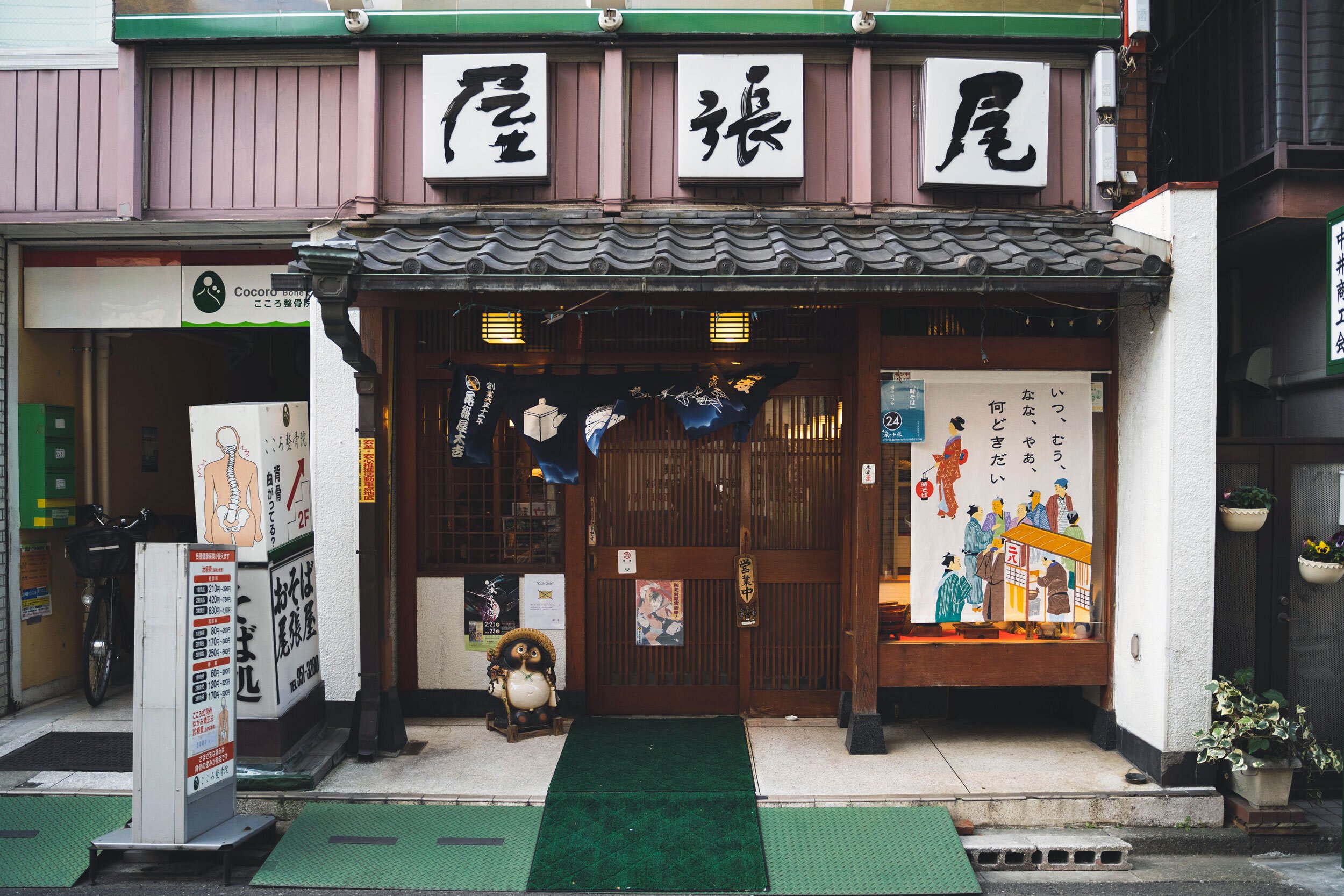
Just a couple blocks north of Nakai Station is a soba (buckwheat noodle) shop. True to Tokyo’s flavor, the broth is strong.
To be honest, it was good but not a must go or anything. I went during lunch time, so I popped in and had a bowl of tempura soba. Satisfied.
MAP
KEEP IN TOUCH
MORE TRAVELS
SHARE
Nakano, Tokyo
Thought of as the second Akihabara, Nakano is an otaku haven as well as a photogenic, retro Tokyo playground.
Nakano is a neighborhood just a few minutes west of Shinjuku
The area is known as the second, less commercialized Akihabara, full of otaku entertainment
It’s a fantastic, less crowded sakura cherry blossom spot in the spring
Some say Akihabara has become just another tourist spot. So where else can people go to get their anime and manga fix? Or how about a place just to experience an authentic, retro Tokyo vibe?
Nakano.
For otaku and non-otaku alike, Nakano is a great area to visit because it still holds a lot of older, “Showa” Tokyo, post-World War II vibes.
How to get there
Nakano is really easy to get to as it’s just a 4-7 minute train ride west from Shinjuku station on either the JR Chuo or Sobu line.
After moving to Tokyo, it took me a while to discover Nakano and it wasn’t until I went to check out the cherry blossoms (More on that later on) there that I realized how cool the area was. I think it’s one of the more underrated areas in the city.
Nakano, particularly the north side of JR Nakano Station, has a bunch to explore whether you’re into anime and manga or not.
While not a hub for high fashion, there are over 3,000 shops in what is called Heartbeat Nakano [J], a shopping association consisting of 59 shopping areas divided into 10 blocks.
Walking north from the station, you’ll go through Nakano Sun Mall, an approximately 250 yard (225 meter) shopping arcade of restaurants and miscellaneous shops. At the end of this is Nakano Broadway.
Nakano Broadway
An indoor shopping complex that dates back decades, Nakano Broadway has about four floors of shops selling anime and manga items, figurines, “idol” goods, collectables and more. Mandarake, a large chain for second-hand collectables, has a large presence here, and many come to sell and trade collectables.
It’s quite the geek playground.
It’s not limited to things Japanese either. I’ve seen a fair share of Star Wars goods, shops selling American toys from the 80s and 90s, military surplus items, classic Rolex watches - anything collectable, really.
https://nakano-broadway.com [J]
MAP
If you’re not into that type of thing?
Sanbancho (North Exit Alleys)
On the east side of Nakano Sun Mall and Nakano Broadway is an area of alleys with numerous bars and izakayas. Big signs displaying Japanese lettering and old steel and painted glass street lamps make you feel as if you’ve been transported back to old Tokyo.
The people are much the same with many dressed in retro fashion, living life by their rules, doing what they want. It’s a far and refreshing cry from the rush of black suits going through Shinagawa or Shinjuku Stations.
Nakano-dori Ave Sakura
Nakano is one of the best areas to see sakura, or cherry blossoms, in Tokyo.
To the north of JR Nakano Station, cherry blossoms line Nakano-dori Ave for about 2 km. Unlike many other cherry blossom spots around Tokyo, this one is big and isn’t as crowded.
There’s a cherry blossom festival at Arai Yakushi Park [MAP] on the weekend during the season’s peak, and a nice photo spot where the Seibu Shinjuku train passes under the pinkish-white sakura flowers. [MAP]
Nakano is one of the most underrated areas that I’ve come across in Tokyo. Otaku folk love it, but so do many others who want that more authentic Tokyo experience.
Daily Chico
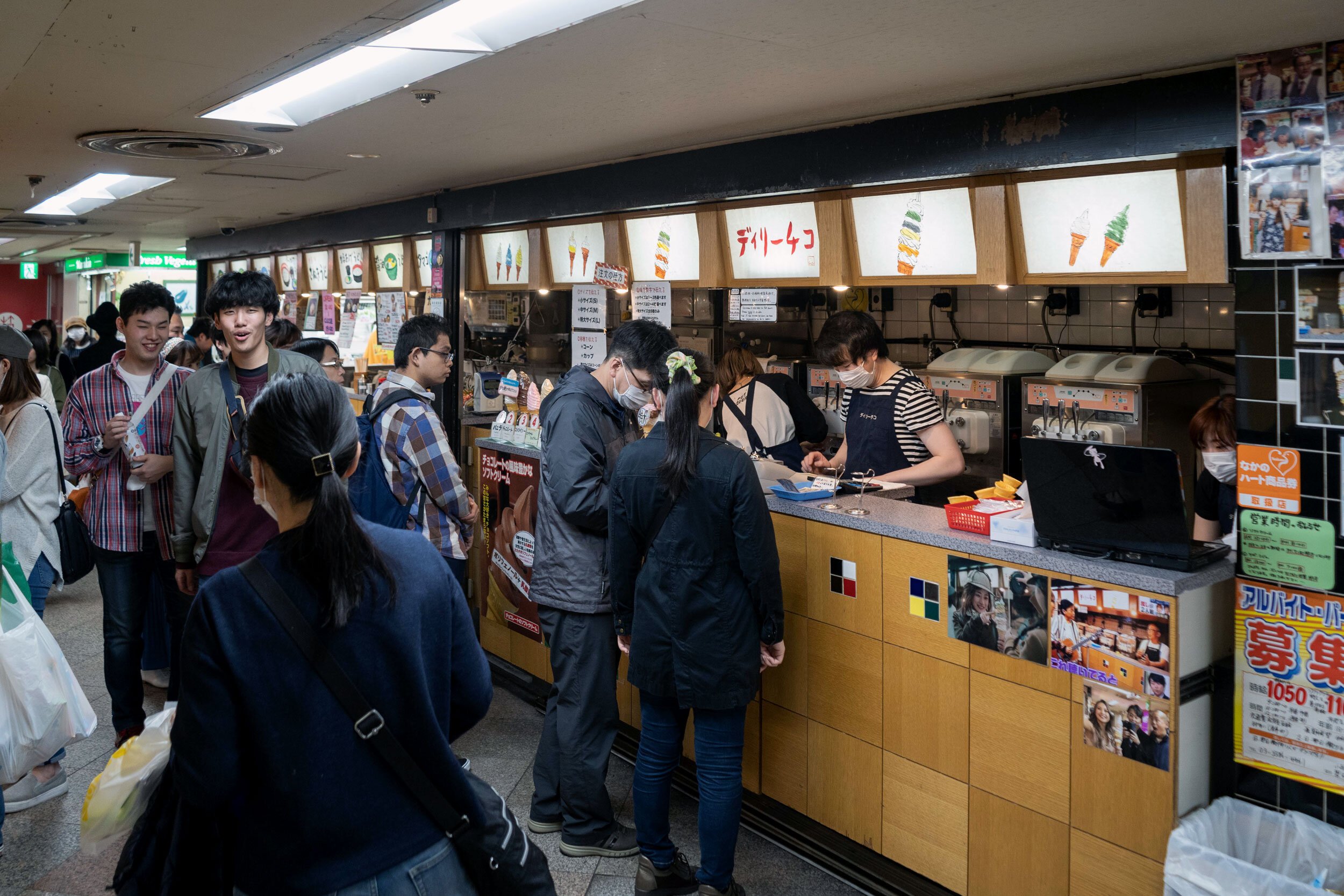
In the basement of Nakano Broadway is this popular soft-serve ice cream shop. If there’s no line or crowd of people enjoying their snack, you’ll notice this place by all the photos of Japanese celebrities on the walls.
Their most noted for their 8-layer challenge, an 8-inch (20 cm) tall colorful stack of soft-serve for about US $5. You can choose the smaller cones, of course, and they typically have flavors like vanilla, chocolate, ramune soda, matcha, etc. Refreshing.
MAP
Bia Hoi Chop
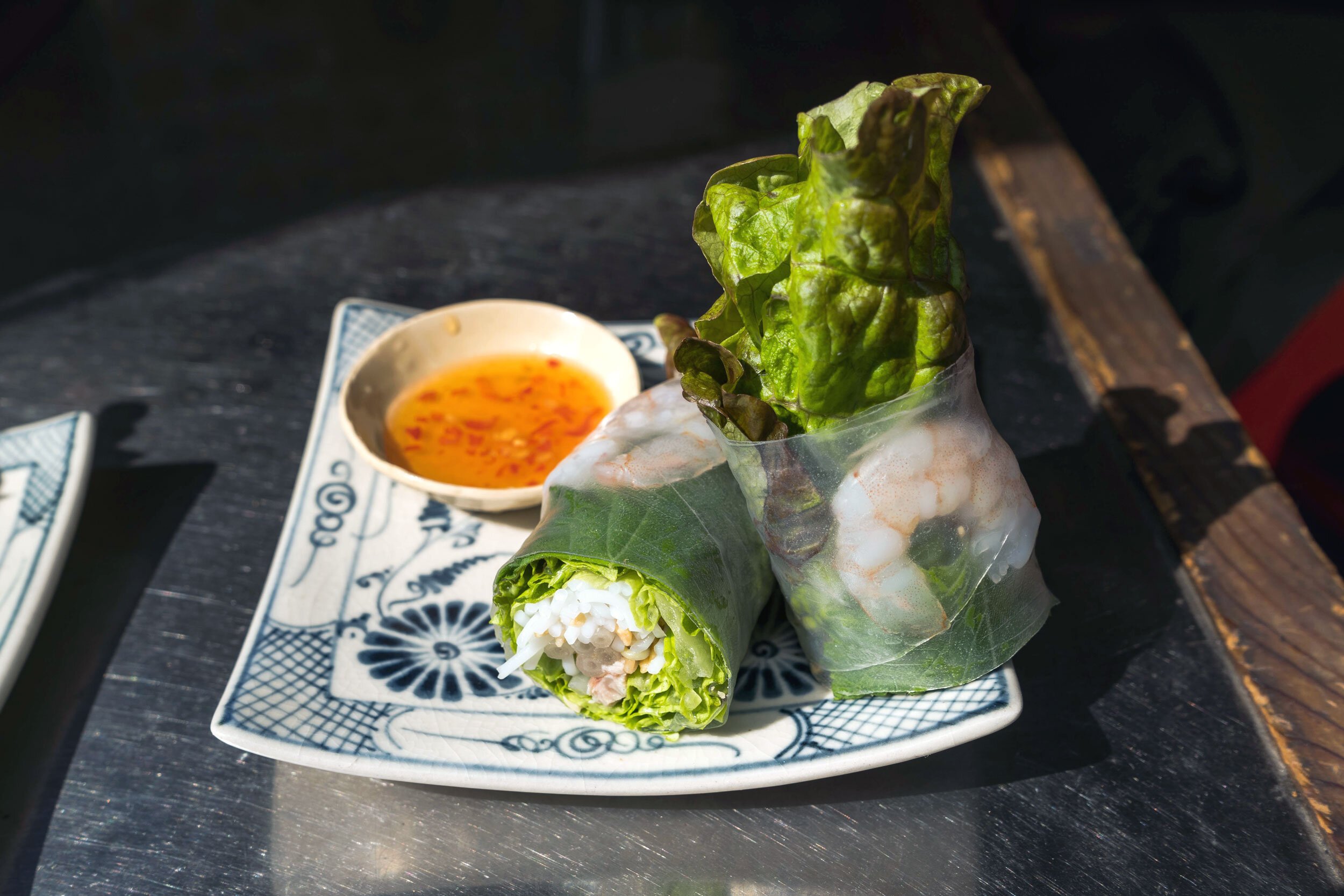
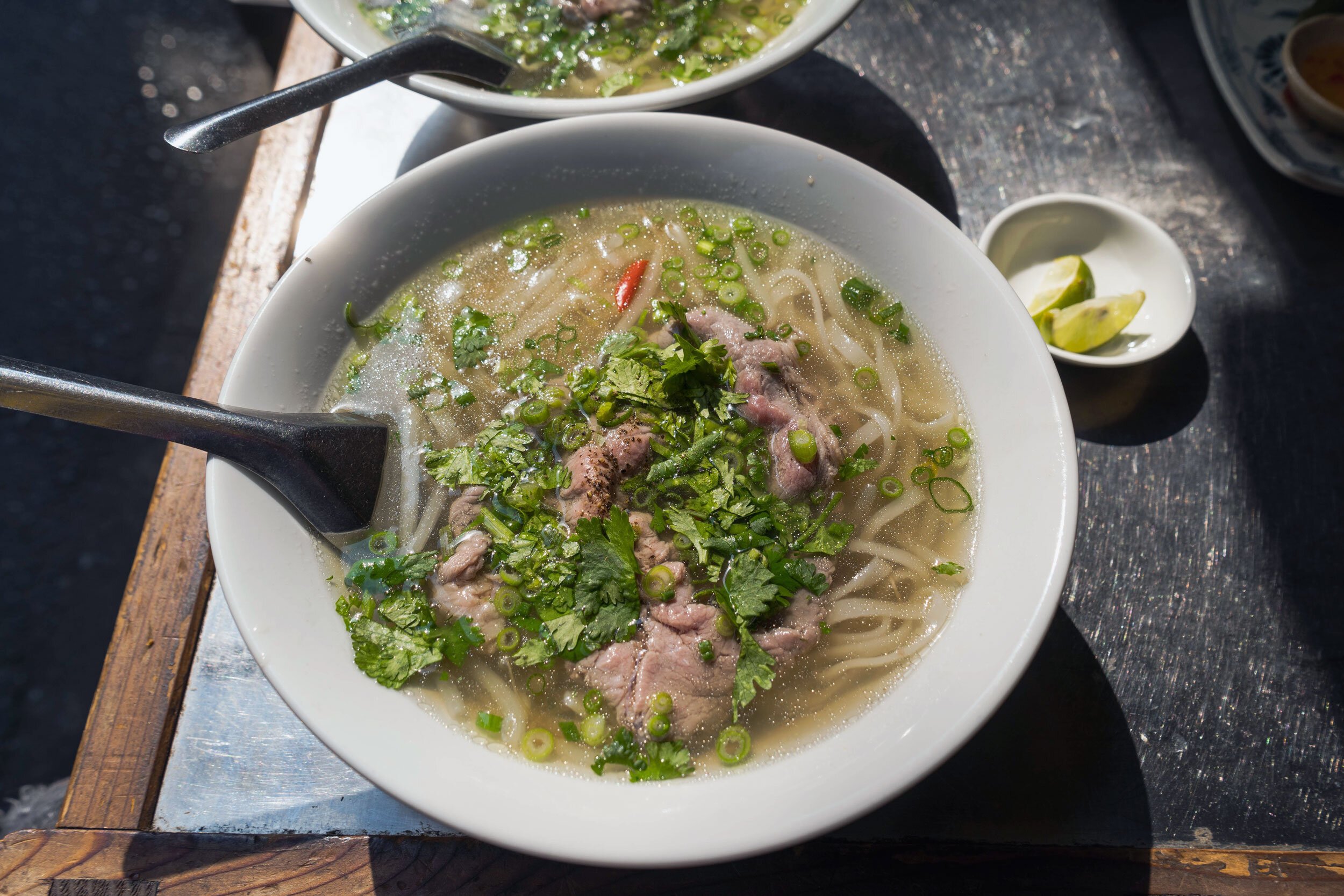
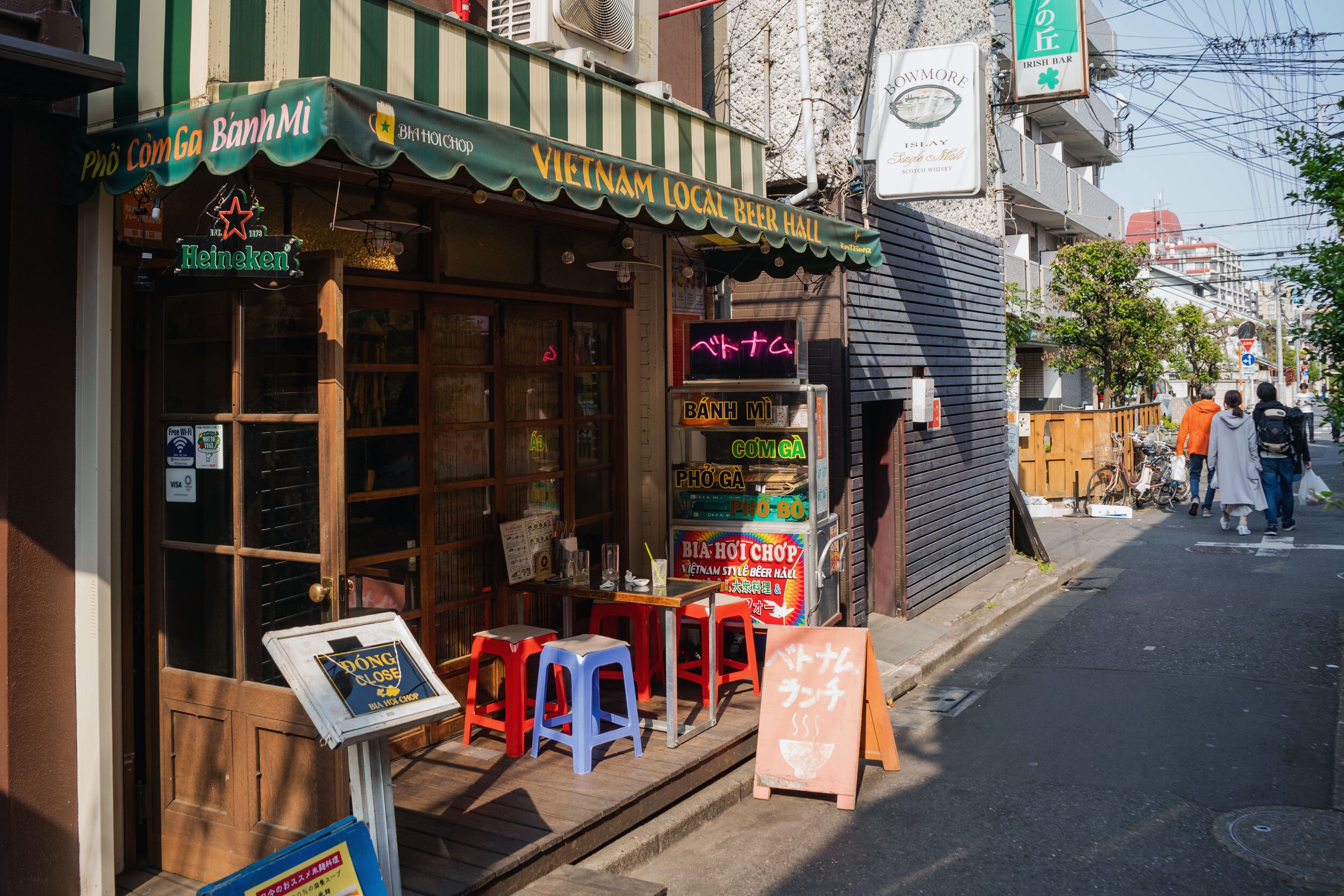
In the alley area of Nakano, is Bia Hoi Chop, a good option for anyone looking to take a break from Japanese food. Rated as a 1-star popular and highly recommended restaurant on Japanese food app Retty, this casual Vietnamese cafe is perfect to stop at for a bite to eat while exploring the area.
The ambiance is very laid back, with food being served to customers on plastic stools in a space decorated in colorful wall art. Perfect to match the area’s subculture vibe.
Keep in touch:
More travels:
Tokyo: Winter Illuminations
Some of the gorgeous winter illumination spots around Tokyo.
When it comes to illuminations during the Holidays, Japan doesn’t hold anything back. There are gorgeous displays in many cities around the country that are worth making a trip for, including a number of locations in Tokyo that are nothing short of gorgeous.
Almost all of them are free to see, and run at varying schedules between November and February.
Here are the ones I’ve been to that I recommend if you’re in town during the season.
MARUNOUCHI
The stretch of Marunouchi Naka-dori Ave between the Gyoko-dori walkway (directly in front of Tokyo Station) and Hibiya Station gets beautifully lit up between early November and mid-February.
The warmer, champagne-colored, low-energy lights are a nice contrast to the cooler blues that are common around Tokyo during the season, and makes for a nice walk.
Some buildings along the street like the Marunouchi Building have their individual decorations or events happening as well. Tokyo Midtown Hibiya also has their own lights, so it’s easy to see at least a few illuminations in one area.
STATIONS: Nijubashimae, Hibiya, Tokyo, Yurakucho
TRAINS: Chiyoda Line, Hibiya Line, Mita Line, Yamanote Line, Keihin-Tohoku Line, Yurakucho Line, Chuo Line, Marunouchi Line, Utsunomiya Line, etc.
MAP
TOKYO MIDTOWN HIBIYA
At the southern end of the Marunouchi Naka-dori Ave illuminations is the second Tokyo Midtown location at Hibiya. The courtyard at the main street level entrance hosts their HIBIYA Magic Time Illumination between mid-November to mid-December.
The main attraction is the “Starlight (Christmas) tree” (until Christmas) that you can walk into. In it is a light show with small, digital animations synchronized to music.
STATIONS: Hibiya, Yurakucho
TRAINS: Chiyoda Line, Hibiya Line, Mita Line, Yamanote Line, Yurakucho Line, Keihin-Tohoku Line
https://www.hibiya.tokyo-midtown.com
MAP
TOKYO MIDTOWN
The illuminations at Tokyo Midtown in Roppongi is one of the most impressive ones. More than just lights, it’s more like an event, putting on a show for a few minutes. Each year differs slightly but tends to focus on a space theme.
While it’s not exactly Christmas-y, it is an installation that will wow. It’s also within walking distance from the Keyakizaka lights near Roppongi Hills nearby.
STATIONS: Roppongi, Nogizaka
TRAINS: Oedo Line, Hibiya Line, Chiyoda Line
MAP
KEYAKIZAKA (ROPPONGI HILLS)
Running right alongside the Roppongi Hills area is Keyakizaka-dori Street. Down below running alongside the street are LED lights alternating between an icy white and red. When viewing them from the bridge above, the surrounding buildings frame a view of Tokyo Tower in the background.
These illuminations are within walking distance from Tokyo Midtown, so you can conveniently check out both. They typically run between mid-November until Christmas.
STATIONS: Roppongi
TRAINS: Oedo Line, Hibiya Line
MAP
OMOTESANDO
What better a way to add to one of Tokyo’s most fashionable areas than to have its main avenue lined with champagne-colored lights during the Holiday season.
The lights run from Omotesando Station to Meji-jingumae Station from the end of November until the start of January. The main avenue is already a nice walk to come across some young trendsetters and models, and the illuminations in the evening adds a magical touch.
STATIONS: Omotesando, Meiji-jingumae (Harajuku), Harajuku
TRAINS: Chiyoda Line, Ginza Line, Hanzomon Line, Fukutoshin Line, Yamanote Line
MAP
OMOTESANDO HILLS
In the middle of the Omotesando area is Omotesando Hills, a higher end shopping mall. The building, designed by Tadao Ando, is in a diamond-like shape that creates an open space in the center. Each year, the mall teams up with artists to put together a Christmas installation.
Being that it’s right on Omotesando-dori Ave, it’s easy to pop in and check out the year’s decorations.
STATIONS: Omotesando, Meiji-jingumae (Harajuku), Harajuku
TRAINS: Chiyoda Line, Ginza Line, Hanzomon Line, Fukutoshin Line, Yamanote Line
MAP
SHIBUYA BLUE CAVE (YOYOGI PARK)
In the section of Yoyogi Park that connects Harajuku to Shibuya, there’s a path that lights up in the most vibrant blue during the Holiday season. This “Blue Cave” might mess with your eyes for a bit, but it’s impressive being surrounded in so much blue.
Because it’s not too far from the Harajuku/Omotesando area, it’s possible to check these illuminations out after Omotesando and Omotesando Hills. It’s free to the public and runs between the end of November until the end of December.
STATIONS: Harajuku, Meiji-jingumae (Harajuku)
TRAINS: Yamanote Line, Chiyoda Line, Fukutoshin Line
SHINJUKU SOUTHERN TERRACE
Of course Shinjuku has lights as well. Around the most southern part of the station on street level is a promenade-like space. You’ll find Starbucks, Shake Shack, Eddie Bauer, Delirium, and more.
There’s a section of that area that is lit up, and in it, a little path to walk on and enjoy being surrounded by the lights until mid-February.
STATION: Shinjuku
TRAINS: Yamanote Line, Chuo Line, Sobu Line, Shinjuku Line, Odakyu Line, Keio Line, Saikyo Line, Shonan-Shinjuku Line, etc.
MAP
CARETTA ILLUMINATION
The courtyard at the Caretta mall in Shiodome is filled with tiny LEDs and spires or trees that put on musical light shows during the Holidays.
Crowds of people gather around the area to see the synchronized show, each running a few minutes in evenings between mid-November and mid-February.
STATIONS: Shiodome, Shimbashi
TRAINS: Yurikamome Line, Oedo Line, Yamanote Line, Ginza Line, Asakusa Line, Joban Line, Keihin-Tohoku Line, etc.
YEBISU GARDEN PLACE ILLUMINATIONS
The Yebisu Garden Place illuminations transforms the terrace into a very Christmas-y space in the evenings. The main attractions are the Christmas tree that sits up on street level and a Baccarat chandelier, one of the biggest in the world, that sits down at the bottom of the sloped walkway.
Free for the public to walk through and runs from early November to mid-January.
STATIONS: Ebisu
TRAINS: Yamanote Line, Hibiya Line, Saikyo Line, Shonan-Shinjuku Line
MAP
If you’re looking to try to conveniently see more than one, here’s a few combinations I recommend:
Omotesando → Omotesando Hills → Shibuya Blue Cave (Yoyogi Park)
Tokyo Midtown → Keiyakizaka (Roppongi)
Marunouchi → Tokyo Midtown Hibiya
KEEP IN TOUCH
MORE TRAVELS
SHARE
Jiyugaoka, Tokyo
Considered one of Tokyo’s stylish areas, Jiyūgaoka is known for its cafes, patisseries, and boutique shopping with a little European ambience.
Jiyūgaoka is considered one of Tokyo’s fashionable, sophisticated areas by locals
Many are attracted to the area’s cafes, patisseries and boutiques
From Shibuya, Jiyūgaoka is only about a 15-minute train ride
Jiyūgaoka was someplace I always wanted to visit but didn’t until my fifth year in Tokyo. I should’ve visited earlier.
Known for its quaint and fashionable vibe, sweet shops and boutiques, it’s considered to be one of the more appealing areas in Tokyo. Locals typically categorize it as an “oshare na machi” which means stylish town, along with other areas such as Aoyama, Daikanyama and others.
How to get there
Two train lines run through Jiyūgaoka Station: The Tōyoko Line and the Ōimachi Line. The majority of people will be catching the Tōyoko Line, which takes you to Jiyūgaoka in about 15 minutes from Shibuya Station.
About Jiyugaoka
The area is located in the Meguro Ward, and in addition to being an appealing area, it is a widely considered to be a desirable place to live as well. This is reflected in the housing costs as they are typically higher than average.
Jiyūgaoka means “freedom hill” in Japanese and is named after nearby Jiyūgaoka-gakuen High School (roughly translating to “liberal hill high school”). The area began to grow rapidly after the end of WWII.
Today, Jiyūgaoka tends to attract a lot of women as there are a lot of cute cafes, sweets shops and boutiques aimed at a middle-upper-middle class lifestyle.
Buildings seemingly European-inspired can be found in the area, further increasing its appeal as a little escape from “typical Tokyo”. One of the areas mimics Venice (pictured at top), and while small, offers a little pocket of fantasy. Marie Claire Promenade (below) with its bench area in the middle of the street - something almost non-existent in Tokyo - is another.
What I like about Jiyūgaoka however, is that it’s balanced.
While I do like the stylish parts of Tokyo, I also like the old alleys, tiny pubs and run down shops - and Jiyūgaoka has both.
Stray off the promenade area and the environment changes a little. Cafes turn to small izakayas, boutiques turn to bars, and more people are focused on drinking their beers than taking photos with cute drinks.
Events
There are two main events that happen in Jiyūgaoka.
One is the Marie Claire Festival, which happens in May, where food stalls line the promenade and live performances can be enjoyed.
The second is the Jiyūgaoka Megami Festival, held in October, where over 1,000 shops and eateries open stalls and have sales.
Jiyūgaoka is rarely visited by travelers on their first trip to the city. Because of this, it makes for a great destination for anyone who wants to get a taste of Tokyo that locals like while not dealing with the masses of tourists.
Kosoan Tea House
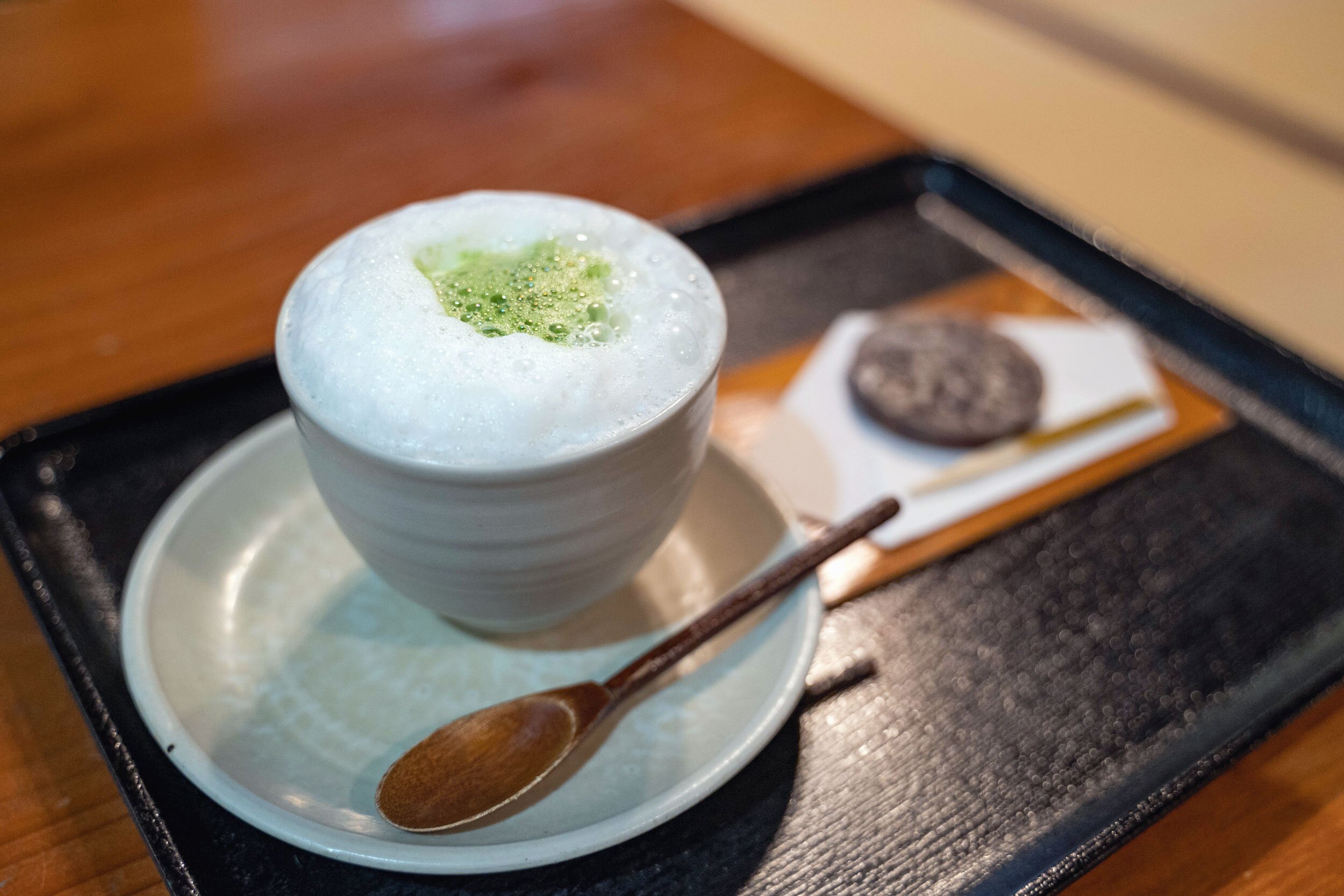
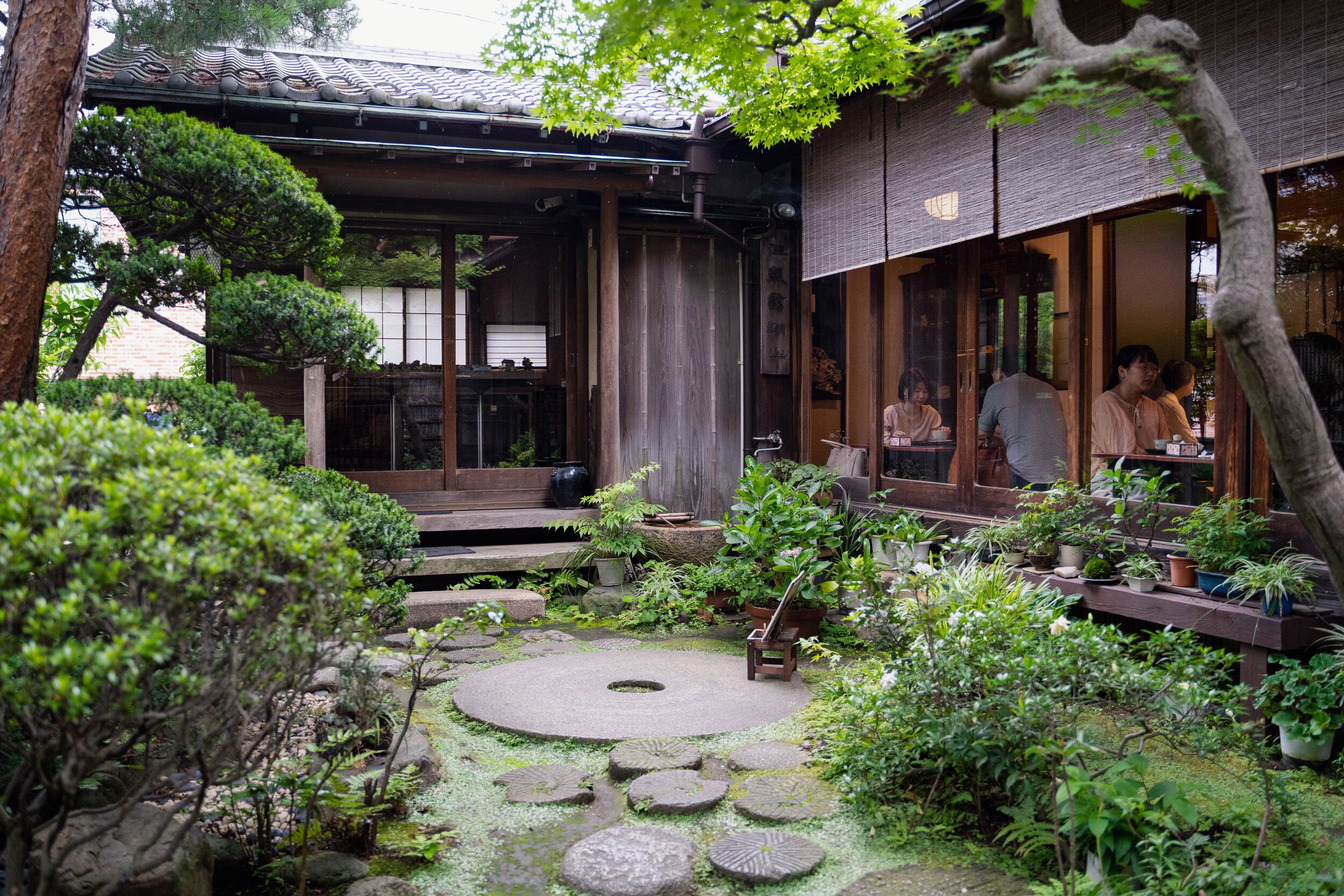
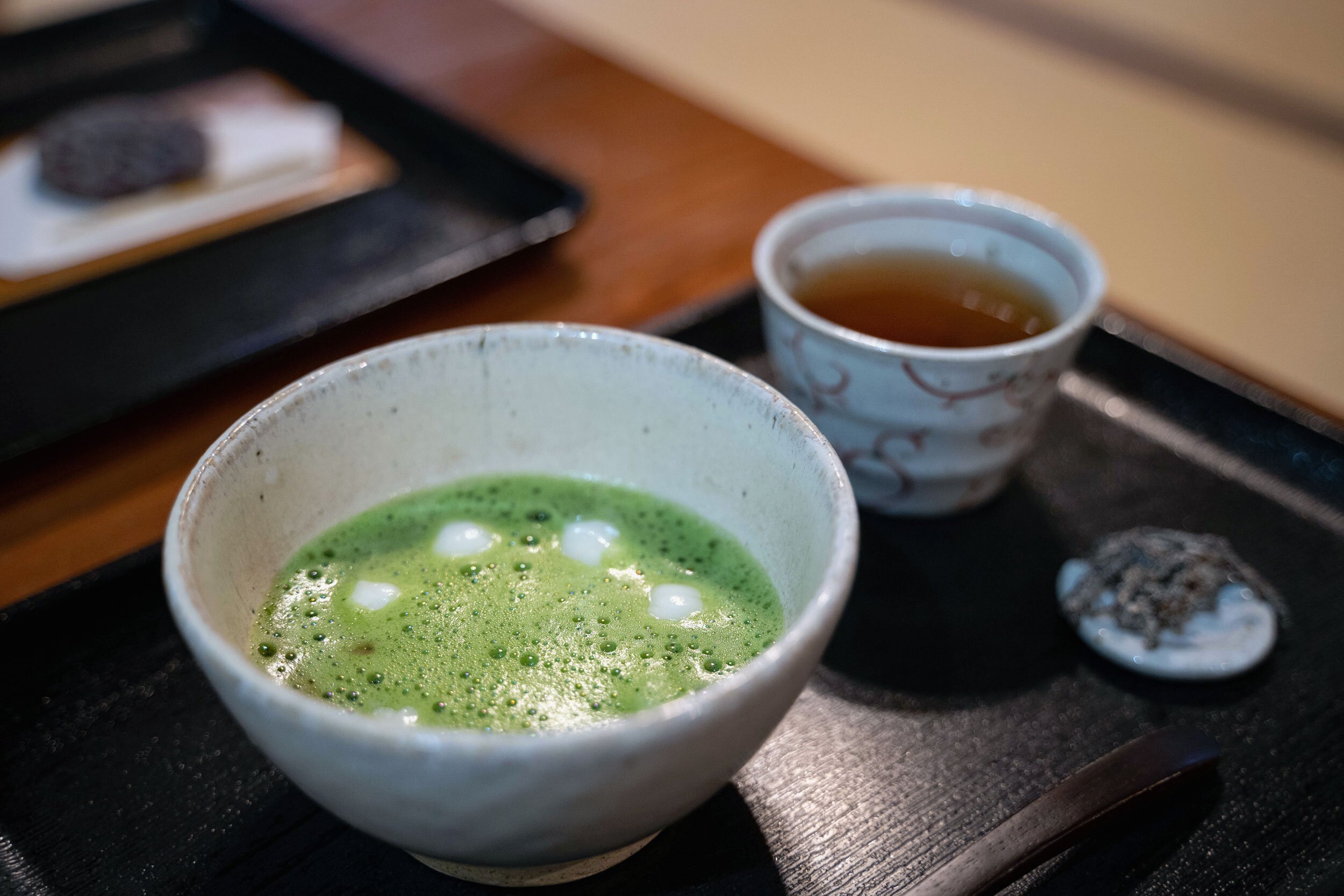
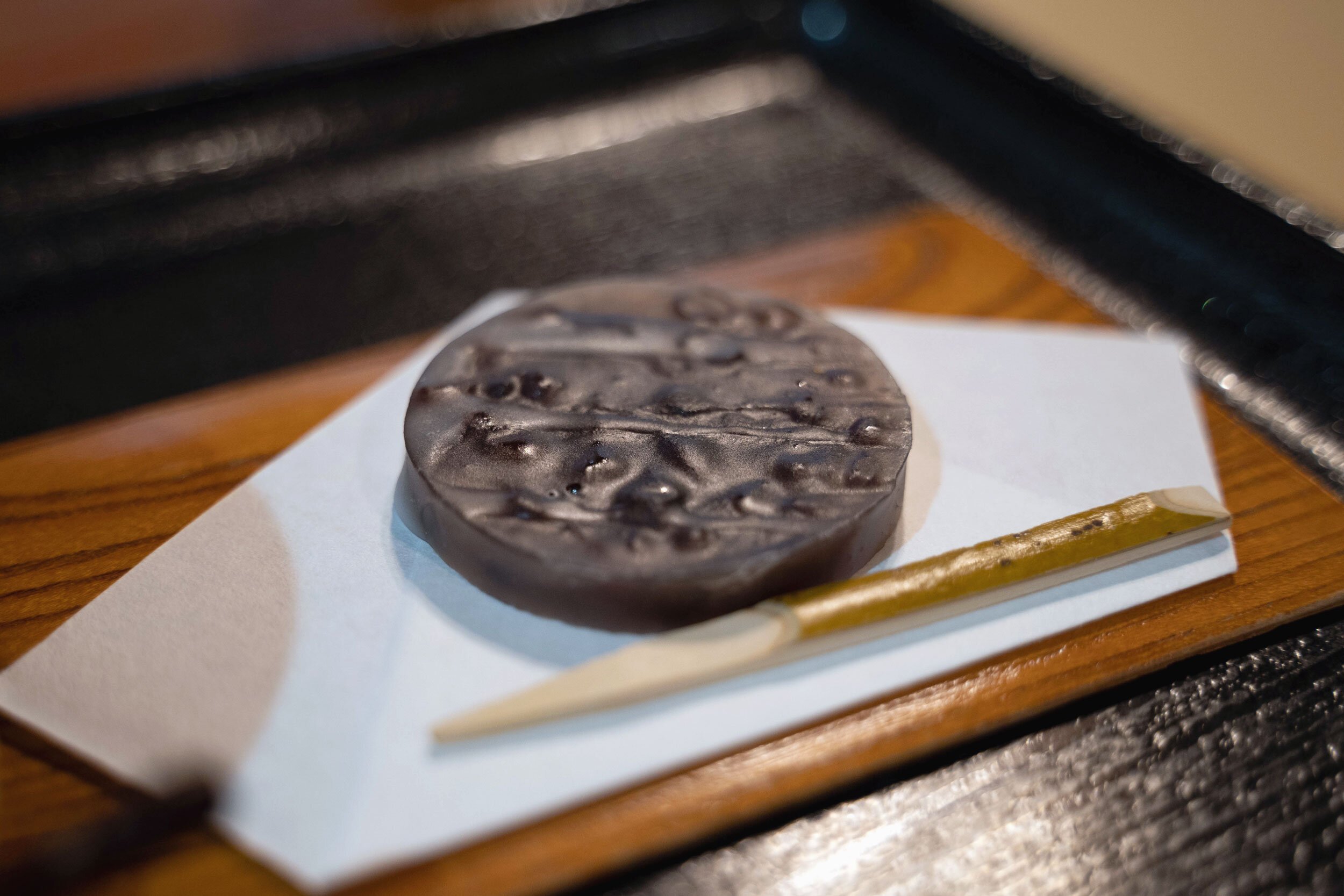

Relaxing in a traditional Japanese setting, drinking Japanese tea. If that’s something you wouldn’t mind doing in Japan, Kosoan is a good place to do it.
Kosoan is in an old Japanese house up a hill in Jiyūgaoka, and because there are no signs, it’s easy to miss. The entrance is in the courtyard - a nicely maintained Japanese landscape. You remove your shoes as you enter and sit on tatami mats as you enjoy you tea in a peaceful atmosphere.
My recommendation: Anything matcha.
Milk Land
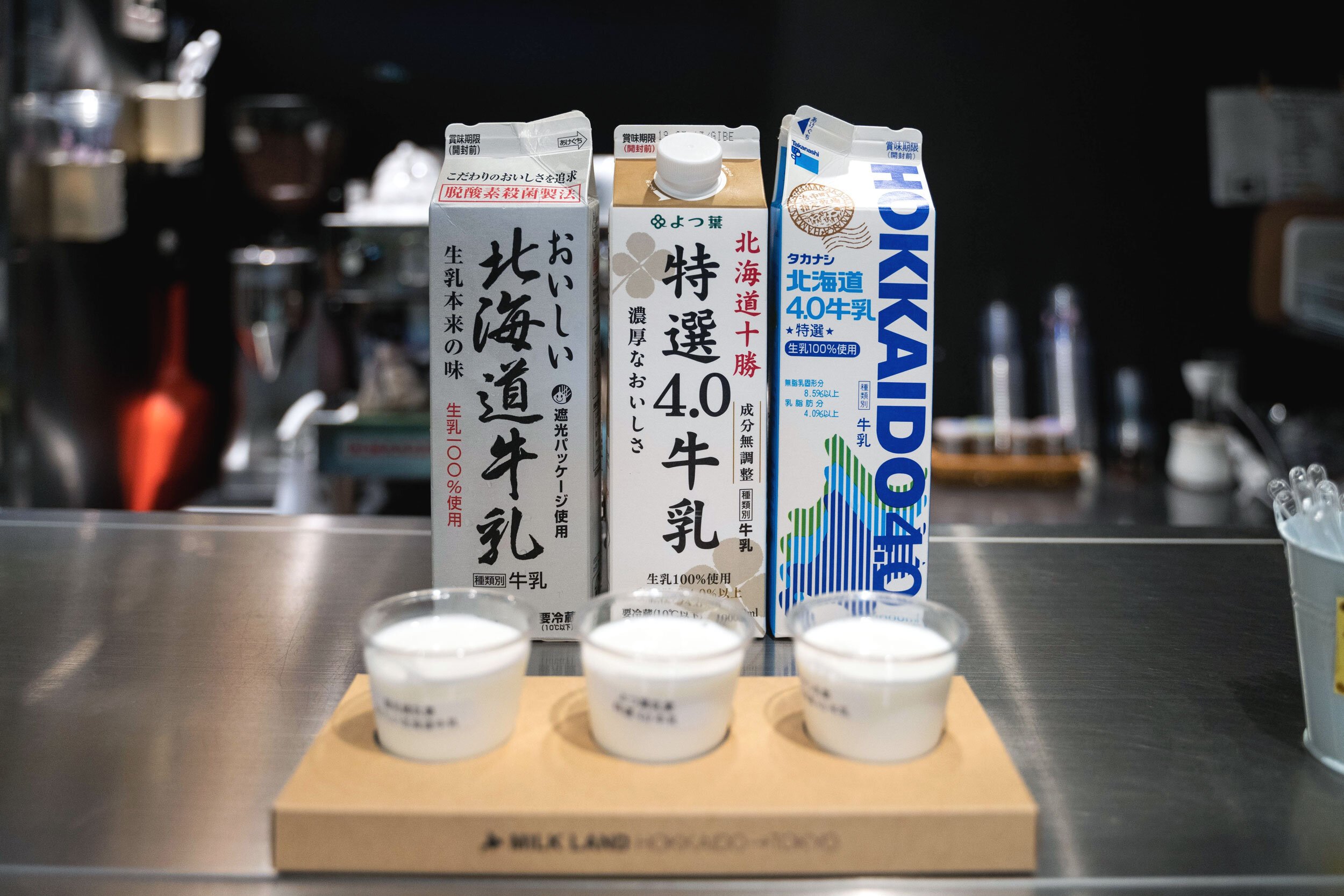

Drinking milk may not be on you “Things to do in Japan” list, but if you like milk, you should. Coming from the US, I’ve realized that Japanese milk is really good.
The best milk in Japan comes from Hokkaido, and Milk Land is a sort of Hokkaido Prefecture shop offering various dairy products from the region. The shop itself is cutely decorated, and there’s a two-floor cow standing in the middle of it.
They have a sampler where you can choose 3 brands of milk to taste. Try that for a rich, creamy experience. Getting some soft-serve won’t be too bad either.
Bareburger
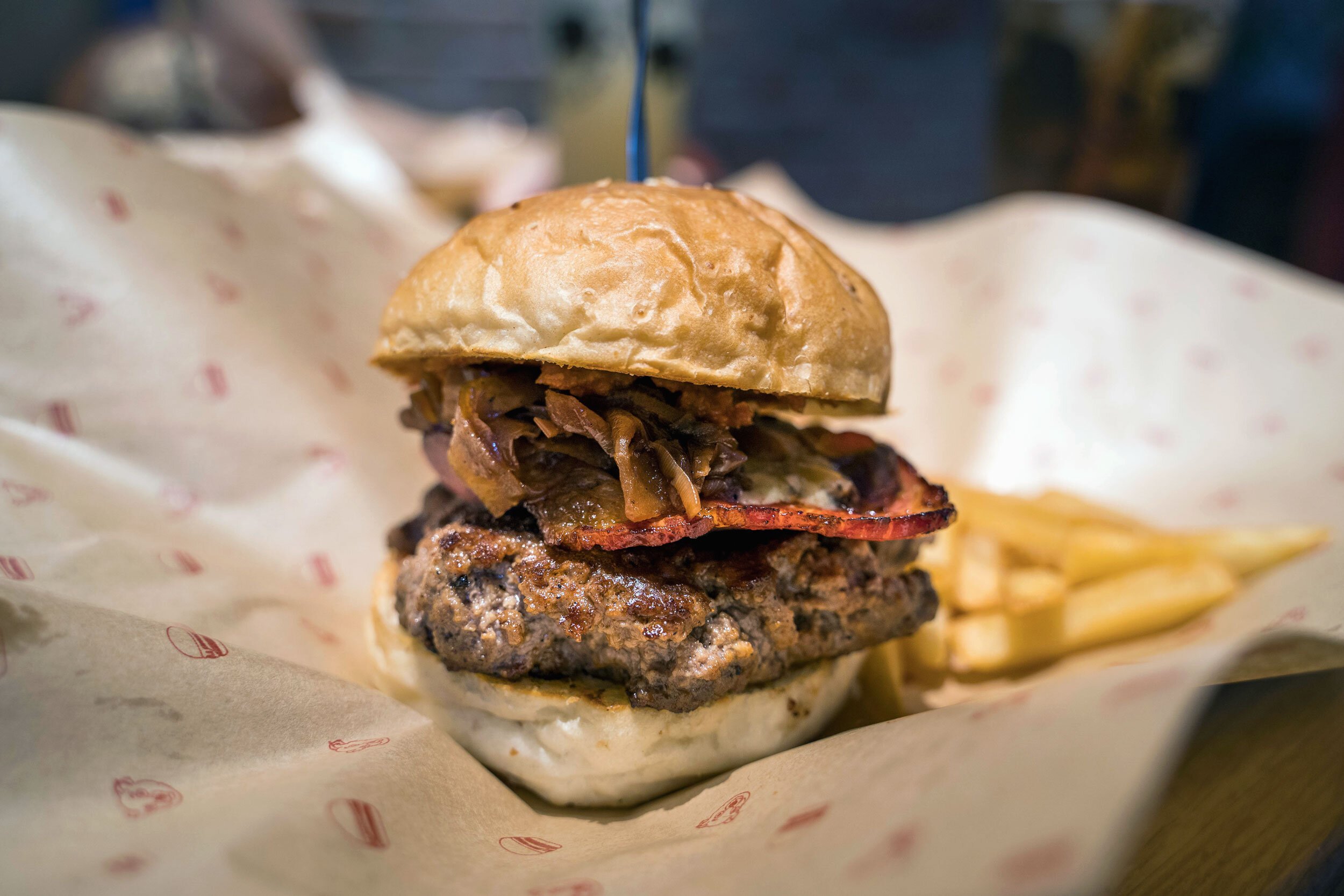
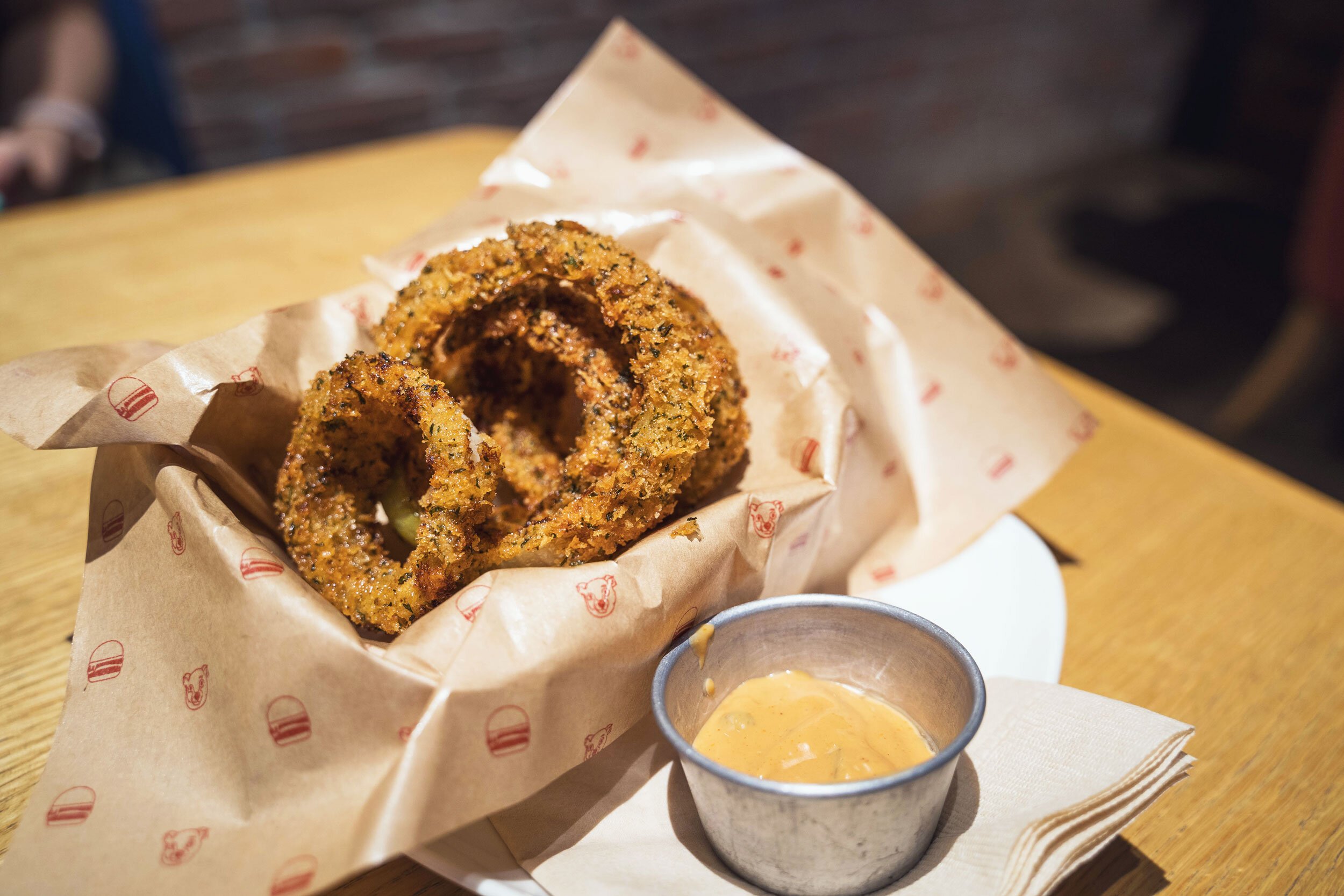

For those that need a break from Japanese food, Bareburger is a good option. The organic burger shop from New York is very selective in where they open, and chose Jiyūgaoka for their first location in Japan.
The shop is a two-floor, indoor-outdoor space located in a small, stylish square along with a few other eateries and fashion boutiques.
Their onion rings are popular amongst Japanese, and they also feature Japan-only items such as a premium Ozaki beef burger.
Keep in touch:
More travels:
Shimotakaido, Tokyo
A residential area in the Setagaya Ward, it has some nice kissaten coffee shops, cherry blossoms, and is where I first lived in Tokyo.
Shimotakaido is a residential neighborhood about 15 minutes west of Shinjuku in the Setagaya Ward
The Shimotakaido Ekimae Ichiba fish market and movie theater are a couple reasons people stop by the area
It’s a lesser known cherry blossom spot in Tokyo during the spring
Just a little west from Shinjuku station on the Keio line is a small neighborhood area called Shimotakaido.
I lived just a 3 minute walk away from Shimotakaido station between 2014 and 2018 in a 1K studio apartment. While it’s not a major destination nor a must-visit, it’s a typical Setagaya, Tokyo neighborhood that nearby locals and college students gather at, and gives a taste of real, typical Tokyo life.
How to get there
From Shinjuku, the Keio local and rapid lines stop at Shimotakaido station. Keio line’s Express and Rapid Express won’t stop so there’s a need to transfer at either Sasazuka or Meidaimae stations.
The Setagaya line, a photogenic, 2-car street level train also travels between Shimotakaido and Sangenjaya stations.
Shimotakaido centers around it's main street, or Shimotakaido Shōtengai, which travels east-west. It’s painted green and is right outside of the station, so you can’t miss it.
Almost everything is either on this street or a block from it, so everything is really convenient. There are cafes, small outdoor markets, bars, convenience stores and a 24-hour supermarket - everything that makes for an easy place to live in.
Shimotakaido Ekimae Ichiba
The Shimotakaido Ekimae Ichiba fish market is right across from the station’s north exit and has a few shops selling fresh fish and sashimi. There’s also a small meat shop in the ally right behind it, as well as another in front.
Because it’s a typical residential area, it’s not a lively area and there’s not a whole lot of events to see. The two main events are the Shimotakaido Festival in the summer where there’s dancing and several food booths, and the Sakura Festival in the spring with much of the same centered around cherry blossoms.
Shimotakaido cherry blossoms
I learned in my time living there that Shimotakaido is one of Tokyo’s unknown cherry blossom spots.
While it doesn’t have a picturesque lake or grassy hillside or anything like some of these other Tokyo cherry blossom areas, there’s a pretty long tunnel full of the pink flowers covering the street right outside of Nihon University. If you’re not into fighting crowds to see a sakura tunnel, this is a pretty good option.
Japan’s kissaten coffee culture can also be experienced here as there are a few nice kissatens in Shimotakaido. It’s kissaten like these that inspired people such as W. James Freeman, the founder of Blue Bottle Coffee (part of the reason why their first international location was in Japan).
More than simply a coffee shop, kissatens are akin to homey cafes specializing in hand-poured, slow drip coffee and homestyle cooking where you can relax, chat, read or work.
Shimotakaido may not be as exciting as other nearby areas like Shimokitazawa, but it’s a great neighborhood to head to on an early weekend afternoon as people are out and about, and you can truly soak in the authentic Setagaya, Tokyo lifestyle.
Poem
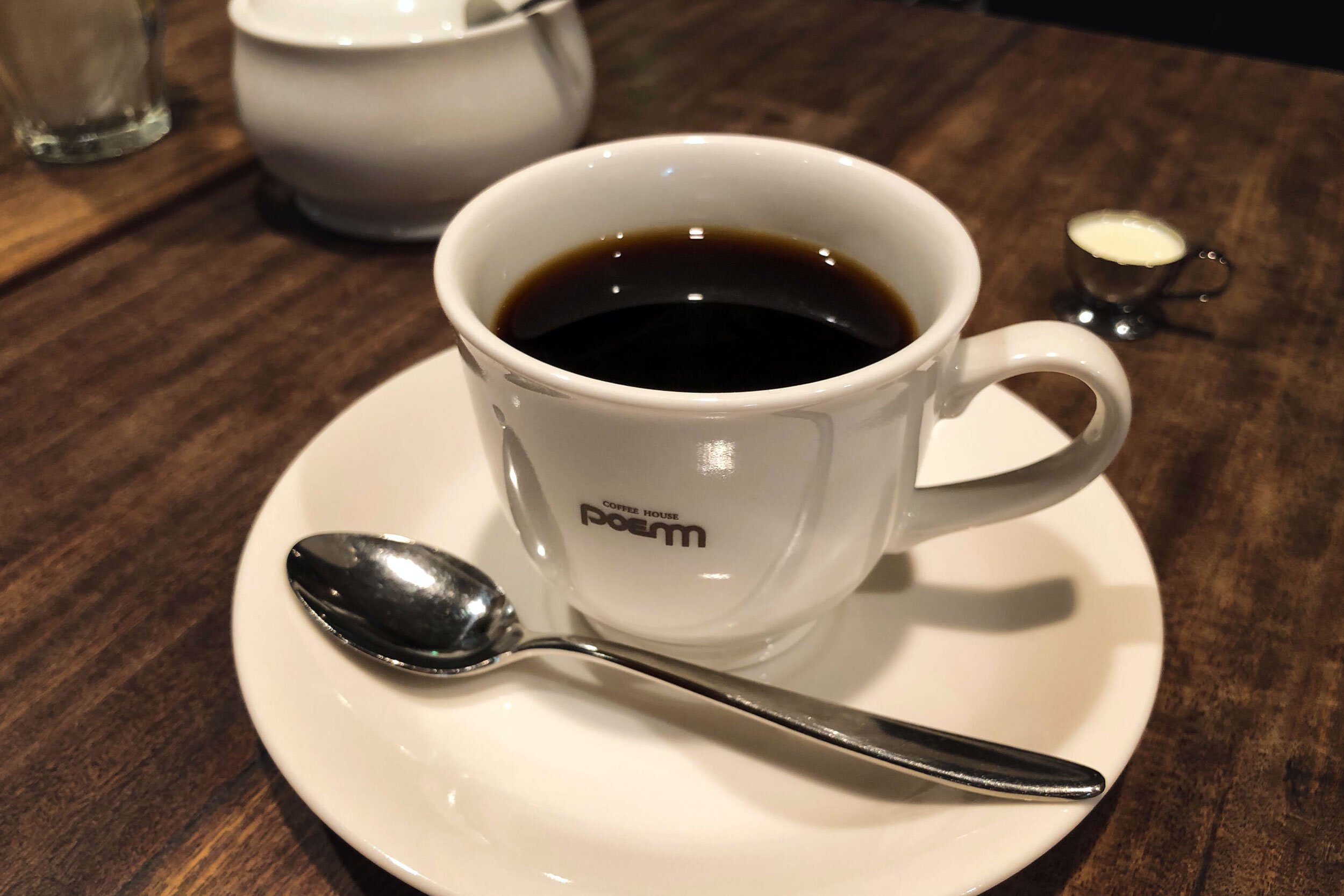
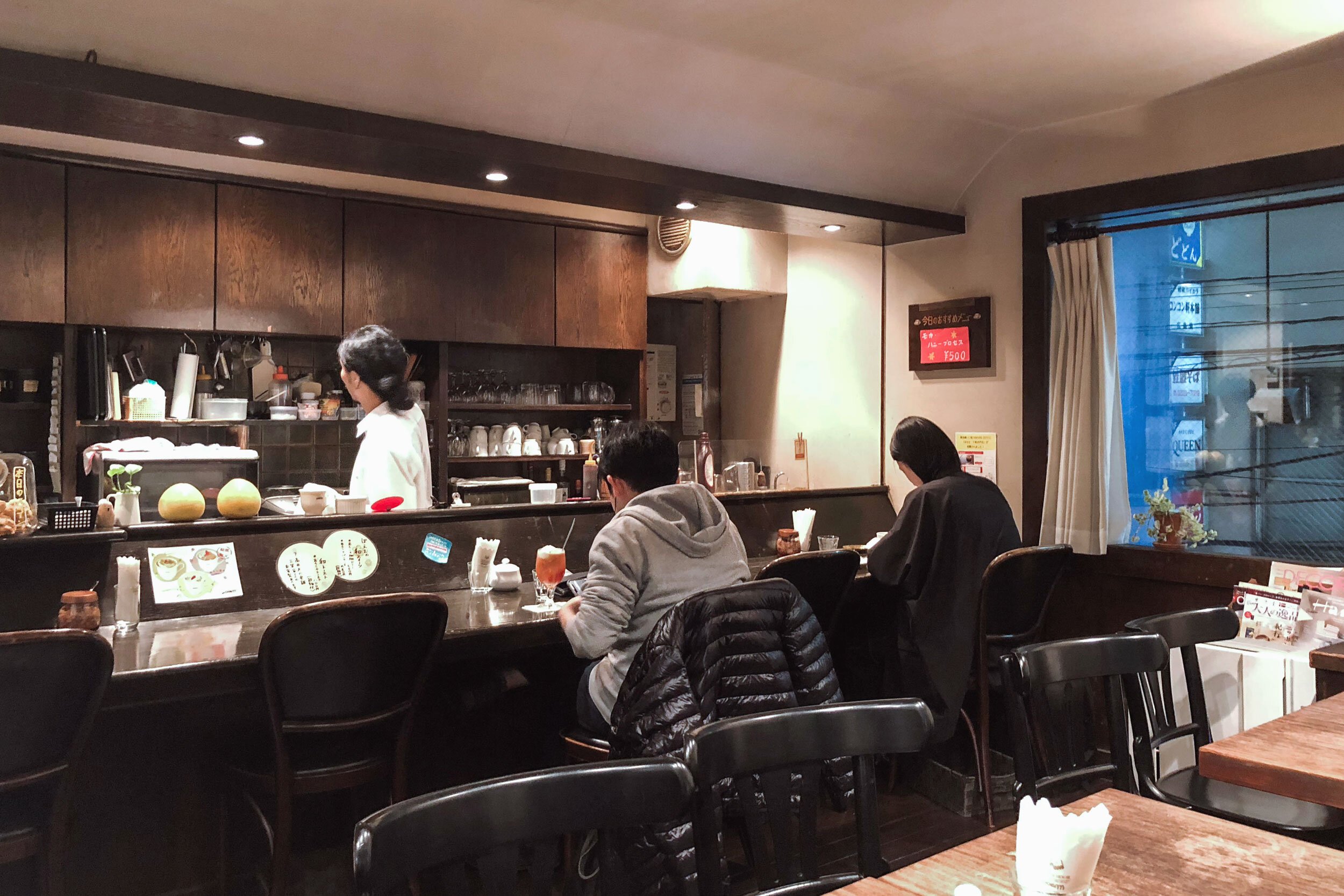
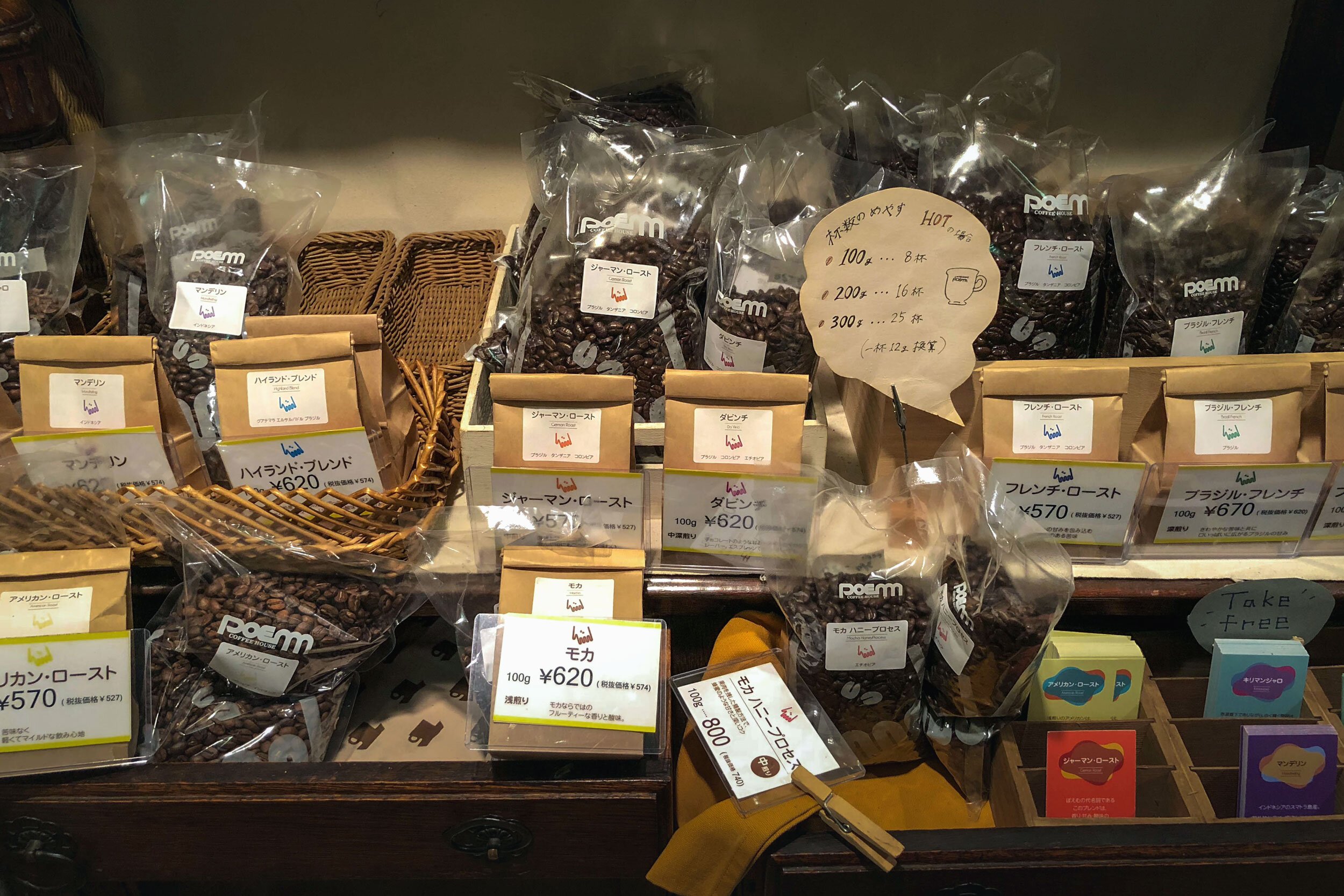

Some of my favorite coffee. If you’re a fan of rich, dark coffee, this is the spot.
More of a kissaten cafe than a trendy coffee shop, Poem’s focus is entirely on the beans. Step inside the shop and the first thing you’ll see is a table seeking their assorted roasts, with the clear plastic bags of their dark roasts coated in coffee bean oil.
The biggest knock on Poem is that they allow unseparated smoking (as of Nov 2019). But otherwise it’s a nice place to kick back and enjoy an amazing cup.
Niku to Sozai no Hotta
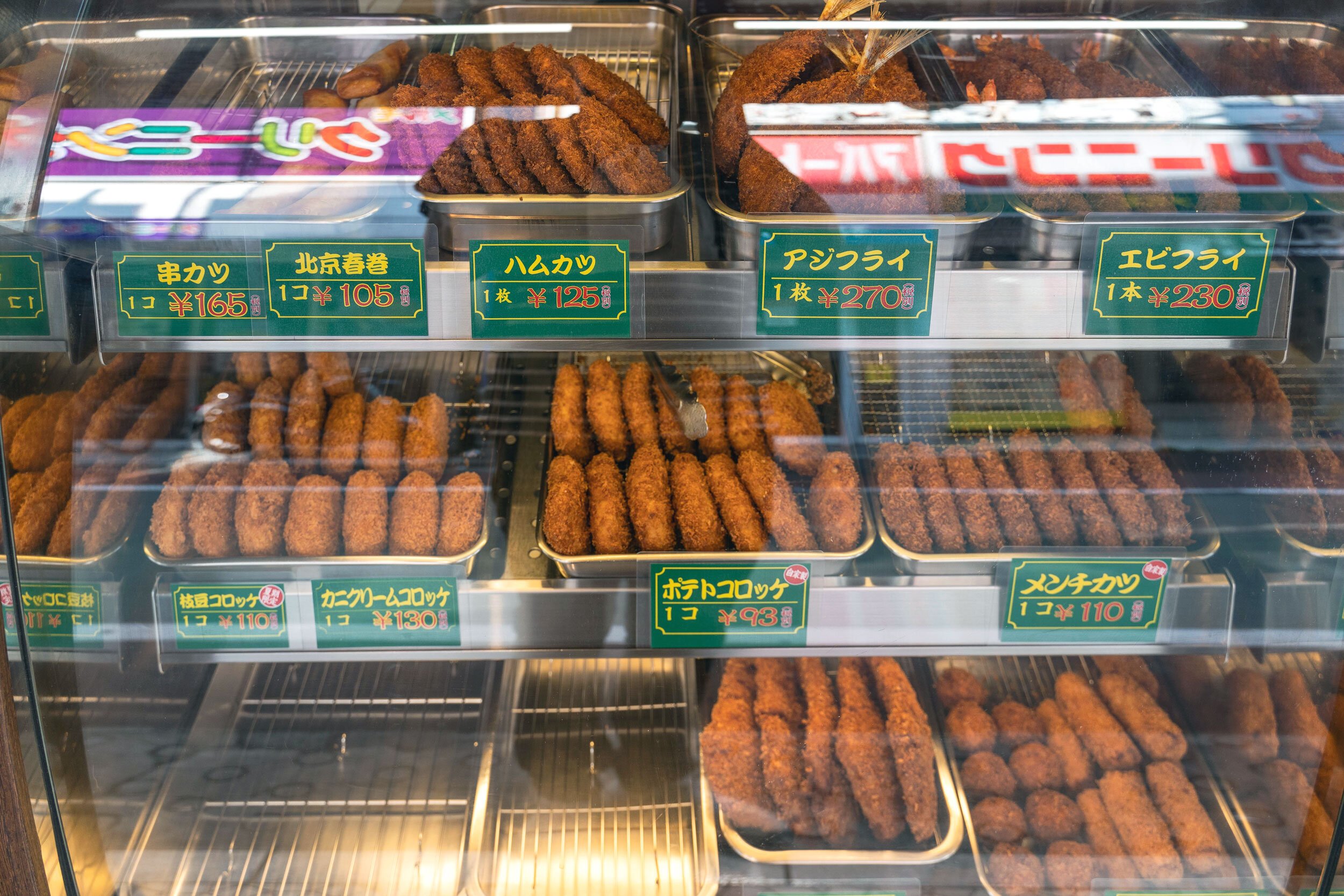
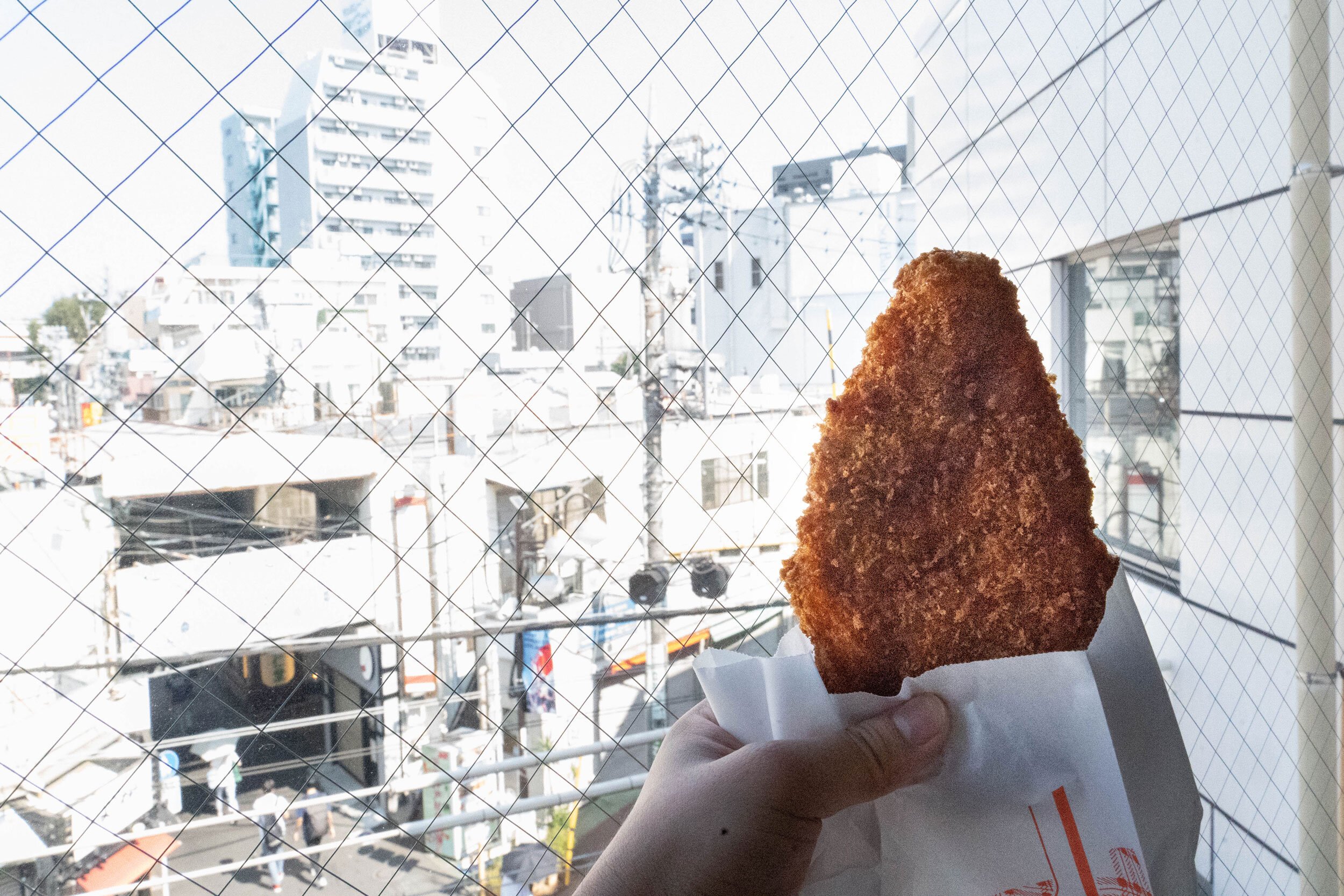
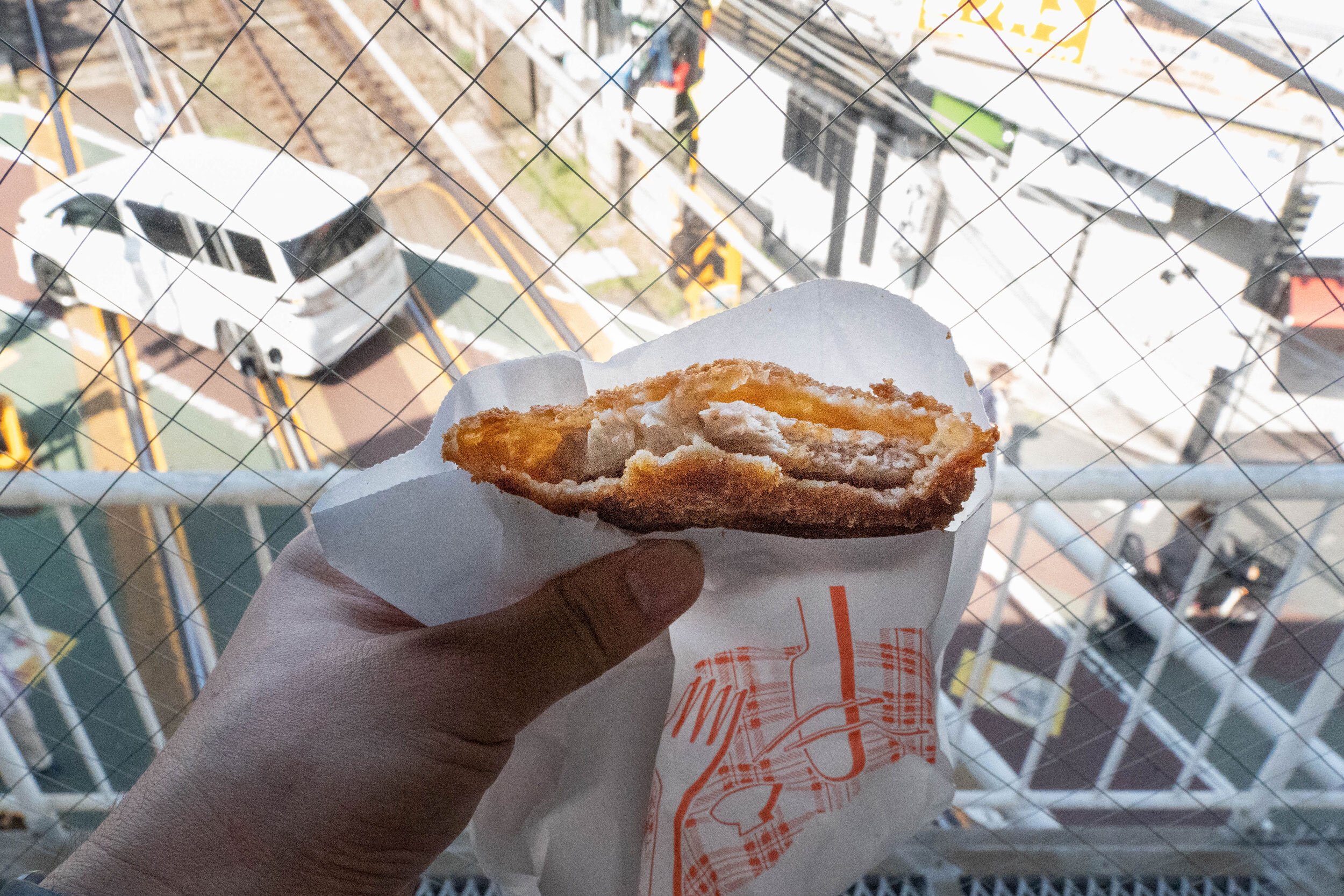
Just out of Shimotakaido Station’s north exit is Niku to Souzai no Hotta, a butcher shop. Of course they have a range of meats, but their croquettes and fried foods are what people love to buy.
In the mornings people line up at their street-side stand, just across the fish market, for everything from crab cream croquettes to tonkatsu. They’re sure to sell out, so if you happen to walk by and and their trays aren’t empty yet, pick one up to take with you on the go.
Coffee & Roaster 2-3
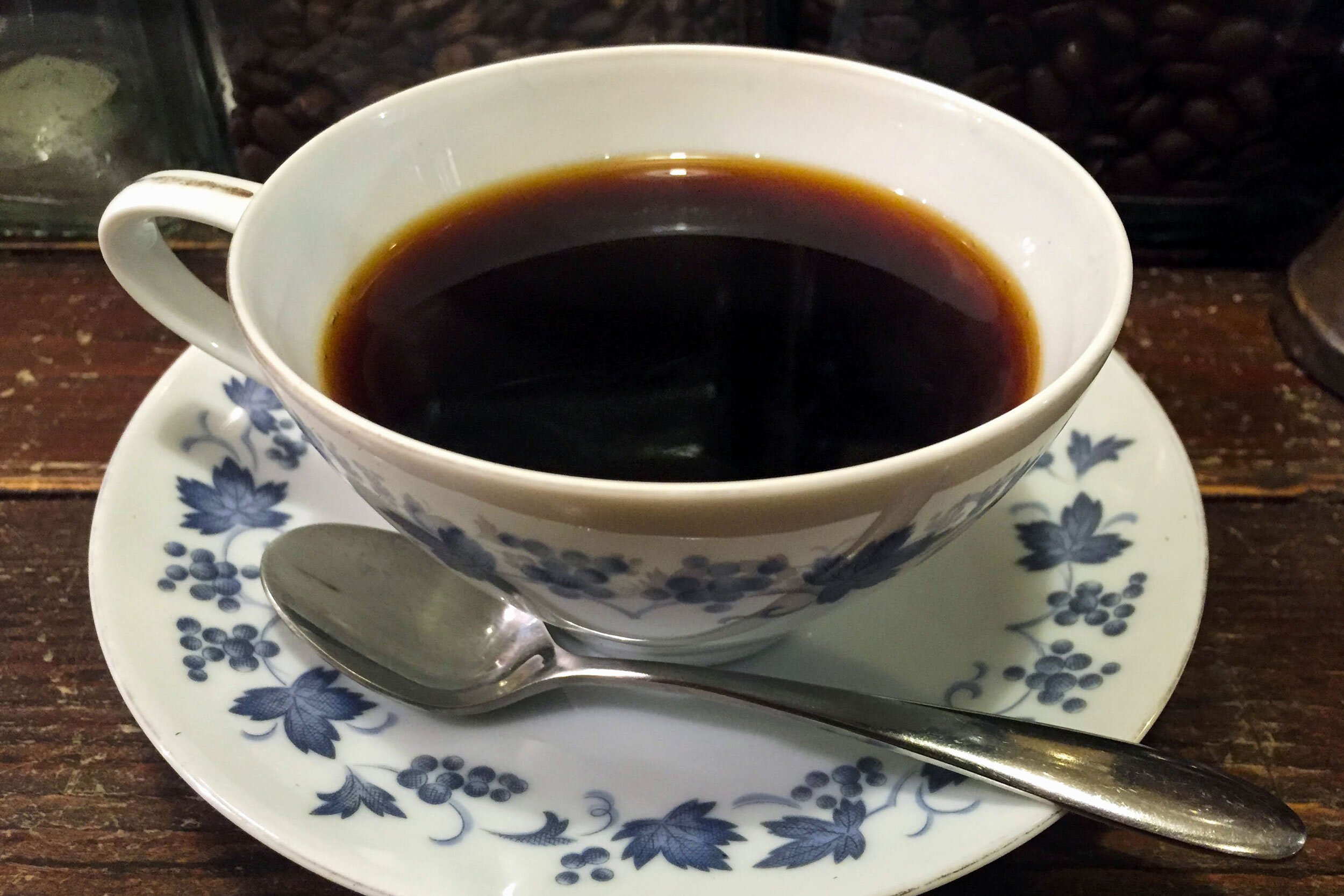
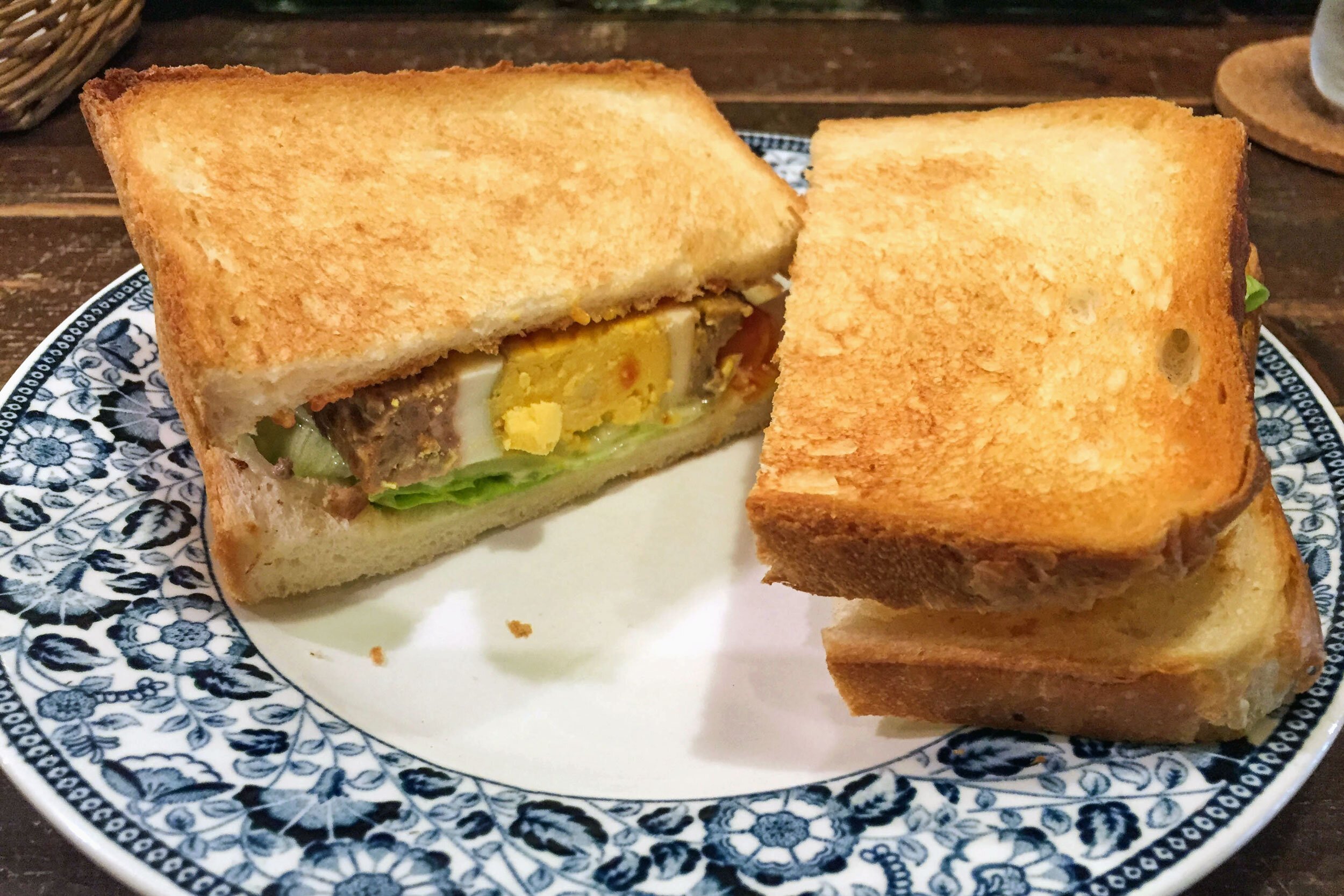
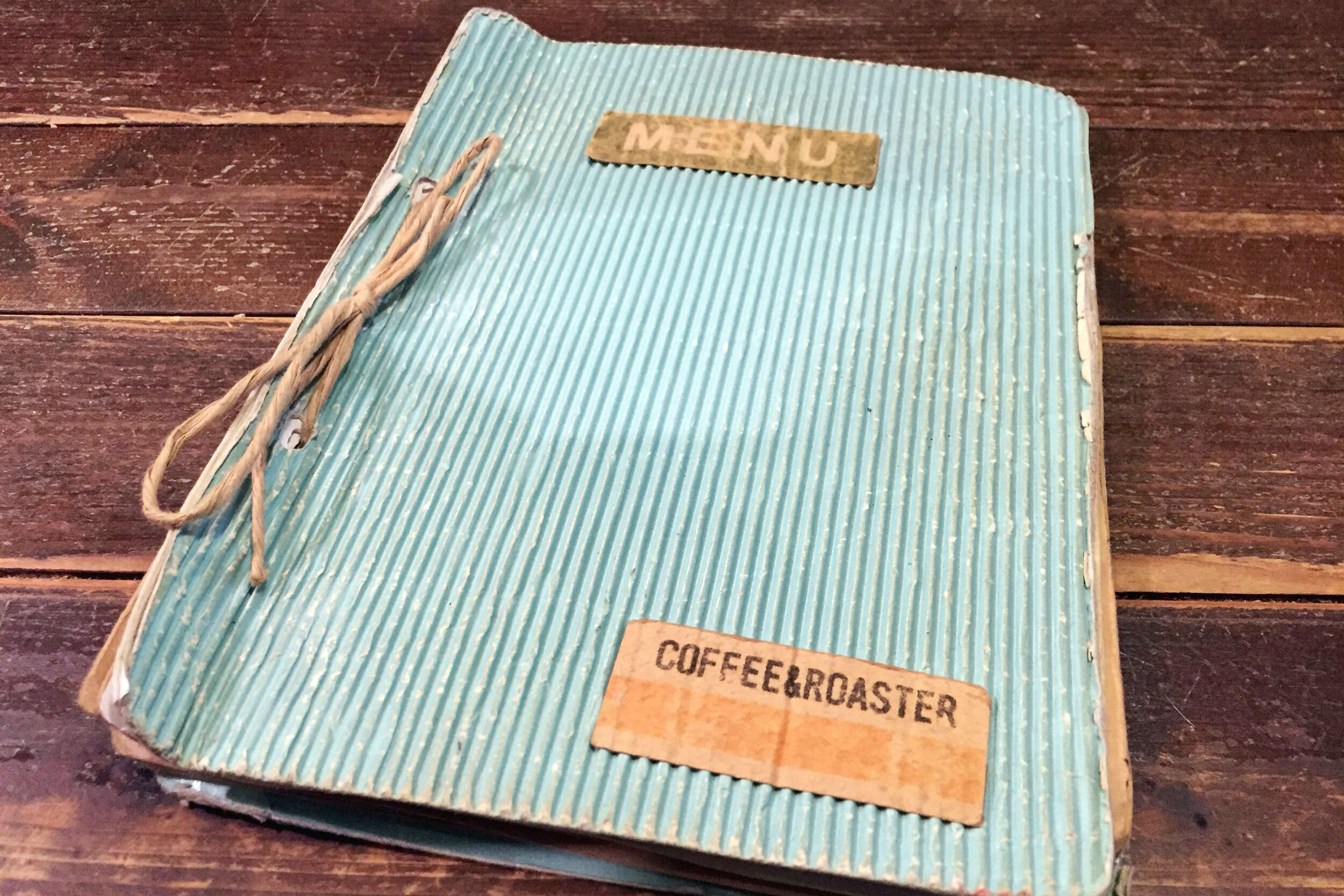
A quaint little kissaten, Coffee 2-3 is a small, quiet shop that lets its customers do their own thing. Seating is separated and not arranged for a lot of conversation or staff interaction, so there are people reading, writing, or just enjoying being alone with their thoughts.
In traditional kissaten style, they have a few dishes with homemade flavor to choose from. I sat at the counter and watched the barista ever so slowly and carefully pour my cup, so I know they put a lot of care into their craft.
Keep in touch:
More travels:
Mt Takao New Year’s Sunrise
Watching the first sunrise of the new year from atop a mountain in Japan.
To celebrate New Years in Japan, dance parties are uncommon and fireworks are almost non-existent. It’s a lot of stay-at-home eating traditional foods and drinking, and shrine visiting. I made a video about what New Years is like in Japan.
Another popular outdoor activity though, is to hike up a mountain and watch the first sunrise of the new year. One of the popular mountains to do that from near Tokyo is Mt Takao.
I did this once to welcome the New Year. It was just after midnight, January 1st, 2018.
HOW TO GET THERE
The station that most get their start at is Takaosanguchi [MAP] which is on the end of the Keio line. There are 2 ways up the mountain, hike it or catch a tram. A short walk from Takaosanguchi station is Kiyotaki station [MAP] where you can catch the tram up to Takaosan station up Mt Takao.
We took the tram. Even after getting off at Takaosan station, there’s still waking to do before getting to a point with a view of the sunrise.
Along the way, there’s Yaukuou-in shrine [MAP] to stop at either to pray or buy souvenirs and snacks from.
Despite getting to the viewing area around 2:30 AM or so, the place was packed with Japanese and foreigners alike. Everyone has a tiny space to sit and wait in until the sunrise which happens just before 7AM. It’s quite a long time to sit in one place and wait in the cold, so make sure you bundle up…very well. I was freezing.
After the sun’s up, people begin making their way down the mountain.
There’s a trail that leads down to the two modes of transport. The tram from Takaosan station is one of them. The other is catching chairlifts from Mt Takao Echo Lift Sancho station [MAP] which is just a little bit further. We took the latter because it seemed faster and basically just more fun.
The chairlift brings you next to the Kiyotaki tram station, and from there you can walk to Takaosanguchi station and catch the Keio line back into Tokyo.
It was the first time for me to something like this for New Year’s as I typically go to a party with friends. And while it won’t become a normal thing for me, it was a good experience watching the January 1st sun break over the horizon.
KEEP IN TOUCH:
MORE TRAVELS
SHARE:
Tokyo: Best Cherry Blossom Spots
Must-see cherry blossom locations around Tokyo - popular spots, lesser known areas and one that’s only open for 3 hours.
While Tokyo is more or less a concrete jungle, there are some gorgeous cherry blossom, or sakura, spots check out.
Here’s a concise list of my favorites that I’d recommend - From really popular spots to ones that crowds haven’t yet begun to flood, and one that is only open for 3 hours a year (yes, you read that right).
Meguro River at Nakameguro
The Naka-Meguro area of the Meguro River is a cherry blossom tunnel made up of about 800 trees that span an almost 2.4 mile (4 km) area.
Both day and night are really different experiences. The daytime is a bit calmer with people going for a stroll under the flowers. Evenings on the other hand, become somewhat of a light-up festival with pink lanterns, food stands with outdoor eating and drinking, and illuminated trees that are lit until 9PM.
STATION: Naka-Meguro
TRAINS: Hibiya line, Tokyu Toyoko line
MAP
Tokyo Midtown
On the side and in the back of Tokyo Midtown, a multi-purpose, upscale shopping area in Roppongi, is Sakura-dori, a street lined with cherry blossoms.
Evenings are the most popular time to visit as the trees are illuminated to create a peaceful sakura getaway in the middle of Tokyo. The lights are a pink color while the flowers are blooming and become white once they've reached full bloom.
The area is also heavily visited during the day as crowds wait to enter Midtown at its 11AM opening so they can rush for a balcony seat at Napule [J], an Italian restaurant that sits right above the cherry blossom-lined street.
STATIONS: Roppongi, Nogizaka
TRAINS: Oedo line, Hibiya line, Chiyoda line
MAP
Ark Hills
This location is oddly left off a lot of lists on major blogs, websites and YouTube videos for some reason, but it definitely shouldn’t be. For those looking for picturesque cherry blossoms without a crowd, this might be the best spot in Tokyo.
Above Roppongi-itchome station is the Ark Hills business area. During cherry blossom season, they have a little sakura festival in their open space with food and drink stands and the streets around the buildings are lined with about 150 cherry blossom trees.
STATION: Roppongi-itchome
TRAIN: Namboku line
MAP
Nogawa
This part of the No River is beautifully lined with cherry blossoms draping over it. While it’s open to the public at all times, the real spectacle is their evening light-up that spans 930 yards (850 meters) - but there’s a catch.
There is no schedule for it. This light-up is only announced 2 days prior to the actual event in places like the Japanese website below (you’ll have to keep checking it and running Google Translate over it) and is held for 3 hours on one evening only.
It’s about a 15-20 minute walk from Kokuryo station on the Keio line.
STATION: Kokuryo
TRAIN: Keio line
http://www.arc-system.co.jp/archive [J]
MAP
Nihonbashi - Kayabacho
The Kayabacho area of Nihonbashi is Tokyo’s cherry blossoms in the most natural state for a city. It’s not in a park or garden, it’s not in some development, it simply creates a tunnel in a typical Tokyo neighborhood.
People simply go about their business here. It’s not overcrowded with people, it’s just typical scenes of life in the big city under a few blocks of cherry blossoms.
STATION: Kayabacho, Nihonbashi
TRAINS: Hibiya Line, Tozai Line, Ginza Line, Asakusa Line
MAP
Ueno Park
One of Tokyo’s biggest parks, Ueno park has cherry blossom trees everywhere - about 800 of them - and during the season, you’ll find a lot of picnickers taking part in “hanami,” or cherry blossom viewing. It's a good place to join in on the fun with a mat and some food and drinks of your own.
There is one main walkway that is fully covered with the sakura trees, as well as around the Shinobazunoike pond [MAP] area a little south of it. You’ll find a lot of park-goers riding foot paddle boats on the lake, enjoying the season as well.
STATION: Ueno
TRAINS: Yamanote line, Ginza line, Hibiya line, Keihin-Tohoku line, Utsunomiya line, Joban line and more
MAP
Chidorigafuchi
On the northwest corner of the Imperial Palace grounds, the Chidorigafuchi area is full of cherry blossoms lining the moat's banks.
A tunnel of about 260 trees covers a walkway that runs alongside the moat, where people enjoy rowing around the blossoms in small boats during the day.
STATION: Kudanshita
TRAINS: Hanzomon line, Shinjuku line, Tozai line
MAP
Nakano
2 km of cherry blossoms line the streets of Nakano, making for a nice walk. The area holds a festival on the weekend during the season at Arai Yakushi Park [MAP] which is along the cherry blossom lined Nakano-dori Ave.
This is also a photo spot since the Seibu Shinjuku railway passes through, and its occasional yellow-colored train cars add a nice contrast to the pinkish-white flowers.
STATIONS: JR Nakano, Araiyakushi-Mae
TRAINS: Chuo Line, Sobu Line, Tozai Line, Seibu Shinjuku Line
MAP
Sakuragaokacho, Shibuya
On the opposite side of central Shibuya is a side street with a tunnel of cherry blossoms. Its name, Sakuragaokacho even references the cherry blossoms or sakura in Japanese, and that name continues to be make perfect sense today.
You can take some nice shots from either on the side of the street itself, or across the intersection at the stairway to the pedestrian overpass.
STATION: Shibuya
TRAINS: Yamanote line, Ginza line, Hanzomon line, Keio-Inokashira line, Saikyo line, Tokyu-Toyoko line, Shonan-Shinjuku line, Tokyo Den-entoshi line and more
MAP
Koishikawa Korakuen
One of three surviving daimyo gardens in Tokyo leftover from the Edo period, Koishikawa Korakuen has been designated as culturally significant by the Japanese government. History aside, it’s a beautiful garden and the flowers during cherry blossom season further emphasizes that.
It’s a private garden, so visitors have to pay 300 yen to get in. You can grab a bento and sit under the trees for lunch, which makes for a pleasant afternoon.
STATIONS: Iidabashi, Korakuen
TRAIN: Chuo line, Chuo-Sobu line, Namboku line, Oedo line, Yurakucho line, Tozai line, Marunouchi line
https://www.tokyo-park.or.jp/
MAP
Shimotakaido
One of the lesser known areas that isn’t so frequently visited for cherry blossoms is Shimotakaido, a local area along the Keio train line. Near Nihon University, there’s an area of the street with a pretty long tunnel of sakura.
In the spring when the blossoms are bloomed, there’s a small cherry blossom festival with food and drink vendors lined along the street.
STATION: Shimotakaido
TRAIN: Keio line
MAP
Shinjuku Gyoen National Garden
In the Shinjuku area is Shinjuku Gyoen National Garden, a large 143-acre park with various gardens, lakes and a greenhouse. It’s considered to be one of the most important gardens from the Meiji era.
The park is private, so visitors have to pay 500 yen to get in. Rules are also pretty strictly enforced so there’s no alcohol allowed. It’s a fairly quiet area in the middle of Shinjuku and visitors are generally calmer and reserved than the other cherry blossom areas.
STATIONS: Shinjuku Gyoenmae, Shinjuku Sanchome
TRAIN: Marunouchi line, Shinjuku line
http://www.env.go.jp/garden/shinjukugyoen
MAP
Areas that I’m looking to check for this season for the first time are:
Yaesu Sakura street - Tokyo Station
Shin-Yurigaoka
Inokashira Park
Keep in touch:
More travels:
Japan Cherry Blossom Wallpapers
Free wallpapers of Japan’s cherry blossoms - FREE TO USE!
[Updated April 2019] Japan's cherry blossoms are iconic and I make it a point to see and photograph them as much as possible each year.
I've been lucky to experience them through my years in Tokyo and Fukuoka, so I edited them into wallpapers for you. Feel free to use them!
A cherry blossom canopy covering the Meguro River in Naka-Meguro, Tokyo
DOWNLOAD
Somei-Yoshino cherry blossoms on a sunny day in Yukuhashi, Fukuoka
DOWNLOAD
Kayabacho cherry blossom tunnel near Nihombashi, Tokyo
DOWNLOAD
I also have this as a print!
Cars zoom under the cherry blossoms at Tokyo Midtown
DOWNLOAD
Cherry blossom clouds over the Meguro River in Naka-Meguro, Tokyo
DOWNLOAD
Naka-Meguro cherry blossom tunnel over the Meguro River
DOWNLOAD
I also have this as a print!
Cherry blossoms hanging over Chidorigafuchi in Tokyo
DOWNLOAD
Somei-Yoshino cherry blossoms under the spring sky in Yukuhashi, Fukuoka
DOWNLOAD
Glowing cherry blossoms in Nogawa, Tokyo for a 3-hour light up festival
DOWNLOAD
Illuminated cherry blossoms along the quiet streets around Ark Hills, Tokyo
DOWNLOAD
Cherry blossoms drape over the sides over the Meguro, Tokyo
DOWNLOAD
Lunch time hanami in Ueno, Tokyo
DOWNLOAD
Lights reflect over the cherry blossom-lined Imagawa river in Yukuhashi, Fukuoka
DOWNLOAD
Cherry blossoms over the pink lanterns in Naka-Meguro, Tokyo
DOWNLOAD
A train passes under cherry blossoms in Nakano, Tokyo
DOWNLOAD
A car leaves light trails under cherry blossoms in Yukuhashi, Fukuoka
DOWNLOAD
Hope you found one you like! Also, if you’re planning to check out cherry blossoms in Tokyo, here’s a list of the best cherry blossom spots in Tokyo!







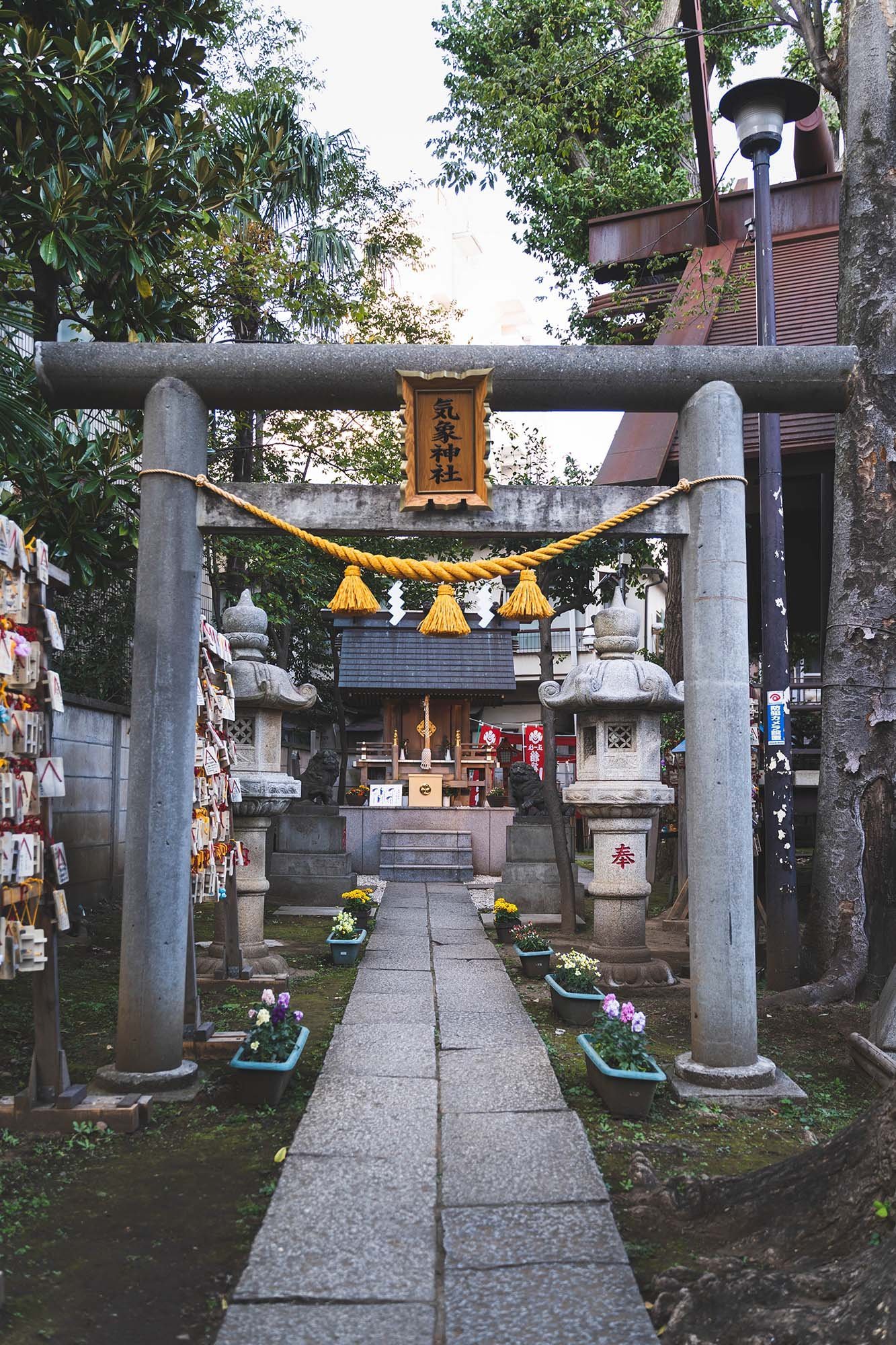
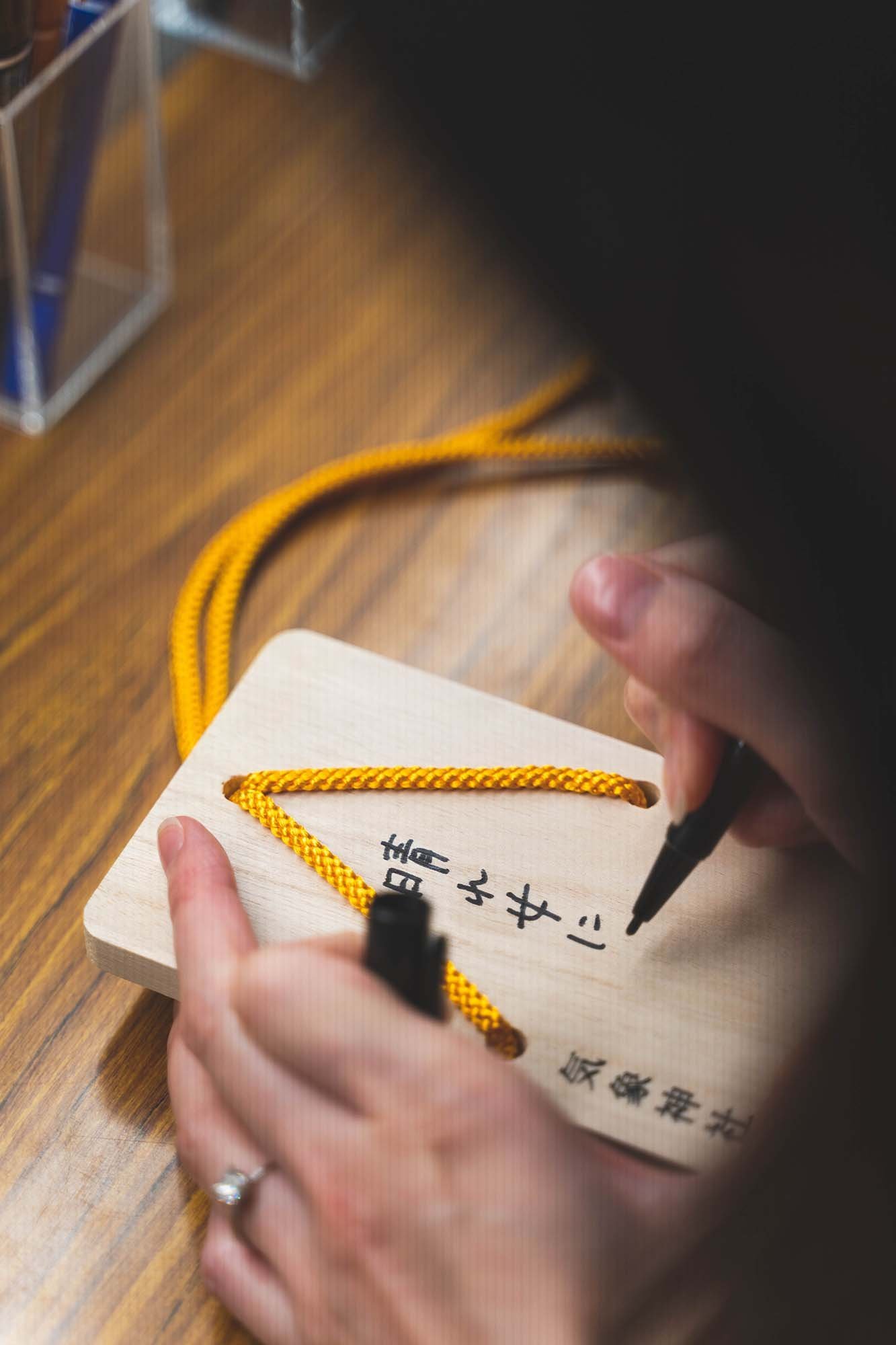









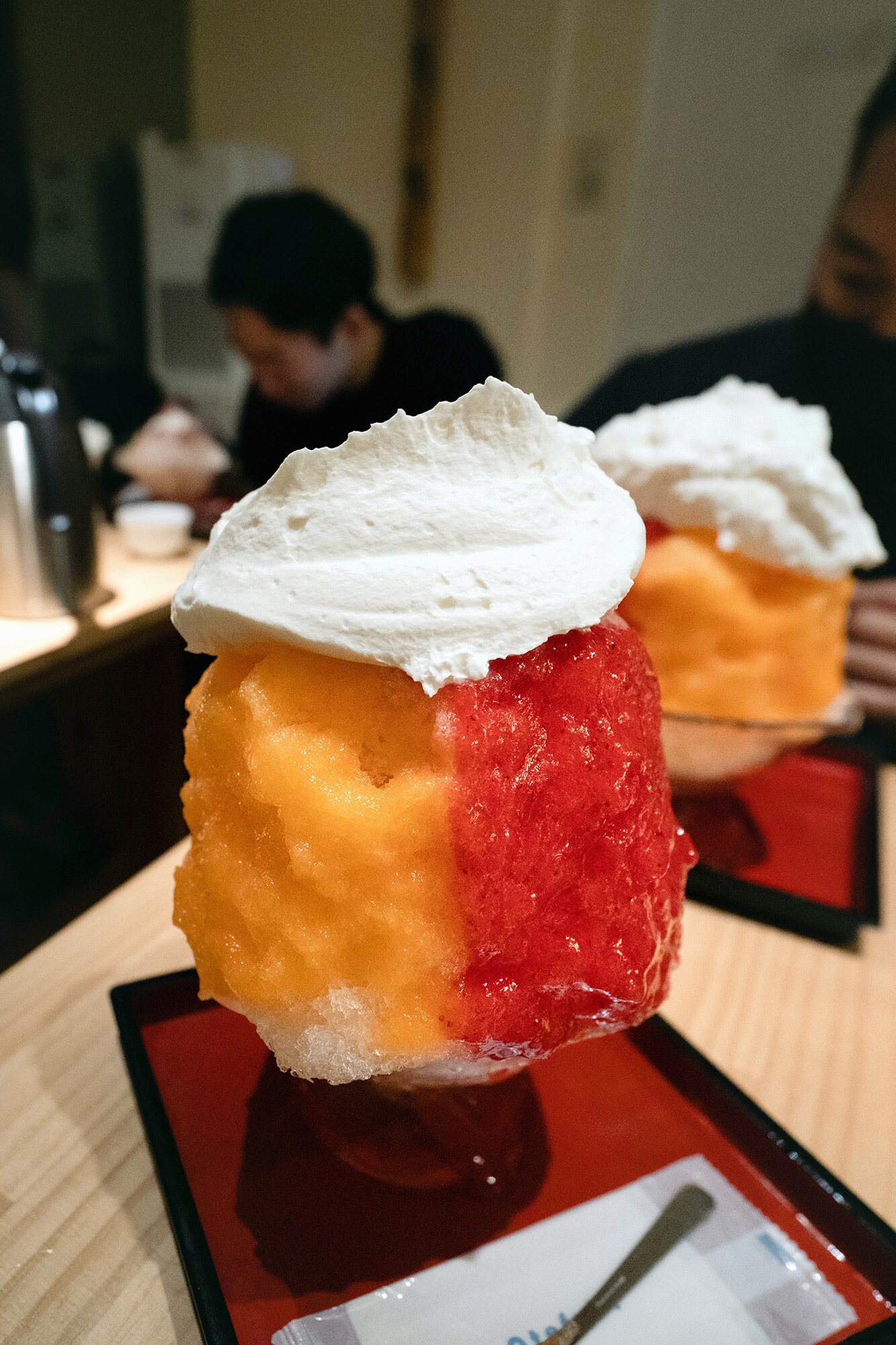
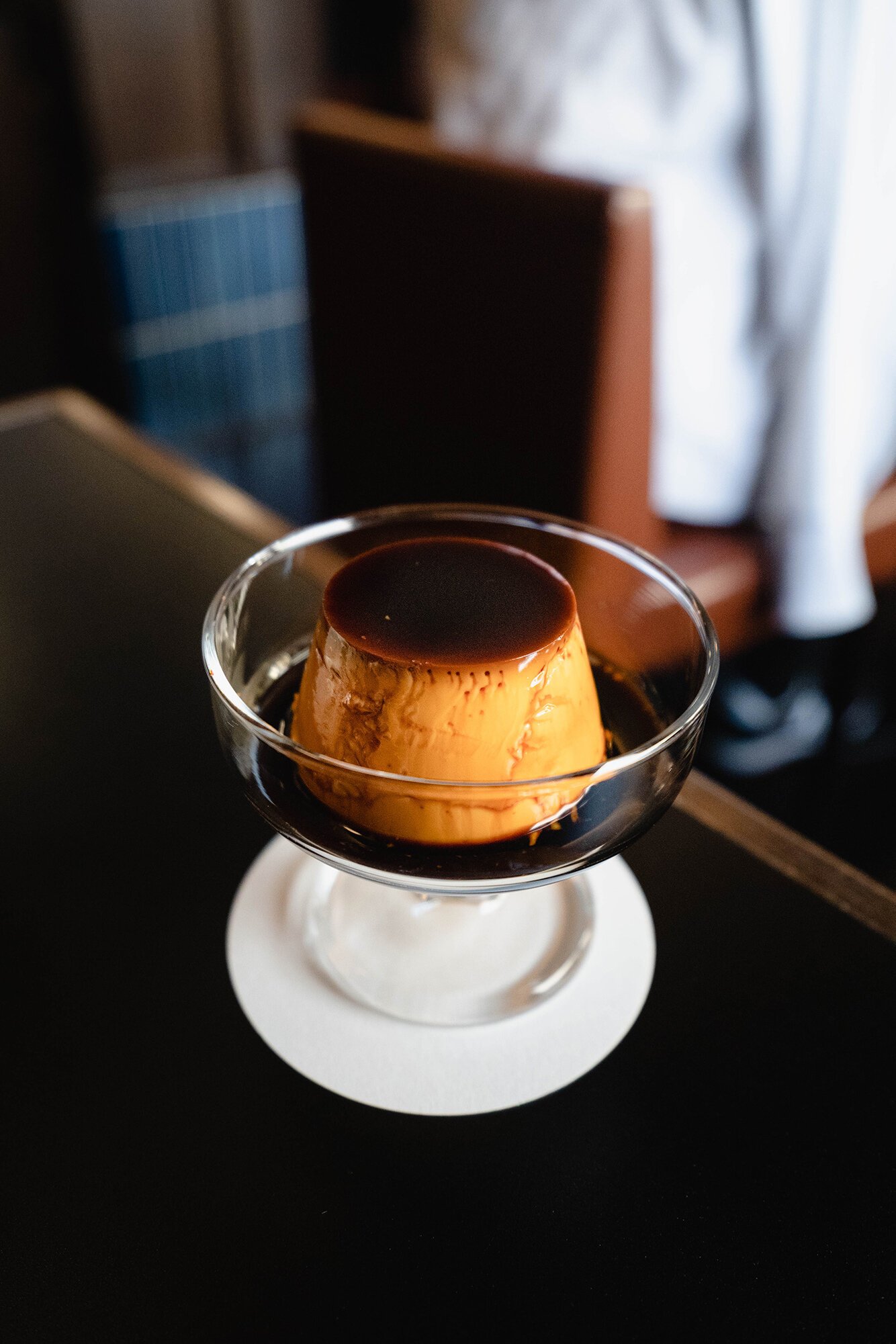






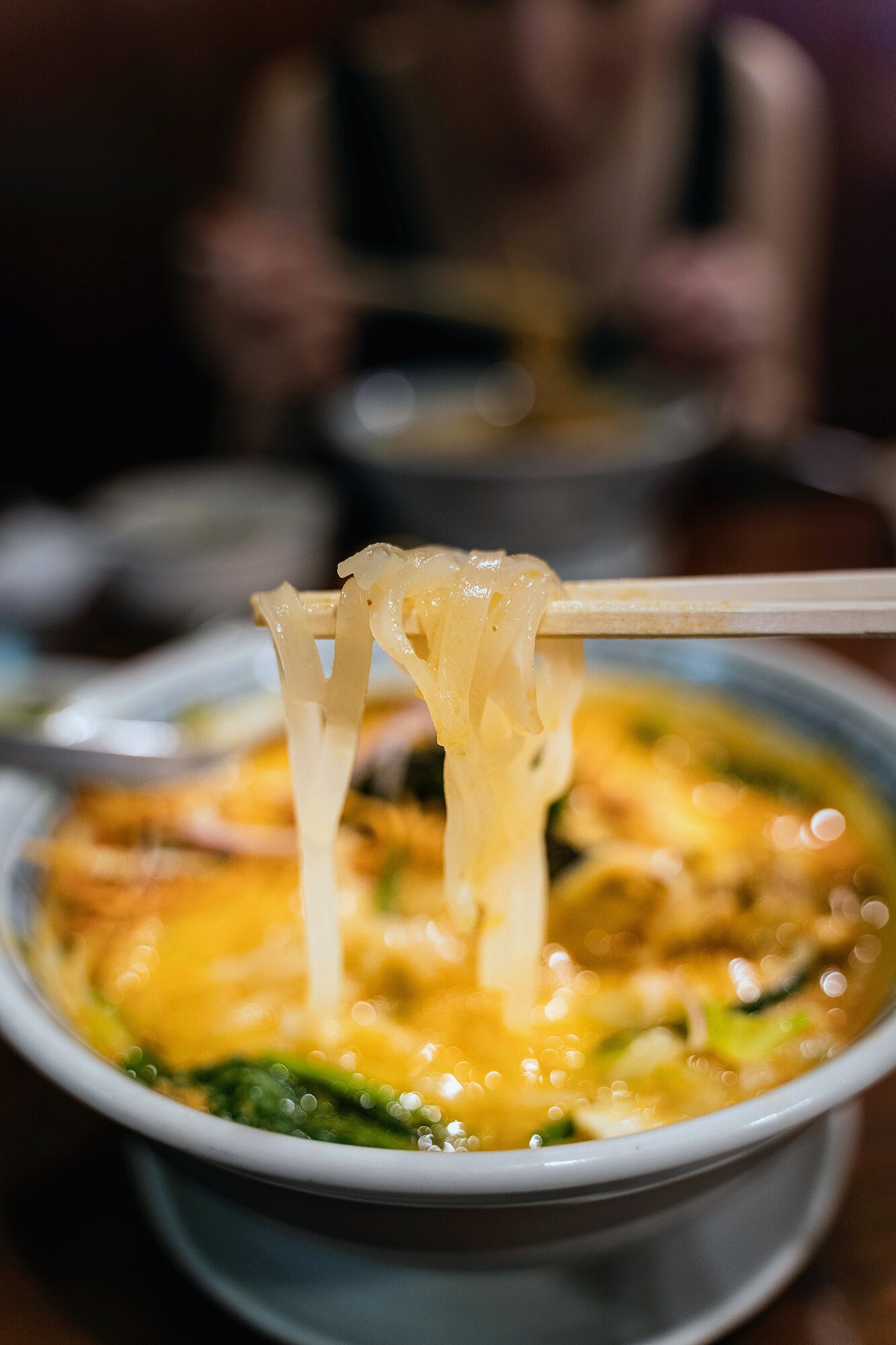


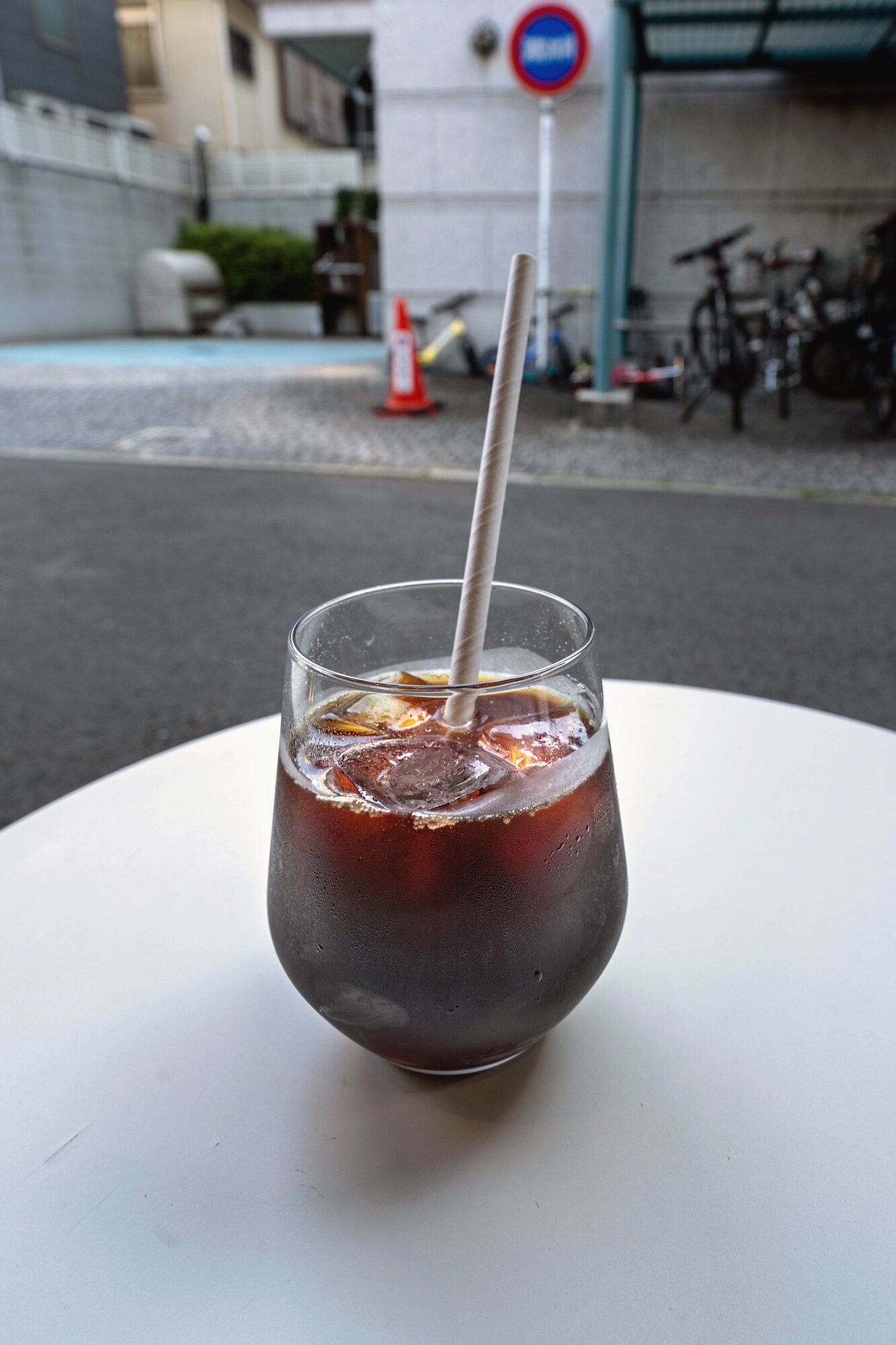
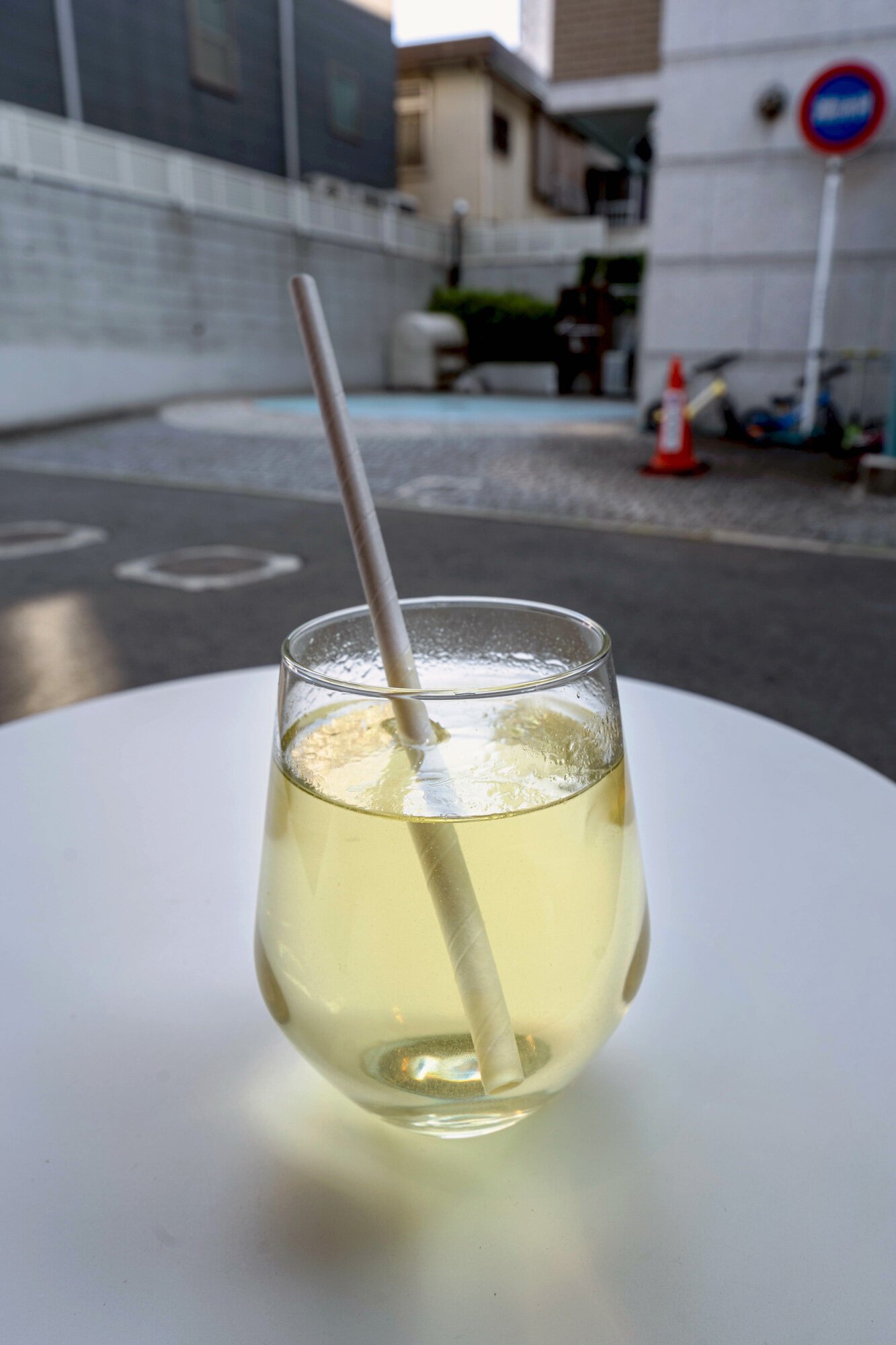

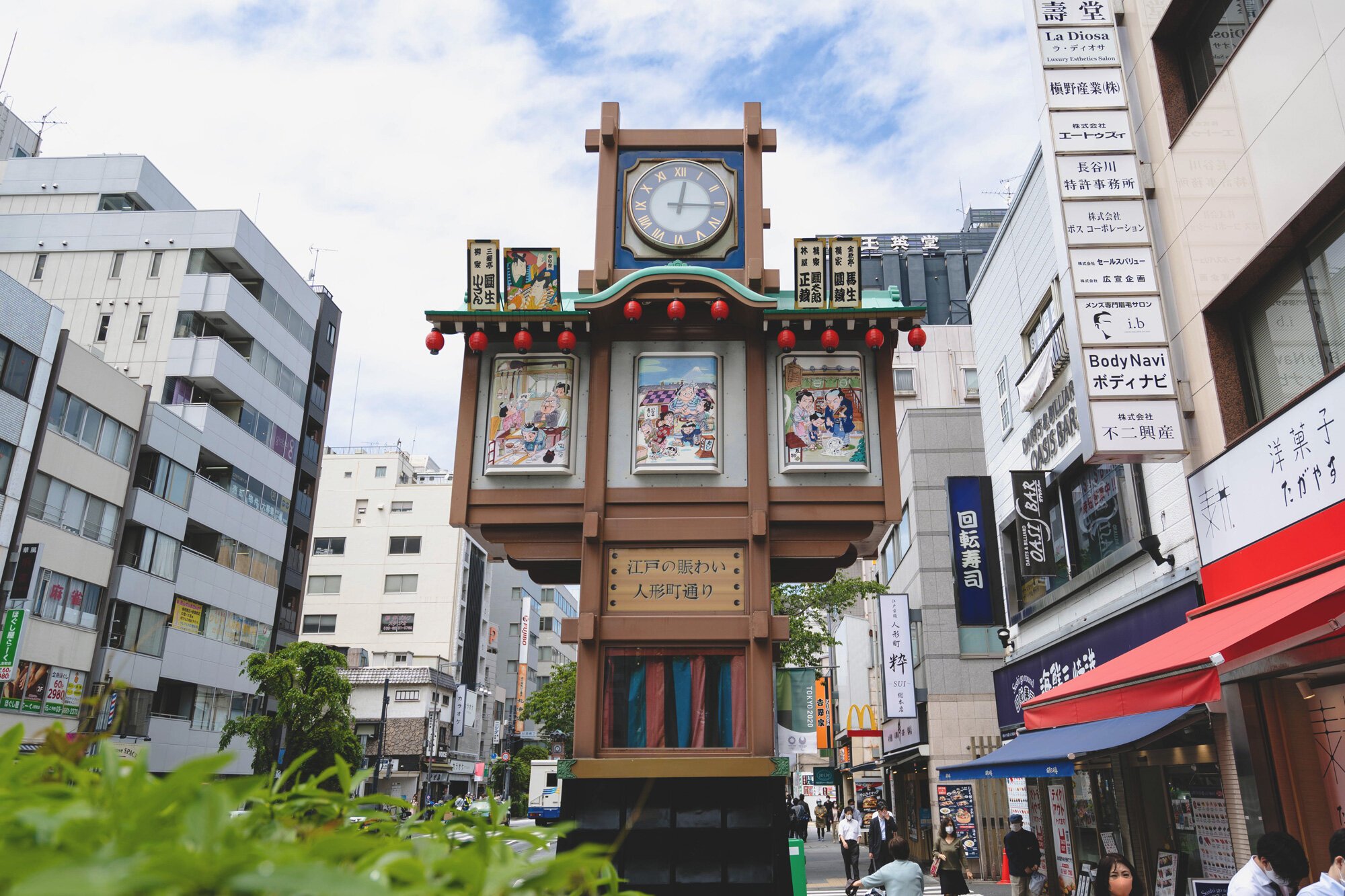


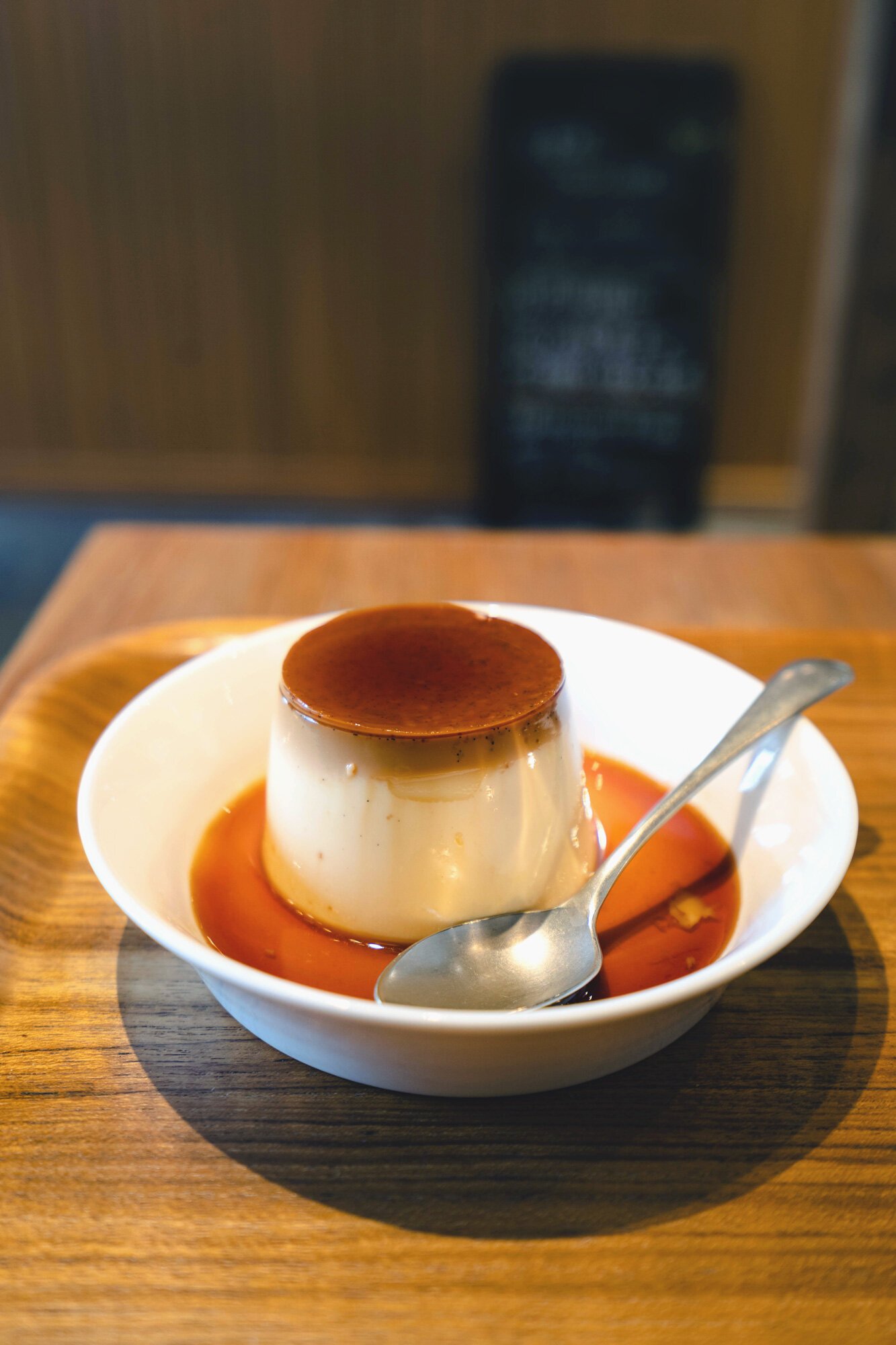

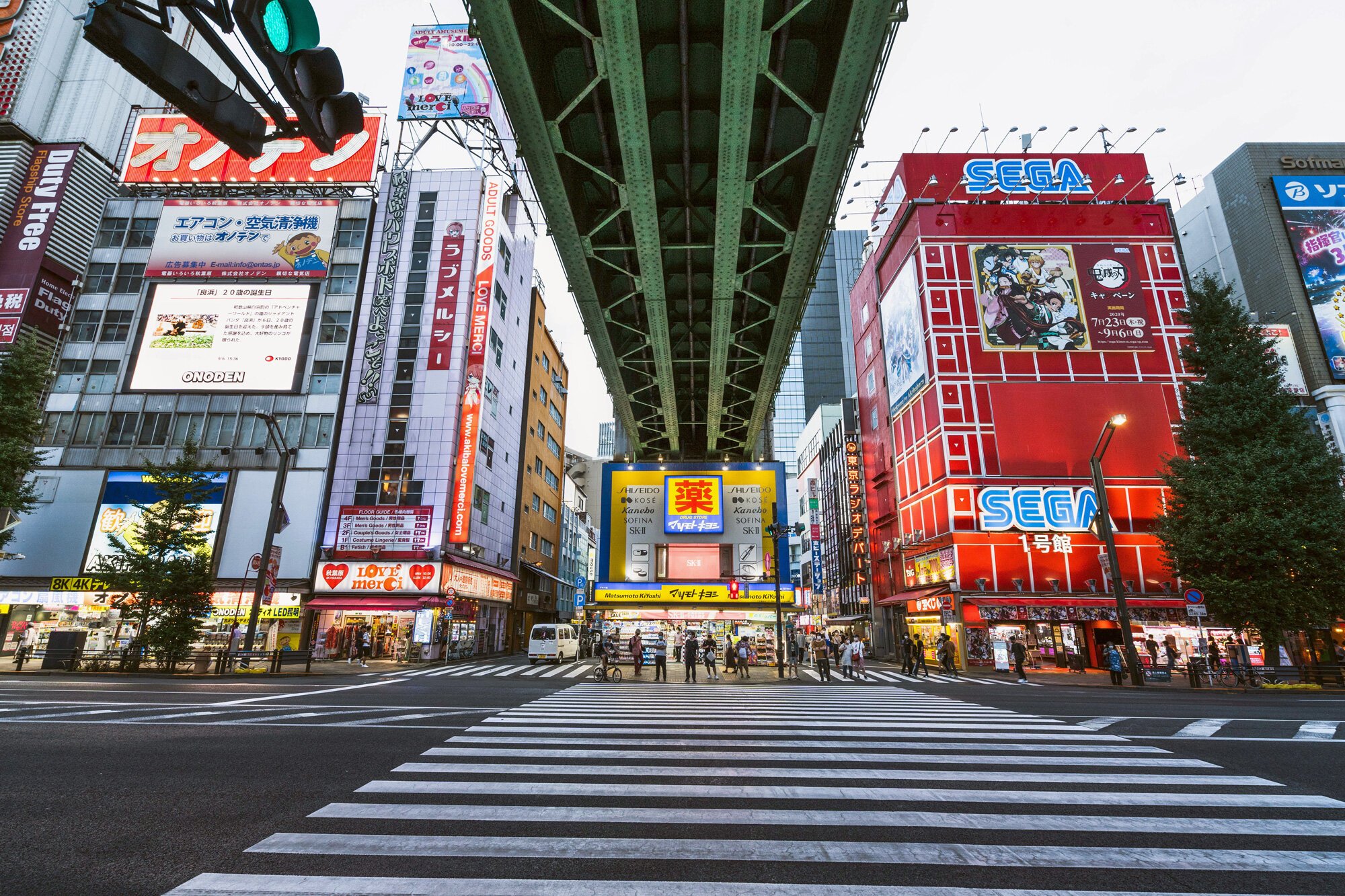

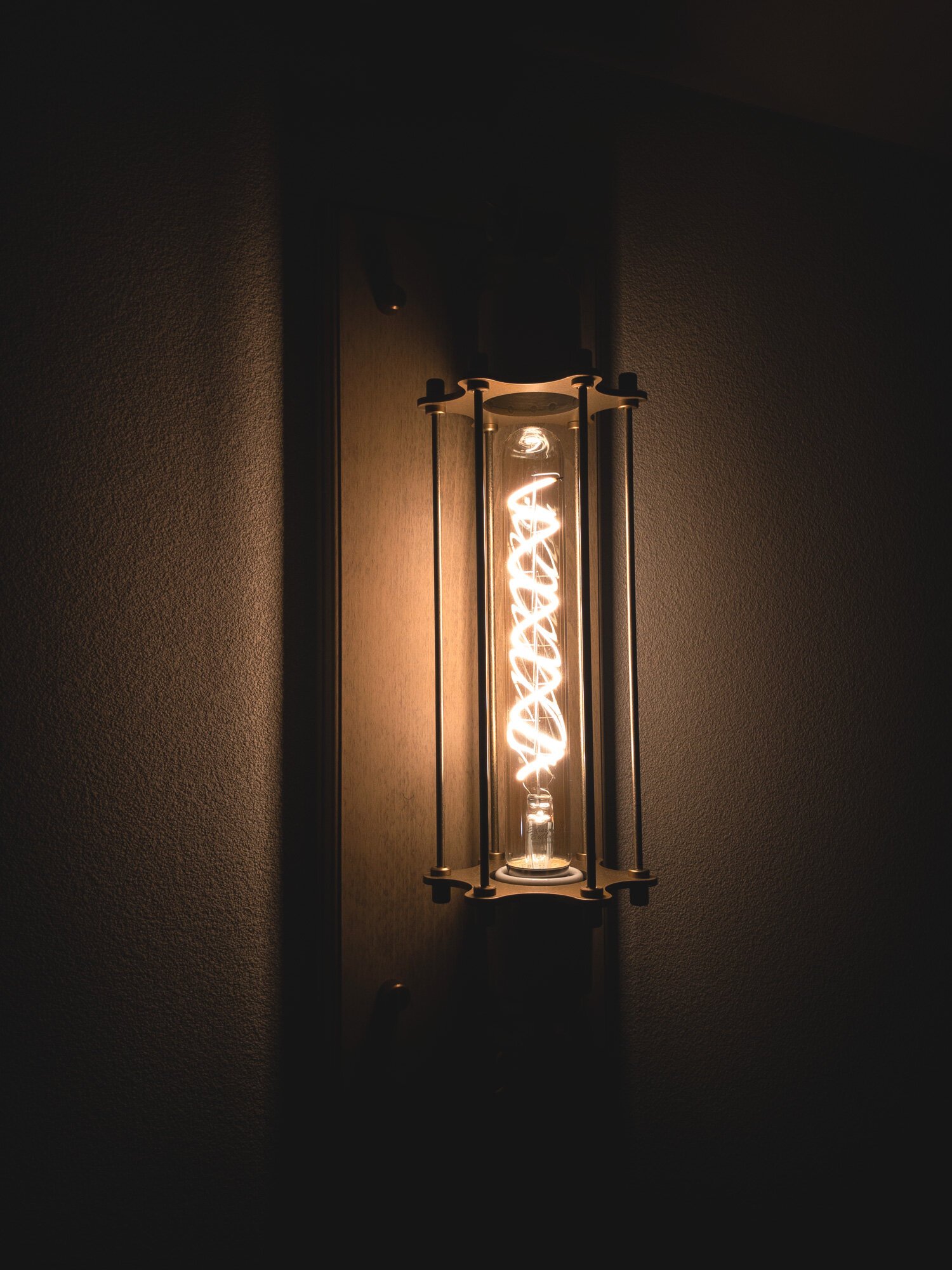





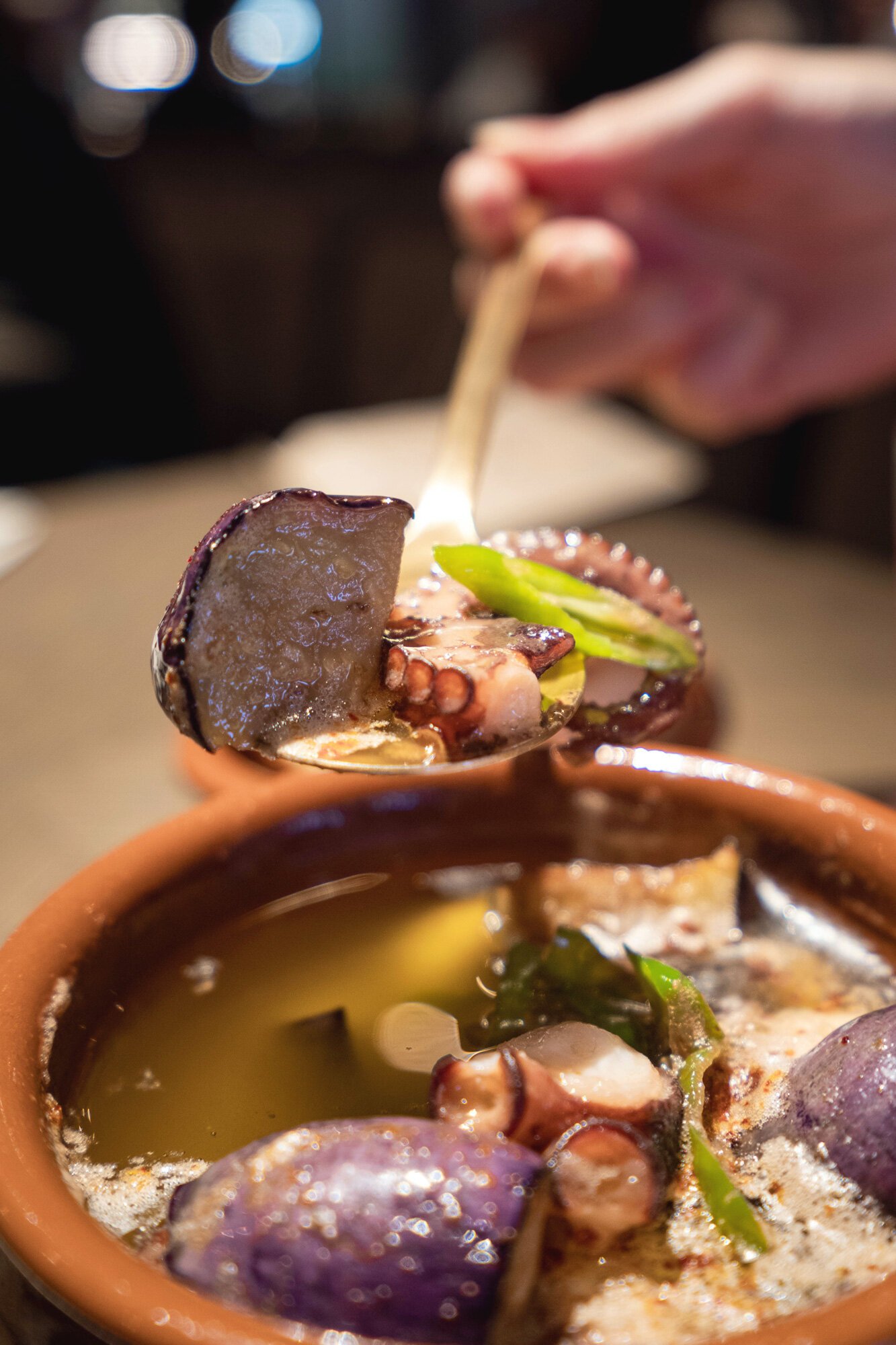

















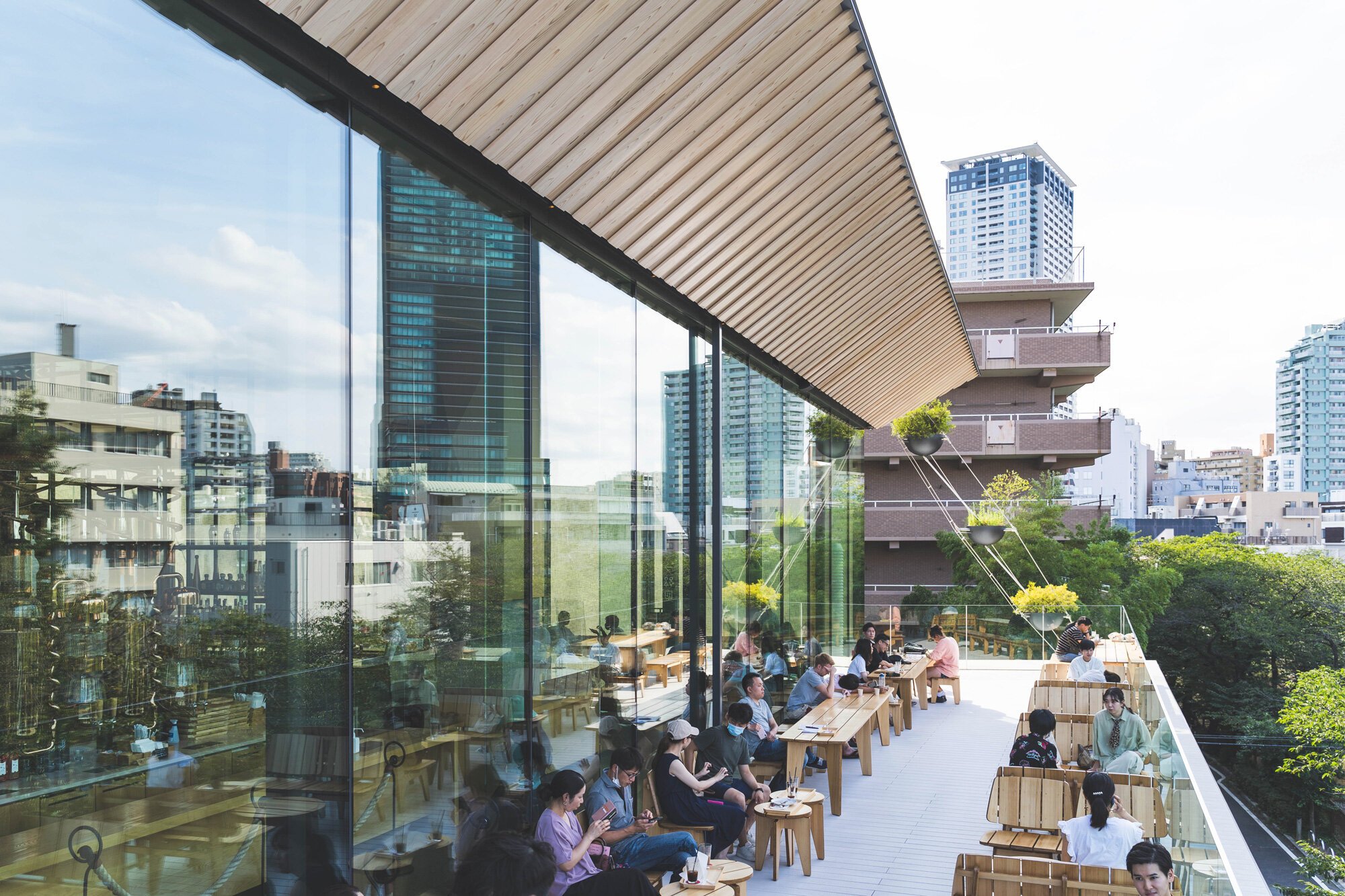












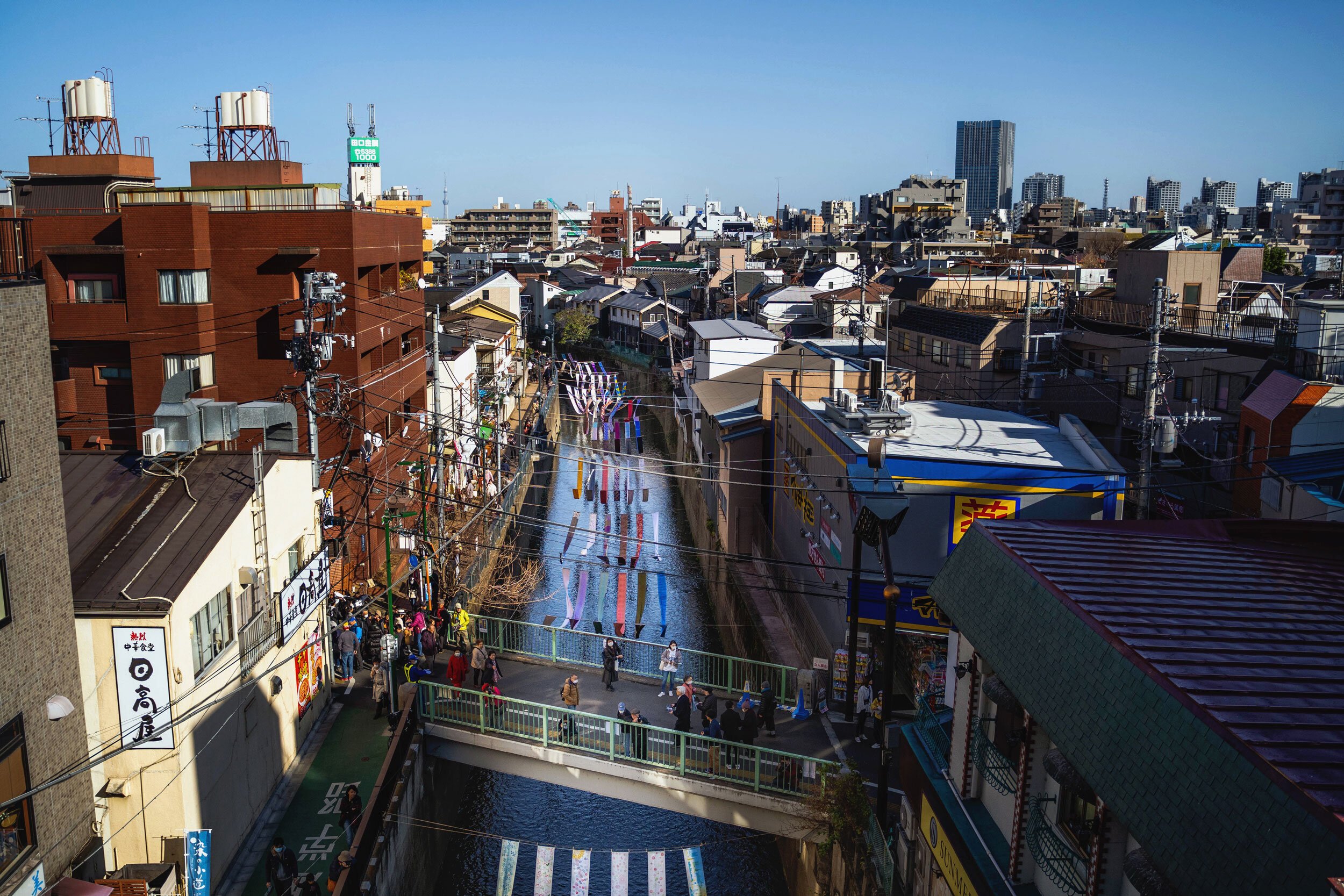
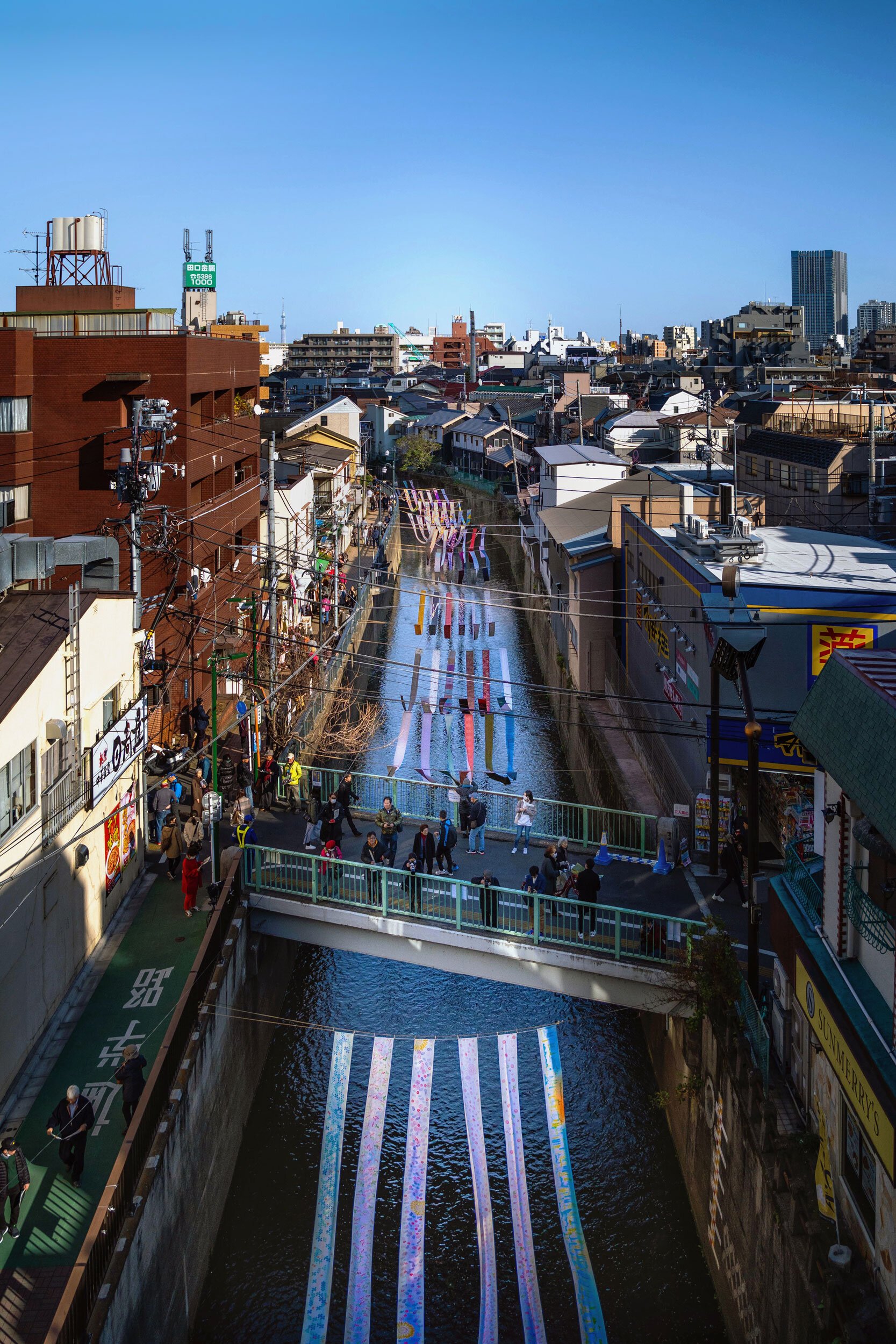









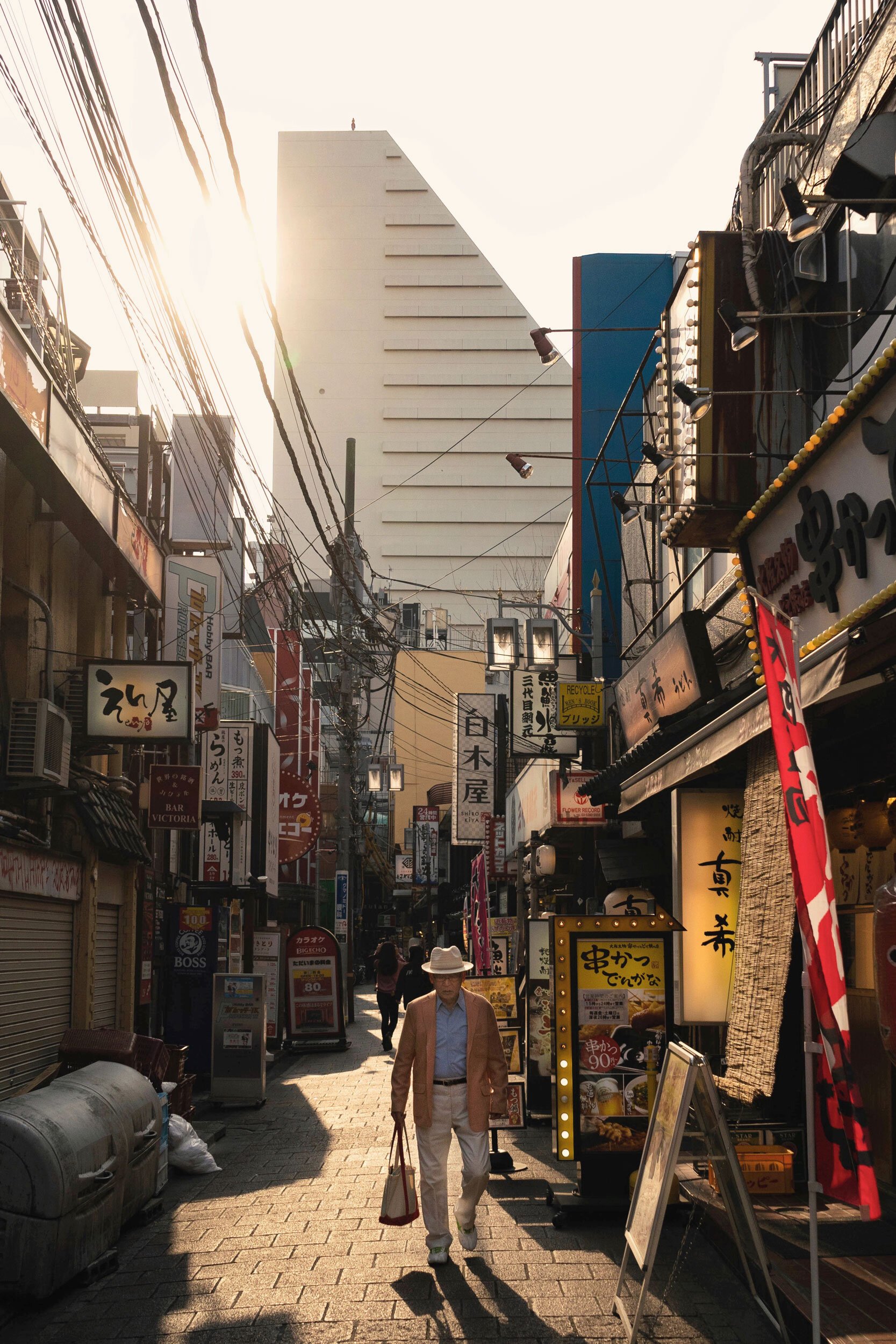

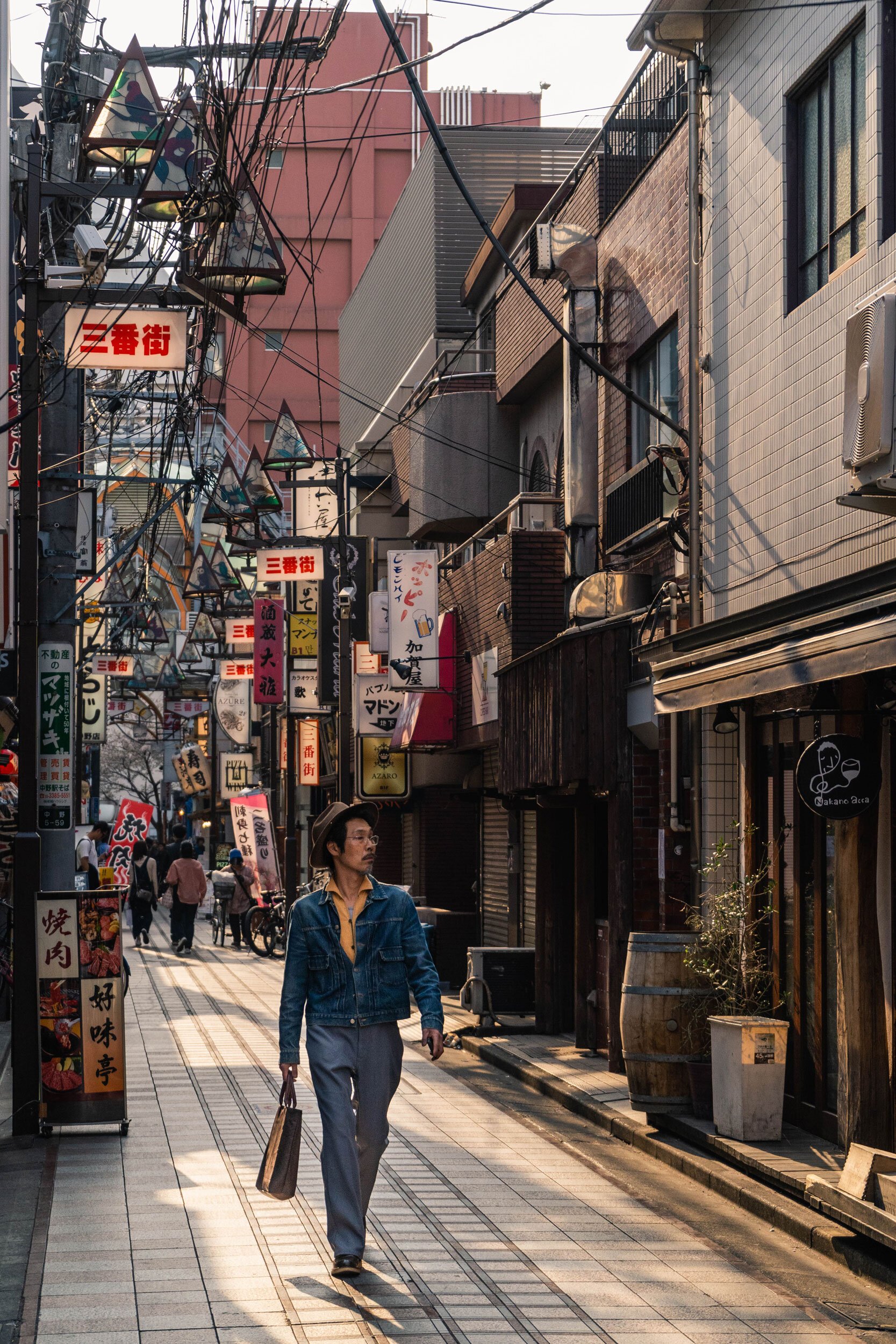





















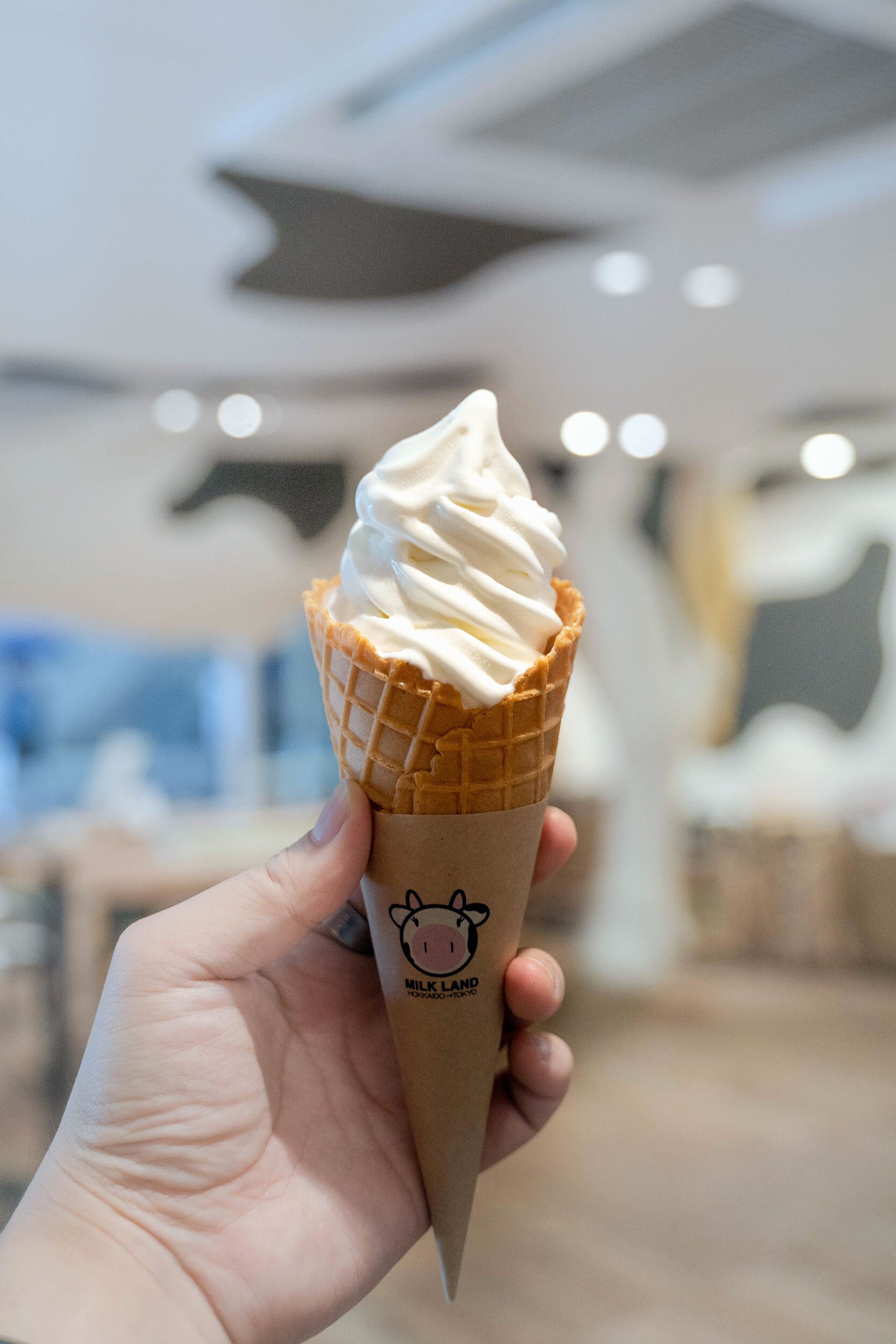









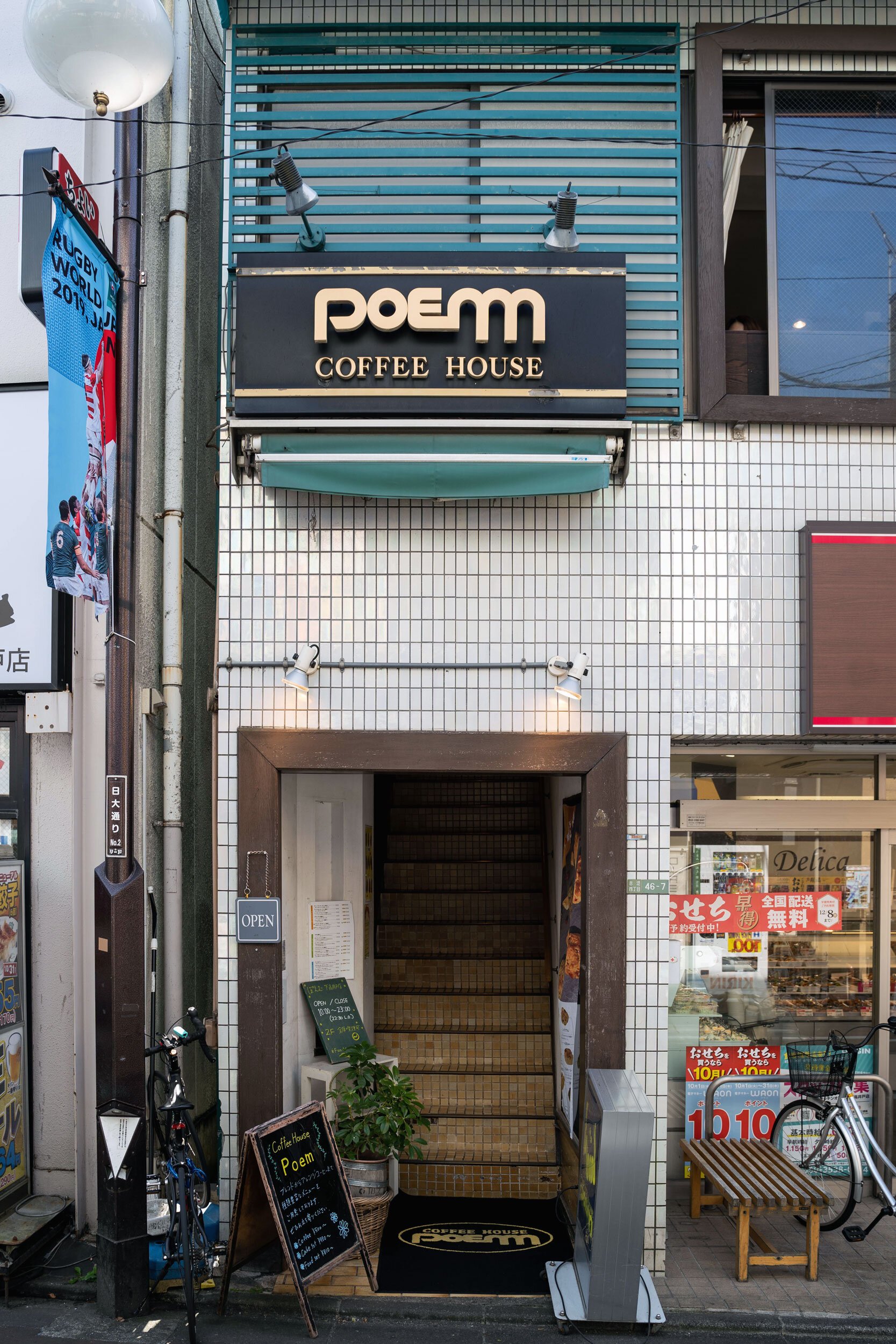
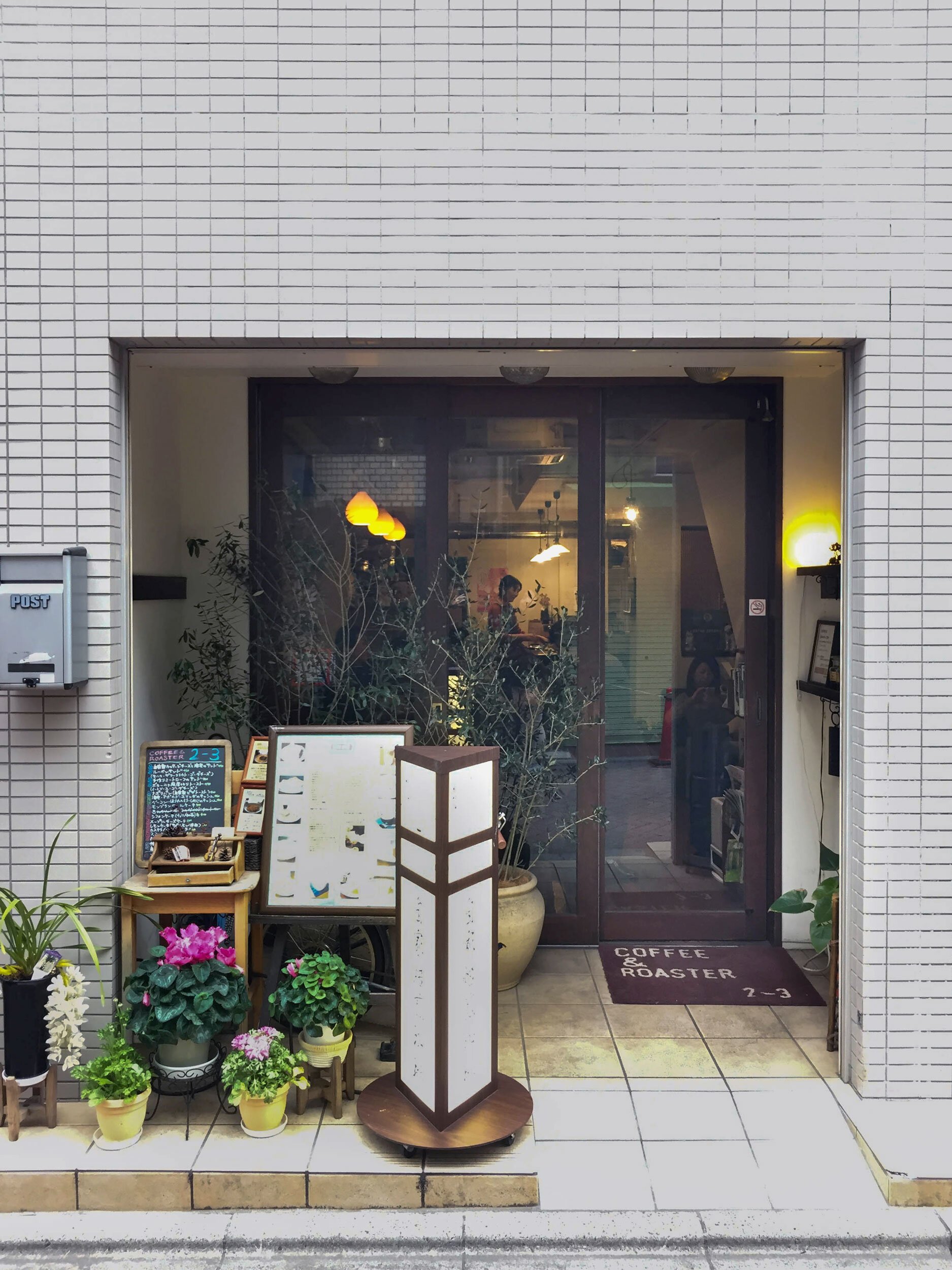

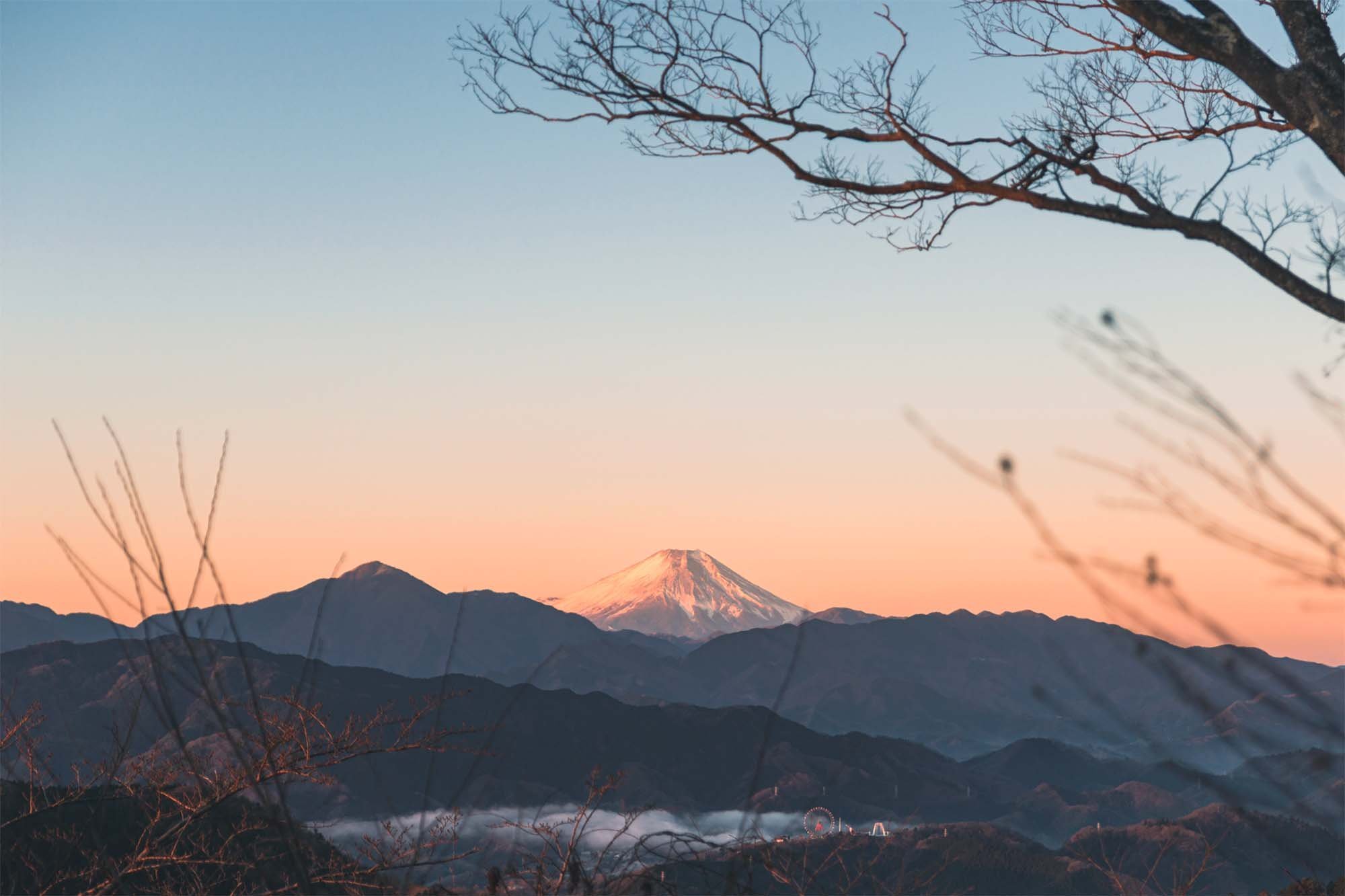
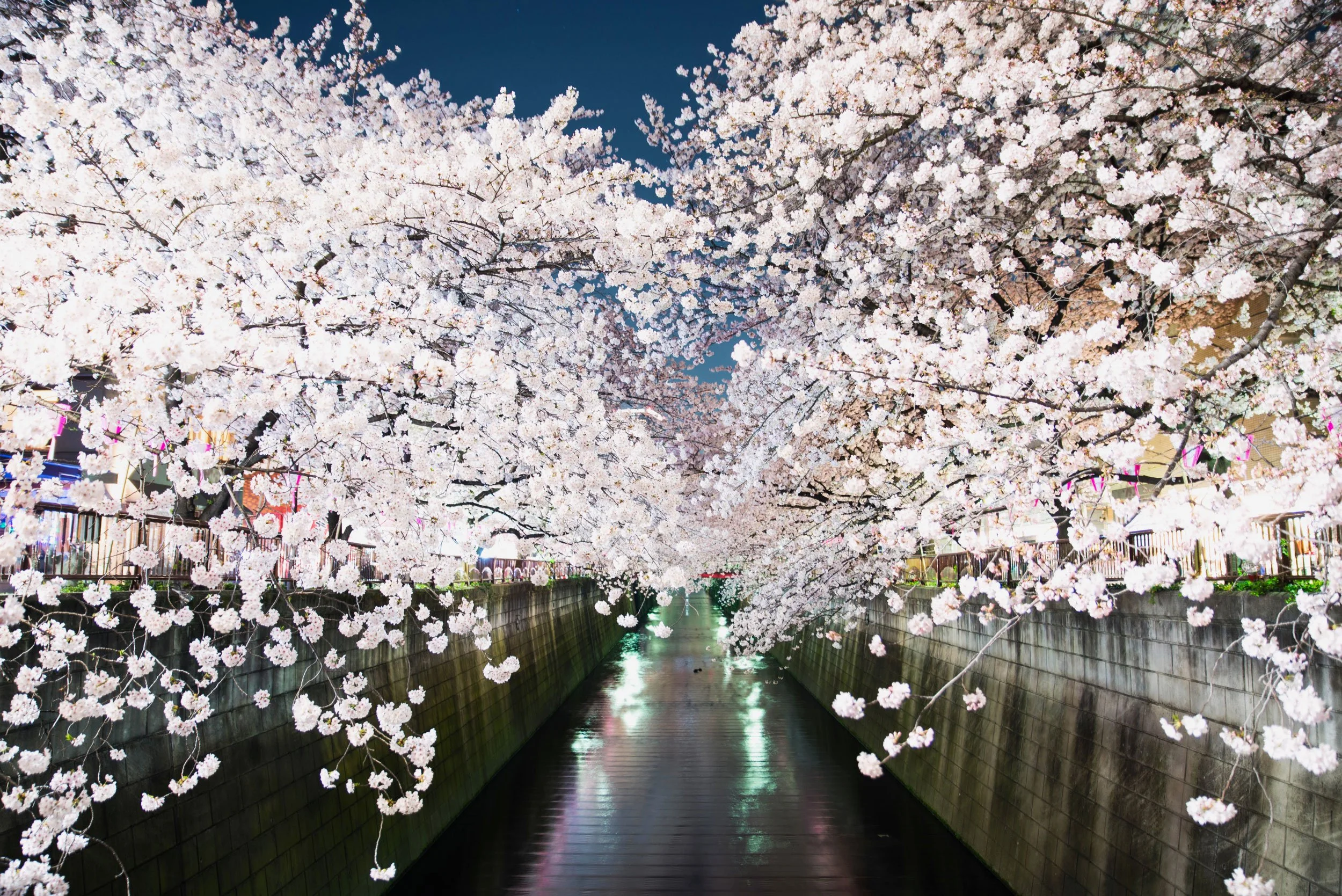

![Cherry blossom tunnel in the evening over the Meguro River - [BUY PRINT]](https://images.squarespace-cdn.com/content/v1/63f8b23b0626755198127ae3/1677525045579-FJ87QAV7OMSFZG375T51/nakameguro-megurogawa-sakura.jpg)
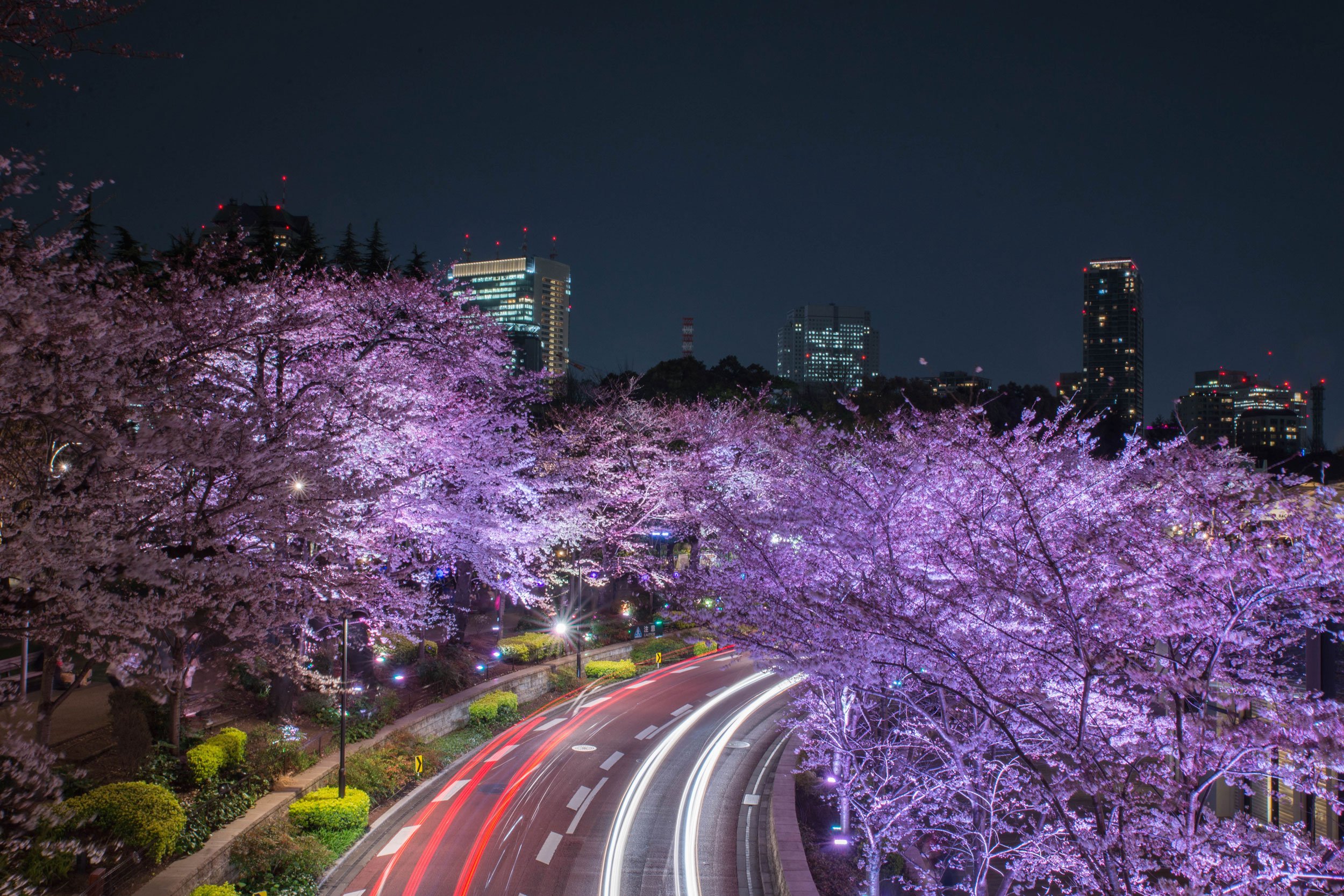


![A tunnel of cherry blossoms in the Kayabacho area of Nihonbashi, Tokyo - [BUY PRINT]](https://images.squarespace-cdn.com/content/v1/63f8b23b0626755198127ae3/1677525346058-8L52TTILSN8TEEWFAEXS/kayabacho-cherry-blossoms-2019-01B.jpg)







